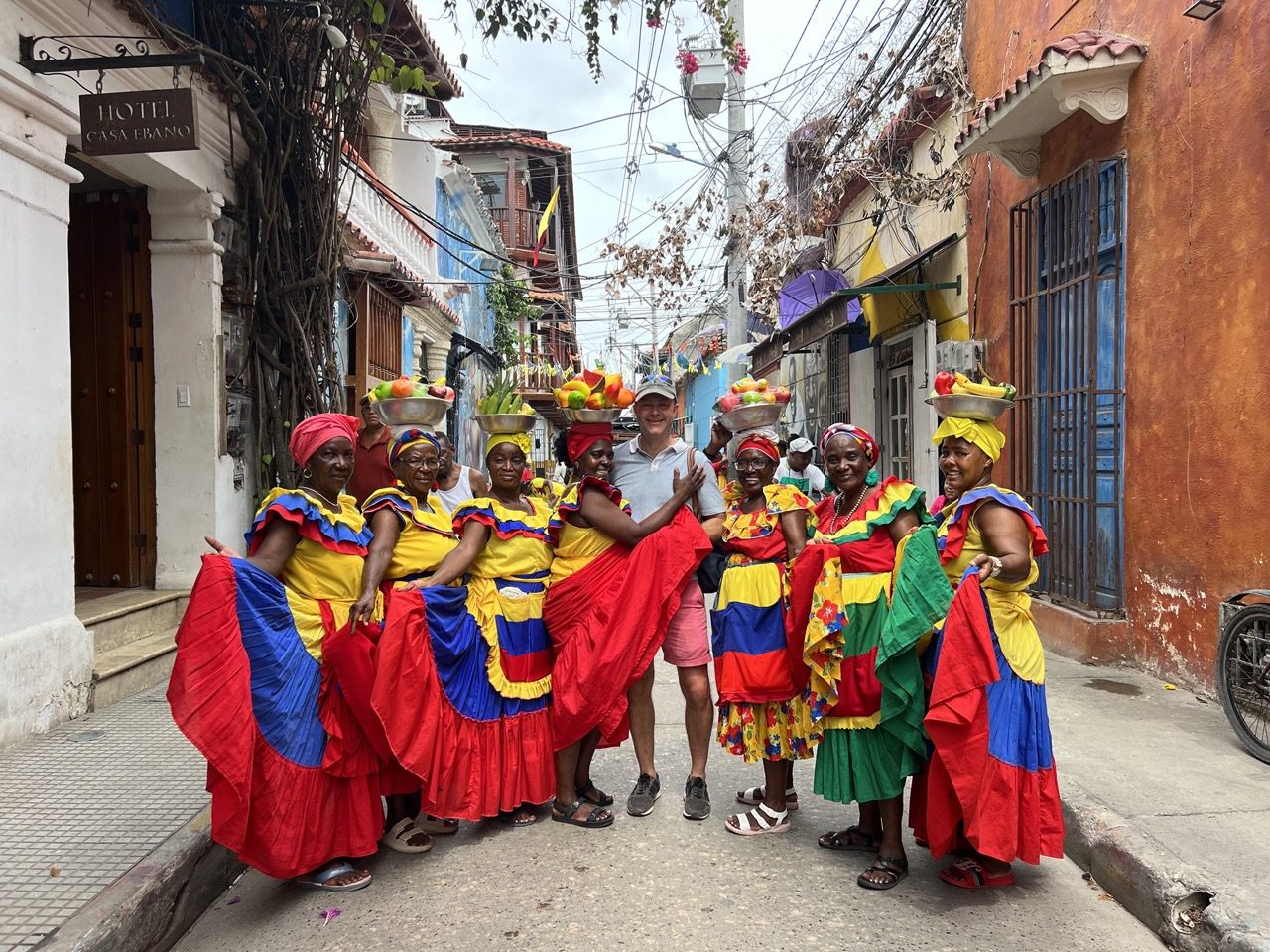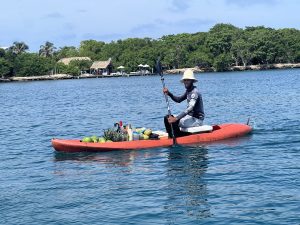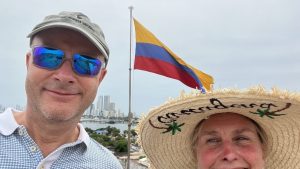🙂 Wedding time! Vibrant and Amazing! Love the talented Rappers and the brightly dressed Palenquera Ladies!
🙁 HOT!!!!
Cartagena de Indias is the undisputed queen of the Caribbean coast, a historic city of superbly preserved beauty lying within 13km of centuries-old stone walls. It brings together the charm of colonial architecture, the excitement of a vivid night life, fascinating cultural festivals and lush landscapes. It was founded in 1533 and became famous for the gold and other products shipped to Spain via its shores. This became the centre for the inquisition and a big slave market. Colombia gained independence from Spain in 1811 and became the country’s leading port. It is probably the most photogenic City that we have ever visited! We managed to squeeze in everything that we wanted to see and do within two half days!
We had been invited to the wedding of our son’s school friend that we have known since he was 6 years old.
It was a marathon journey as we had a layover in Boston and then another in Miami. Our BA Boston flight had been cancelled and we had to race from T5 to T2 to take a replacement United Airlines flight with minutes to spare…. then after only 3 hours sleep we were on the flight to Miami and from there on the 3 hour flight to Cartagena… On landing it was HOT! 38C but felt like 48C!! It felt like FOREVER to clear customs in the long and hot queue…but we eventually got through and met our driver who had been arranged via the bride for the duration of our stay. Incredibly reasonably priced!
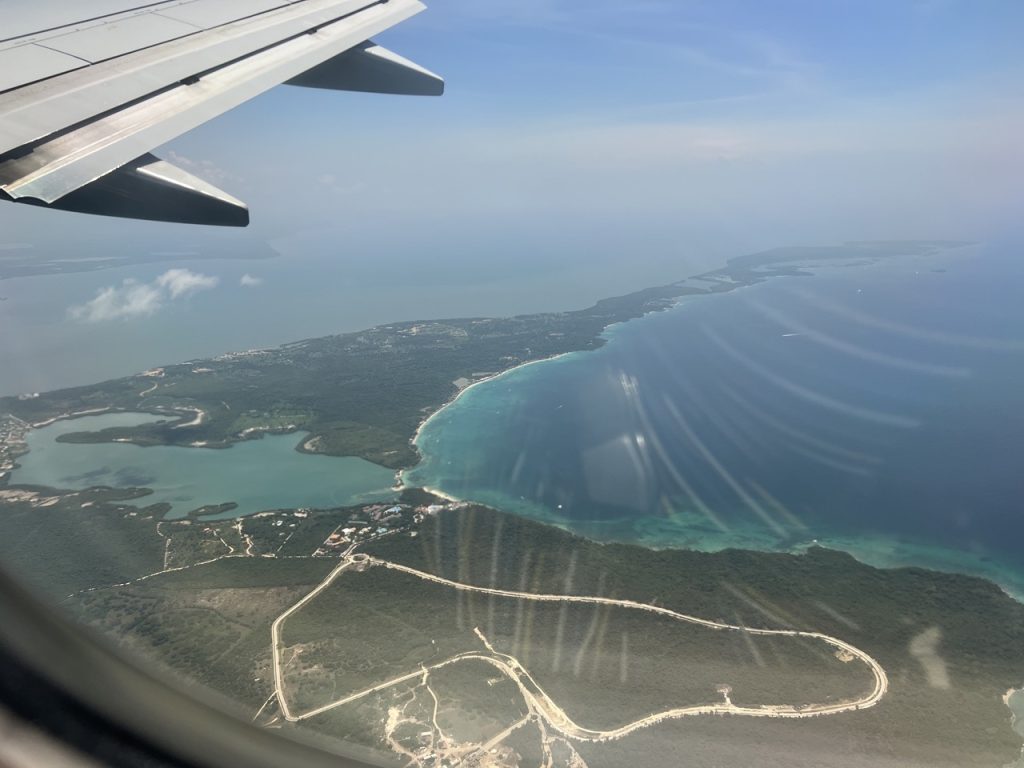
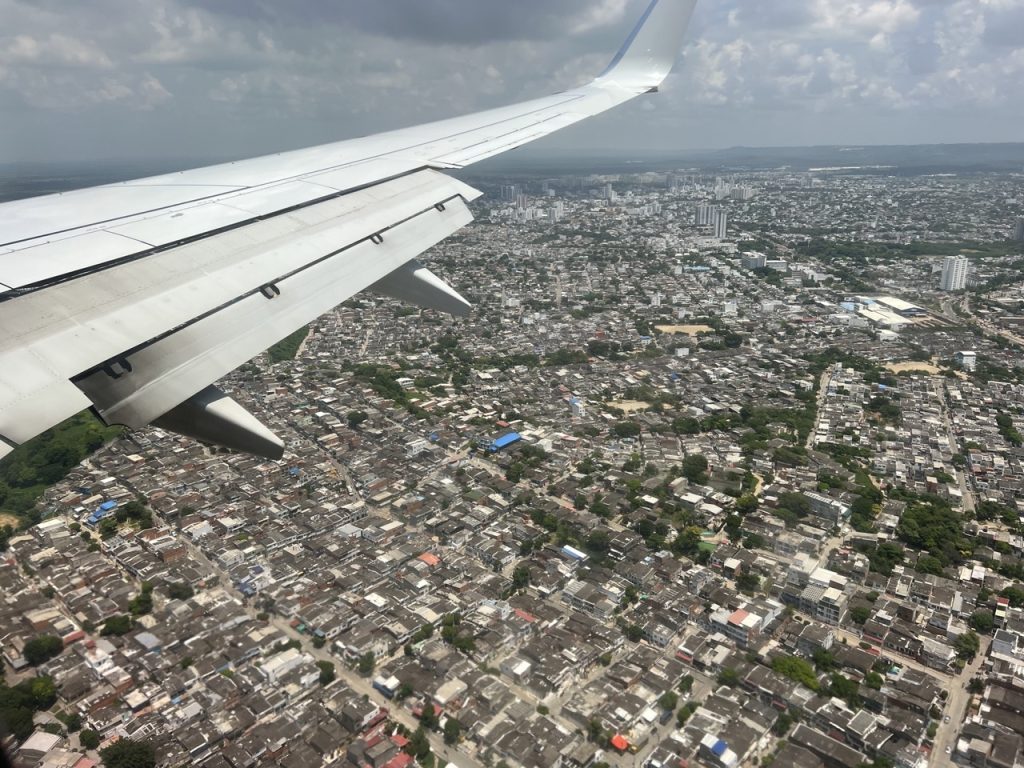
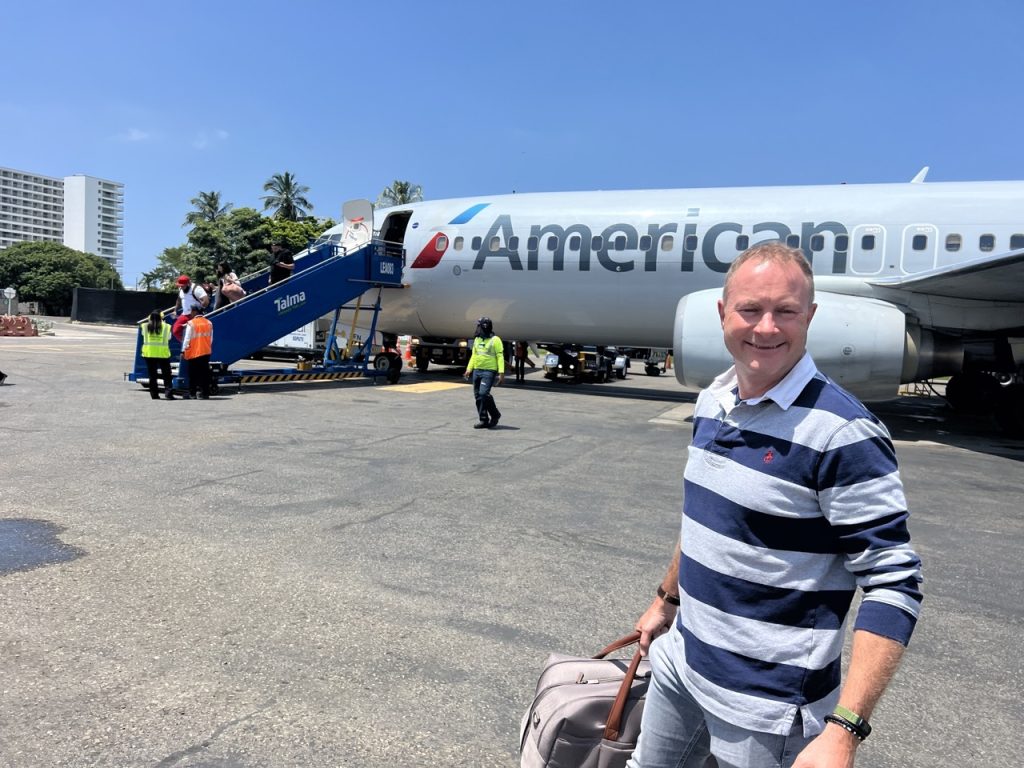
We headed straight for the 9 course tasting menu that we had booked at Carmen – Situated in a beautiful, elegant and intimate colonial house downtown, Carmen offers contemporary cuisine with an emphasis on Colombian flavours. Modern techniques and creative preparations give life to delicious dishes inspired by local Caribbean ingredients like crab, lobster, red snapper as well as duck and pork belly. We had selected the 9 course lunch paired with drinks – an excellent choice but we really should have chosen 7 courses as the last 2 tipped us over the edge!! 🙂
We started with Limonada de Coco which is popular drink from the coast of Colombia. This coconut limeade recipe is creamy and refreshing – YUM.
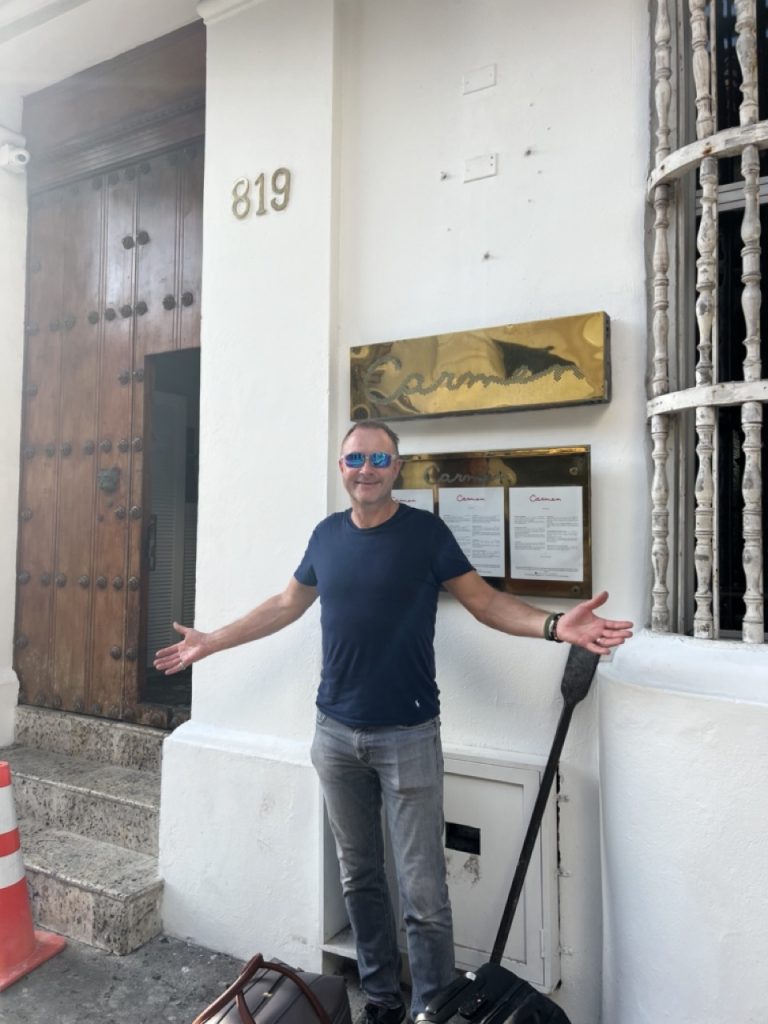
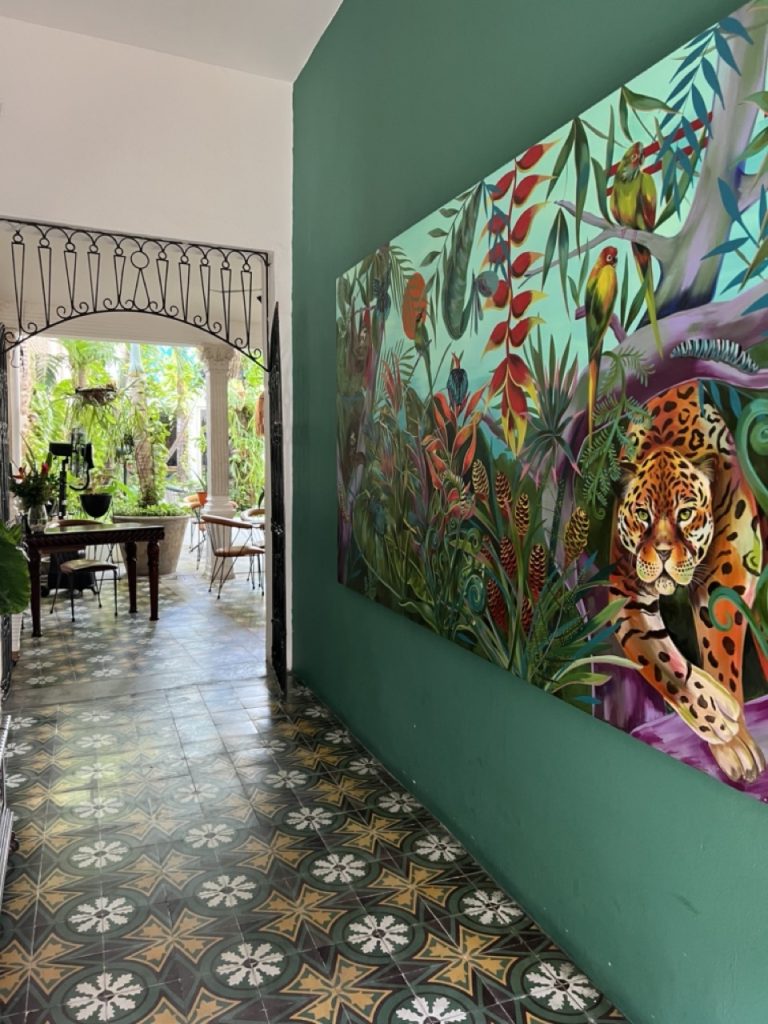
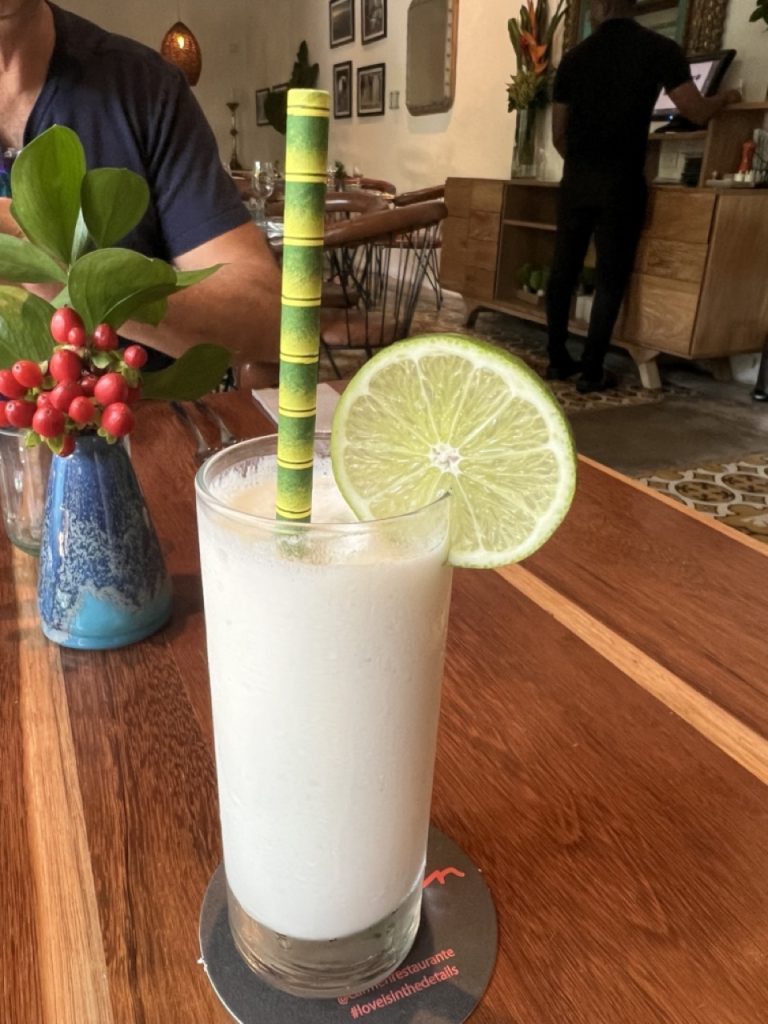
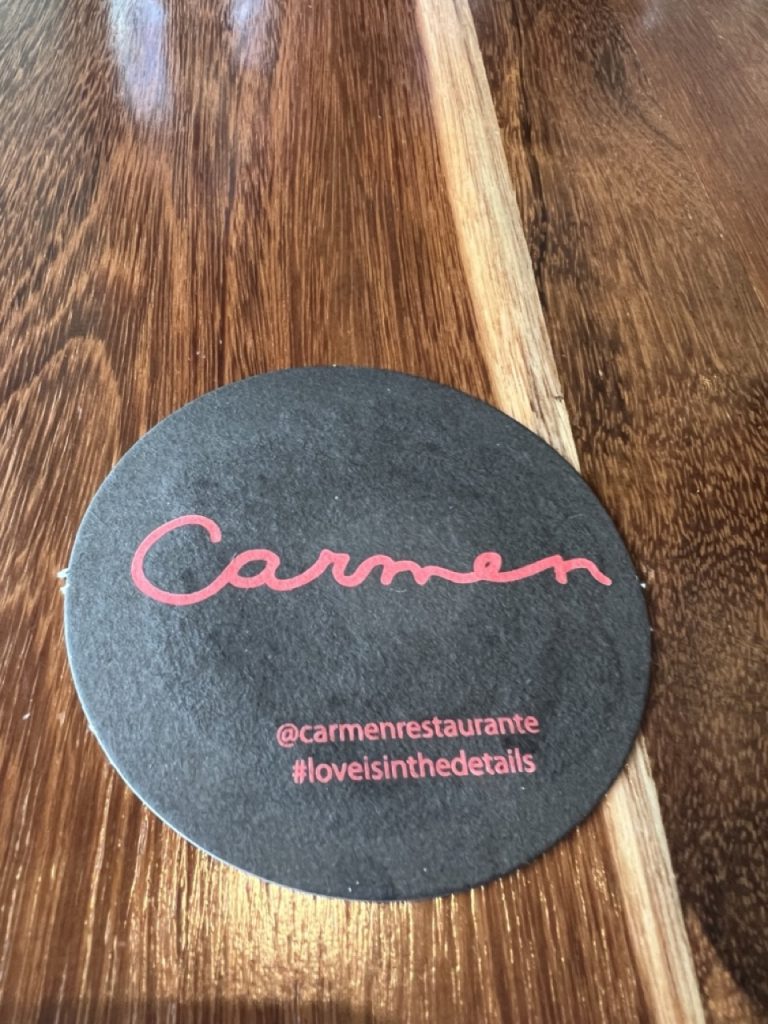
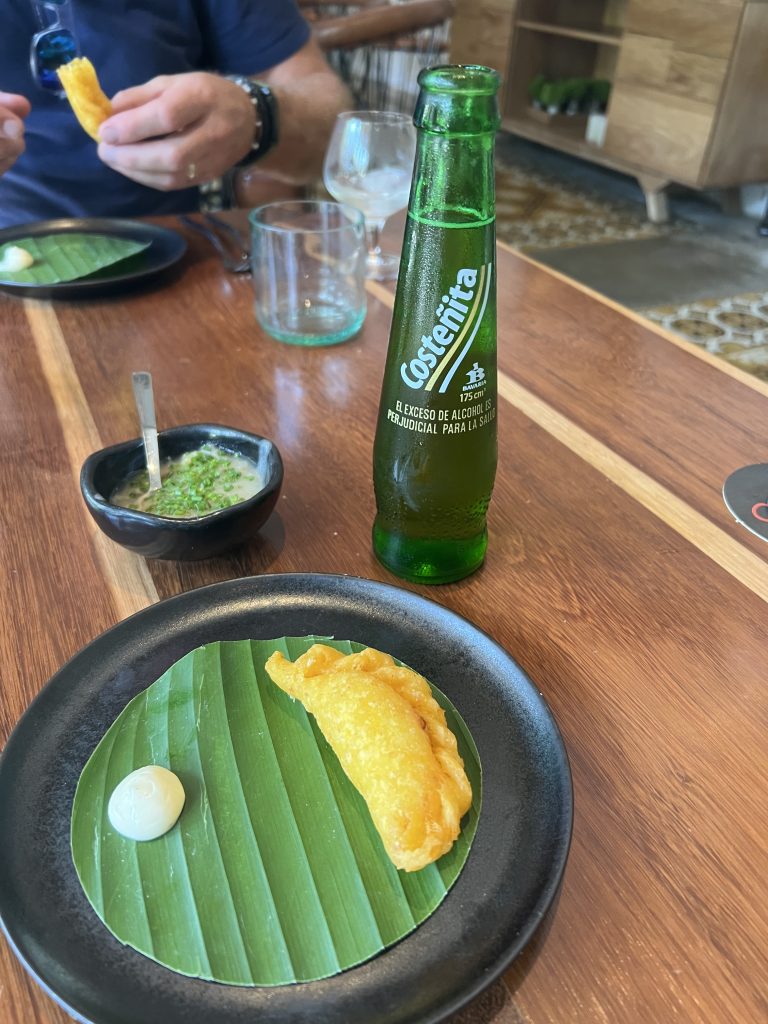
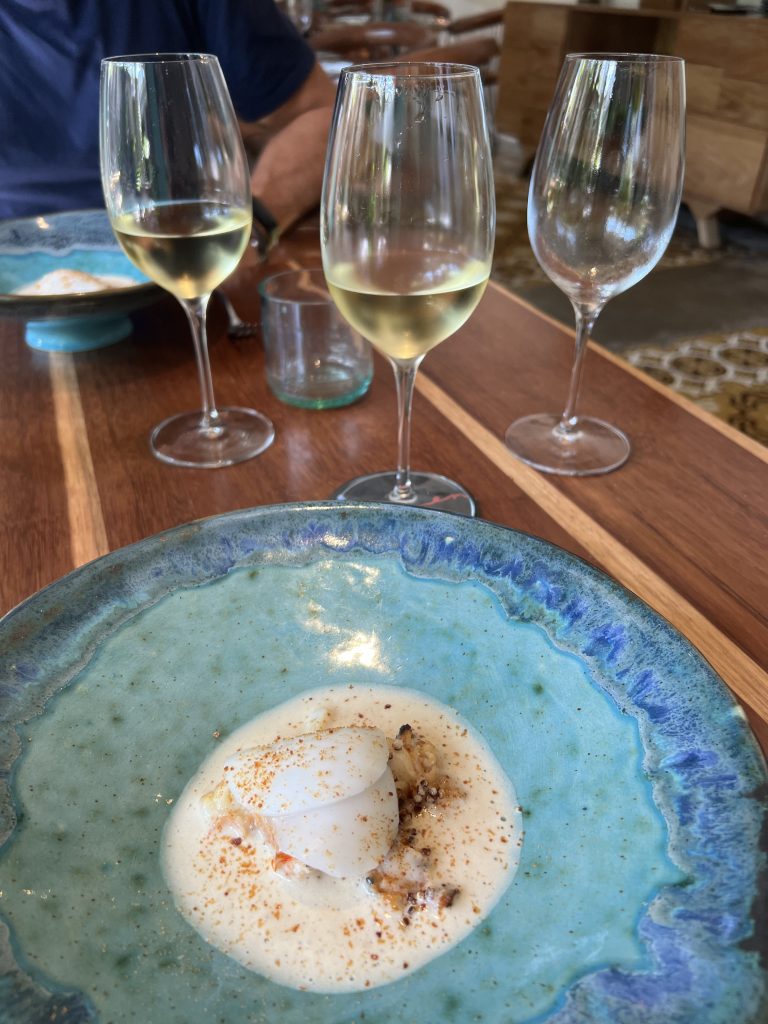
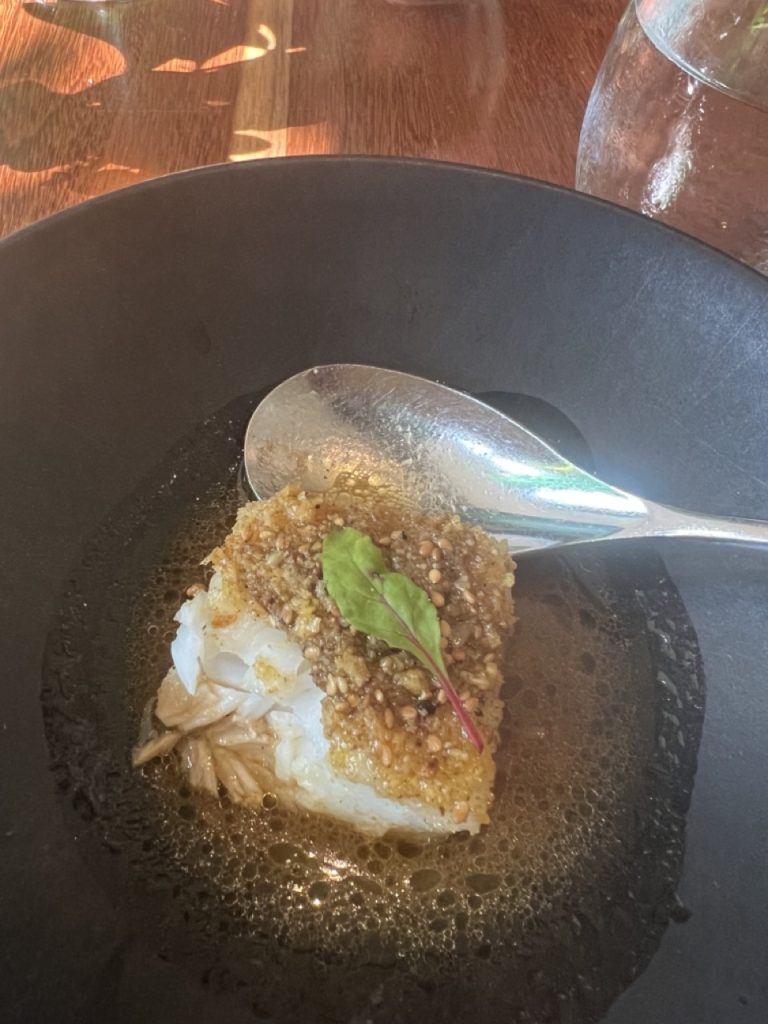
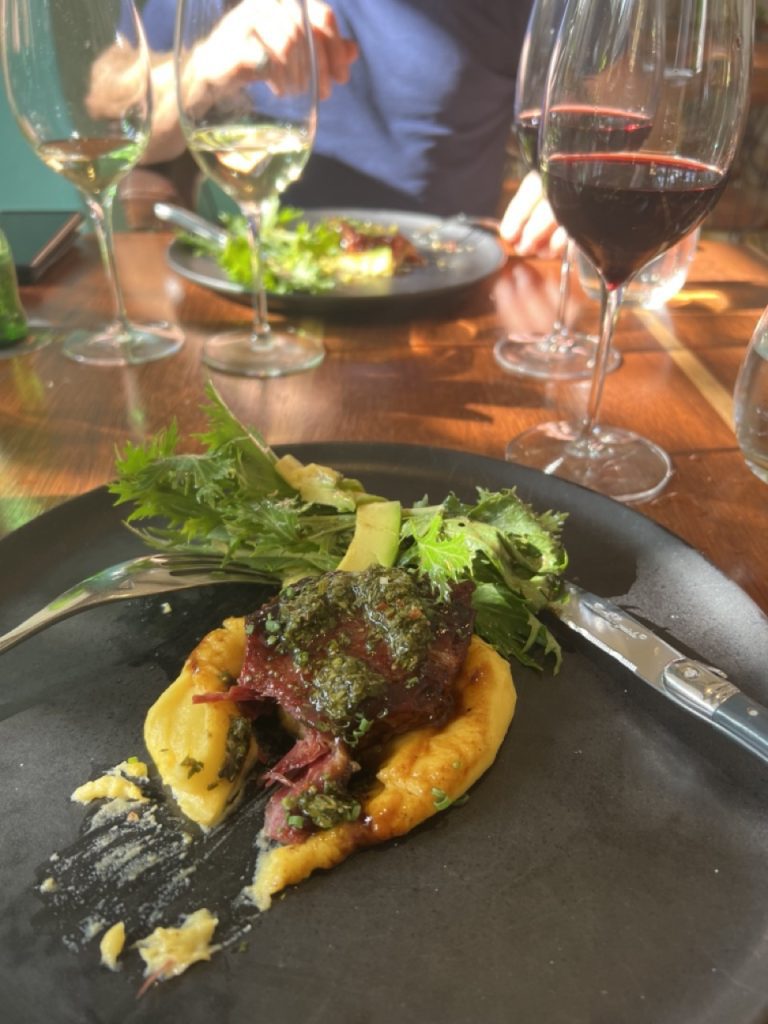
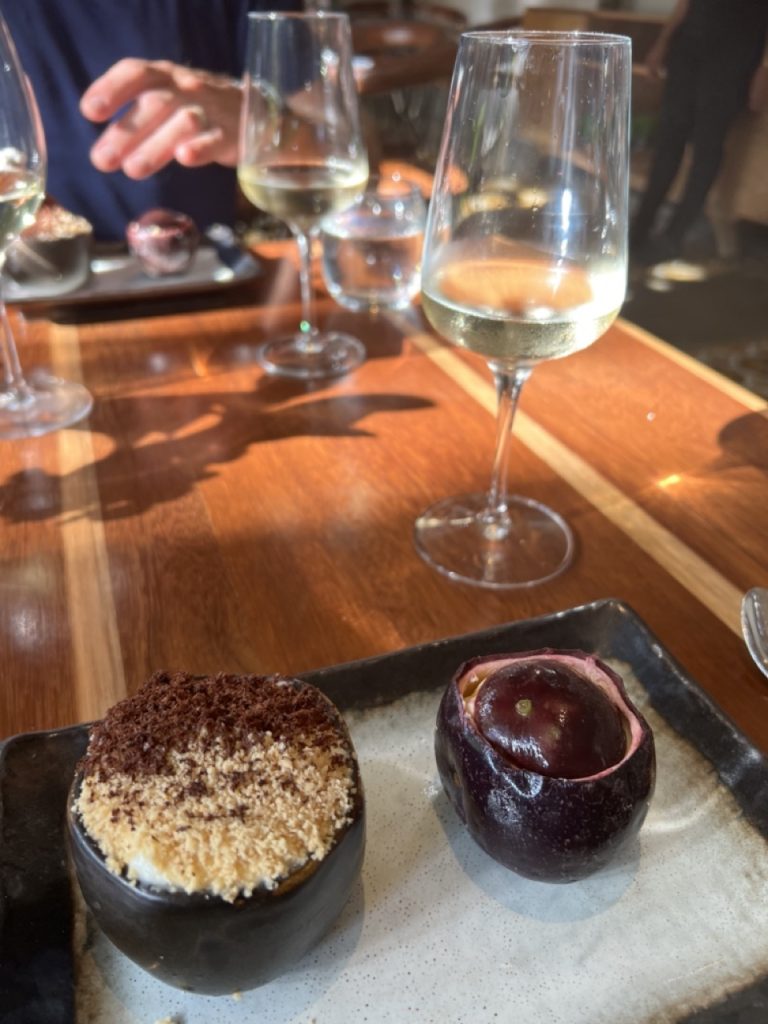
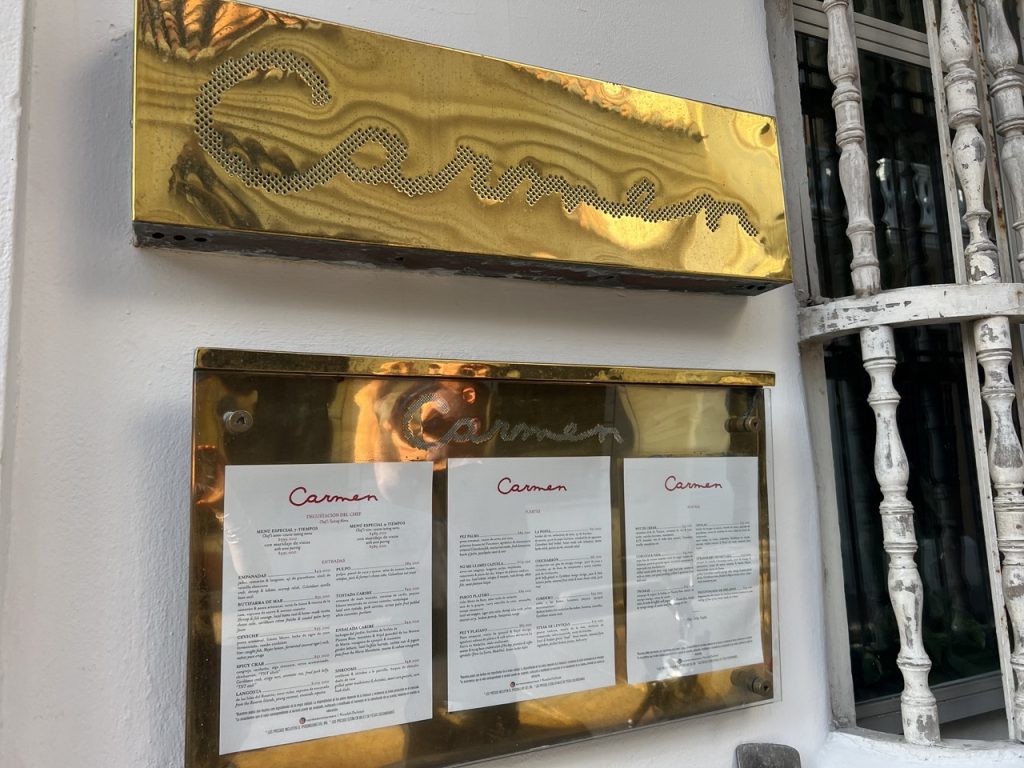
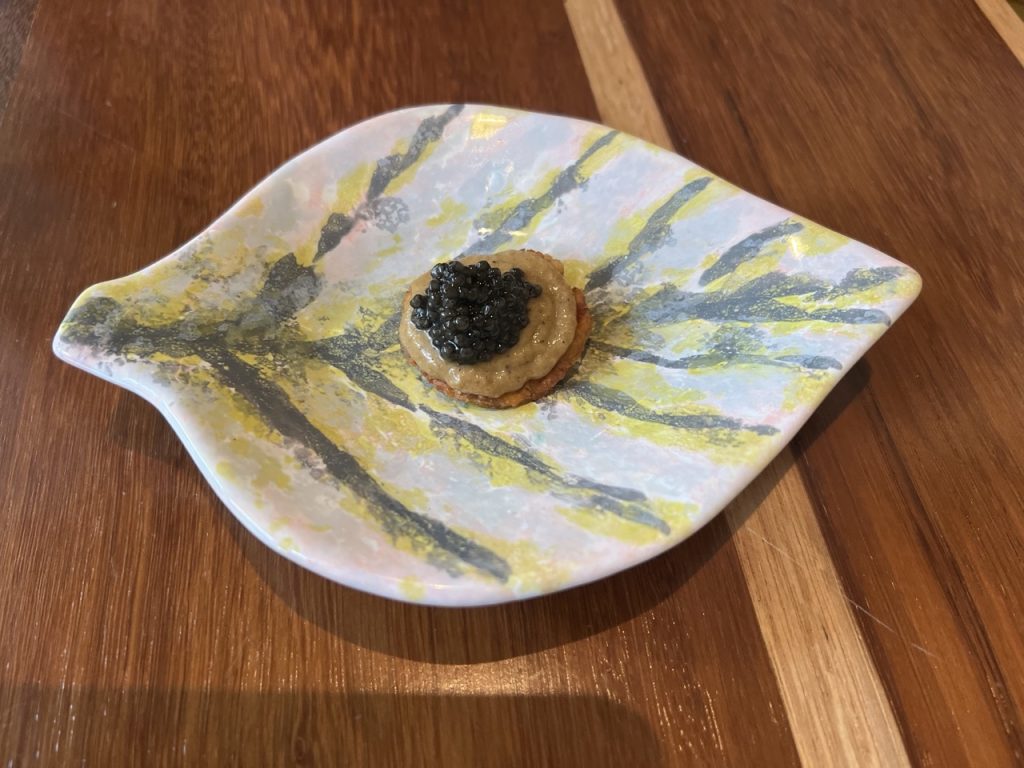
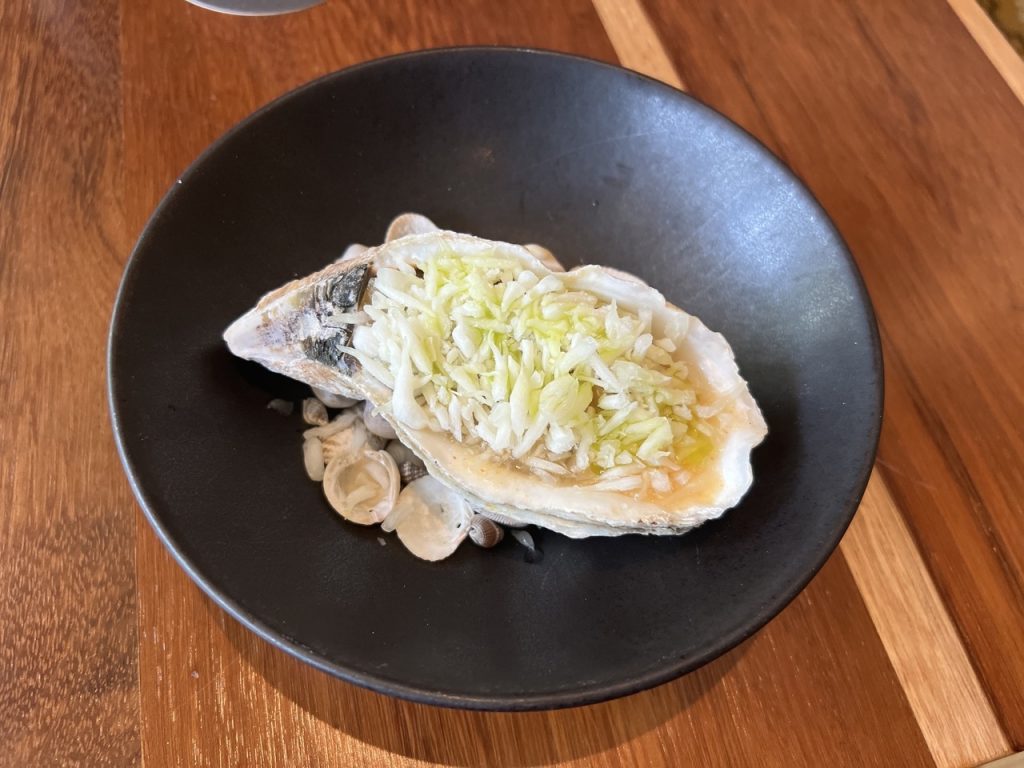
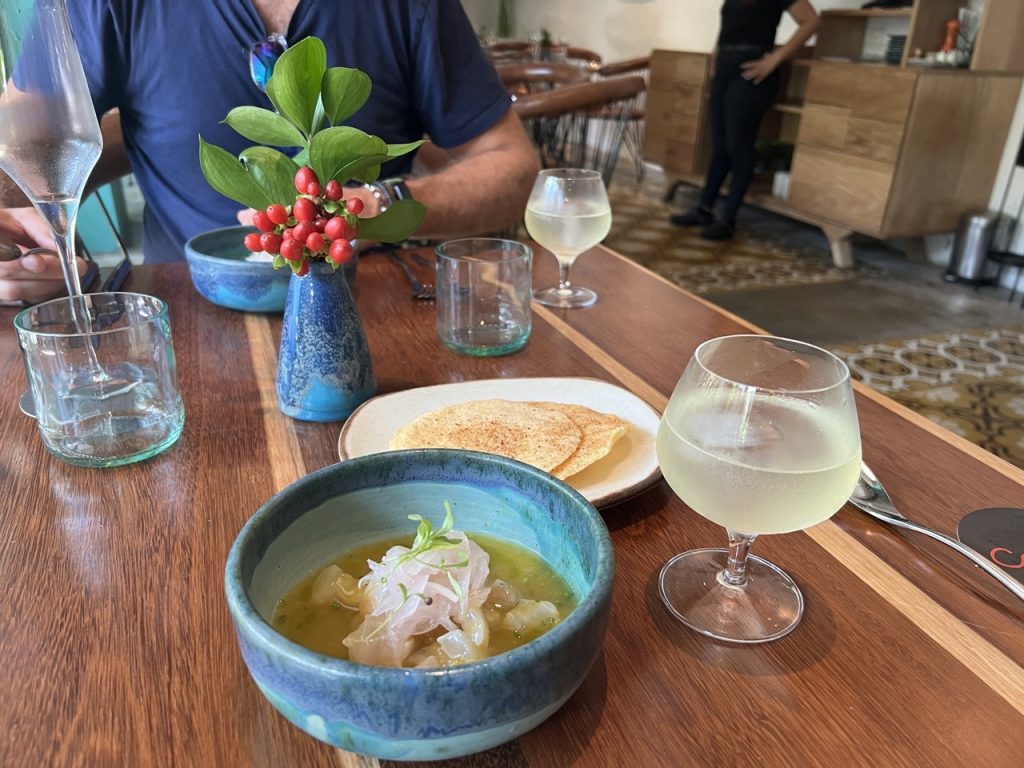
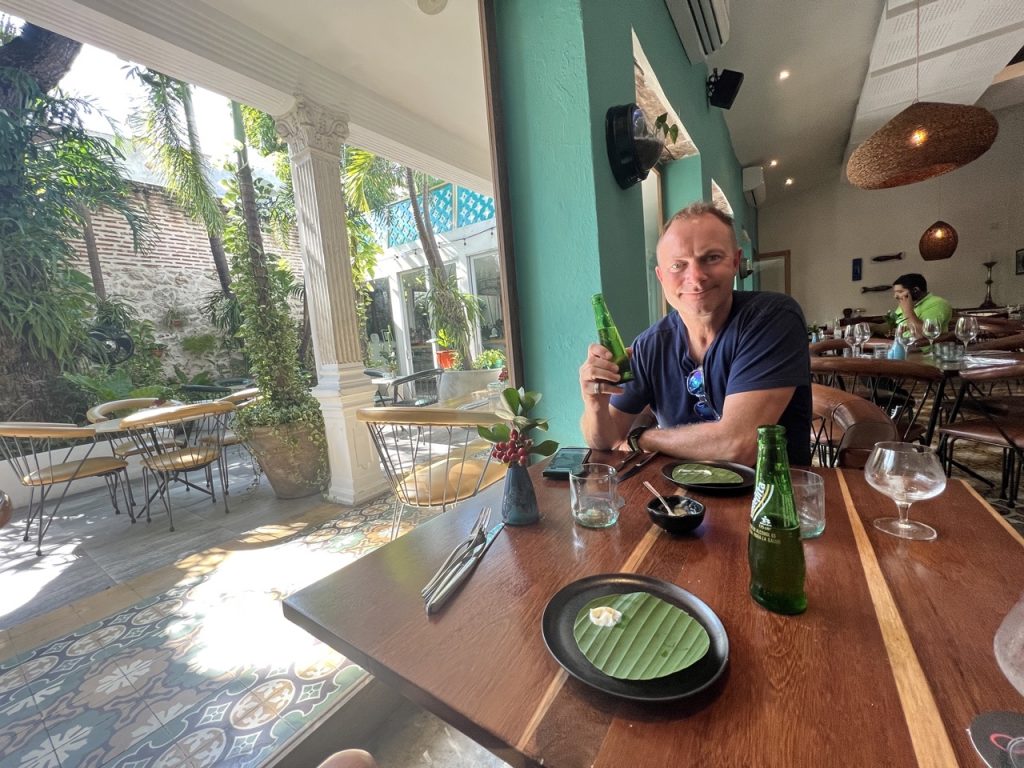
We then headed to our Hilton Cartagena Hotel which is in the modern end on the tip of the cost and which was where the wedding was being hosted. It is a lovely hotel on the beach but if we were purely visiting Cartagena as tourists we would choose to stay in Getsemani. We checked in and got changed and set off to continue our adventures.
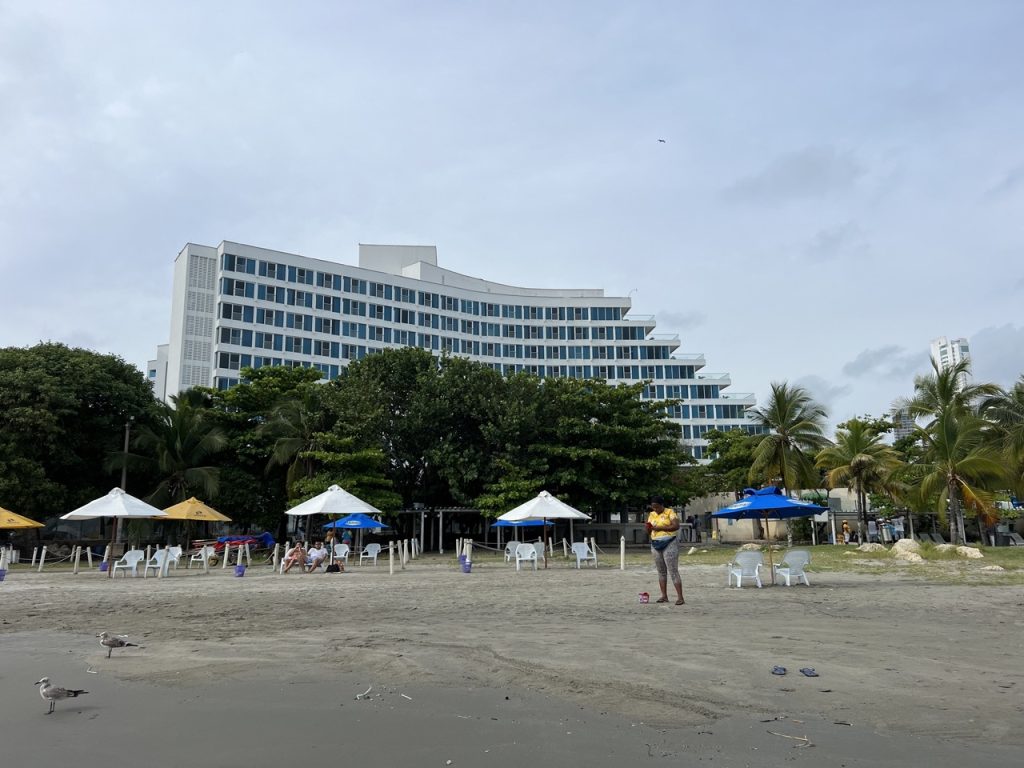
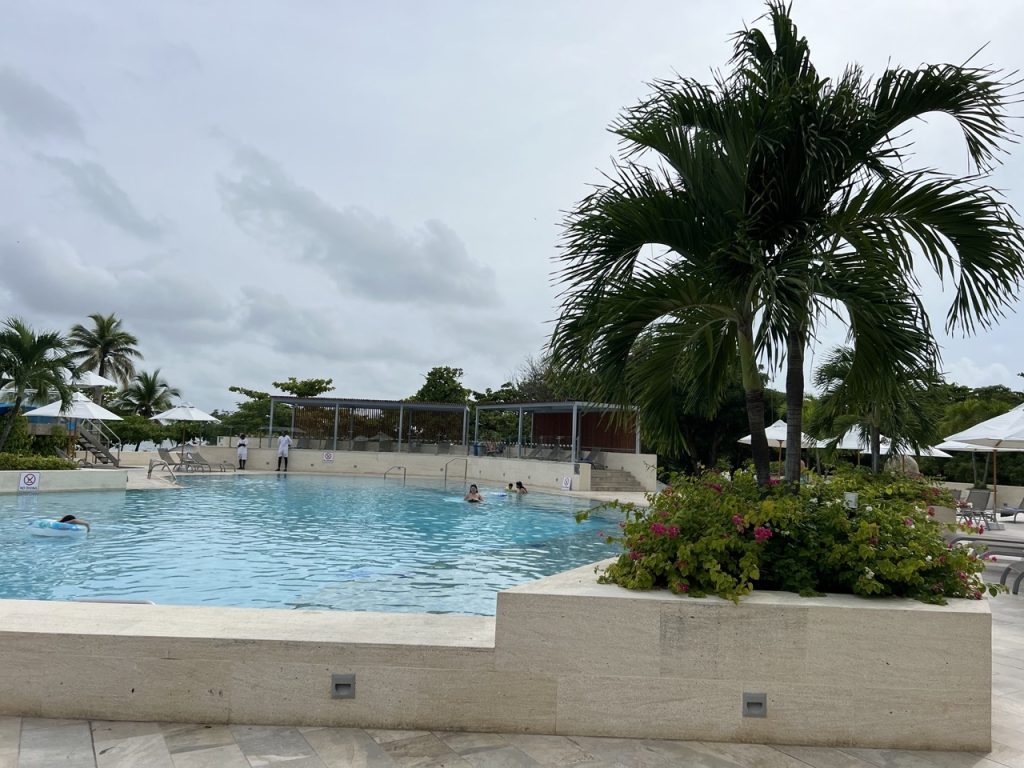
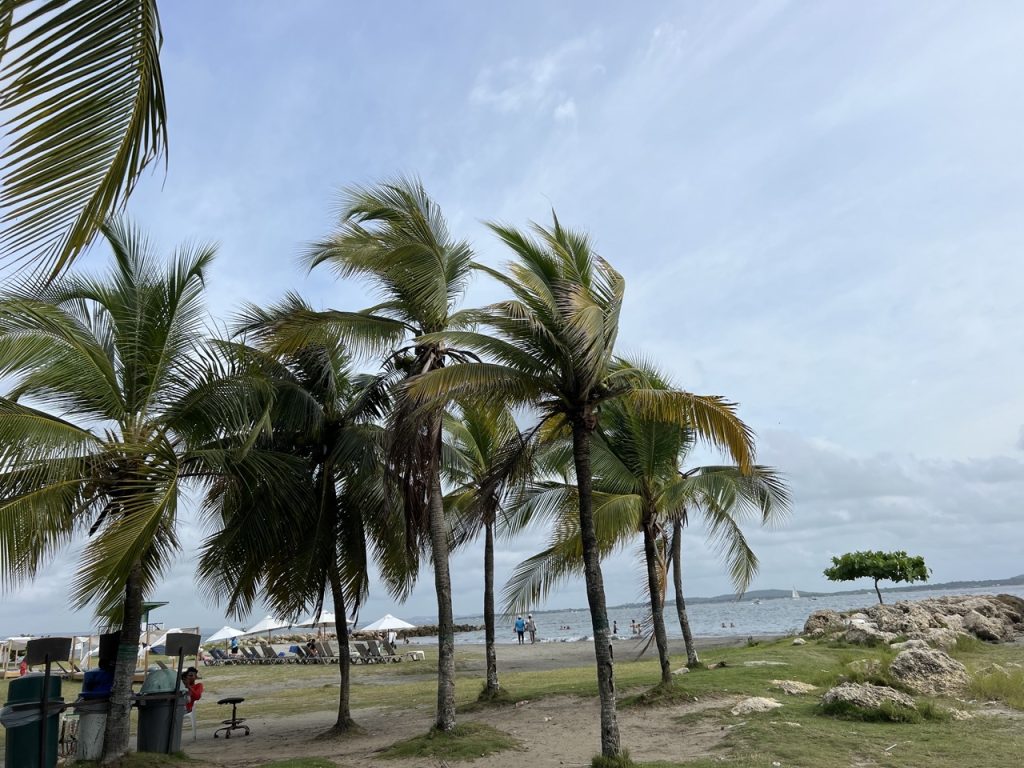
Walled City – The old walls are one of the top things to do in Cartagena and have great historical significance. Because of this, they are a designated UNESCO world heritage site within the city. The walls are built around the beautiful old city and act as a fortification for the city (they were built by the Spanish to defend against oncoming attacks). People come to the walls to climb up on top and see fantastic views over the new city which are particularly pleasant at sunset. You’ll be able to see the skyscrapers light up at night; it’s unique to see how far the city has grown and developed from this spot! We headed straight to Cafe del Mar (worth booking a table at about 6pm for the sunset as it gets REALLY busy with long queues!) … I will let the photos do the talking …
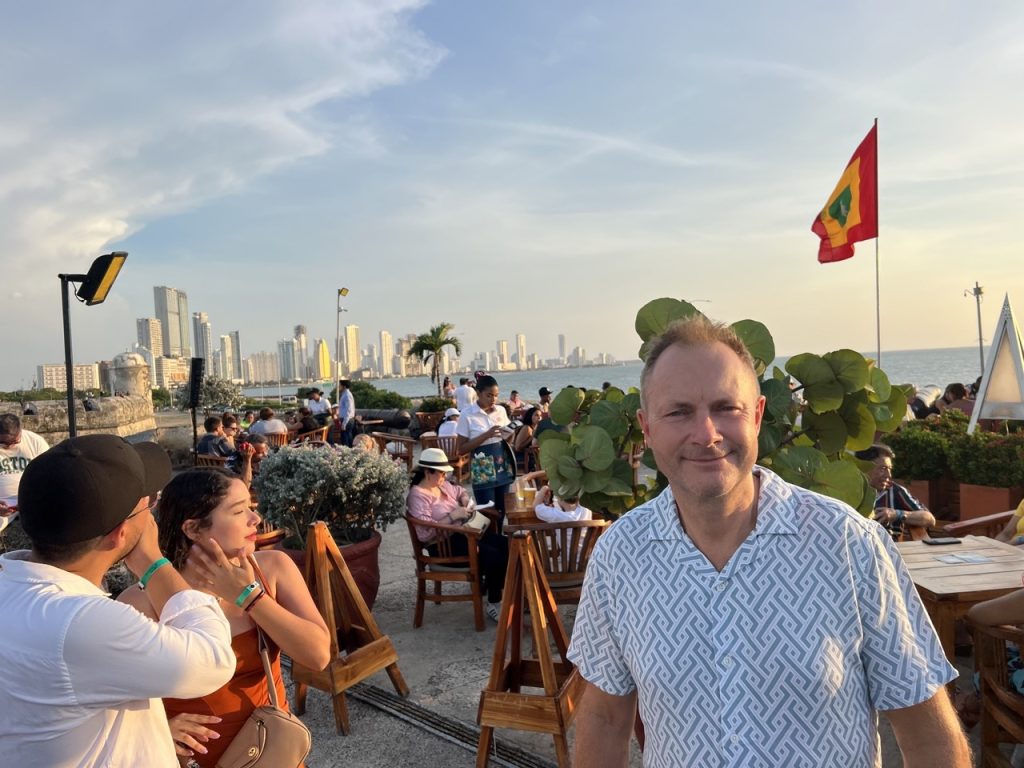
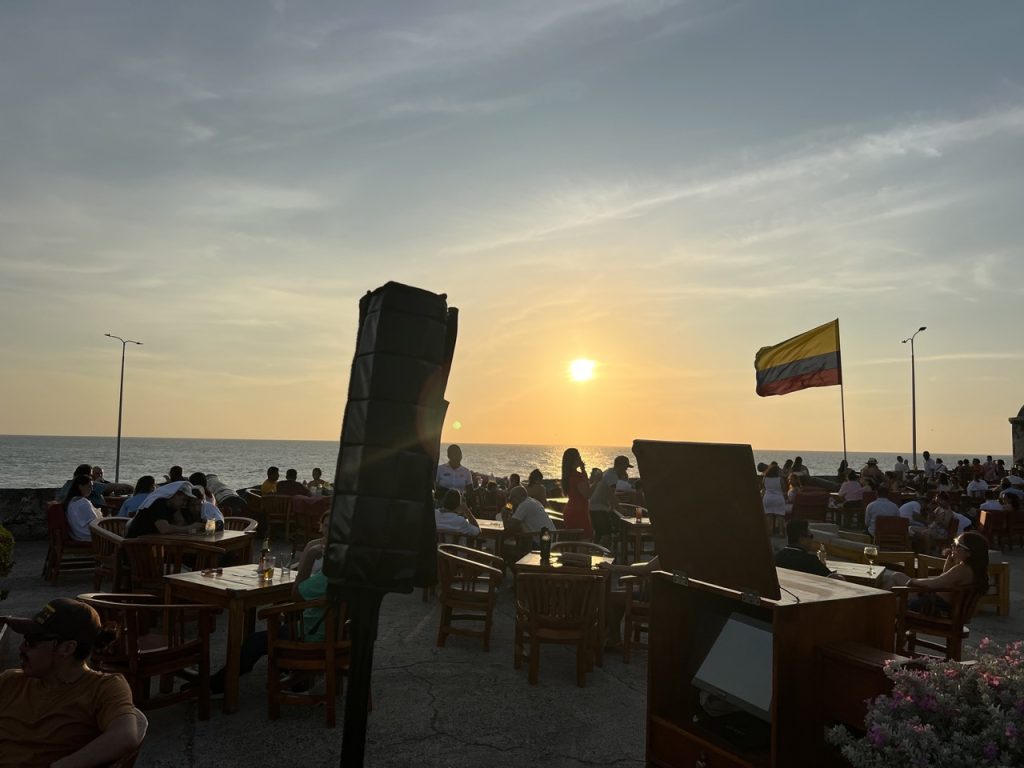
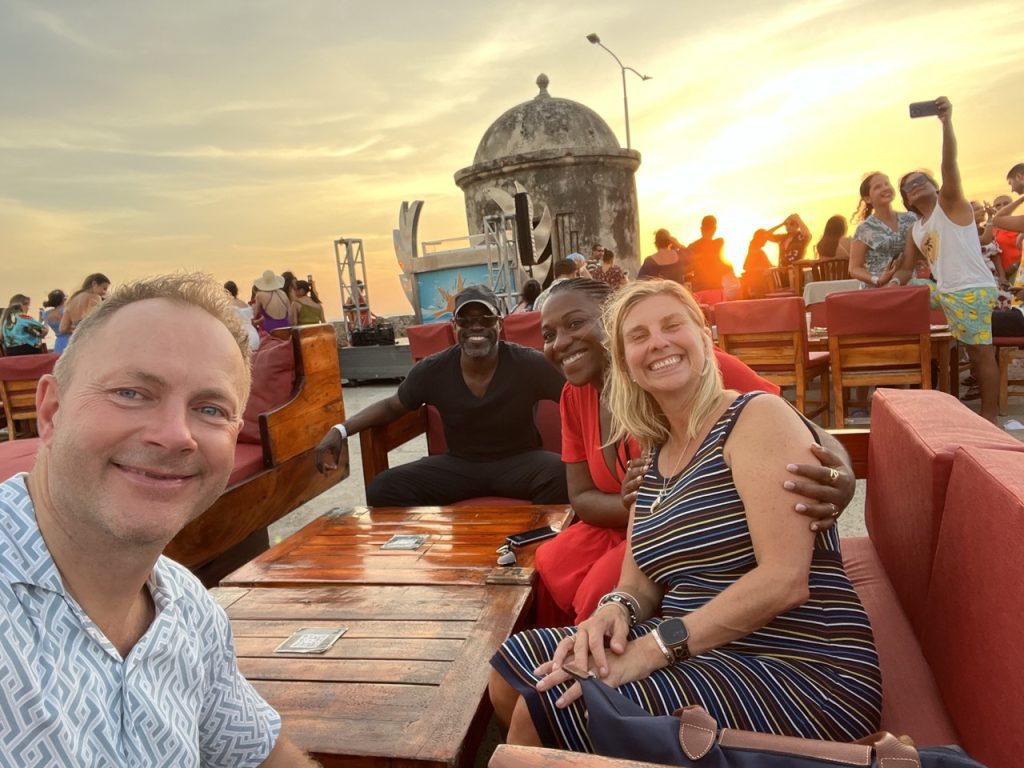
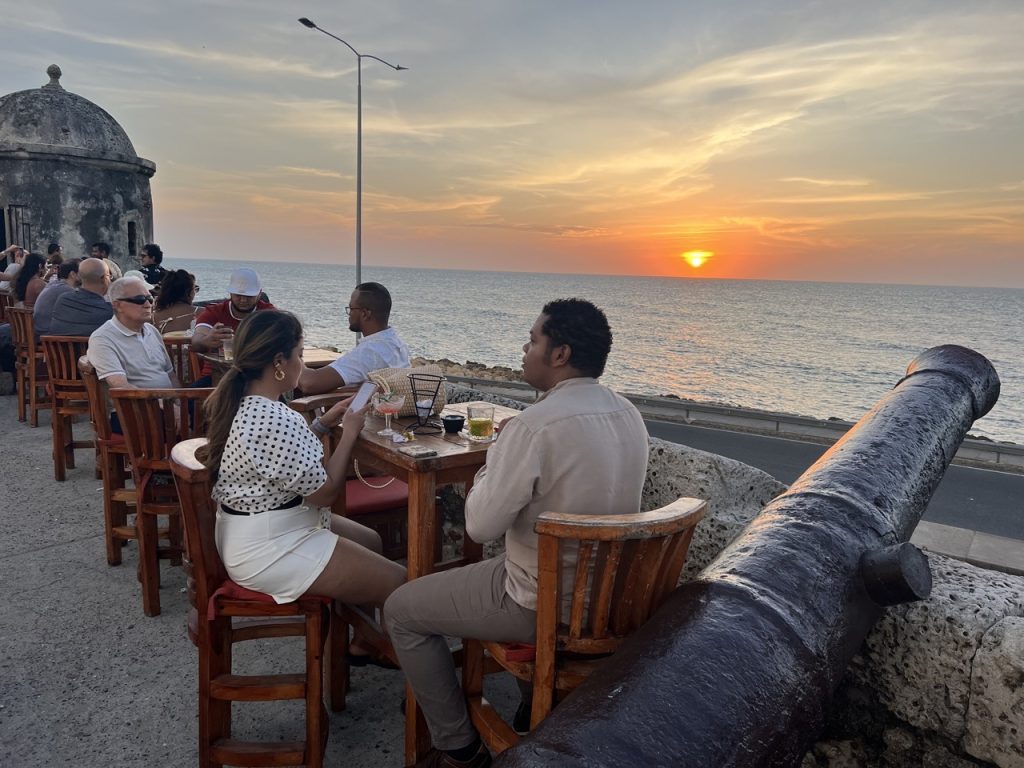
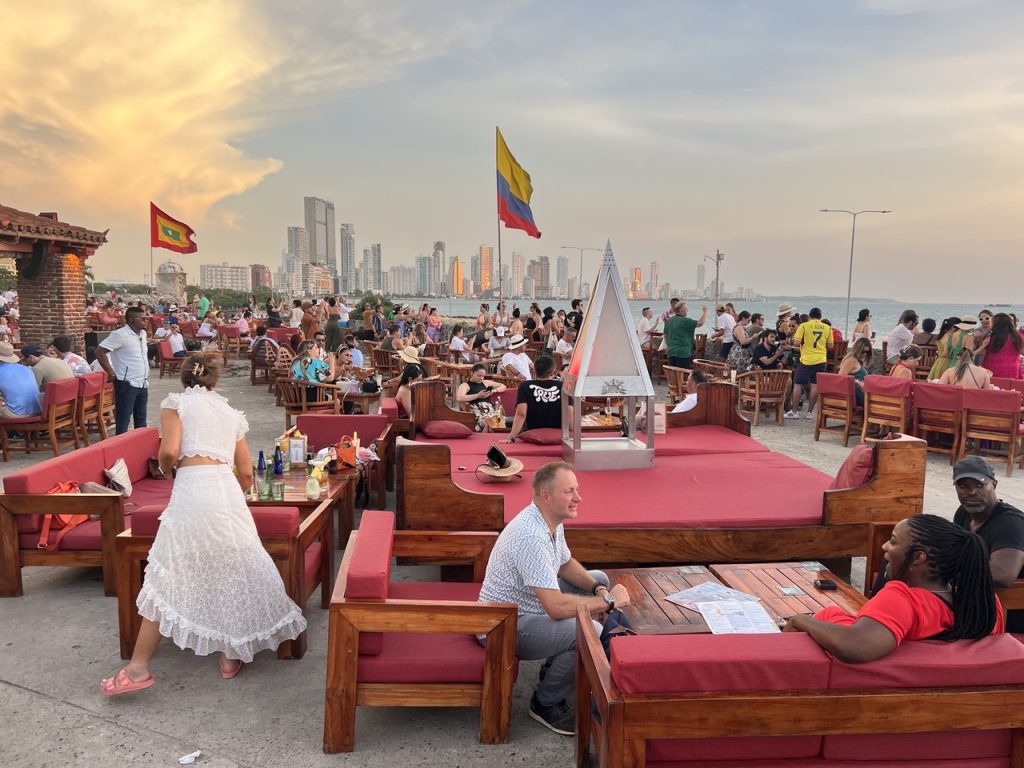
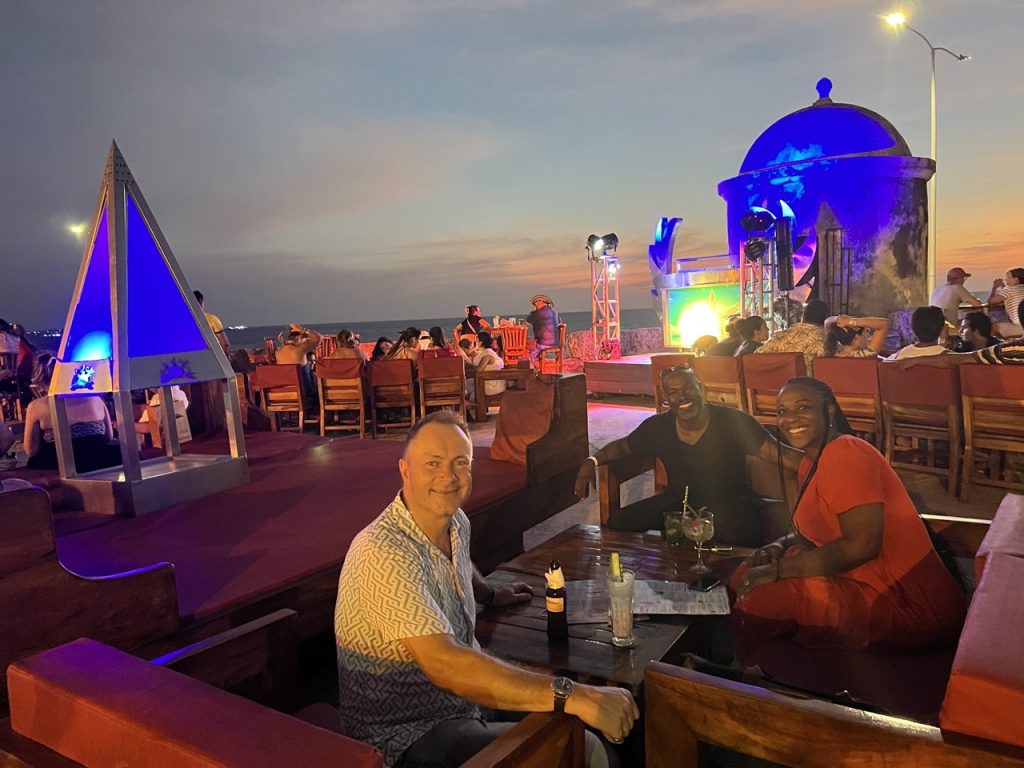
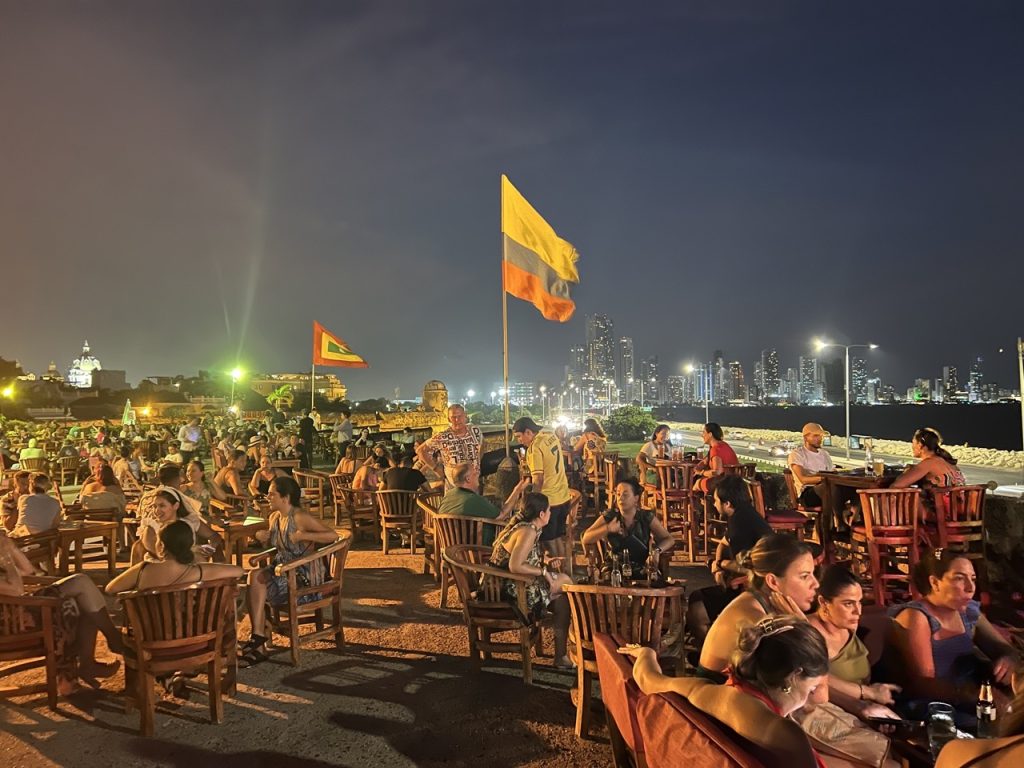
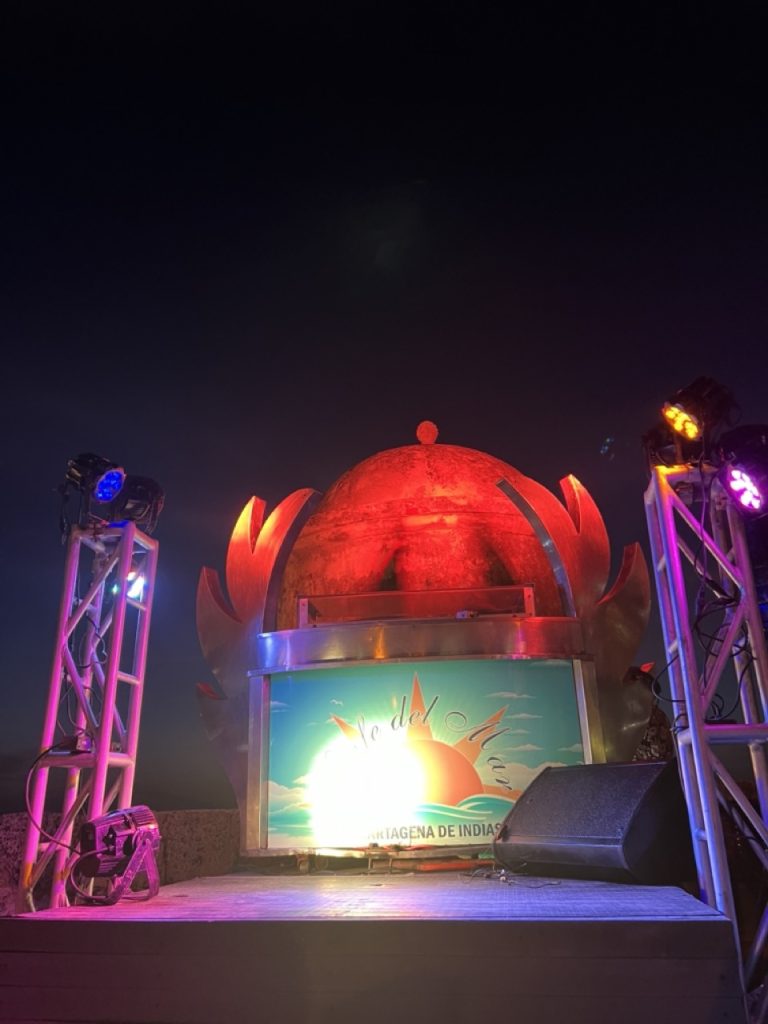
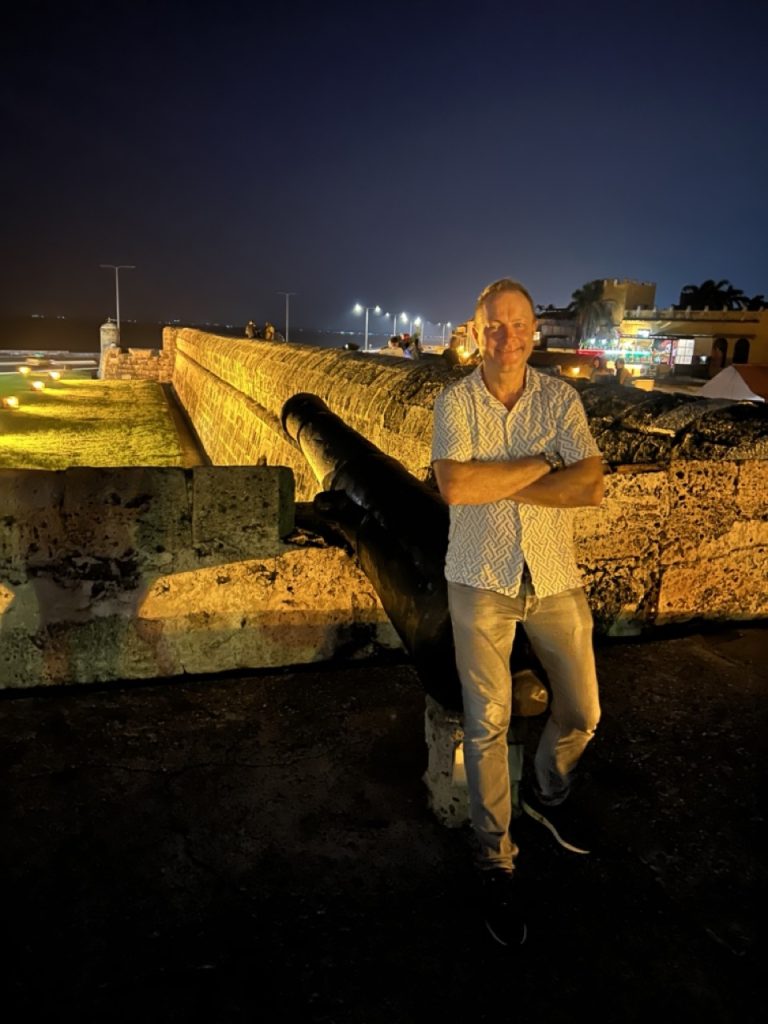
We met divine people ion the queue and agreed to share a table with them as there were no two’s available… Kafui Dzirasa is doing ground breaking neuro-science research affiliated to Dukes and Alexis is his sister visiting … what lovely people adding to the pleasant evening and ambiance of the place.
We were then stopped by a chap doing the horse carriage rides … we are usually reticent to take these if the horses are not in good condition but this horse looked healthy and happy and so we decided to take the trip which we negotiated up front as $35. It was a nice way to get acquainted with the lay of the land and absorb the vibey atmosphere. The only downside was at the end when we thanked the guide and he demanded $35 PER PERSON, which is NOT what we had negotiated – so we just walked off… such a shame as leaves a bad taste in your mouth.
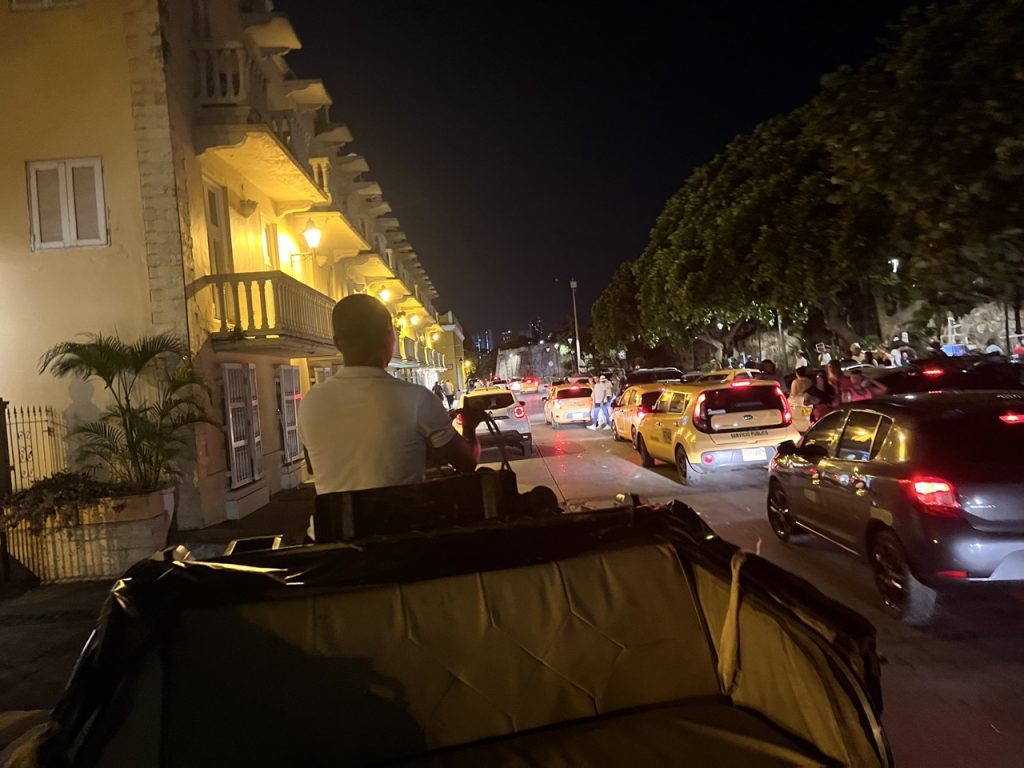
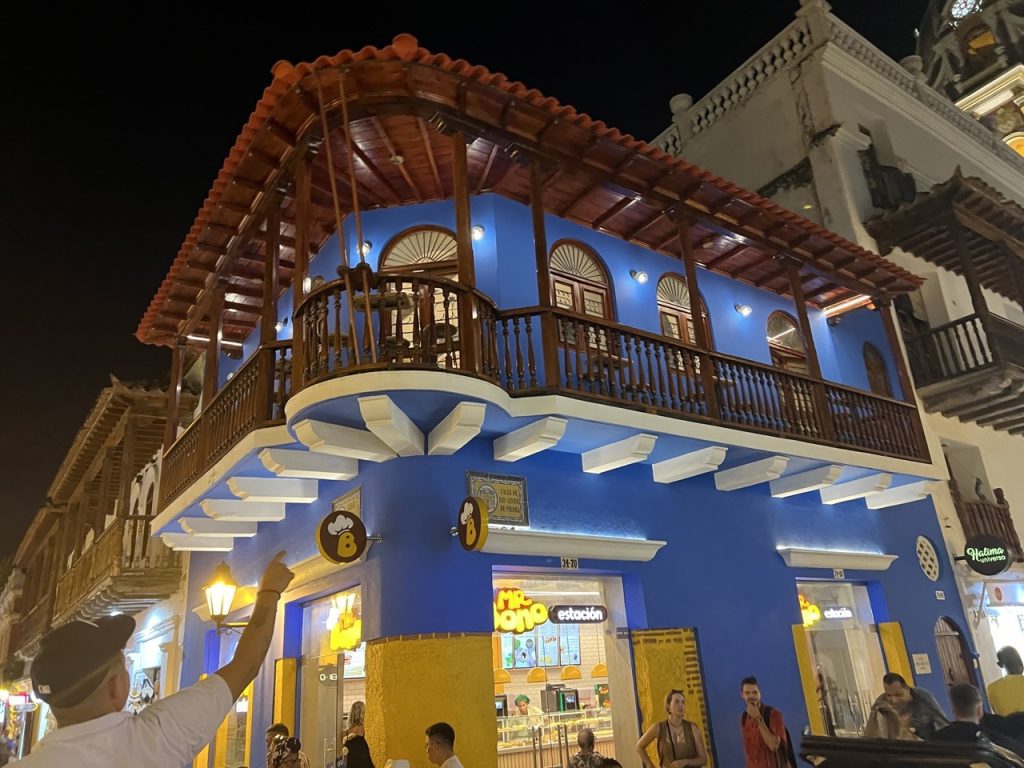
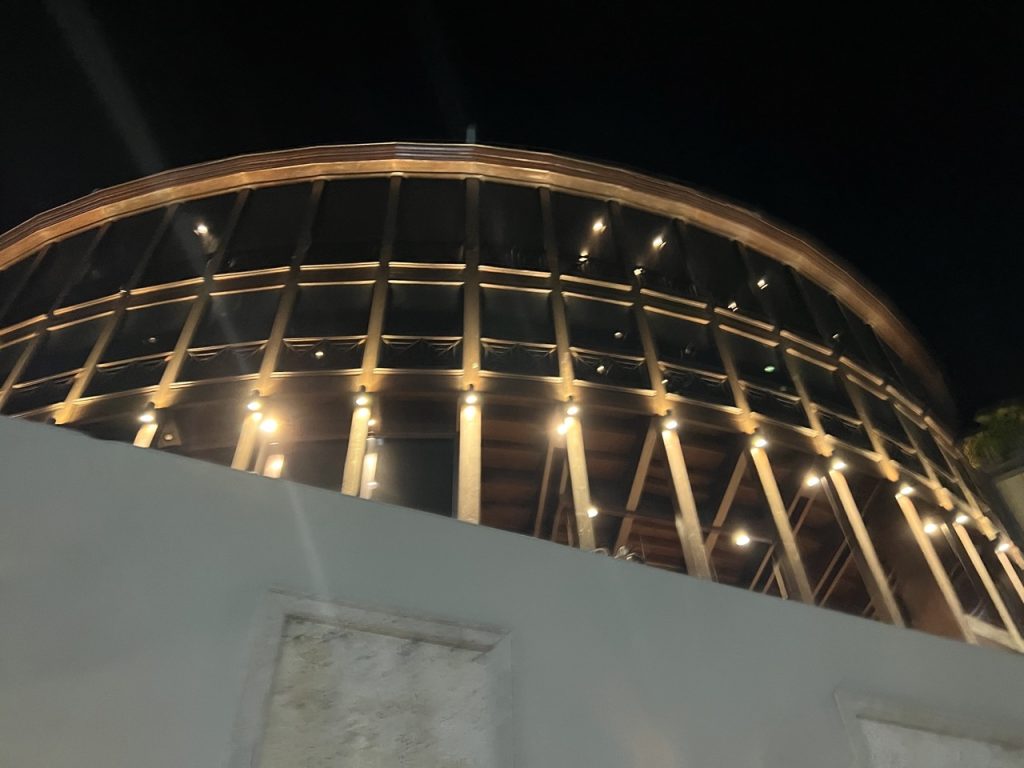
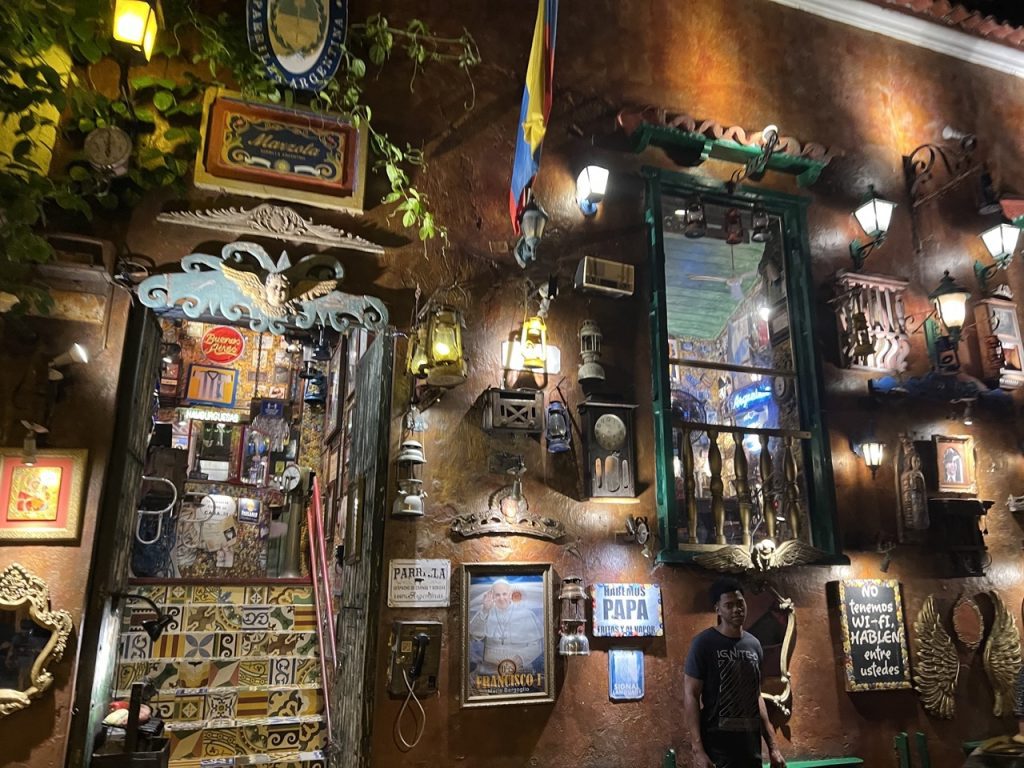
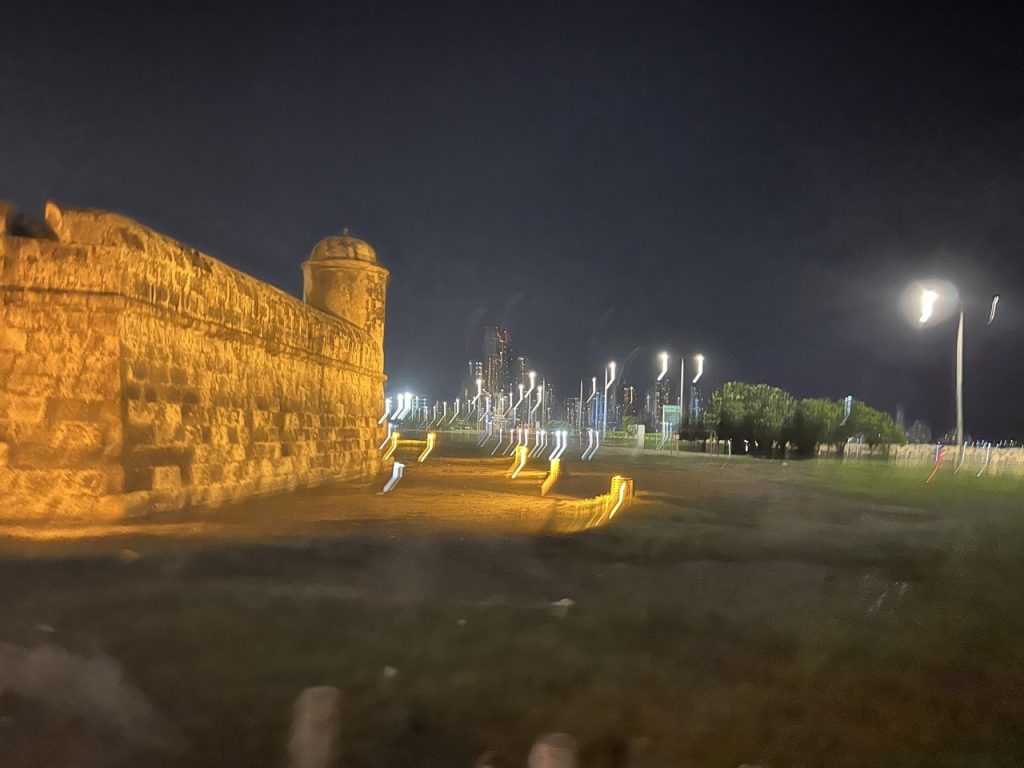
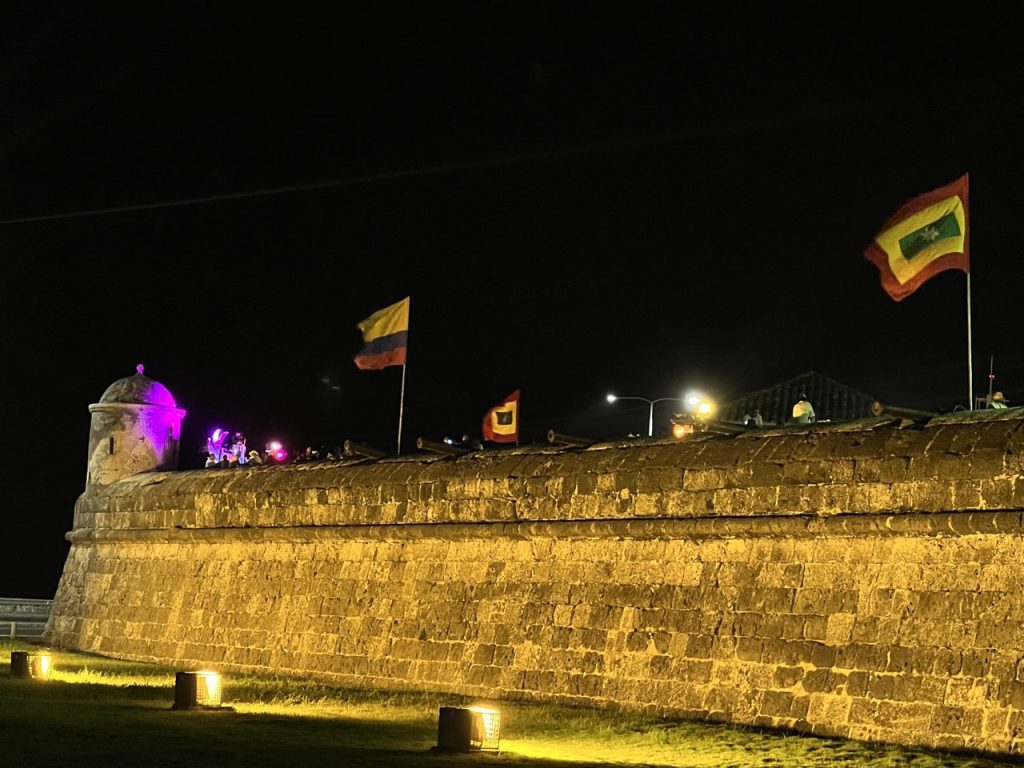
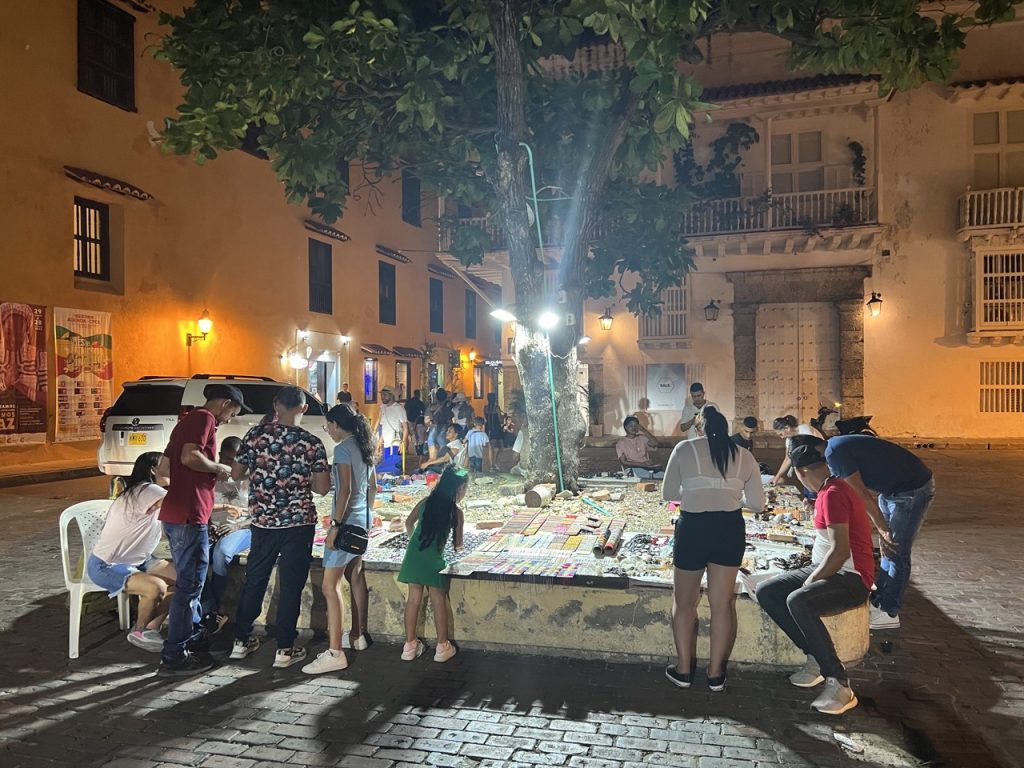
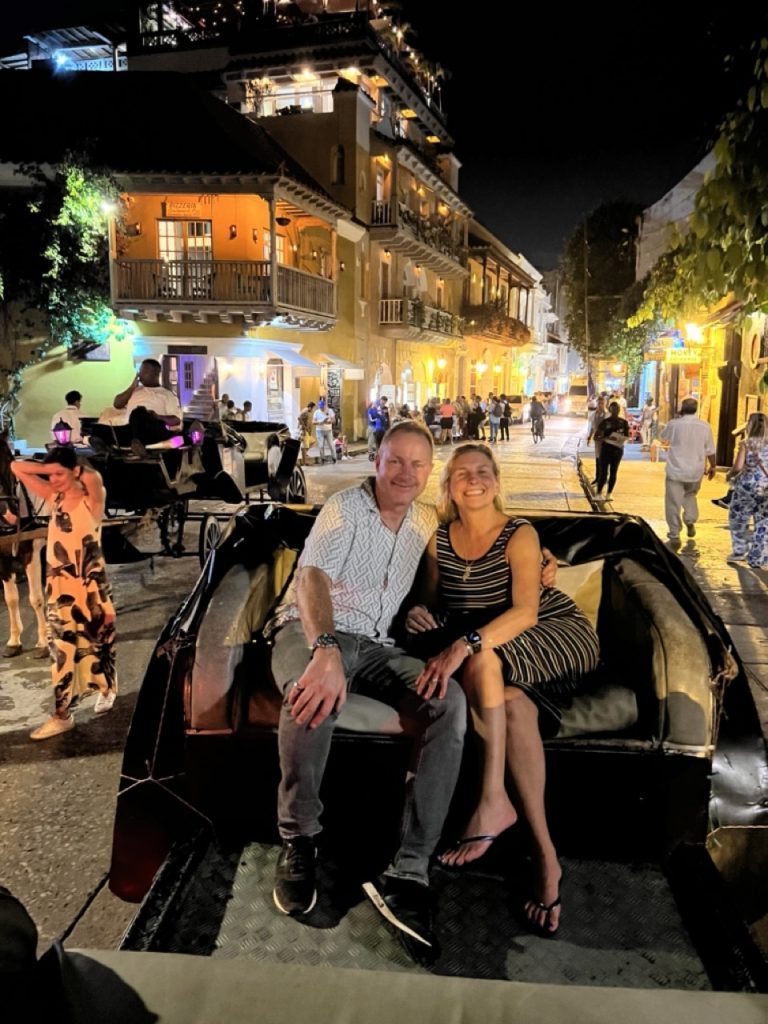
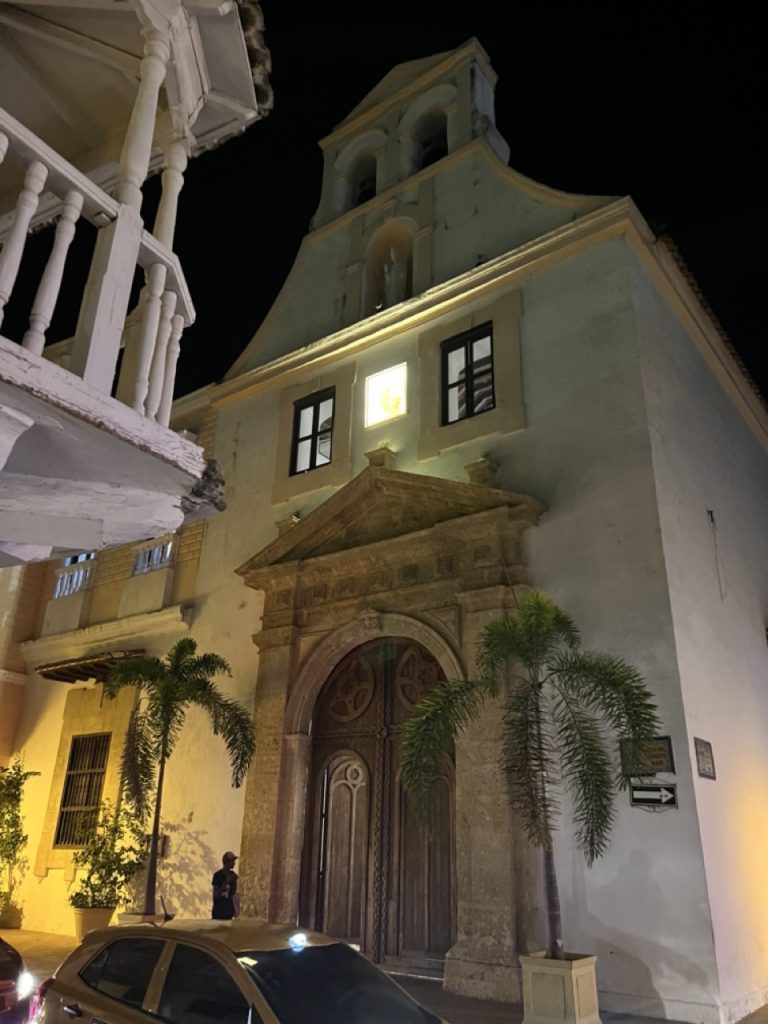
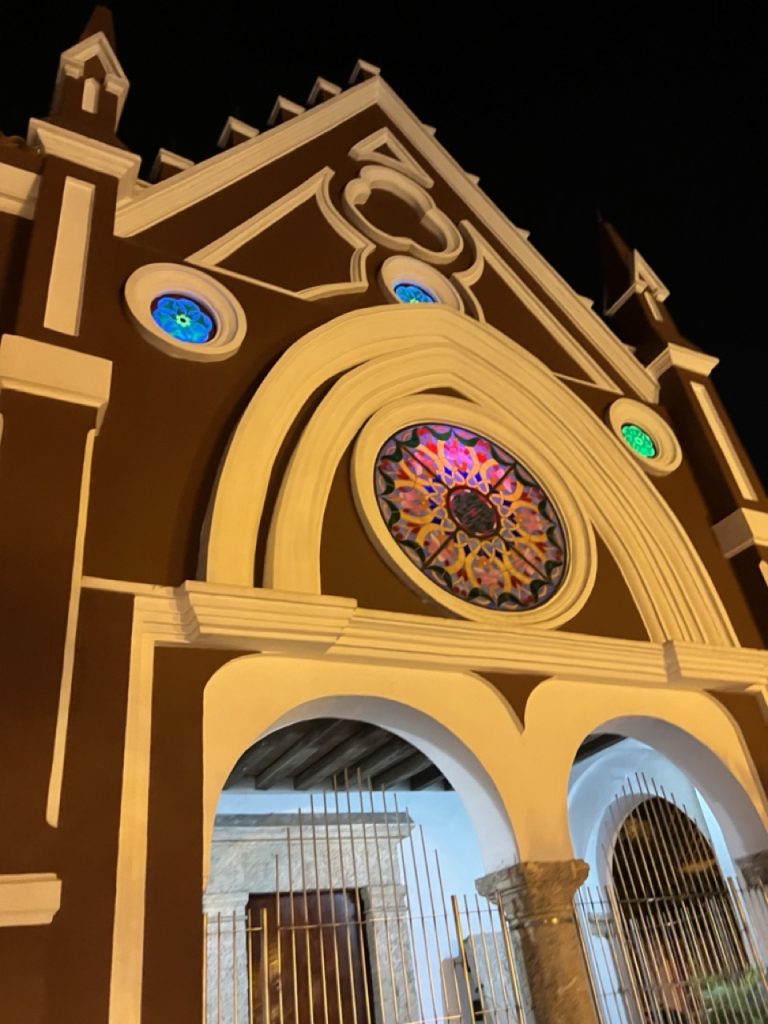
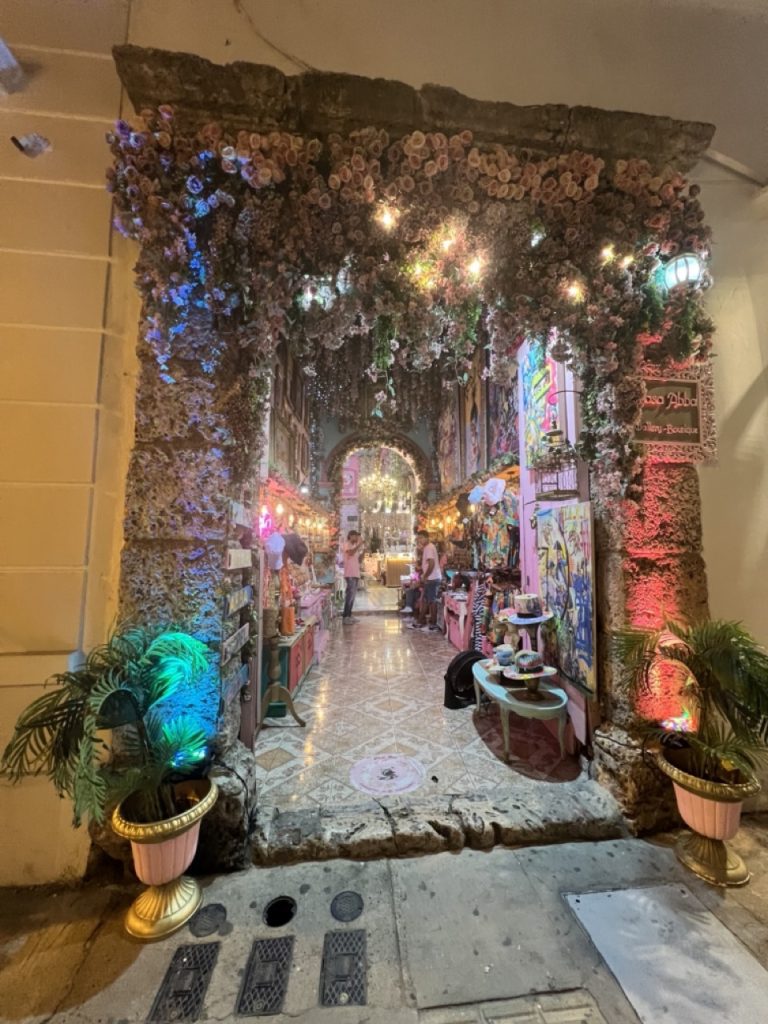
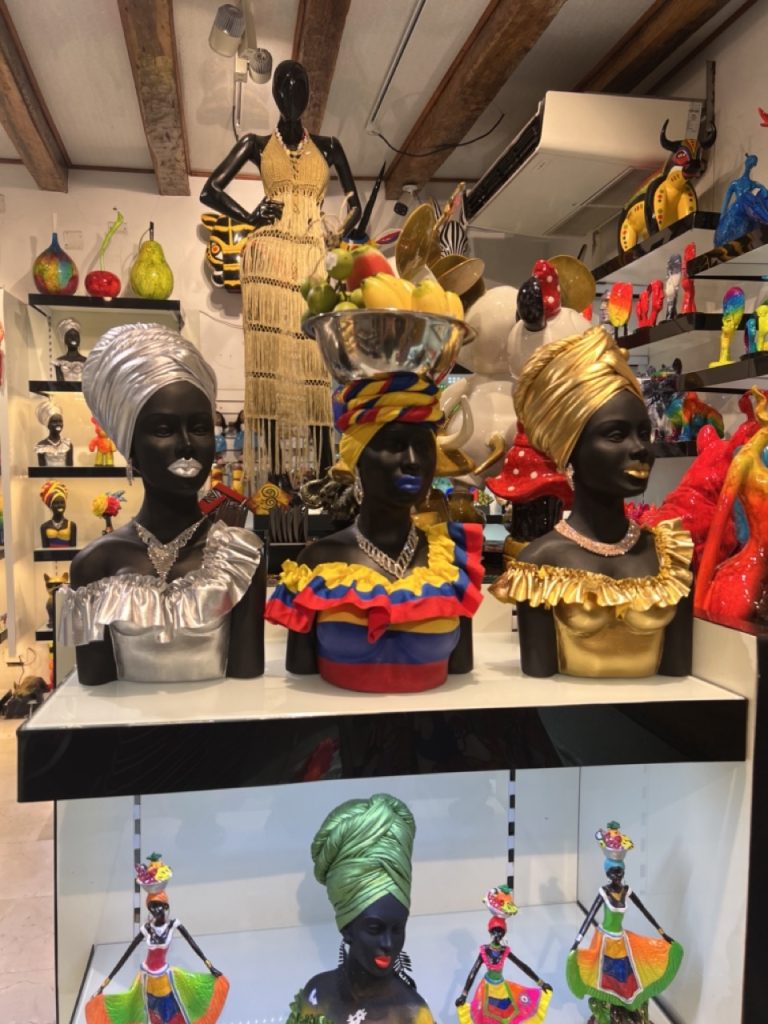
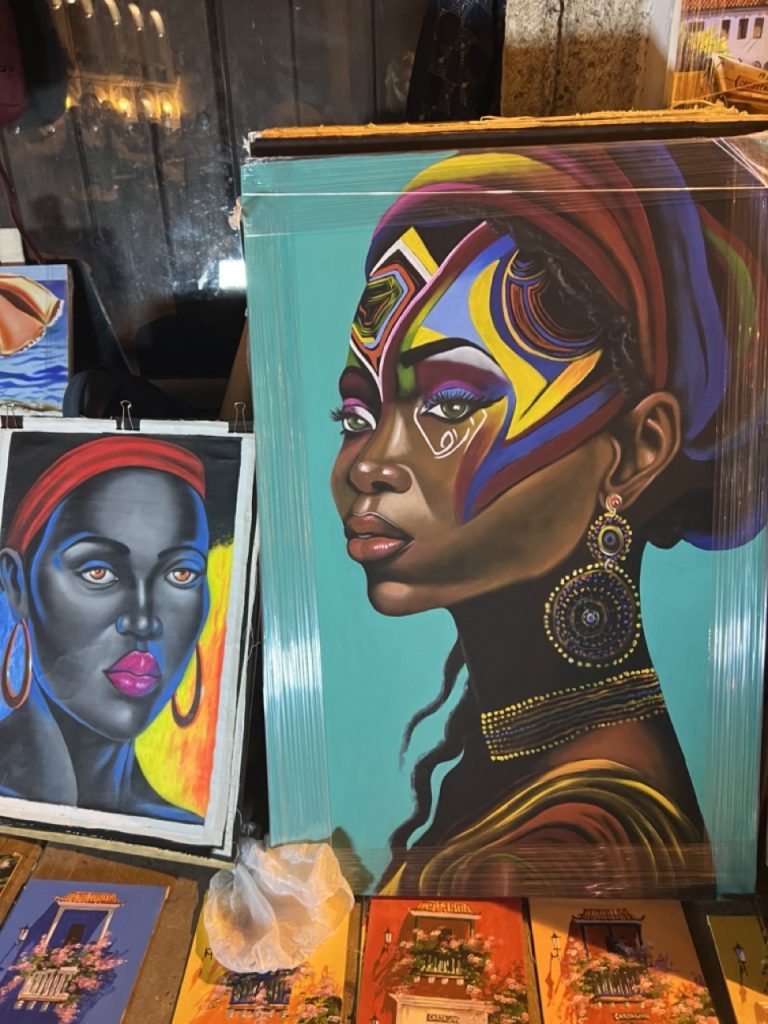
We then strolled around within the Walled City starting at the Clock Tower. The Gate and Clock Tower (“la Puerta y la Torre del Reloj”) can be seen at the main entrance of the walled city. Of the three open doors there, only the central one existed originally; the other two were occupied by a gunroom and a chapel. In 1874, a clock was brought from the United States, and 63 years later it was replaced by the current clock, imported from Switzerland.
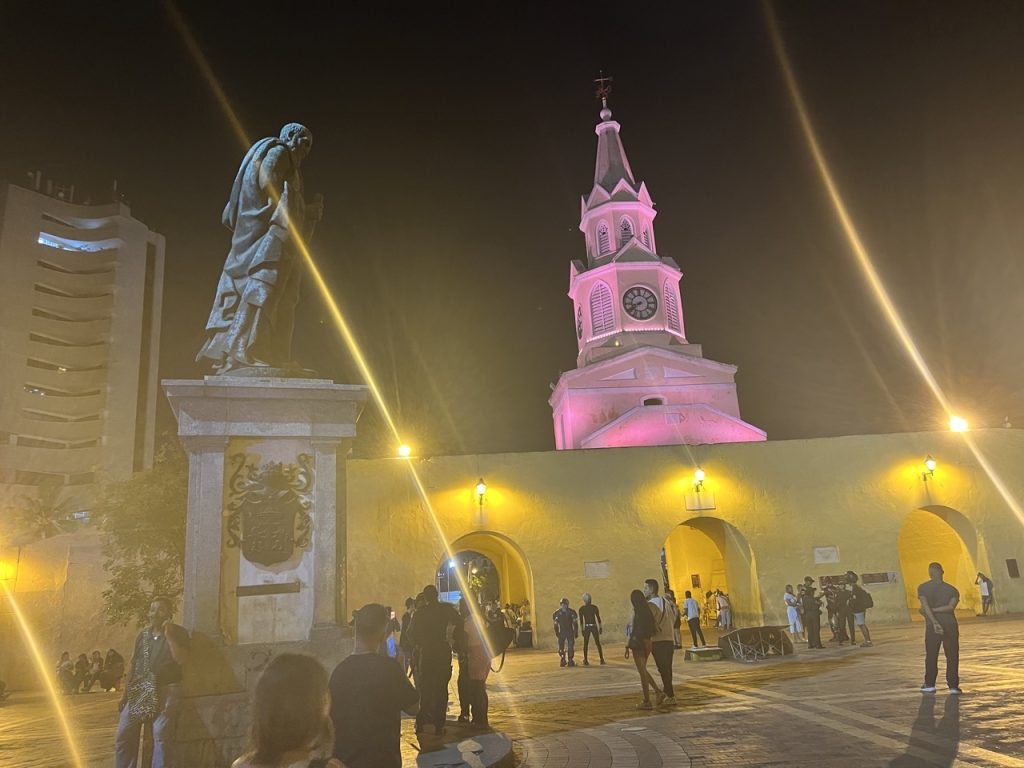
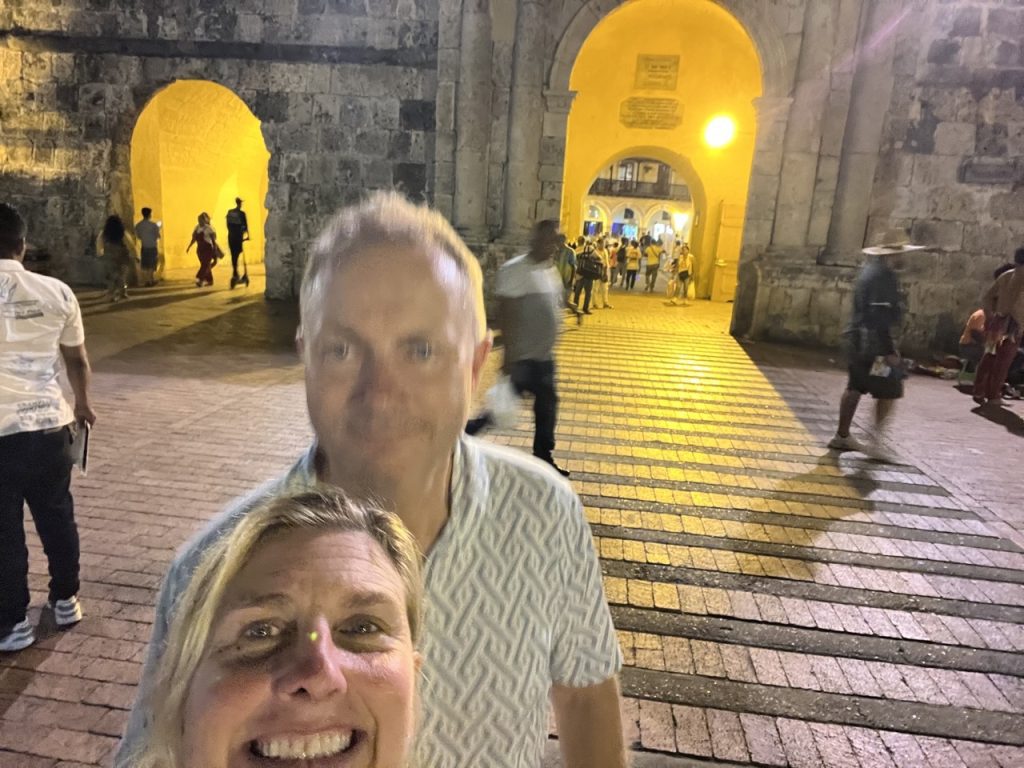
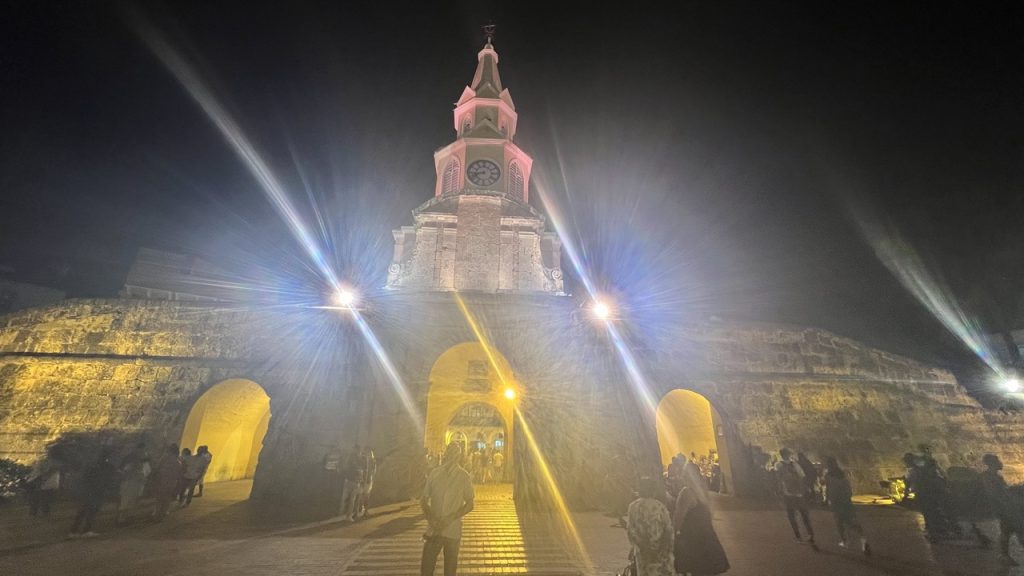
Near the front of a church in one corner of Santo Domingo Square is an eye-catching bronze statue of a voluptuous nude woman. La Gorda Gertrudis is a large bronze sculpture by the famous Colombian artist Fernando Botero…. La Gorda translates to “the fat girl” in Spanish and it is said that if you touch her breast you. are certain to return to Cartagena…
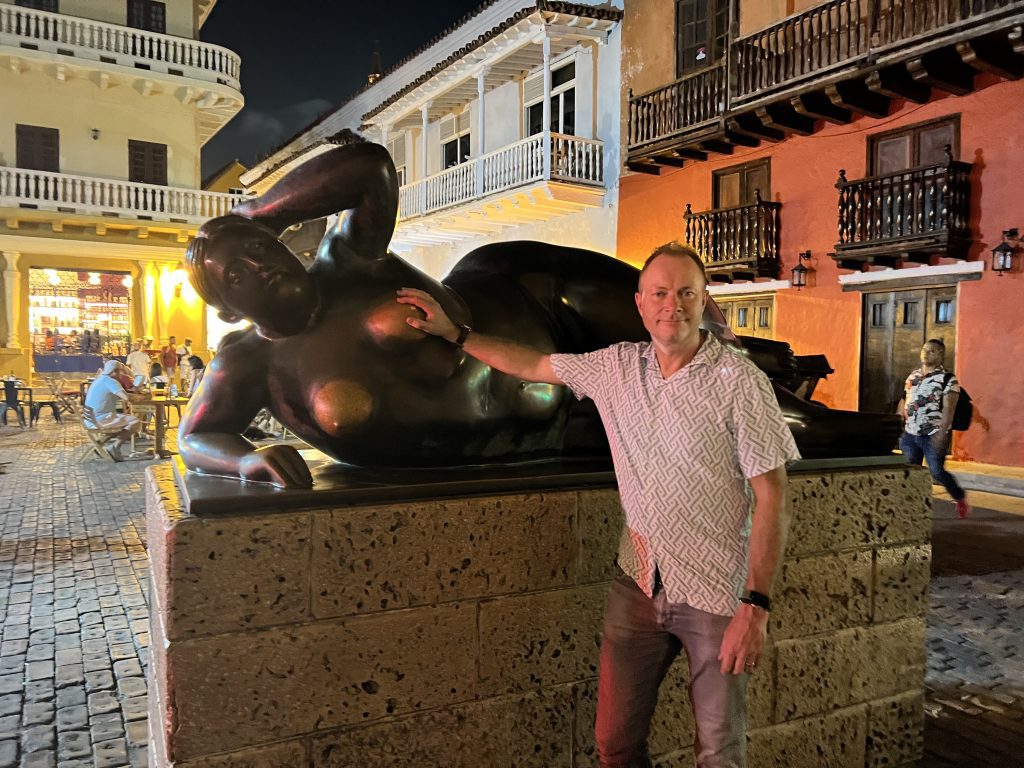
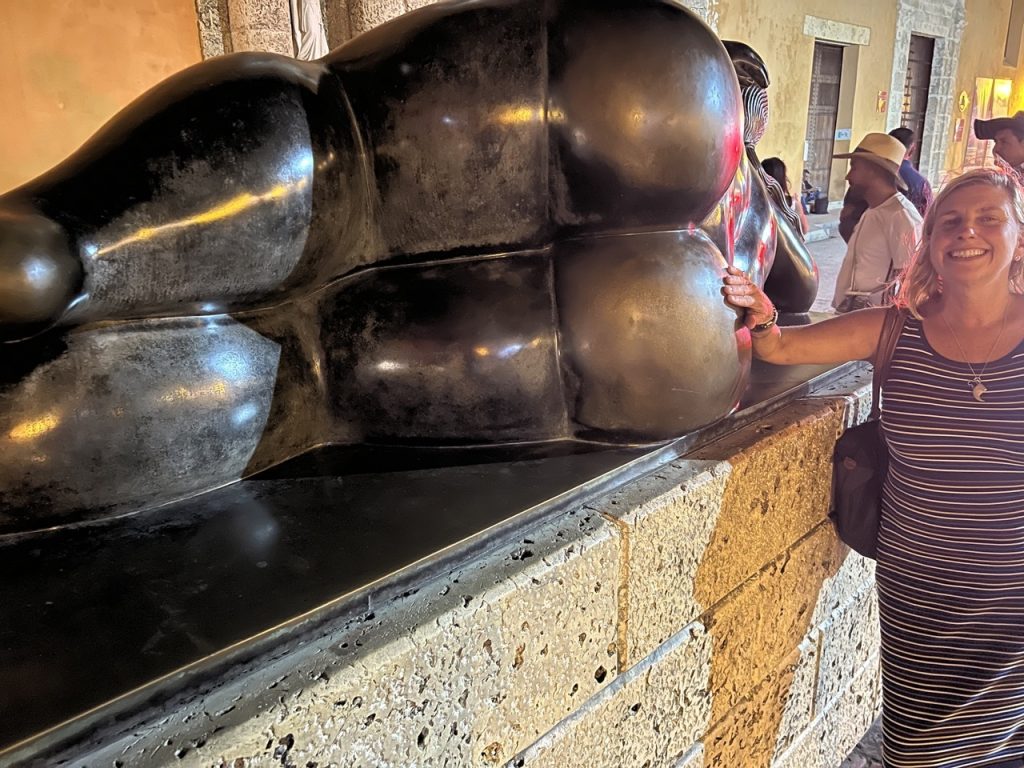
Getsemani Neighbourhood – There is no better place to hang out during your time in Cartagena than Getsemani. This colourful, artsy neighbourhood is home to some of the city’s best restaurants and cafes. Plus, it’s the cheapest neighbourhood too, so you can enjoy delicious meals and stay in beautiful accommodation for a fraction of the price. It’s also directly next to the old walls of Cartagena, so it’s perfectly located. Spend a few hours here and wander the vibey streets, filled with brightly painted houses and decorated with street art, hanging umbrellas, and bunting. It is just FABULOUS! We found a spot, ordered cocktails and enjoyed the heady vibrant sights and sounds – amazing.
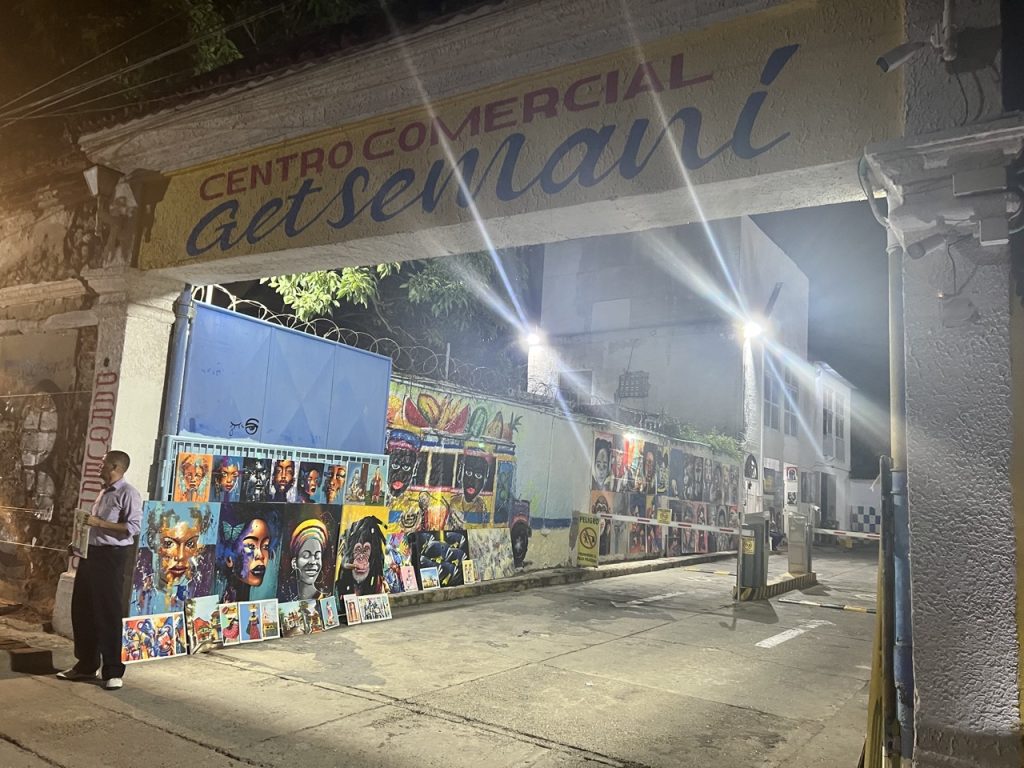
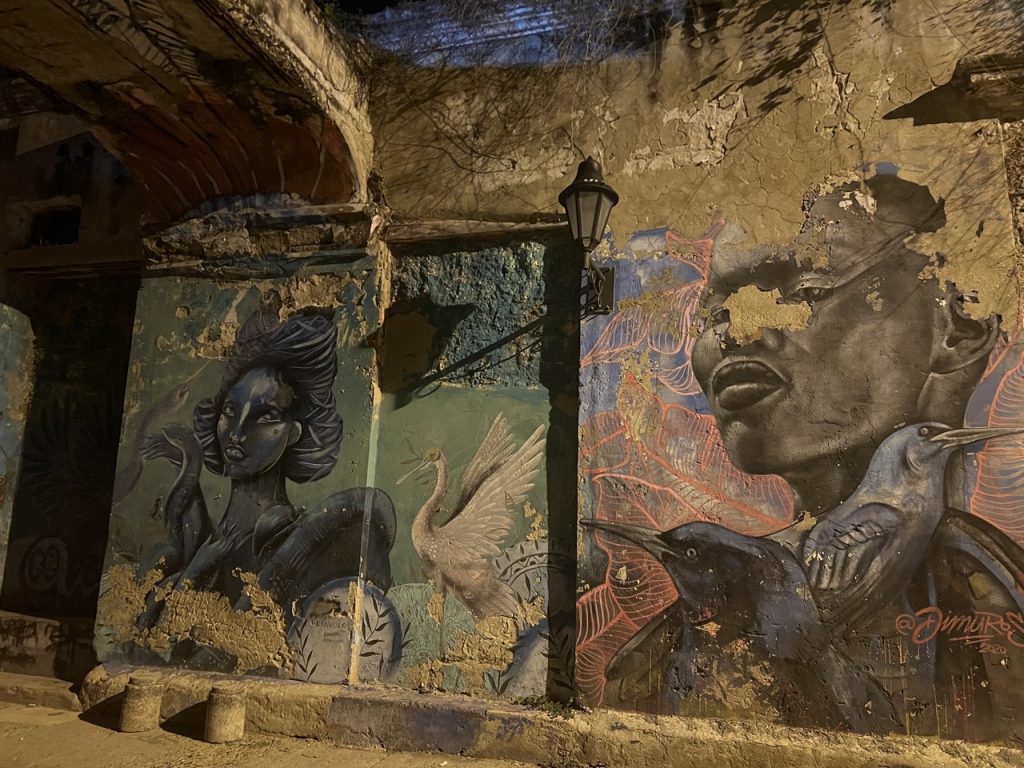
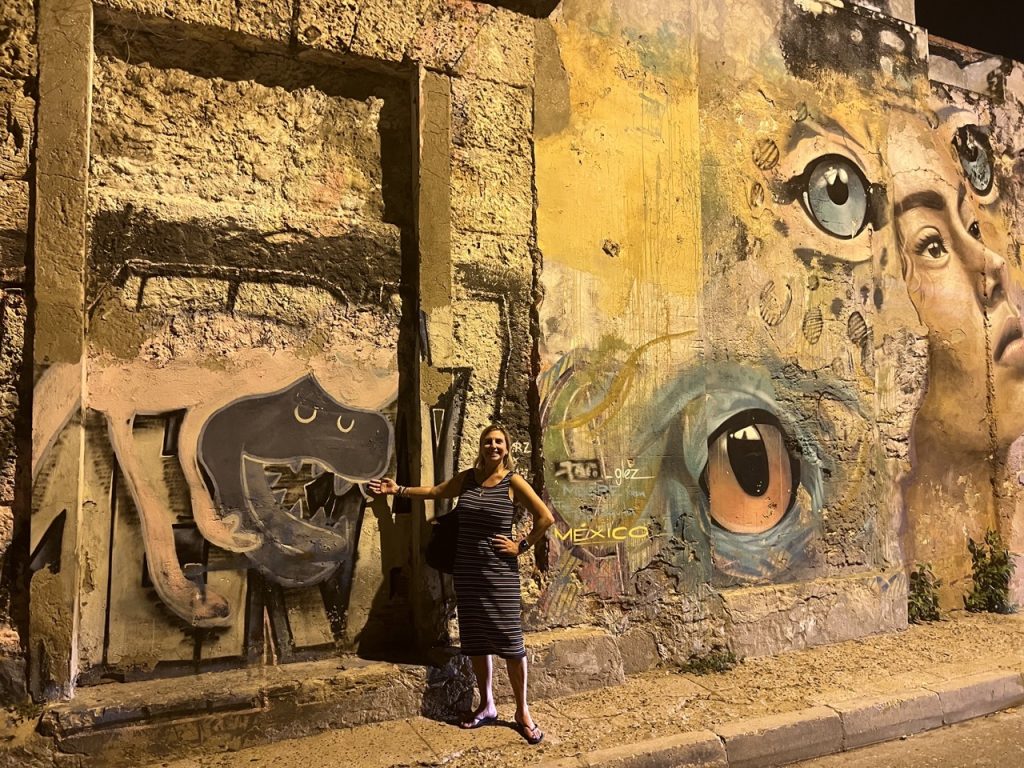
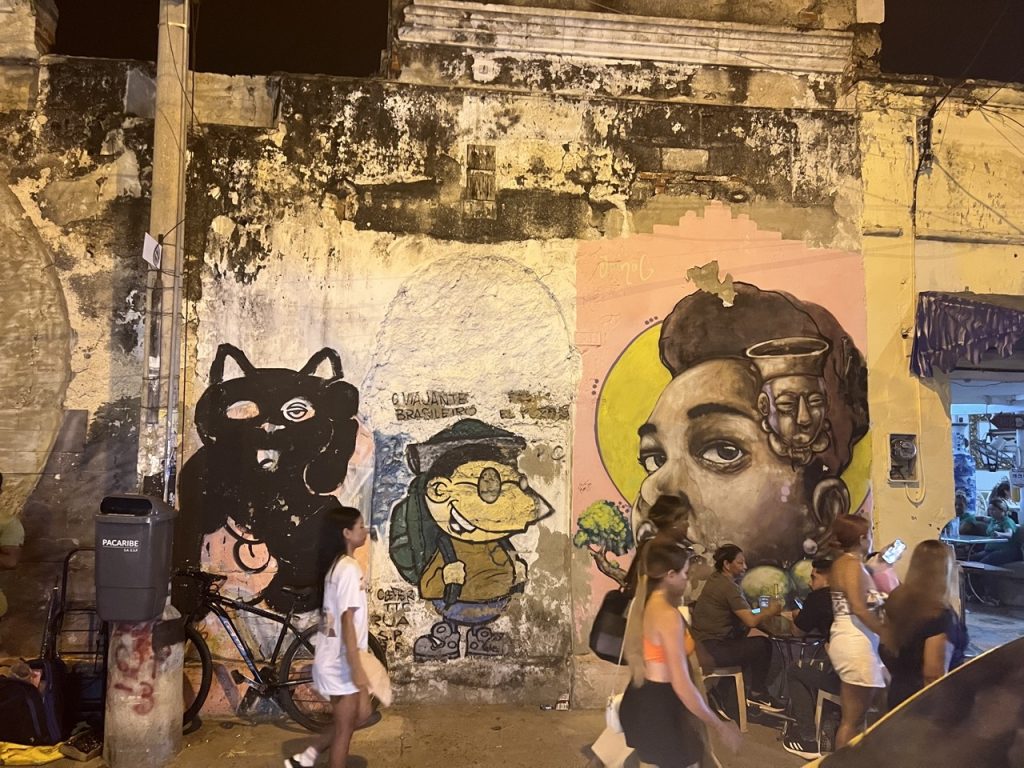
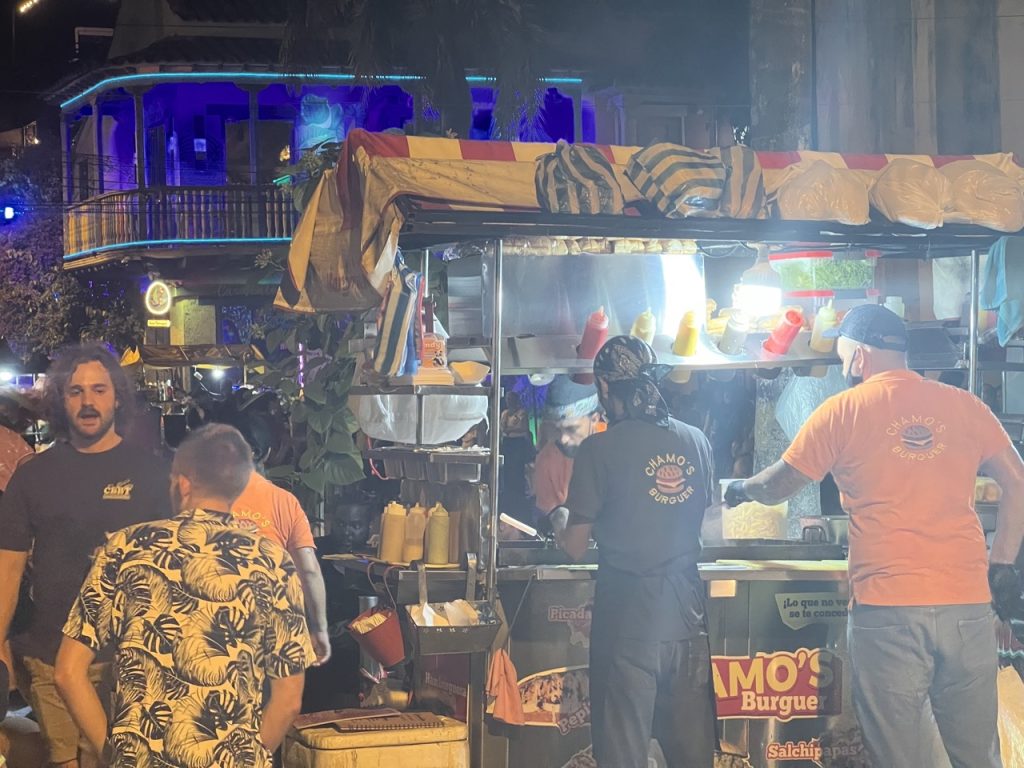
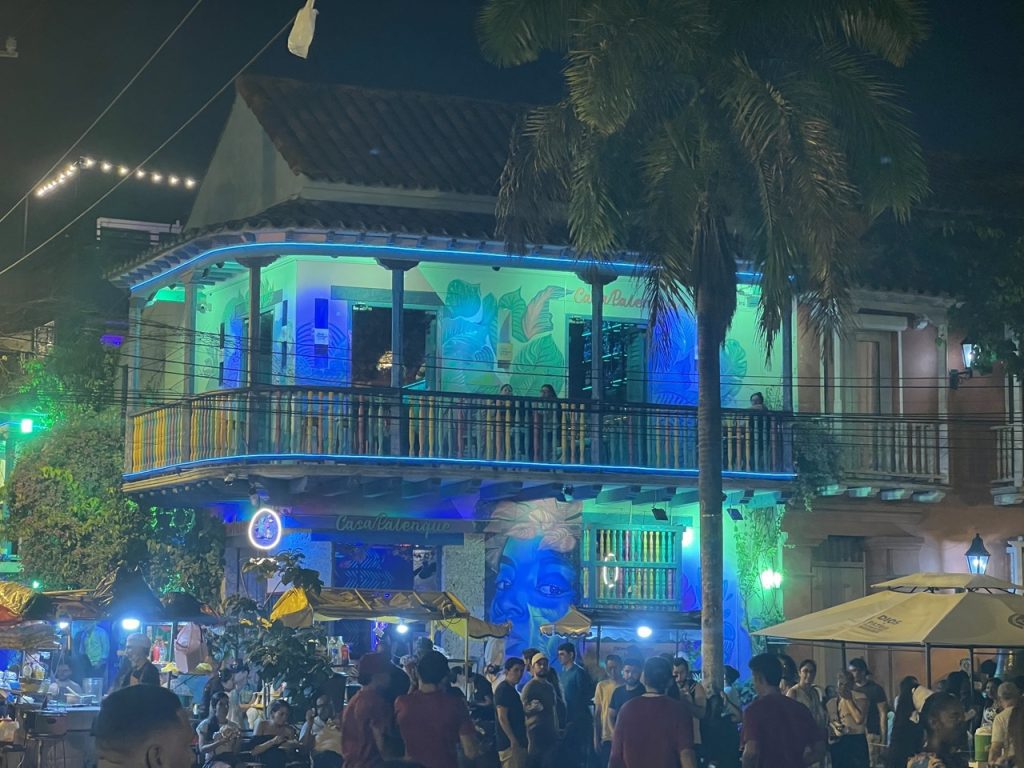
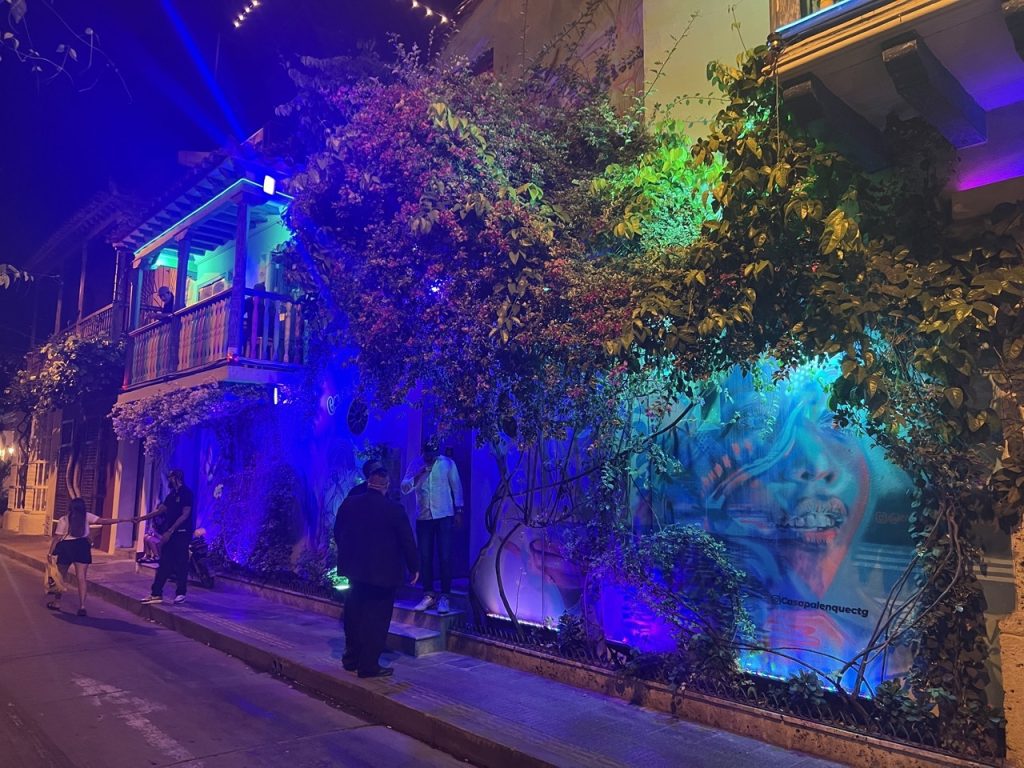
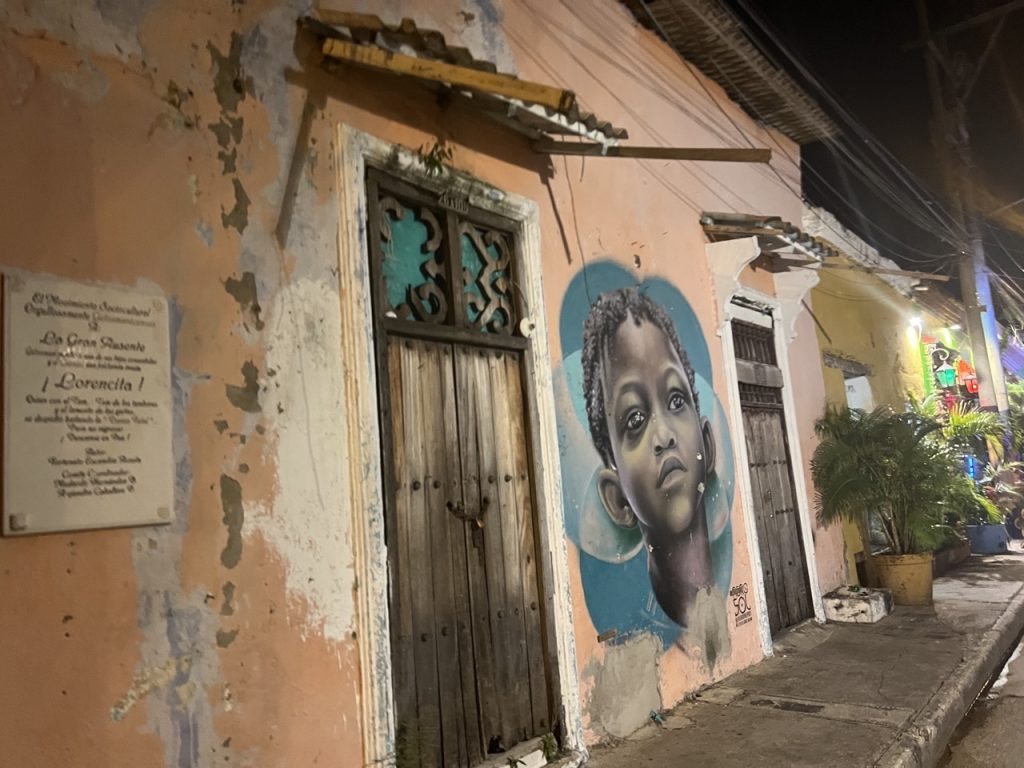
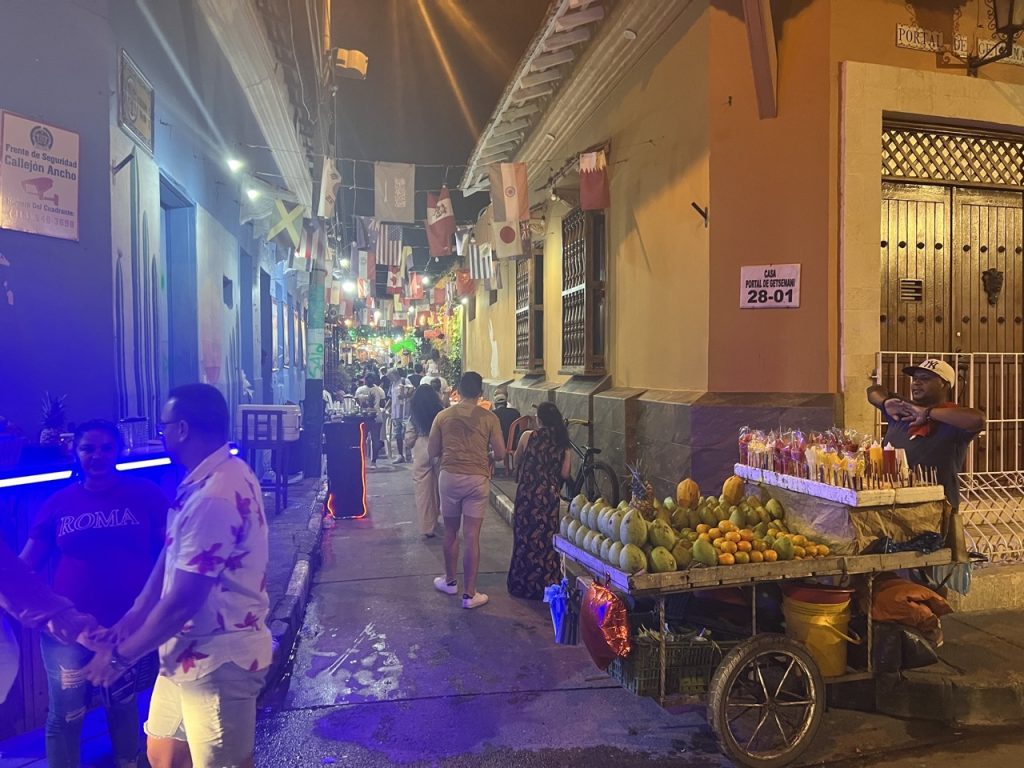
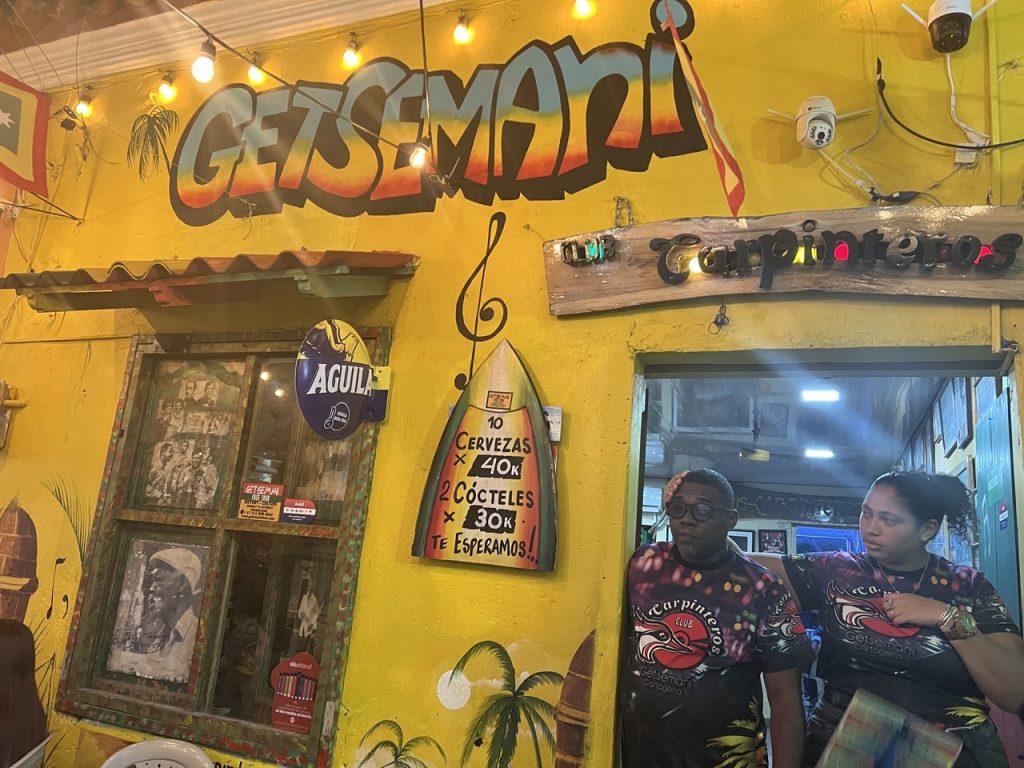
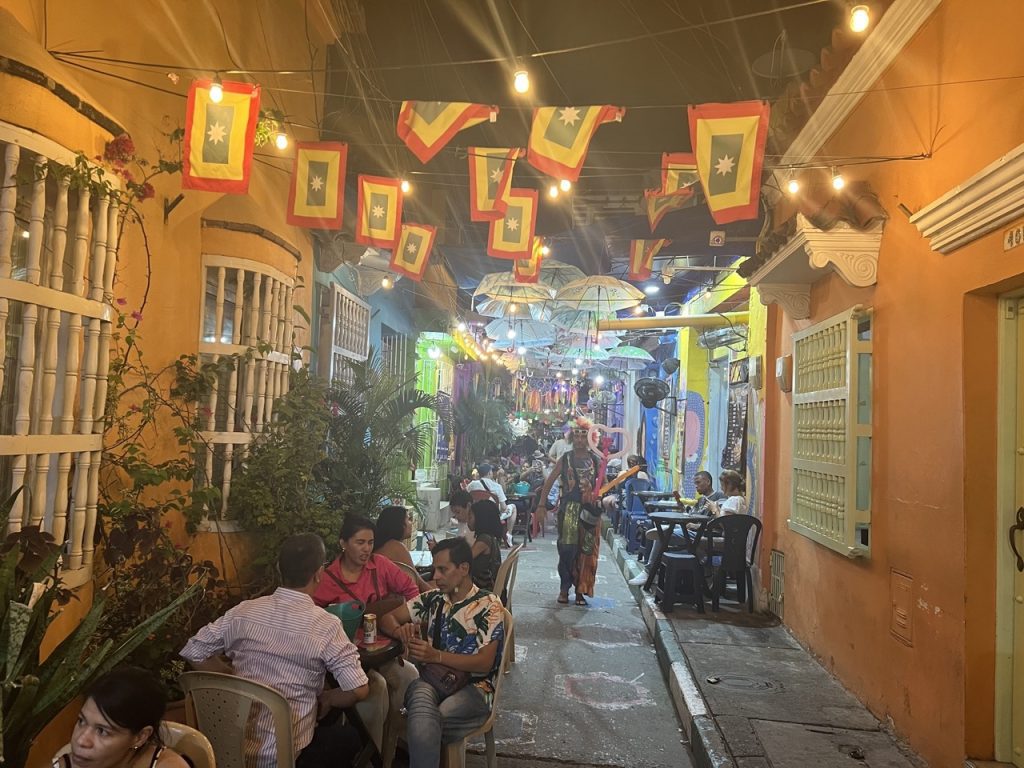
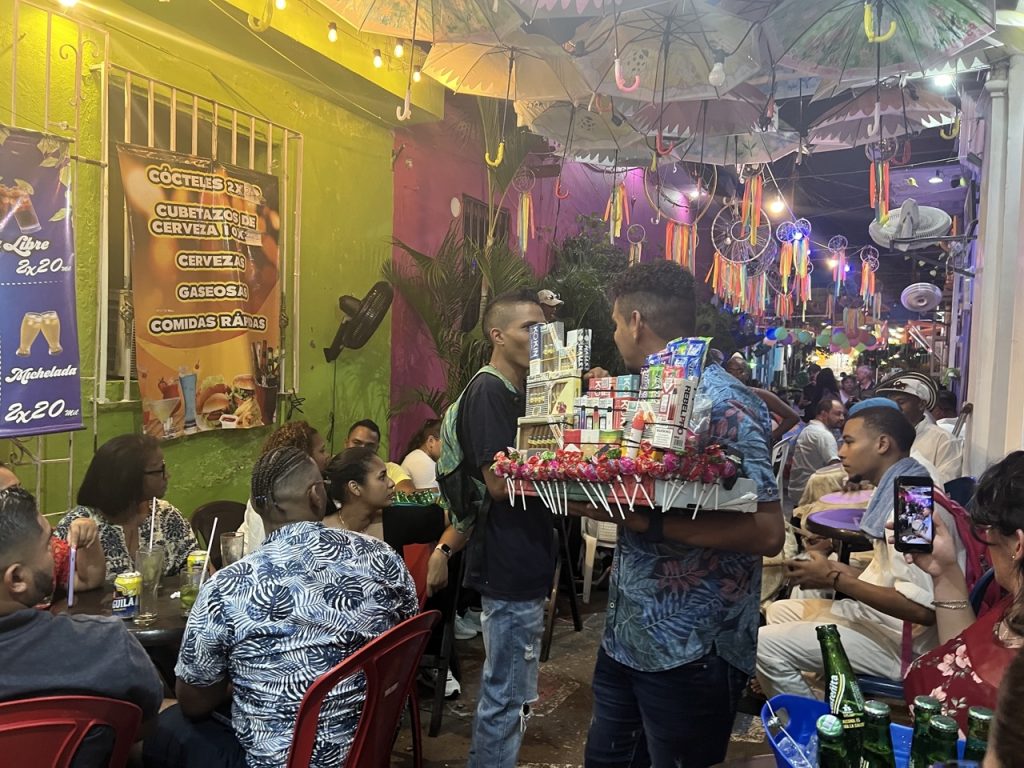
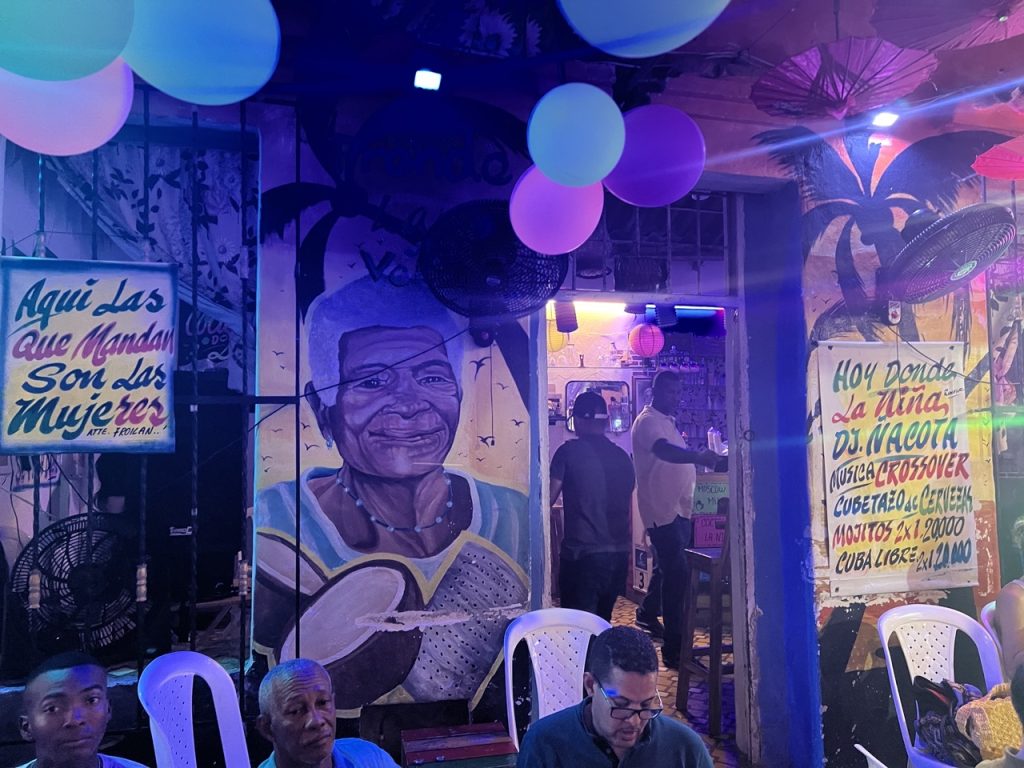
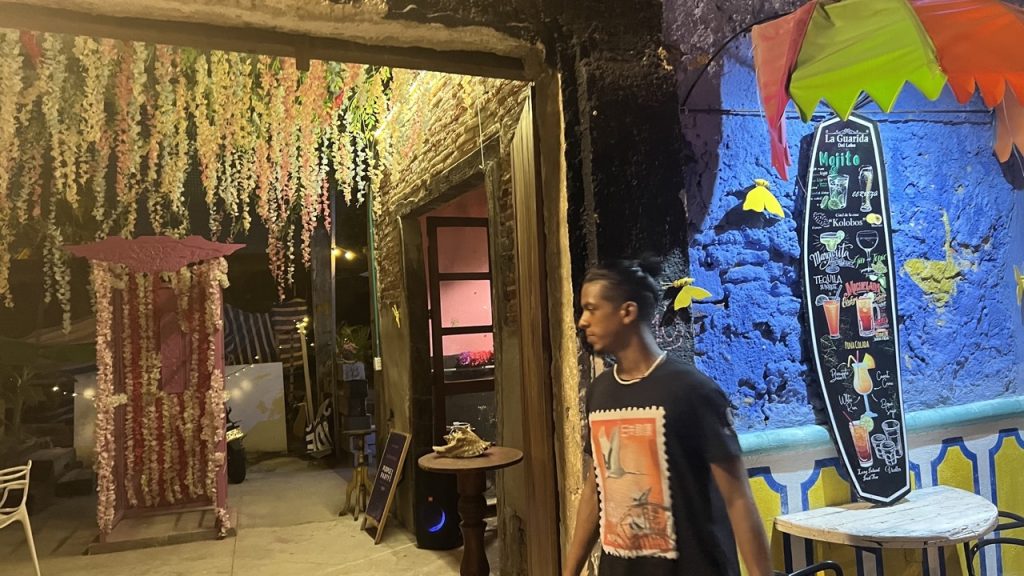
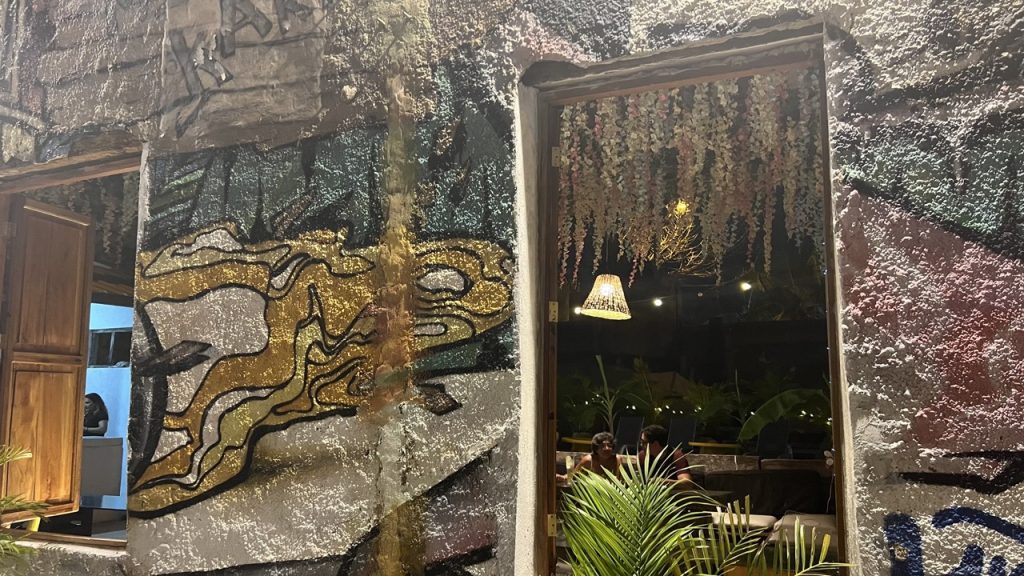
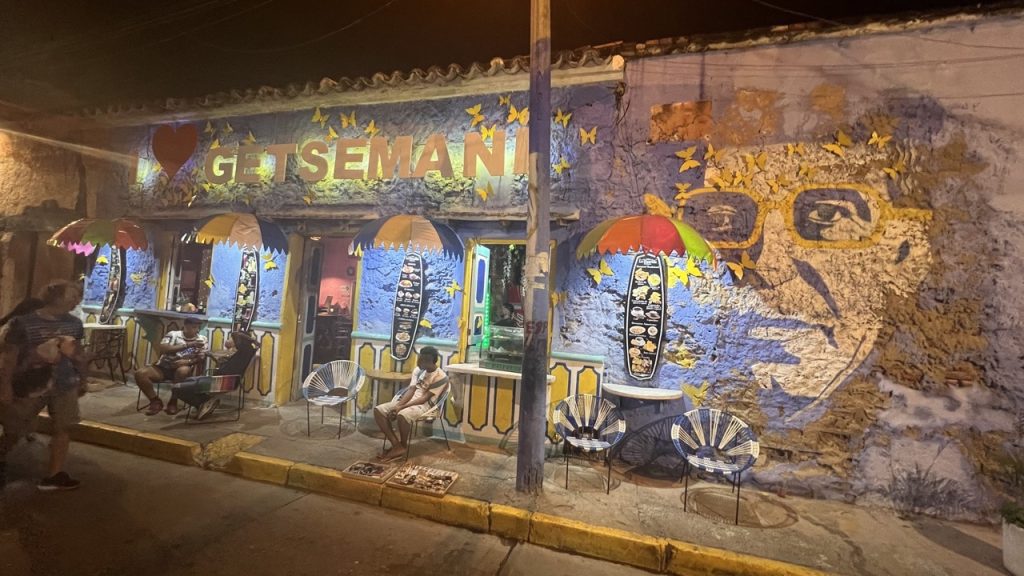
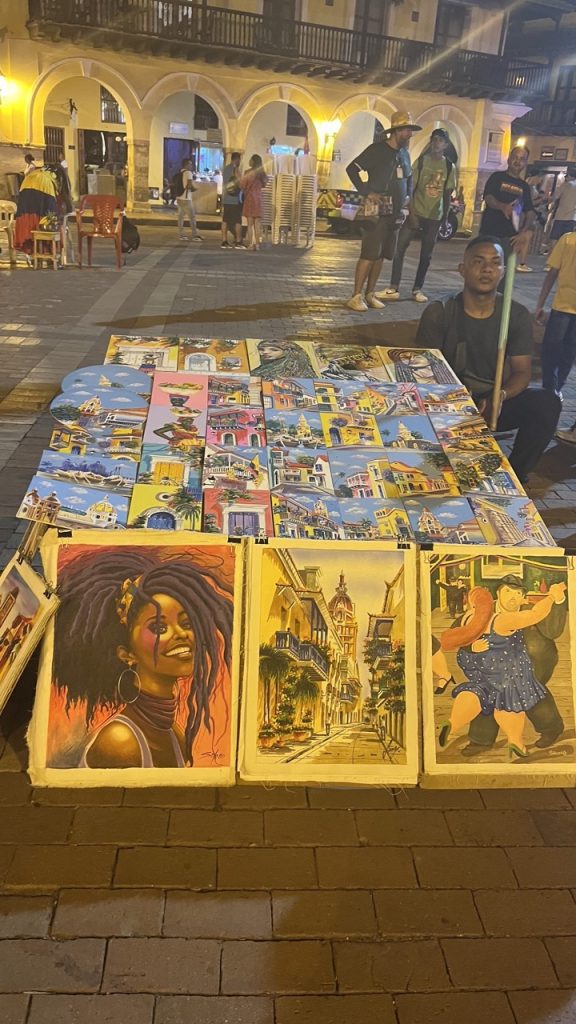
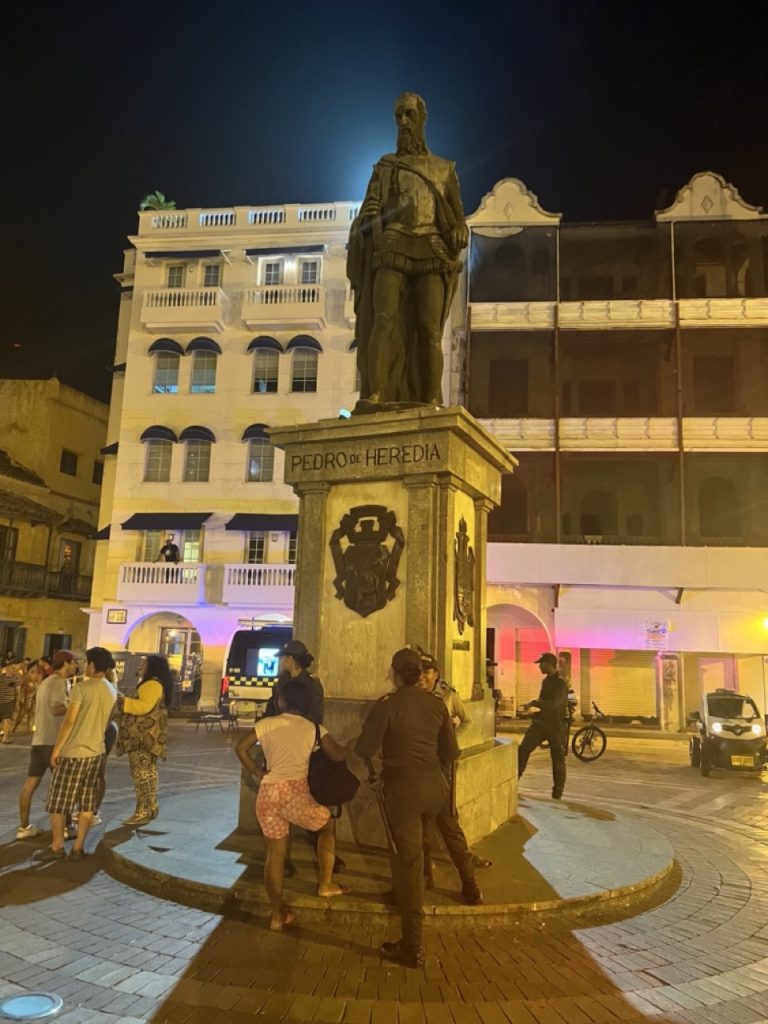
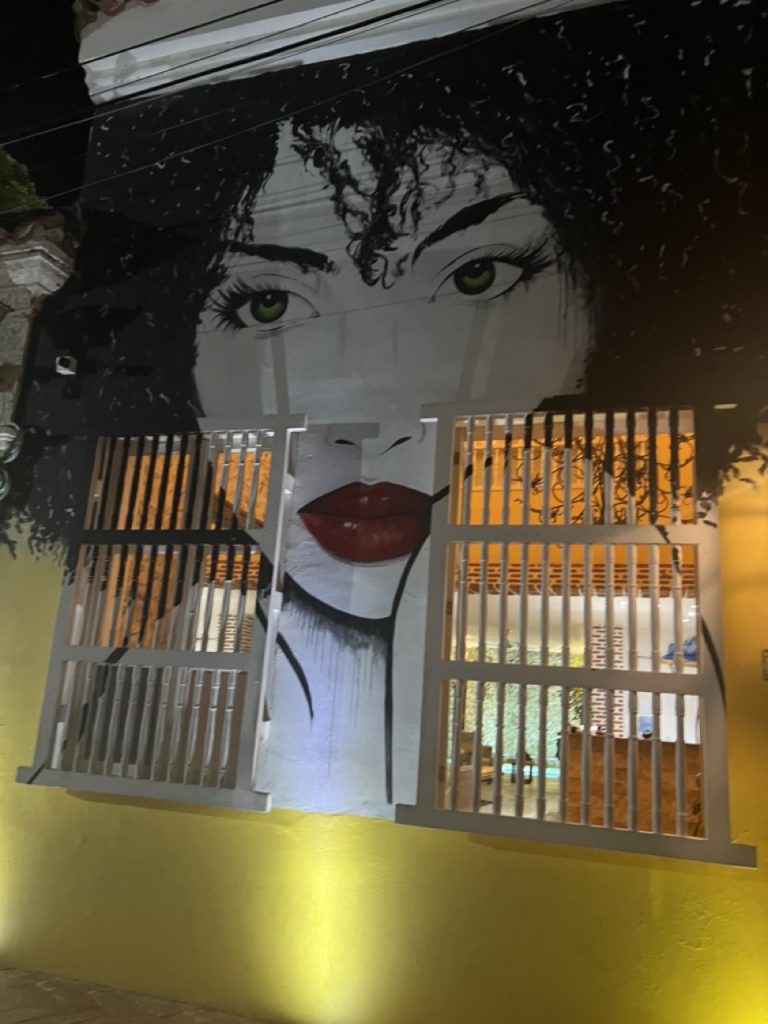
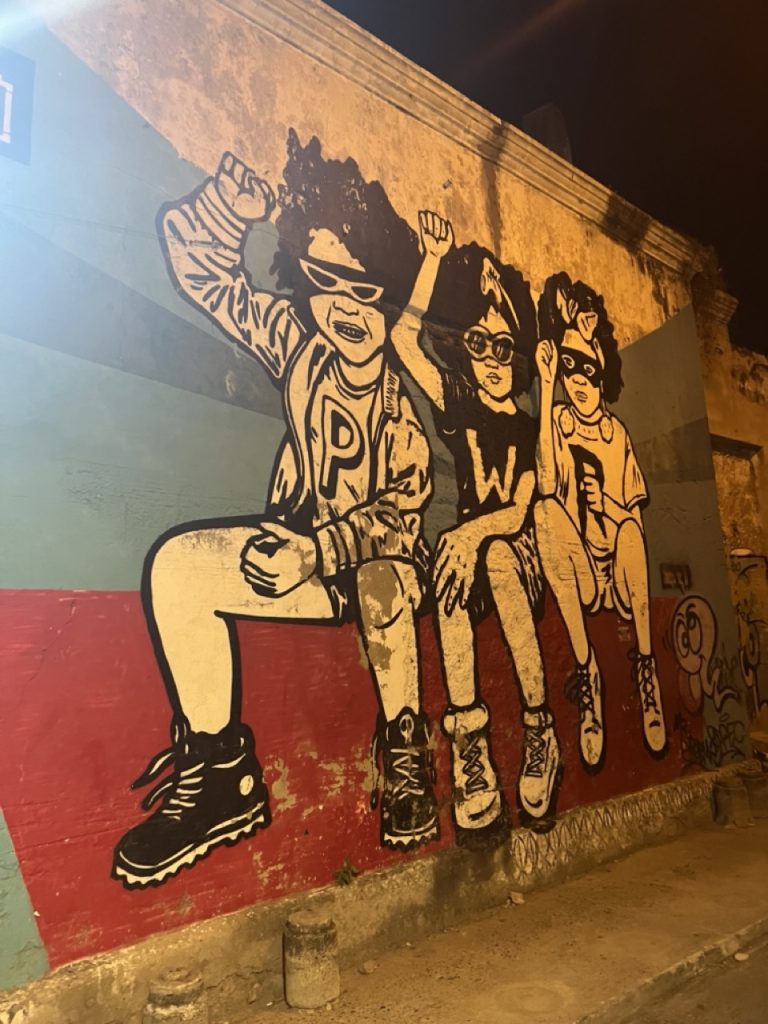
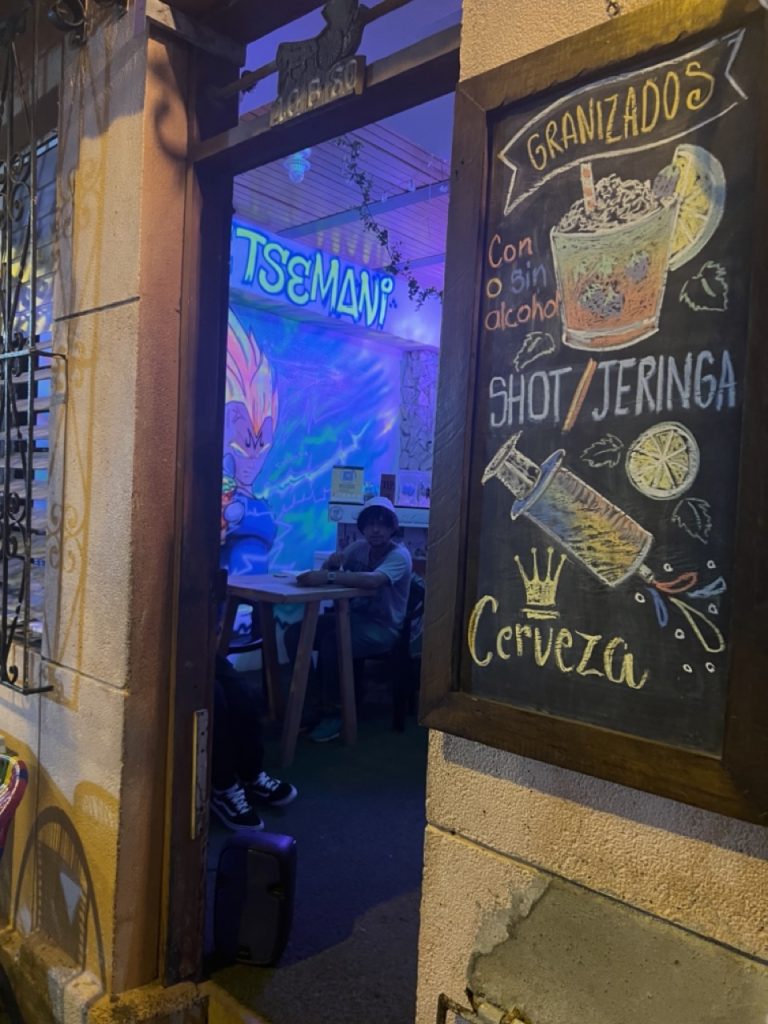
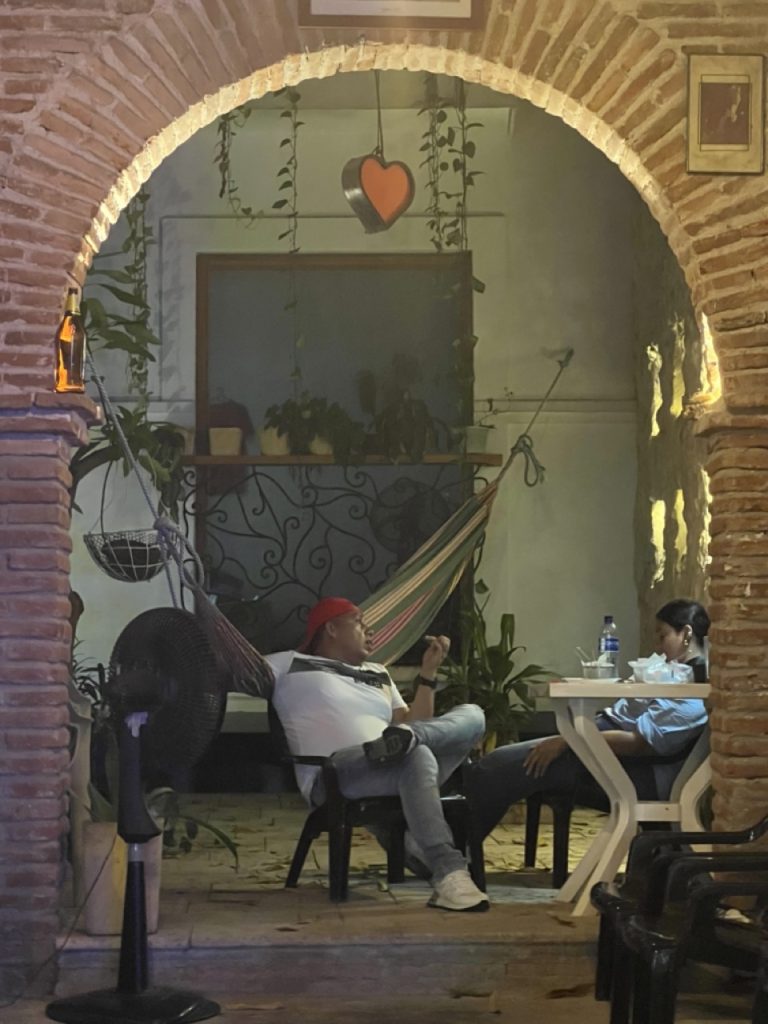
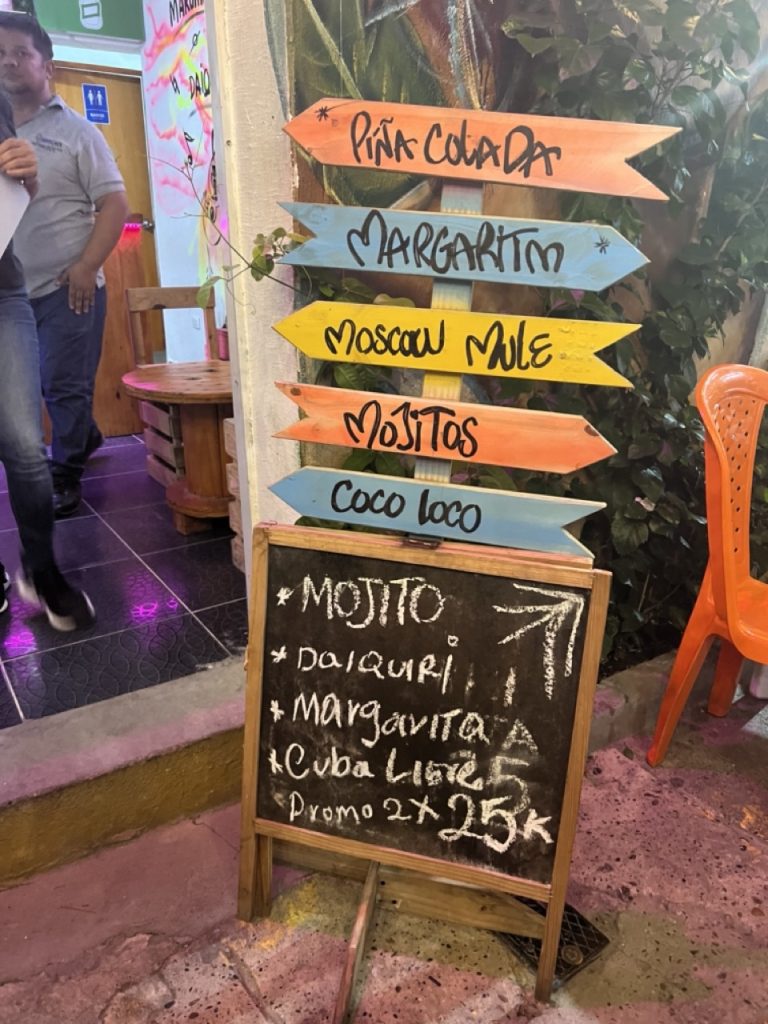
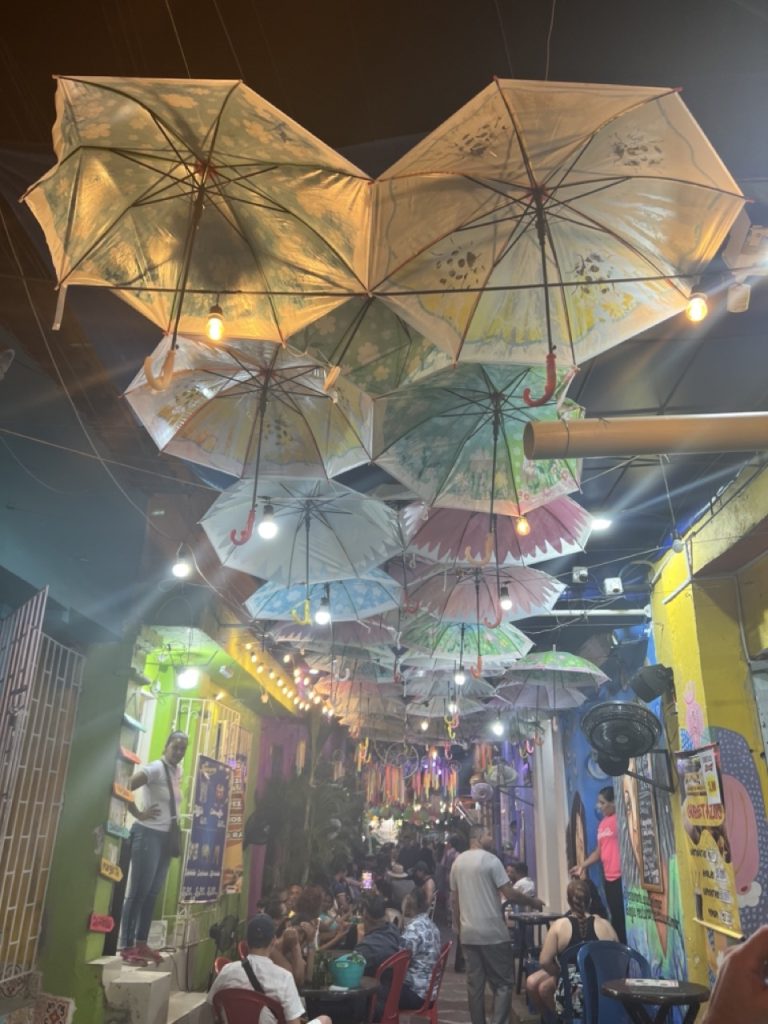
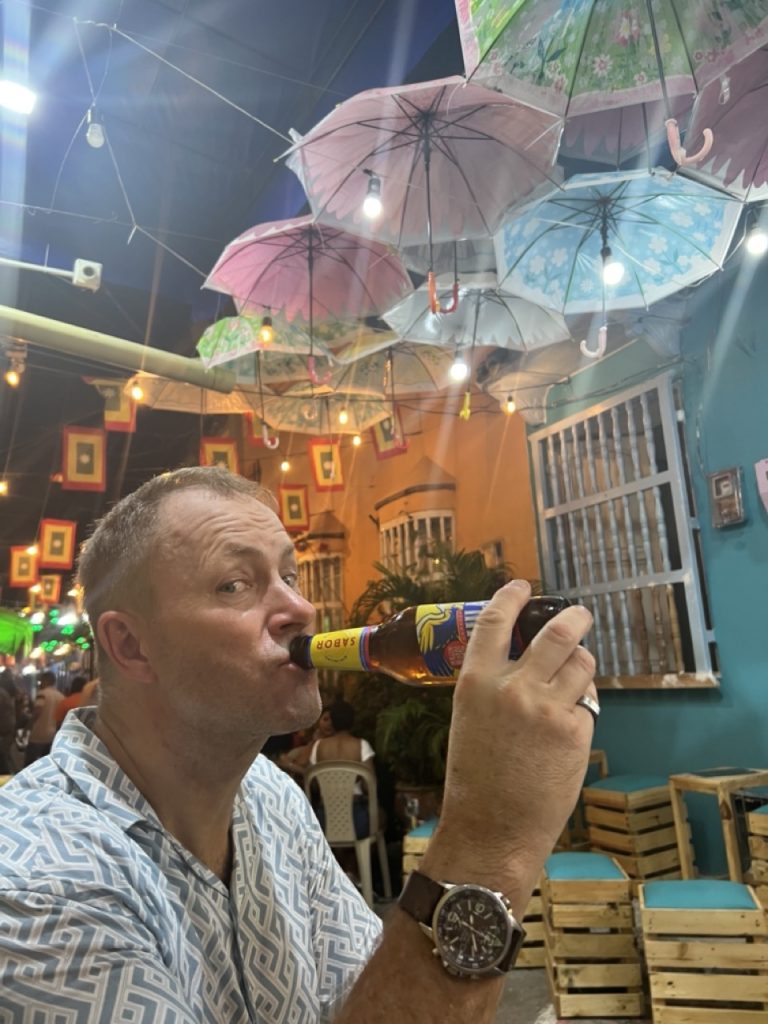
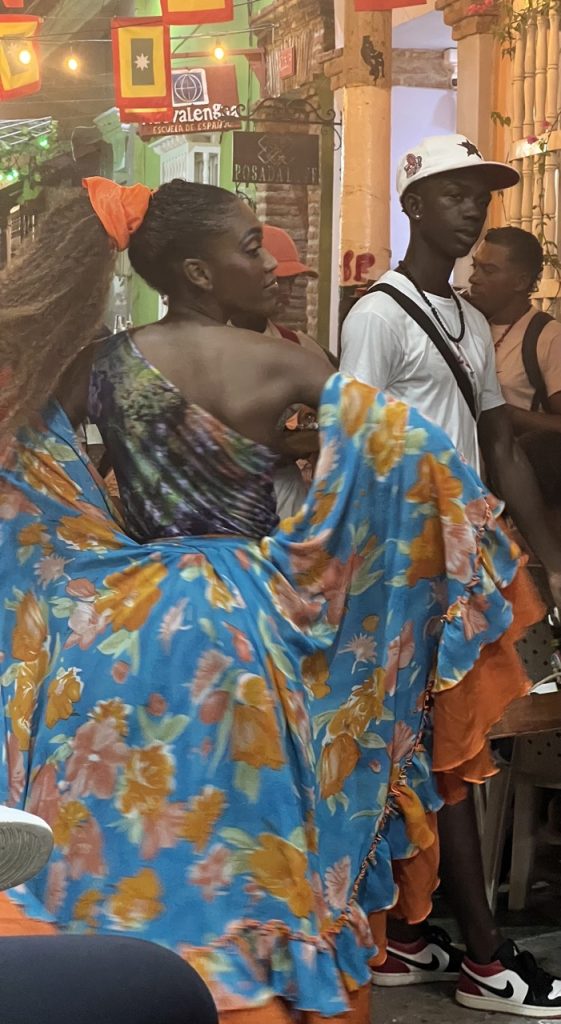
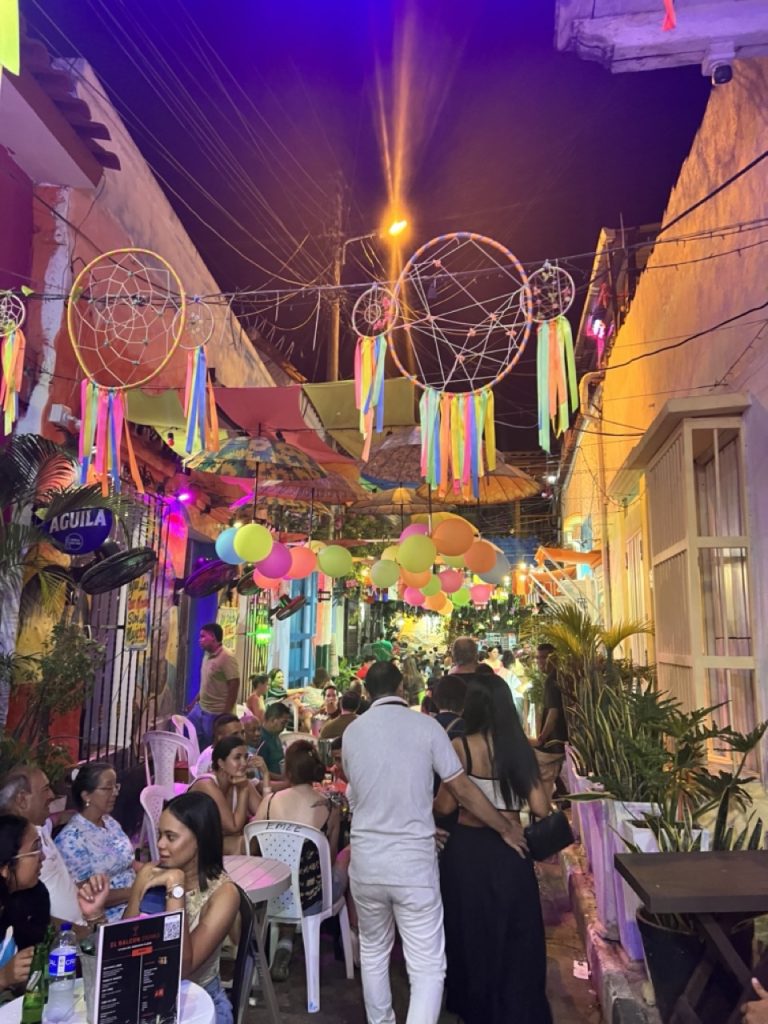
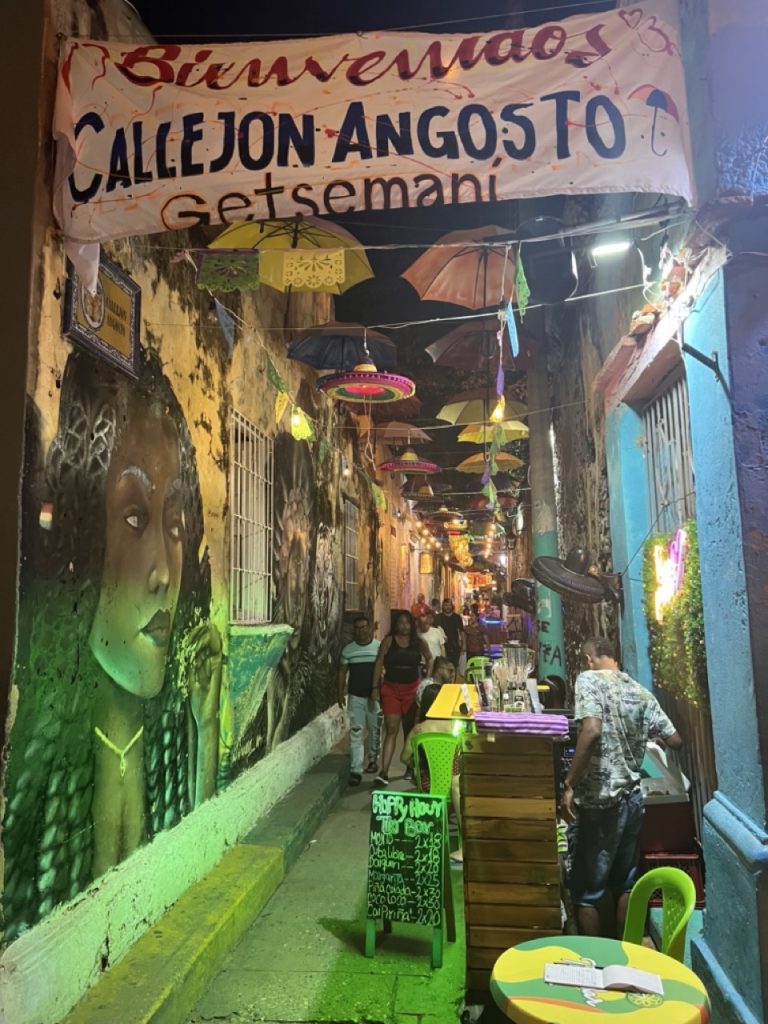
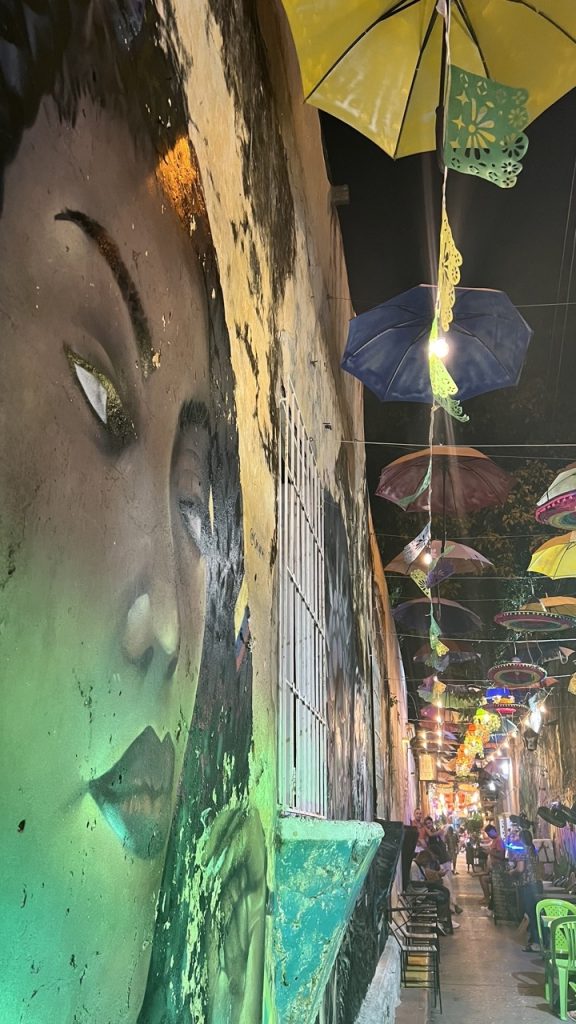
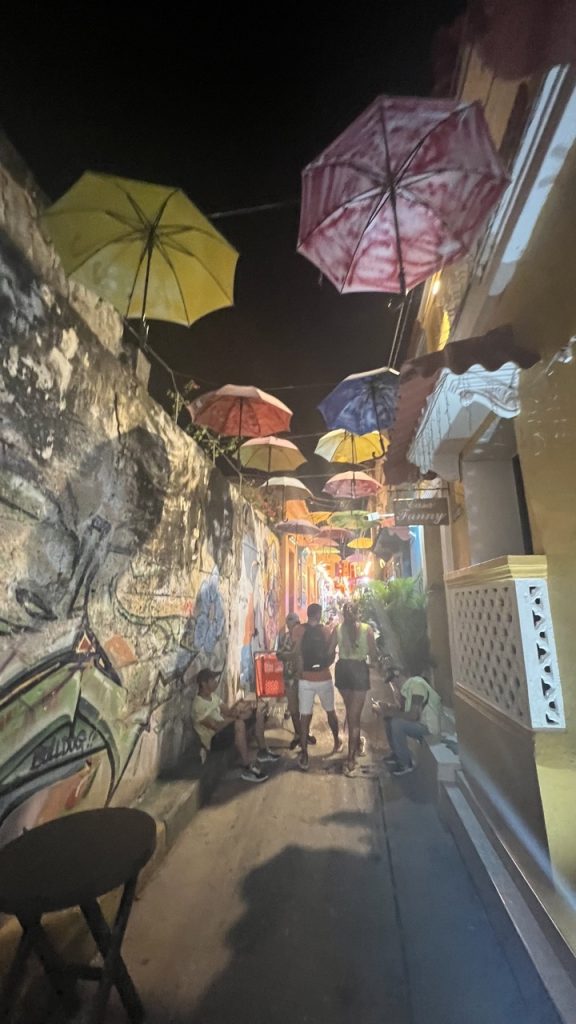
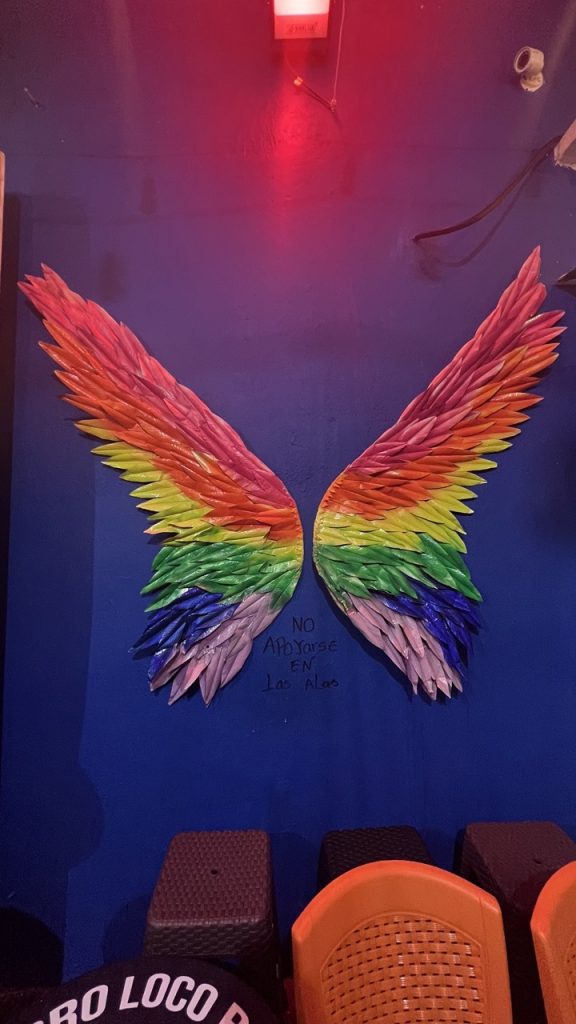
We then headed for our dinner reservation at Cande. With its live dancing and authentic menu, Cande is a restaurant that offers culture, music, and tradition – through cuisine, colonial architecture, and warm service, offering a new way to see (and feel) the city through your five senses. Cande lives and breathes Cartagena! Highly recommended.
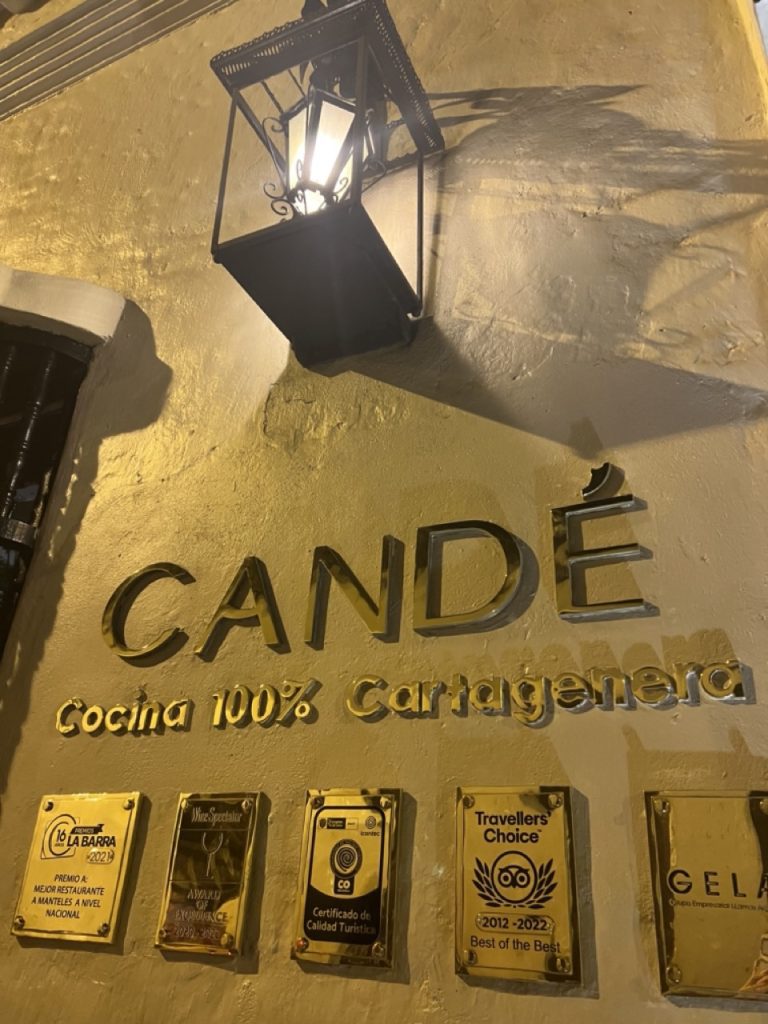
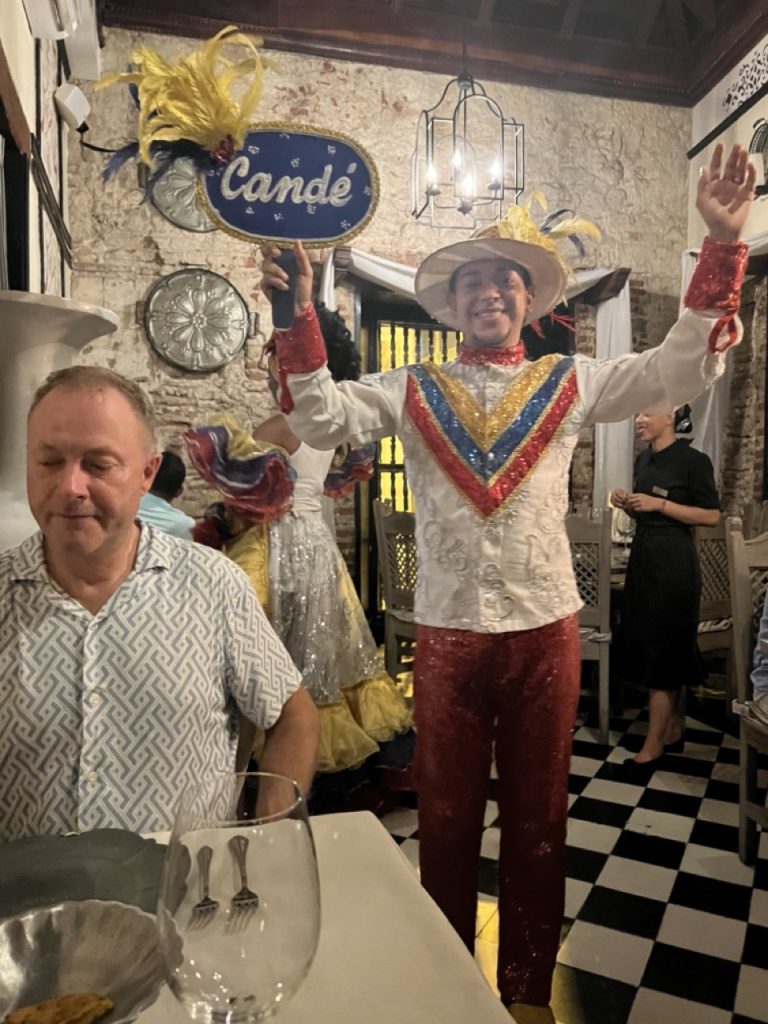
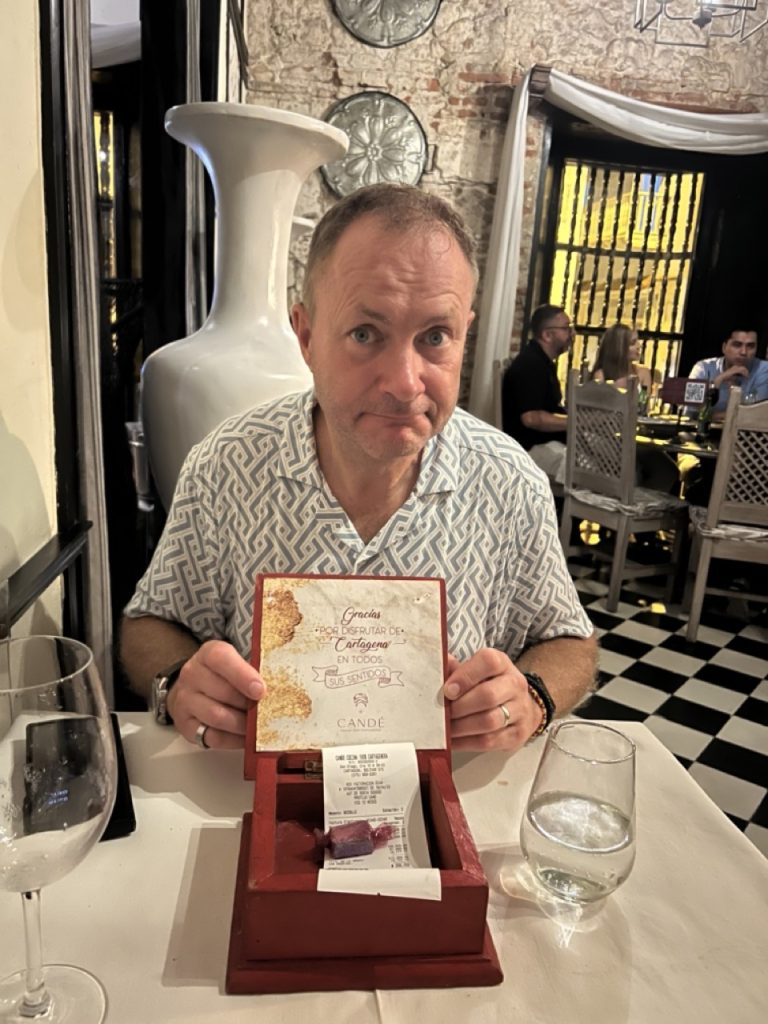
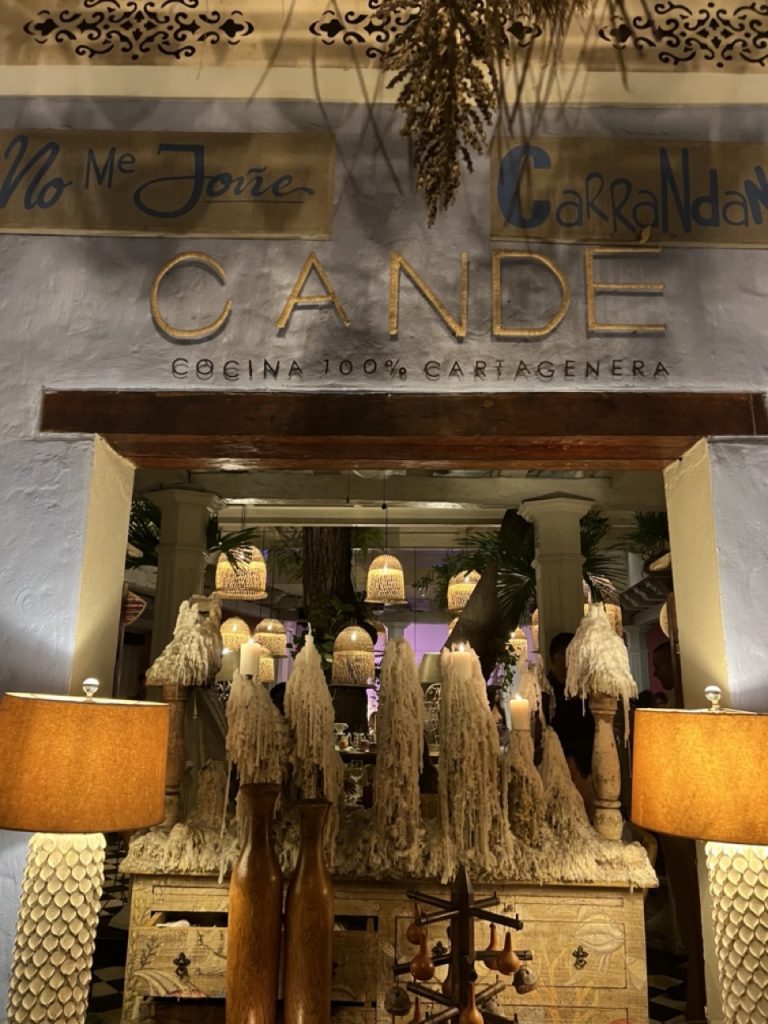
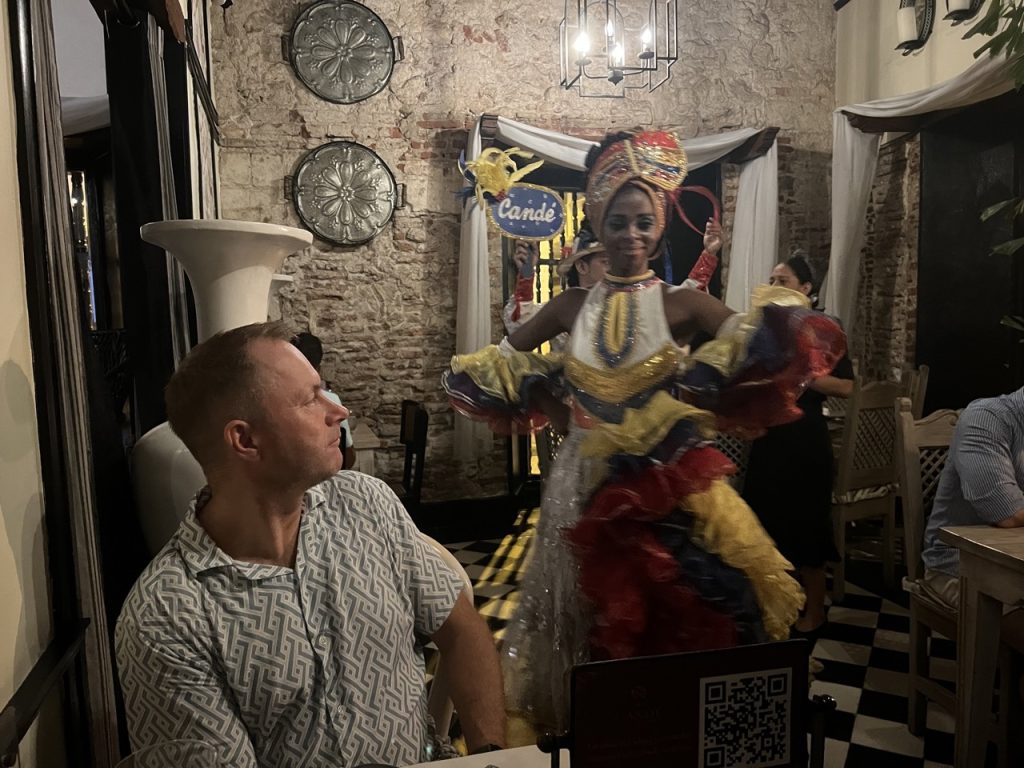
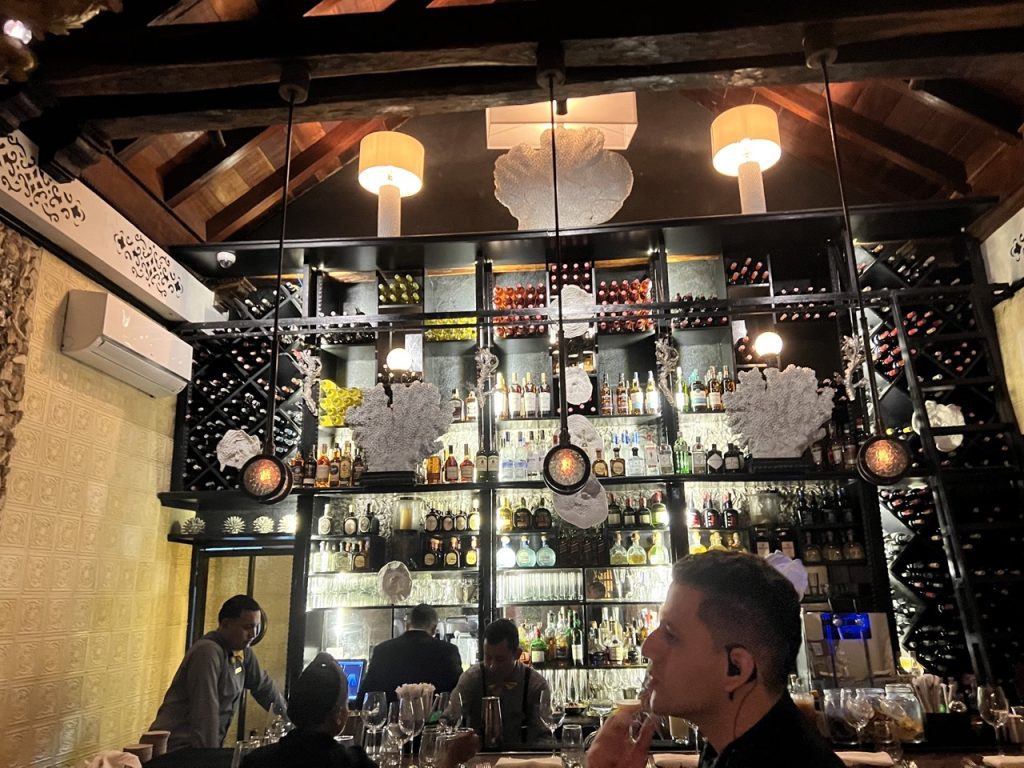
After dinner we headed back to the Hilton where we met up with the wedding party at the Bar – Paul was too tired and went straight to bed but I had a few drinks with them. The next morning we were up at 7am and out the door straight to Getsemani for breakfast.
It is such a contrast to the night life – so peaceful watching the locals preparing for another busy day…
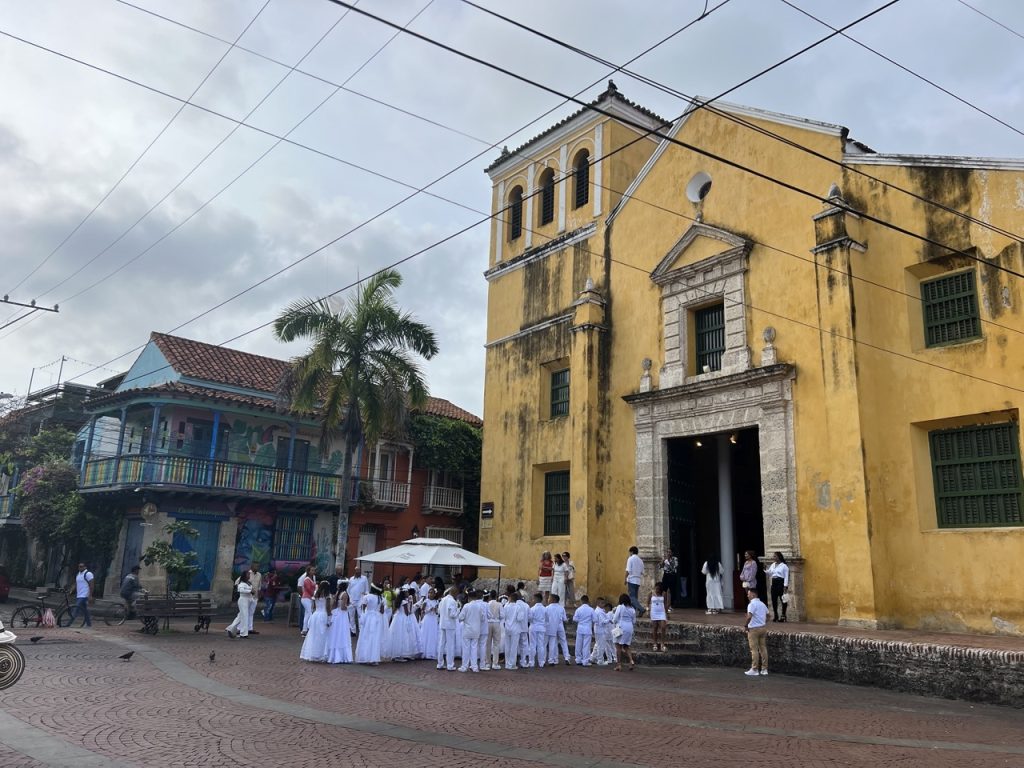
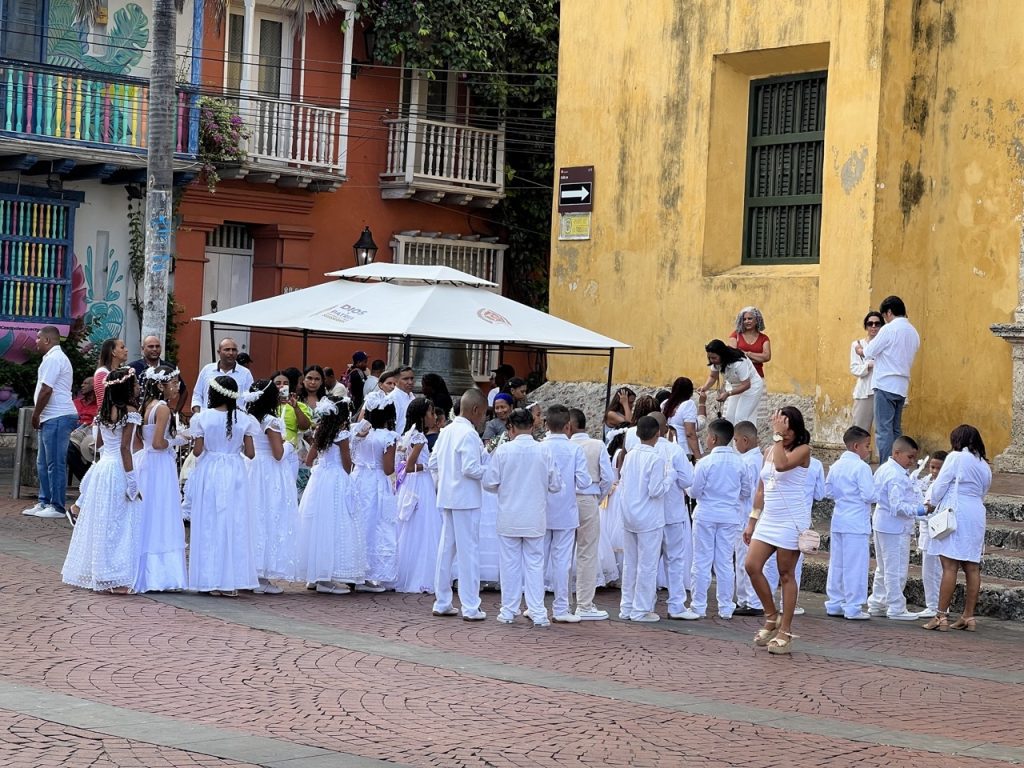
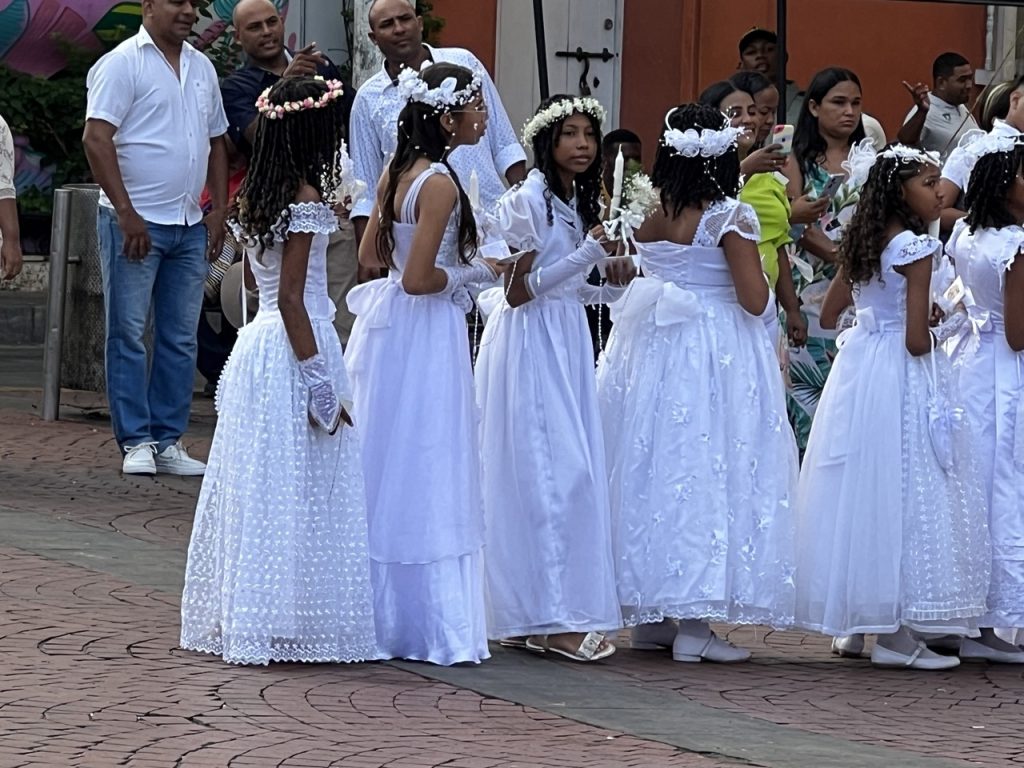
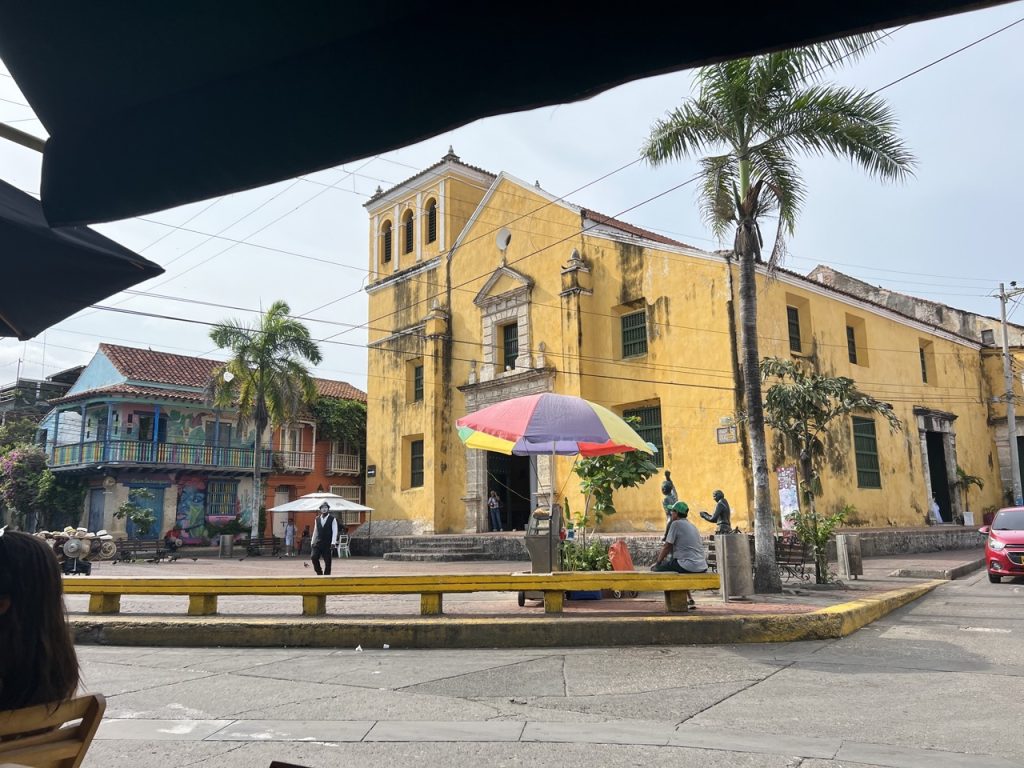
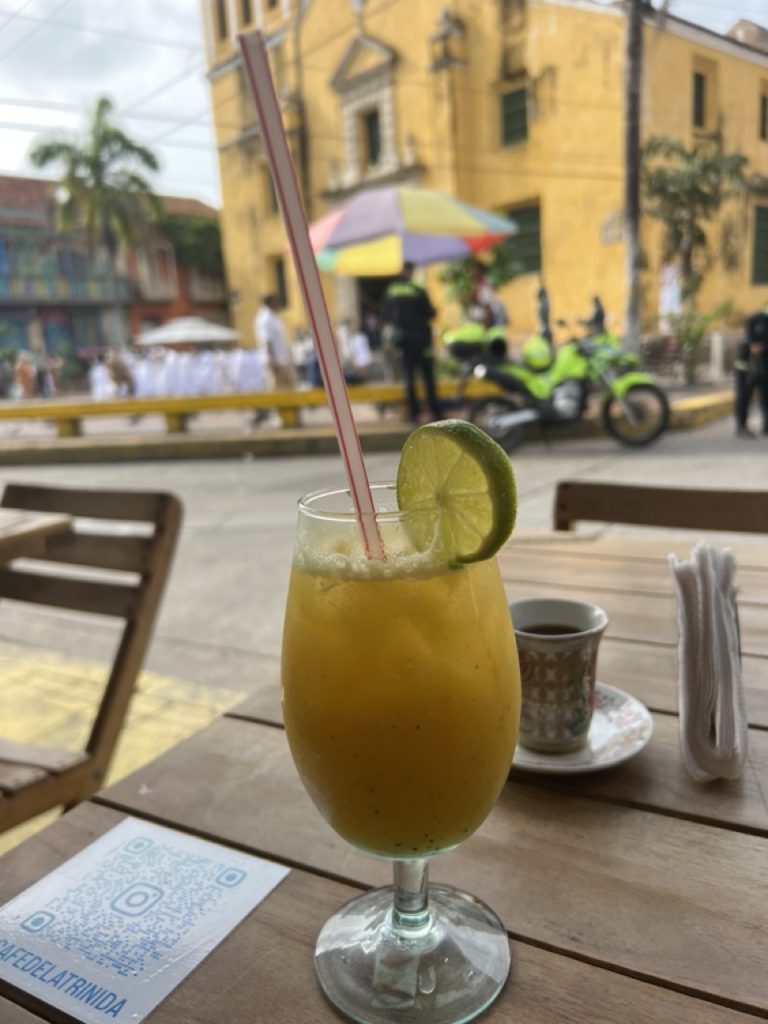
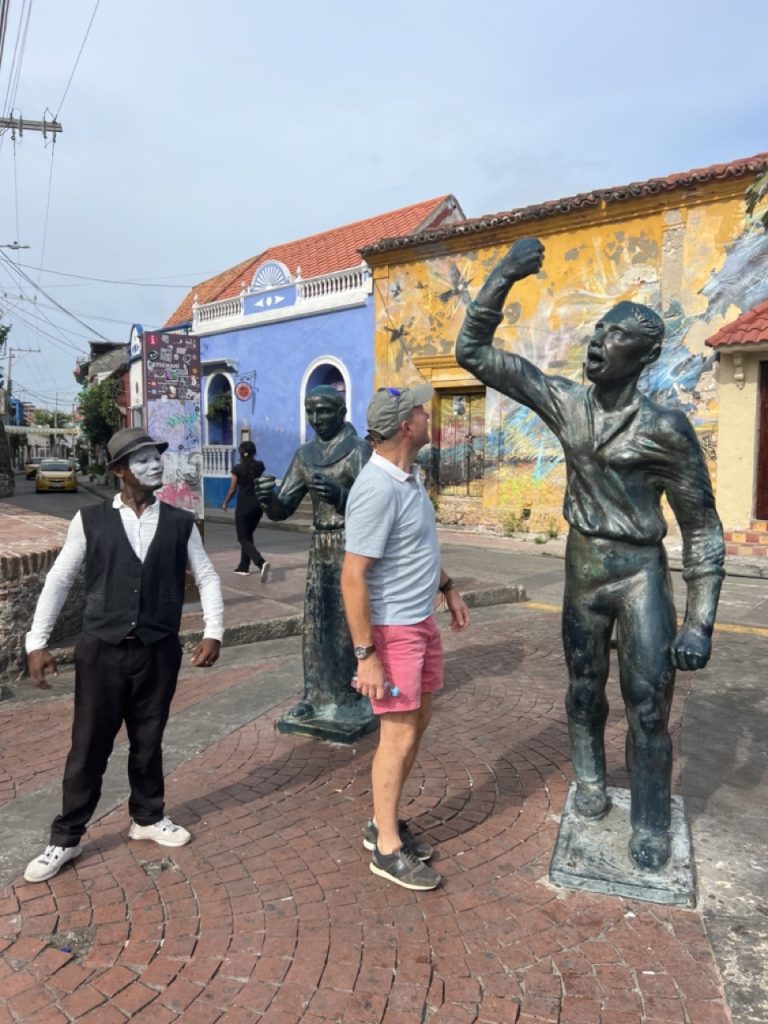
A completely different feel during the day but just as colourful!
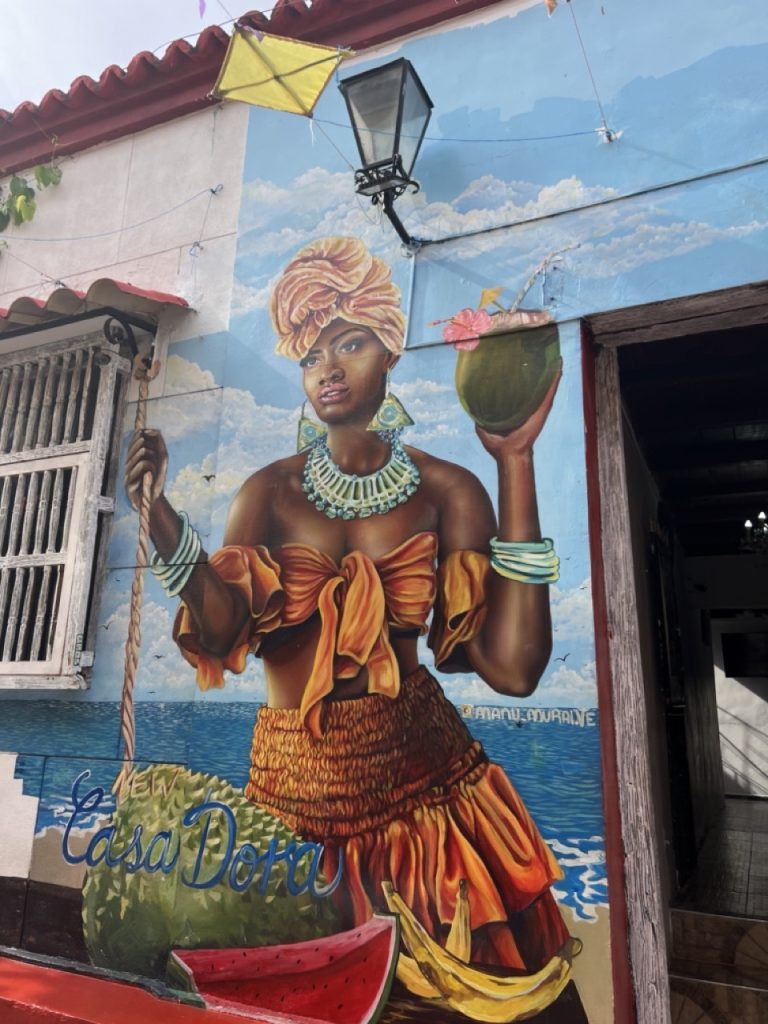
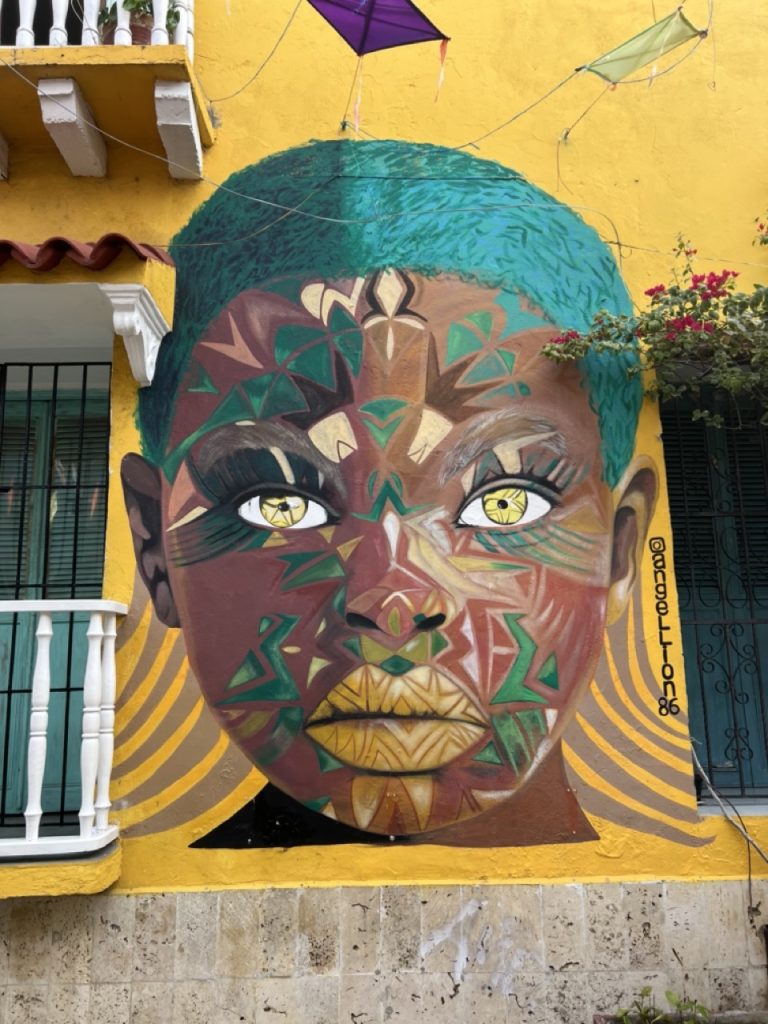
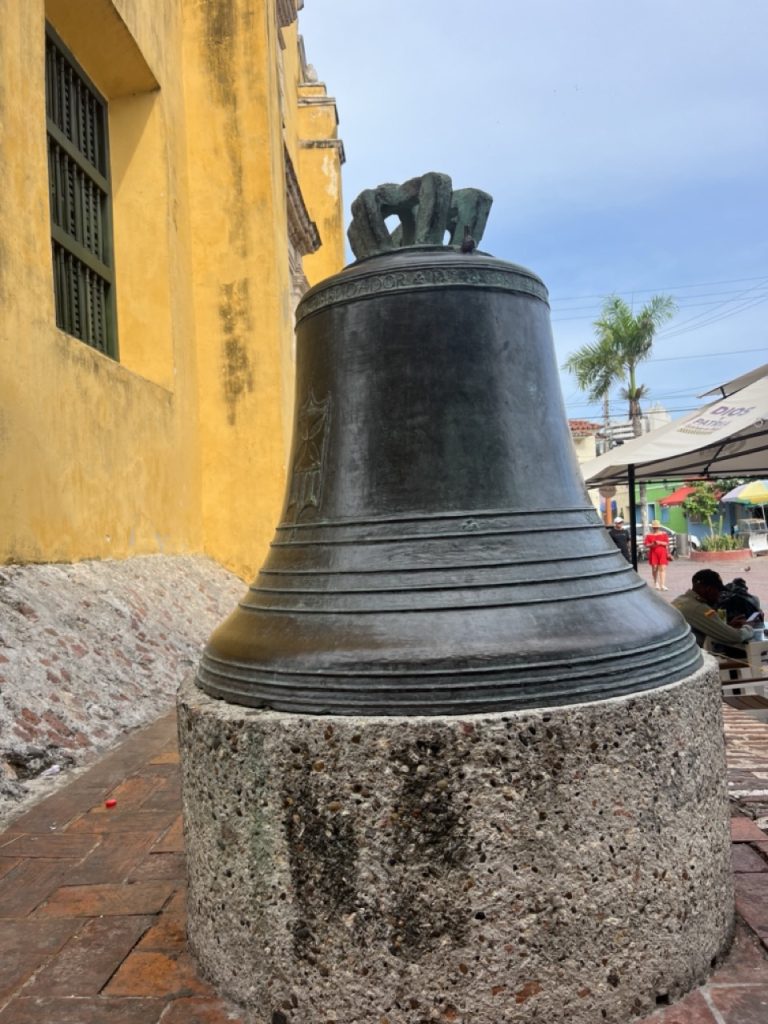
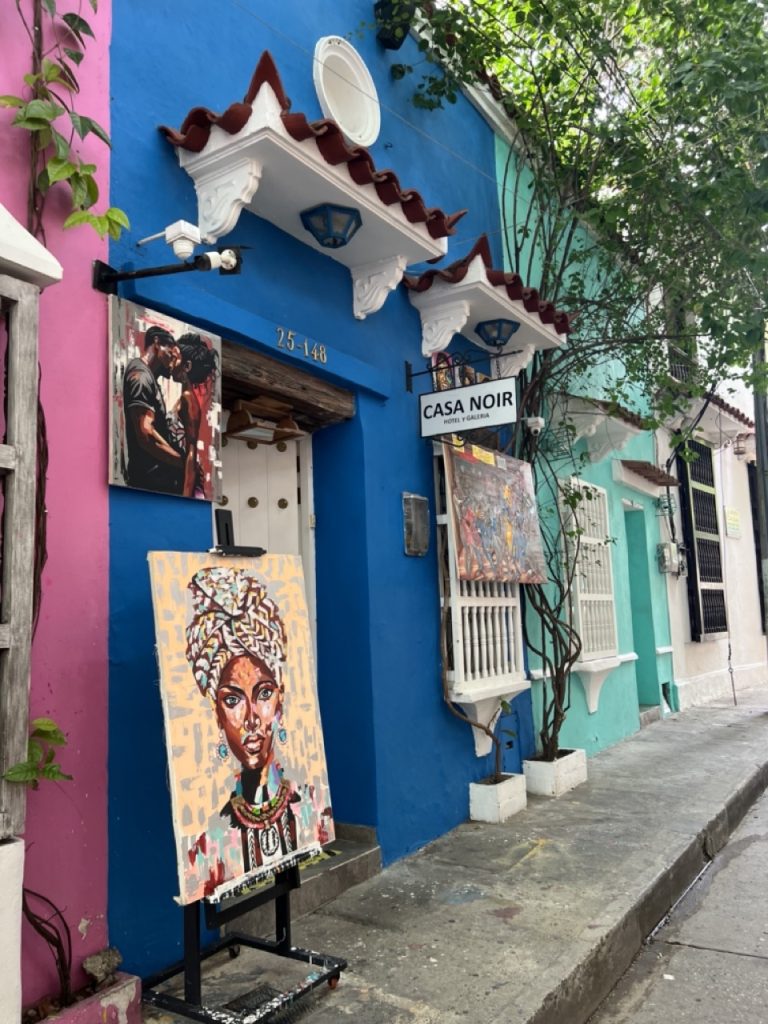
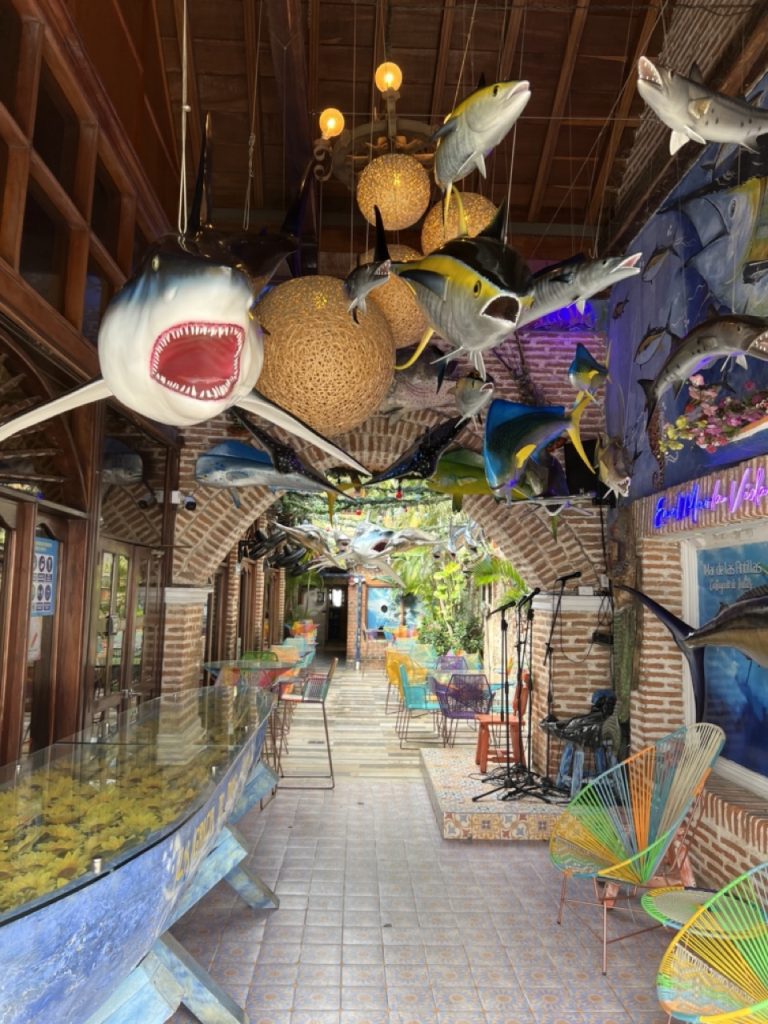
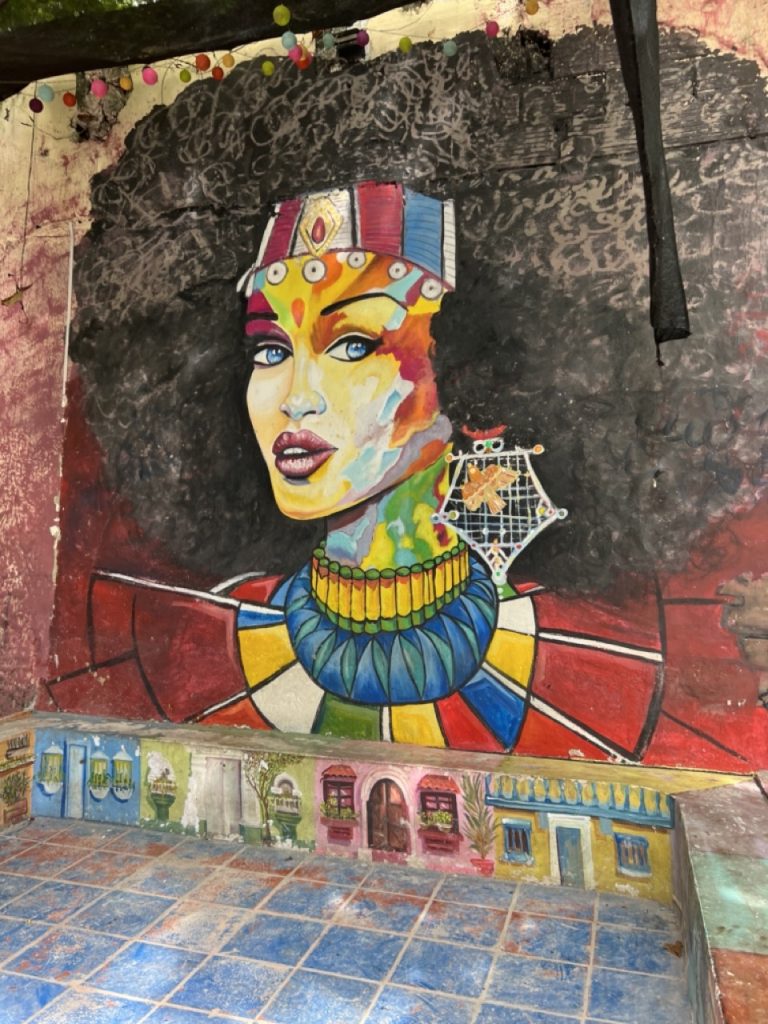
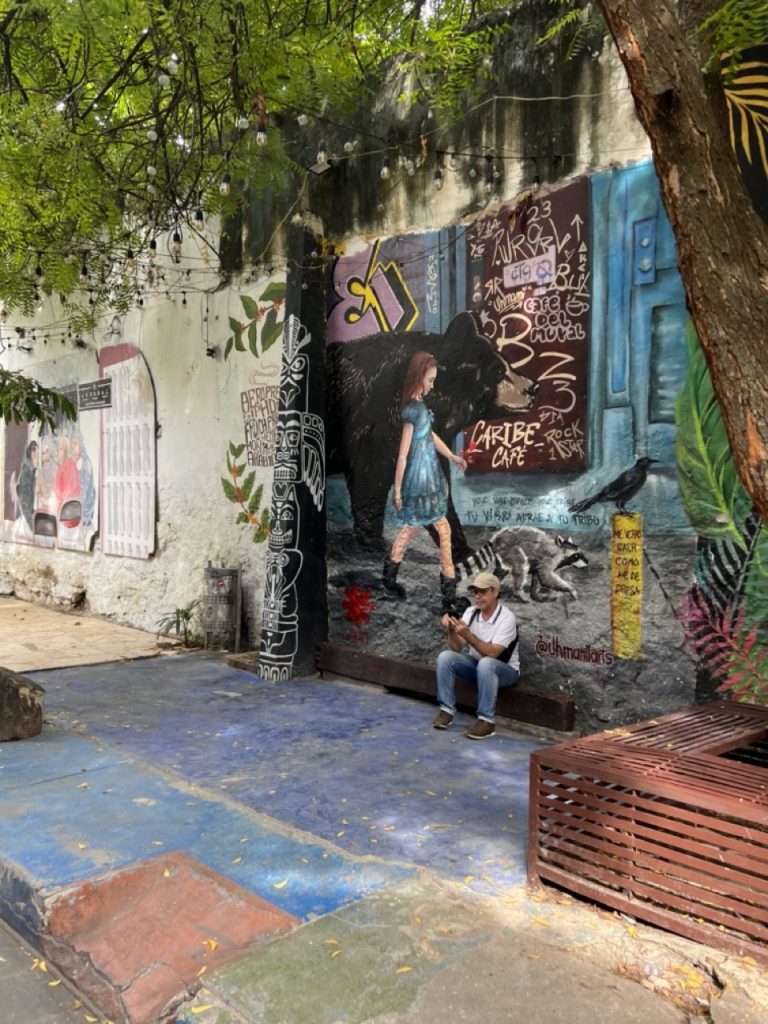
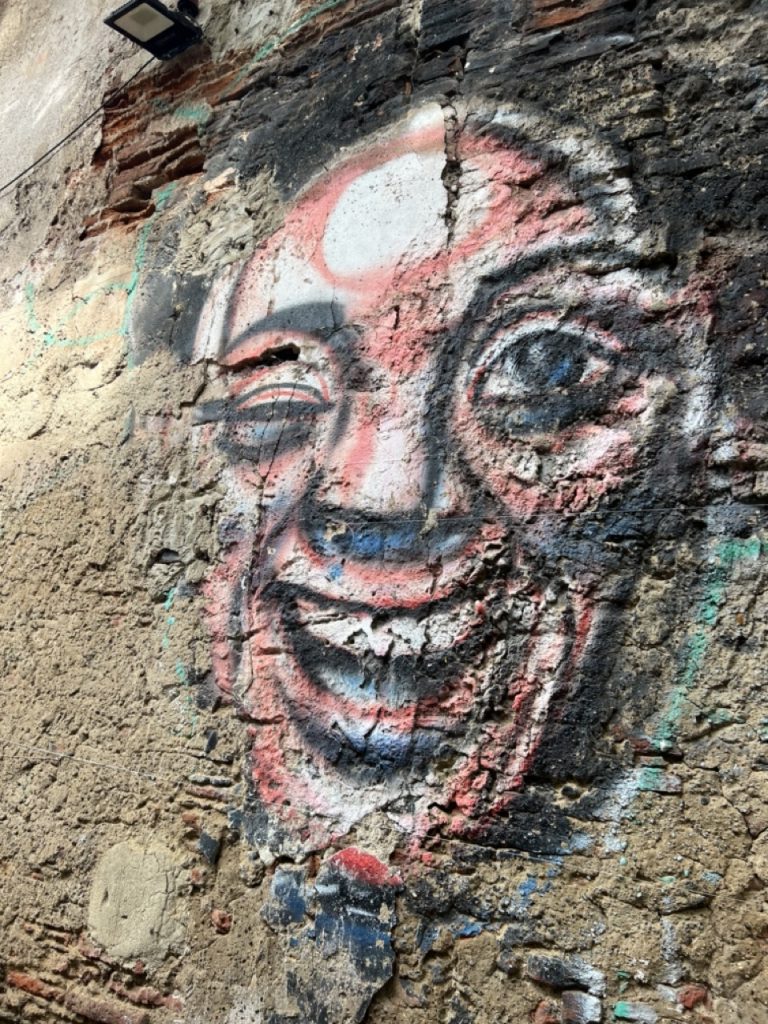
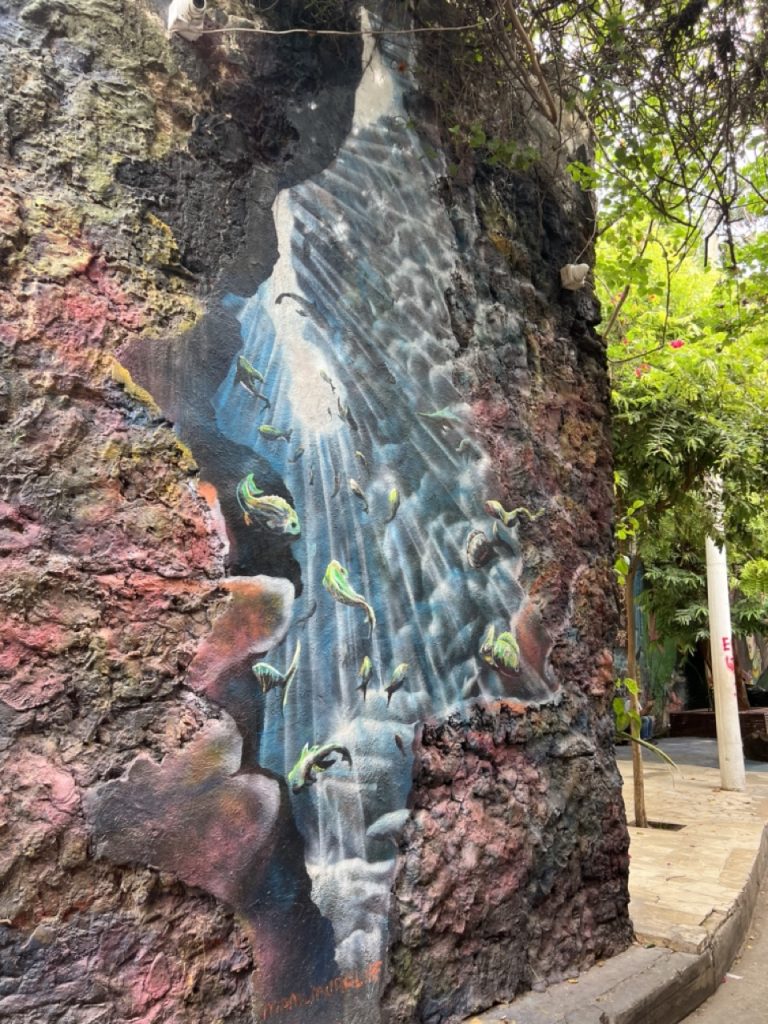
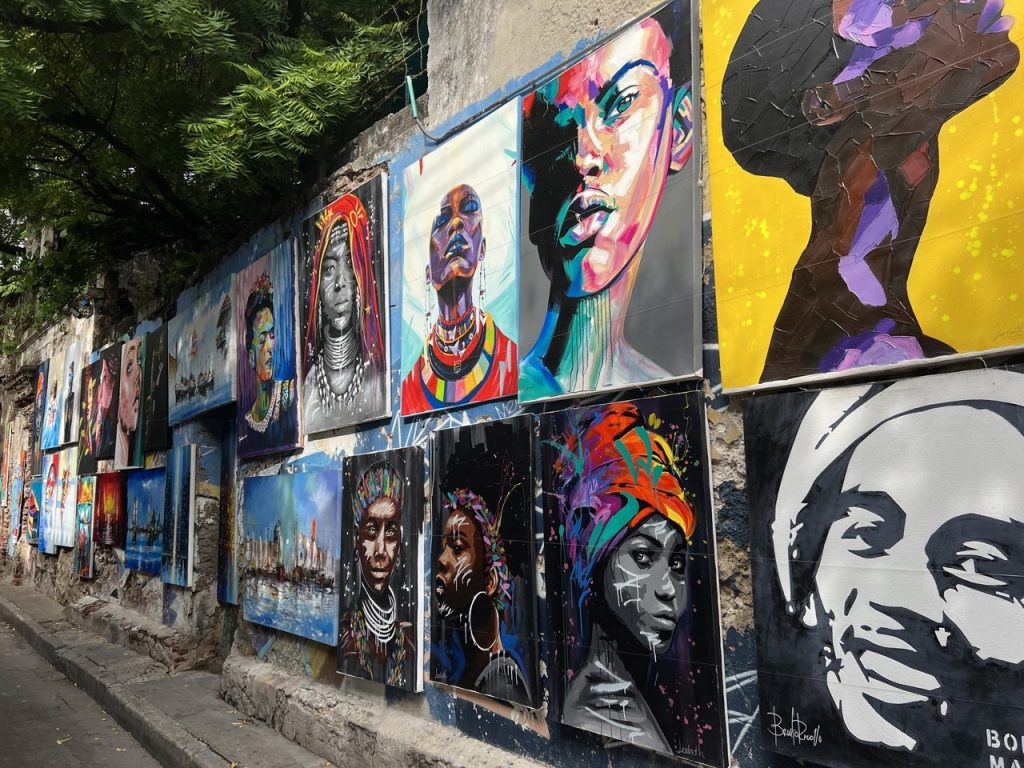
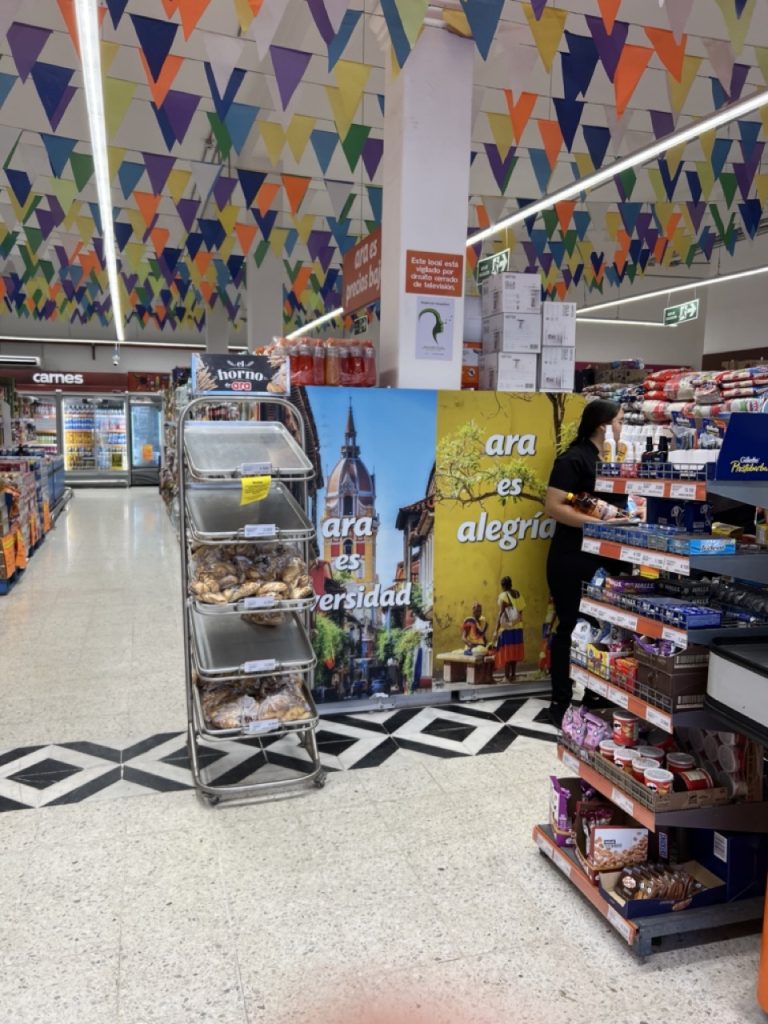
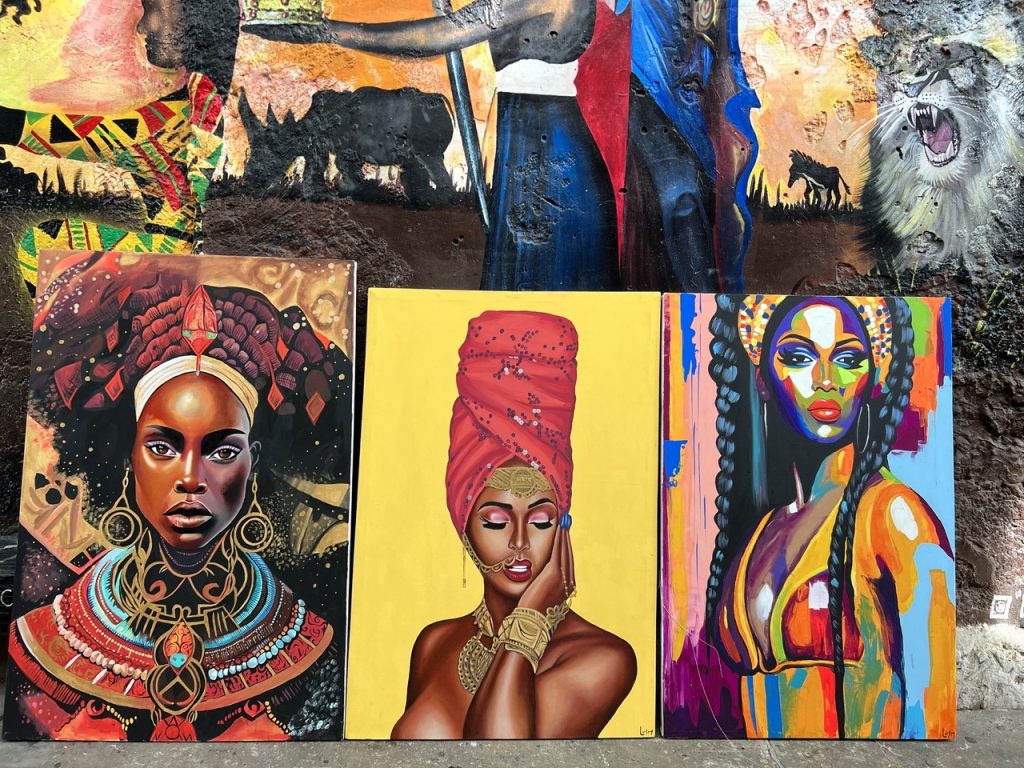
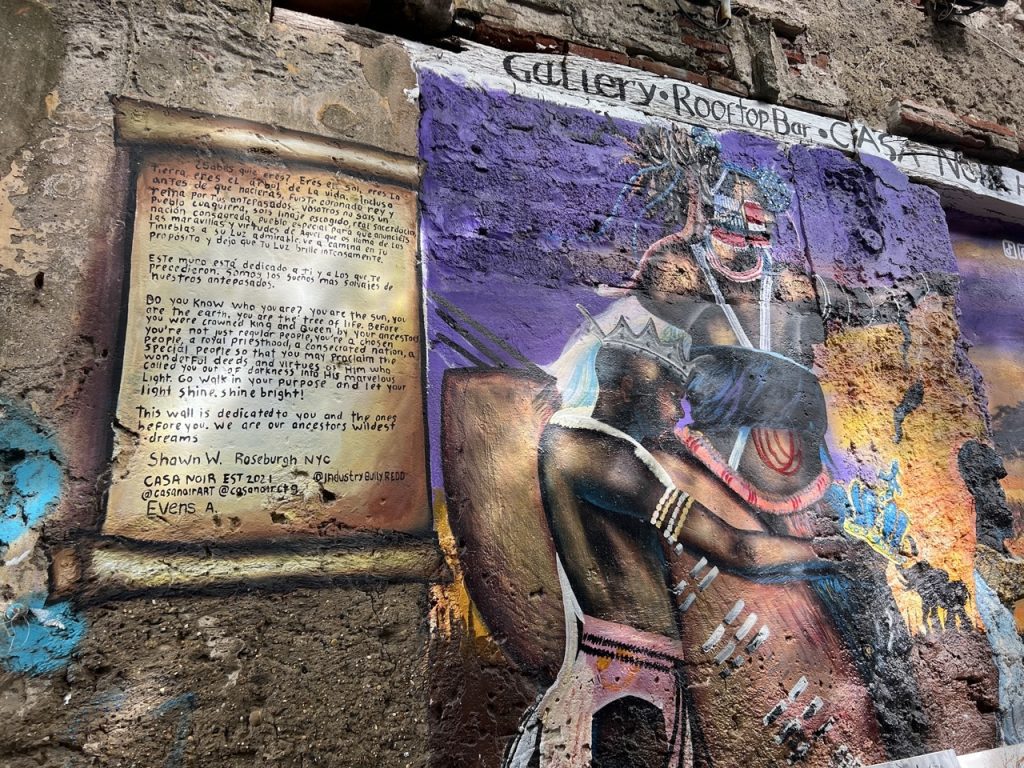
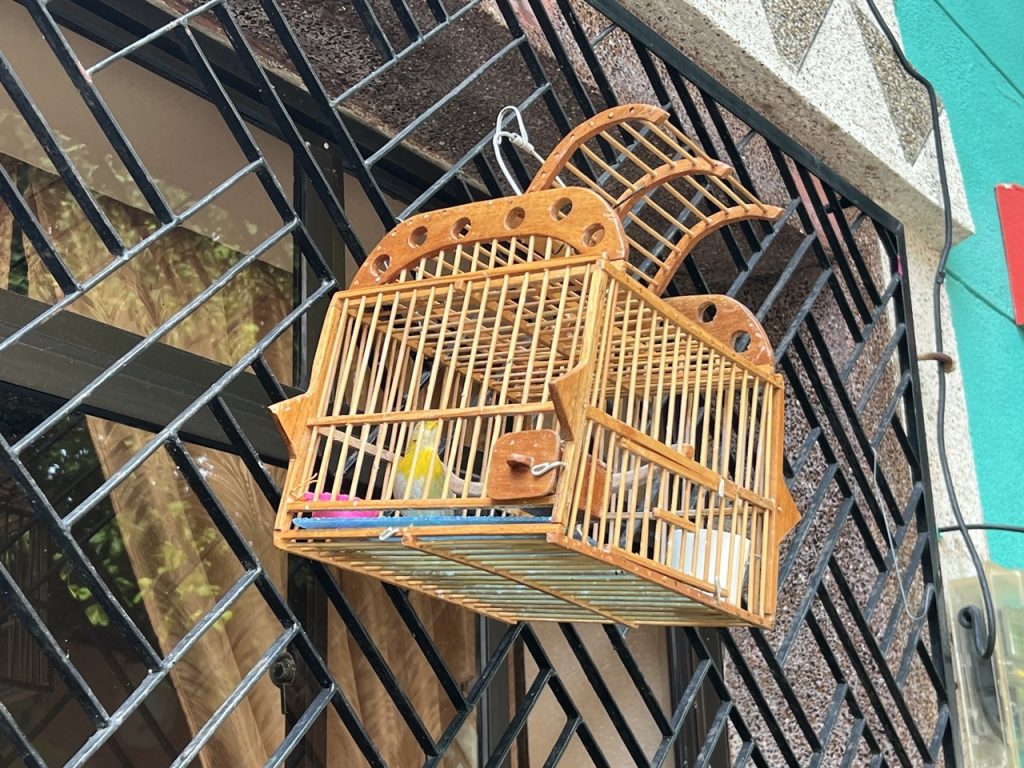
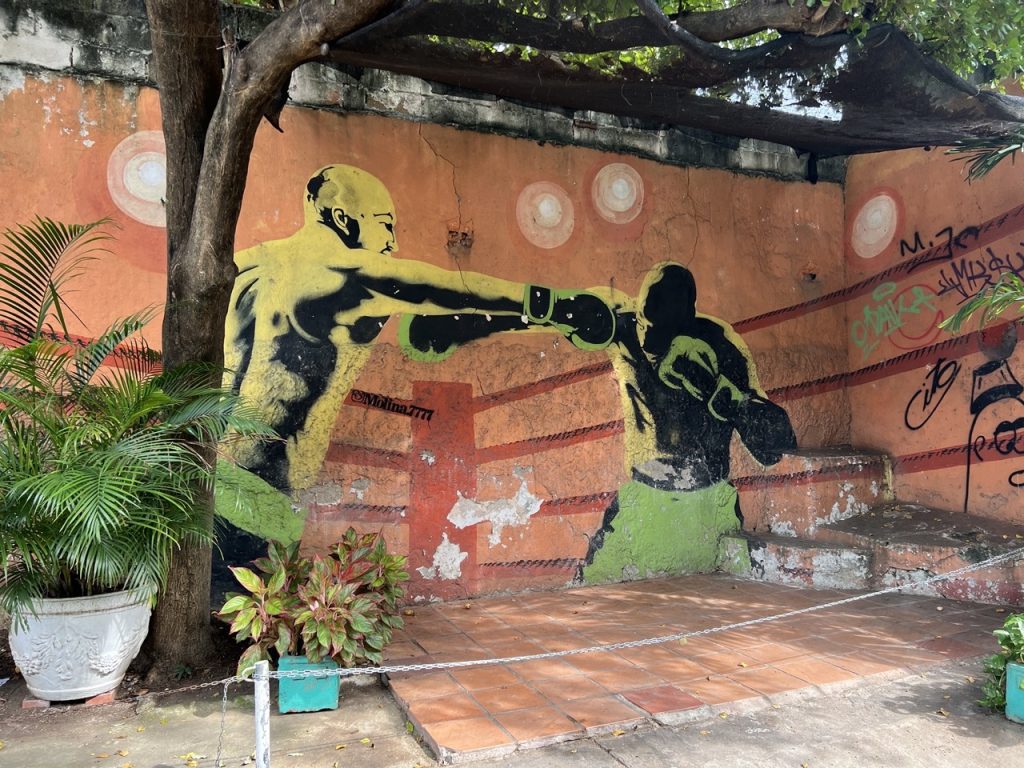
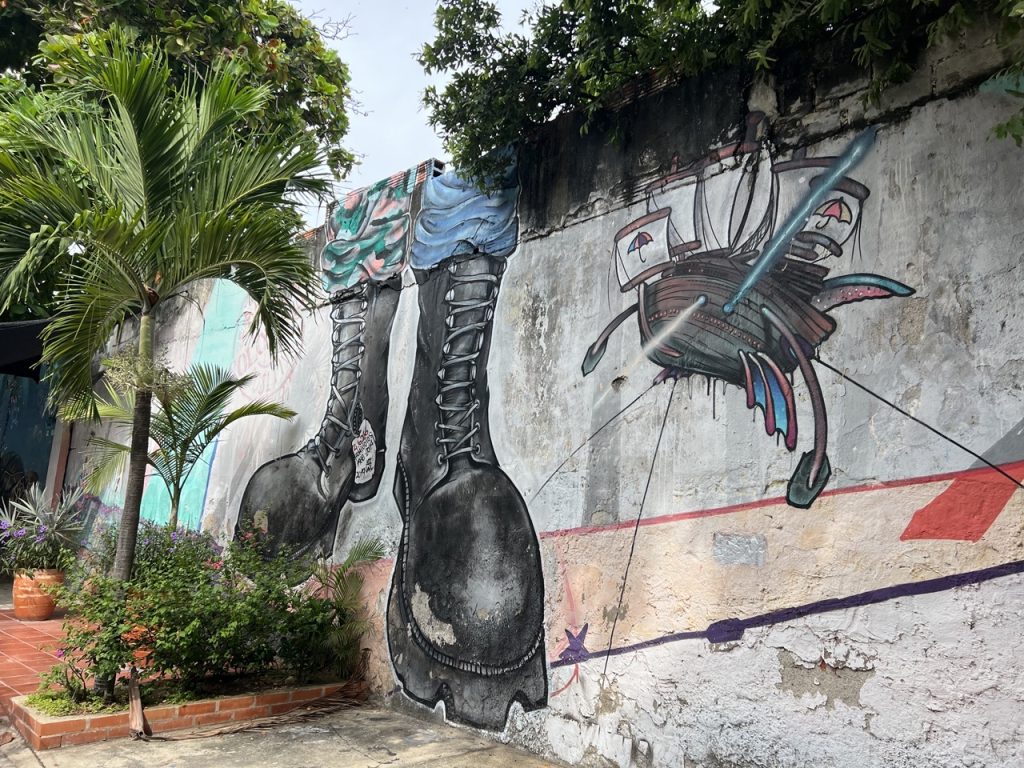
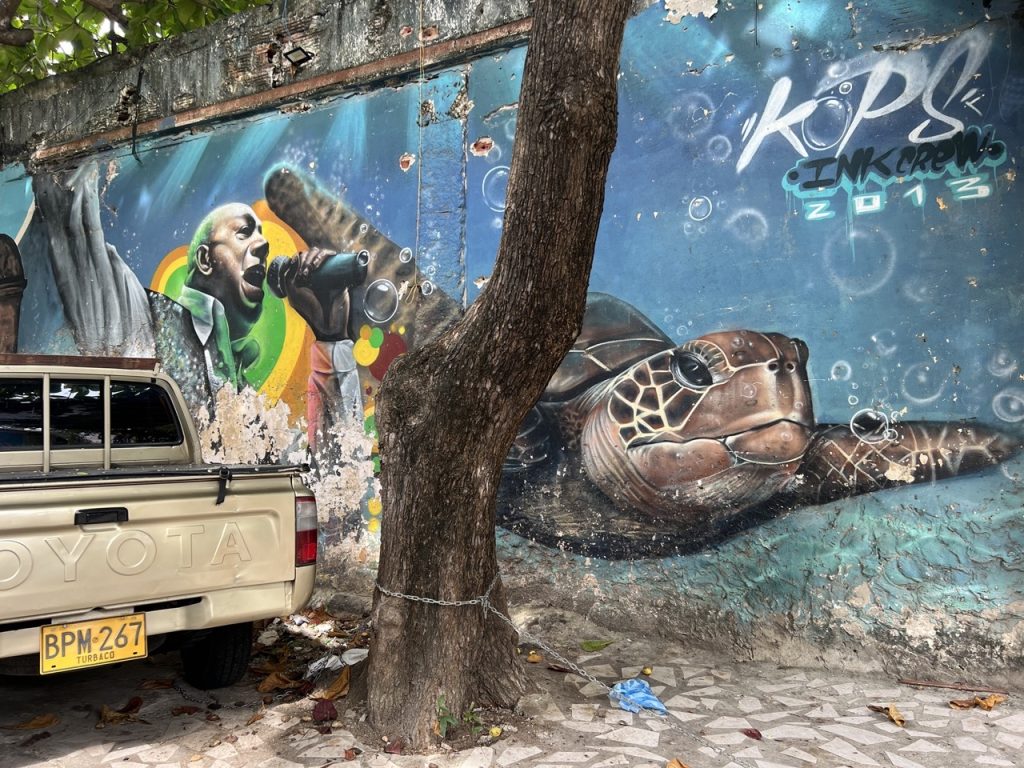
We then headed to our meeting place for our Tour of Bazurto Public Market which we had booked via Discover Cartagena. WhatsApp at +573046790037. It was like a sauna and had a brief moment where I feltfaint so I bought a big sun hat!
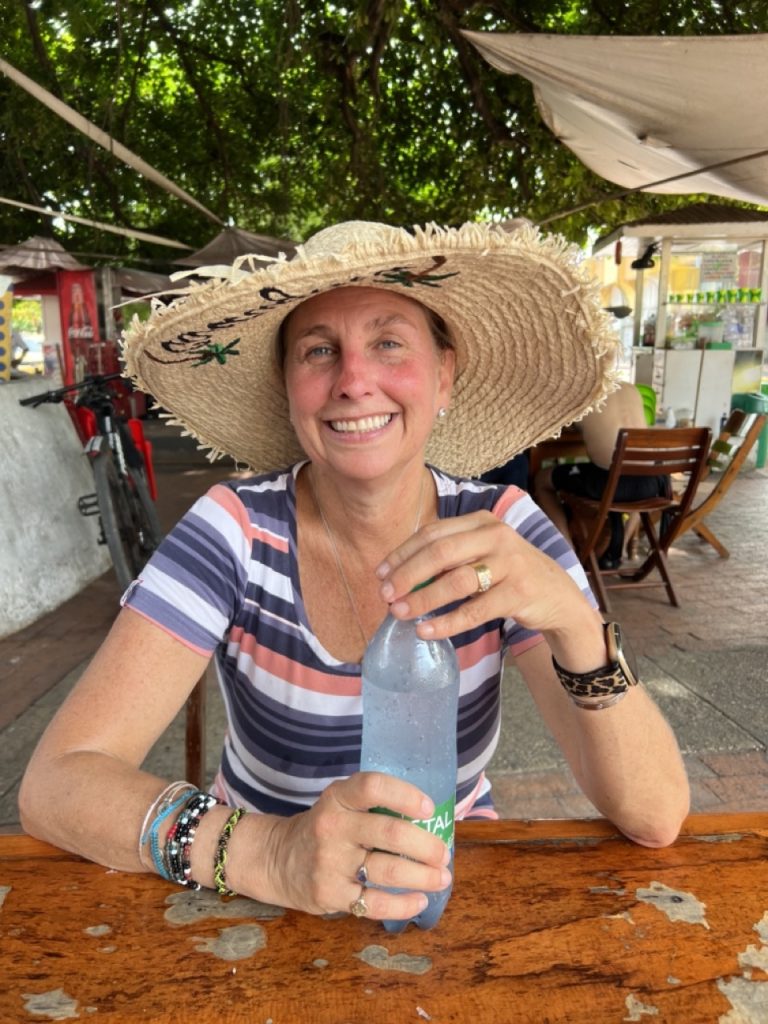
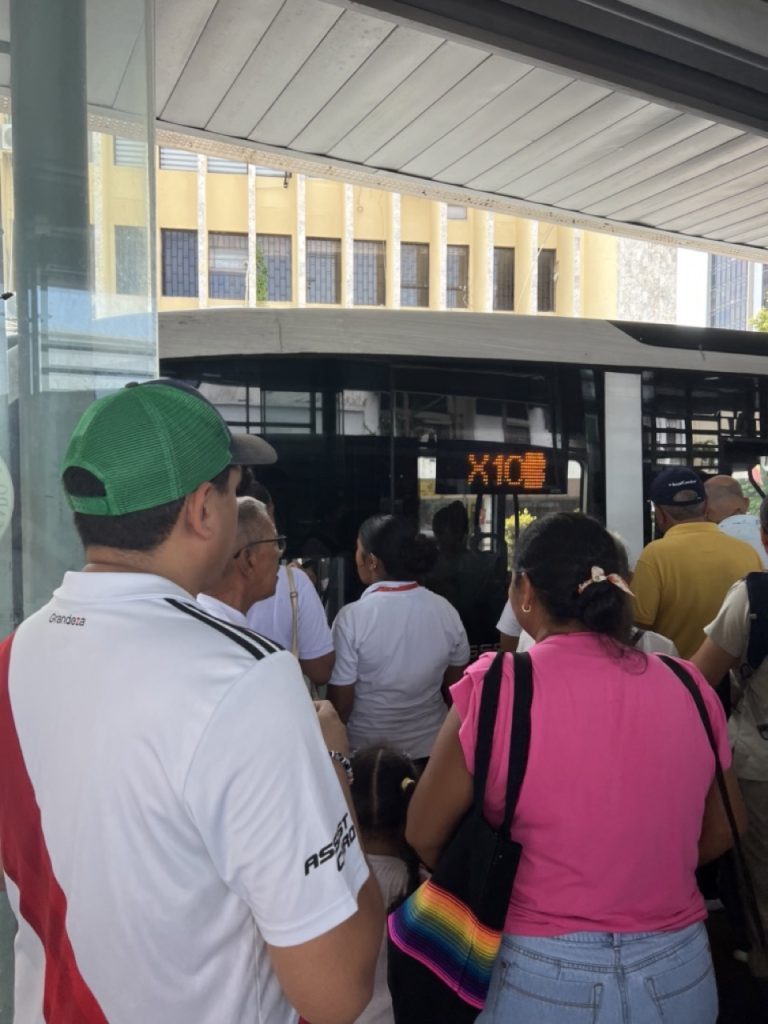
Our guide was a lovely young chap called Jesus and we caught a local (but thankfully air conditioned) bus to the market about 5 blocks away from the City. We disembarked and had a giggle at the dresses on sale – Colombia is a very ‘booby’ culture – the ladies are all well endowed and love to flaunt it! 🙂
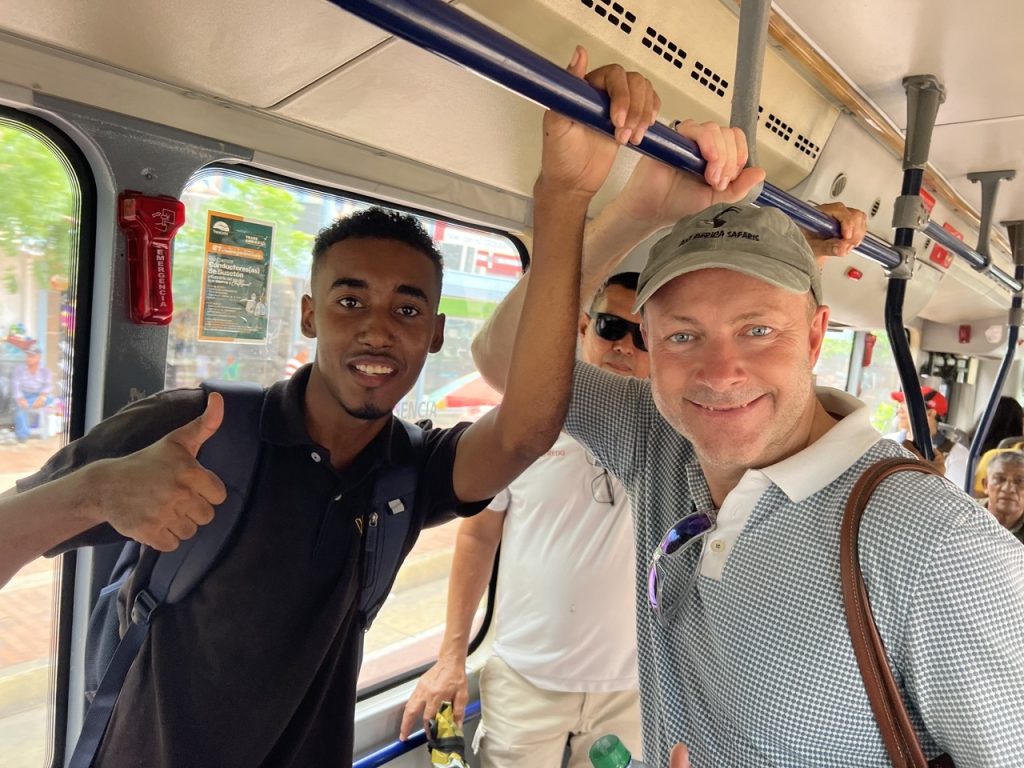
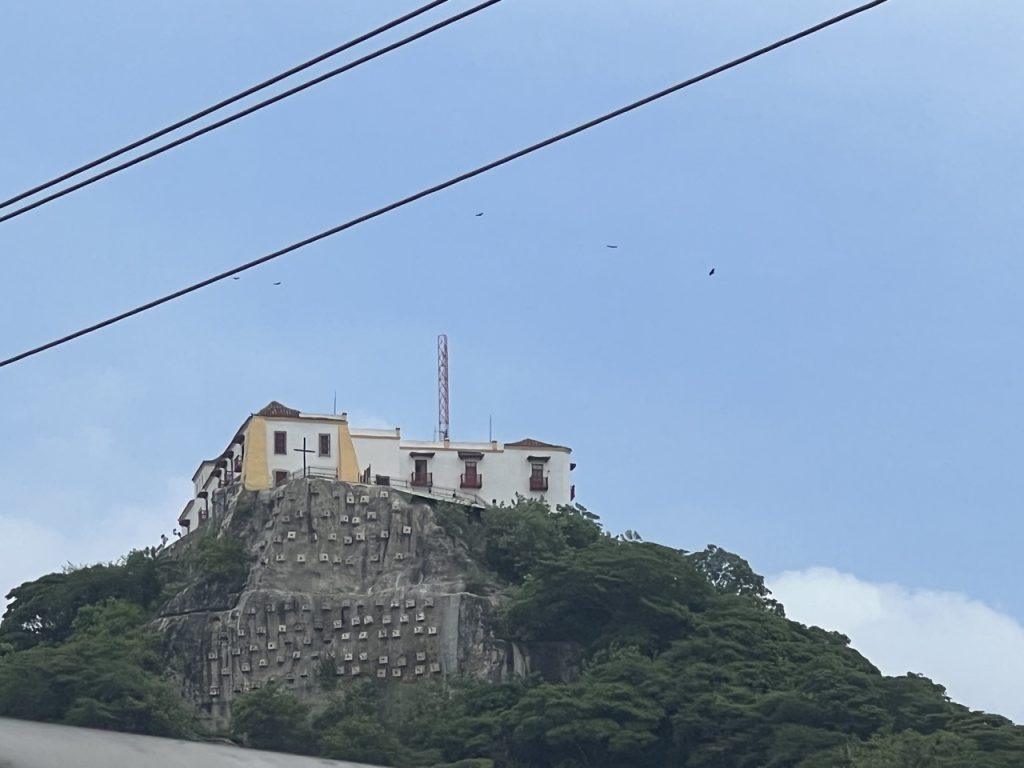
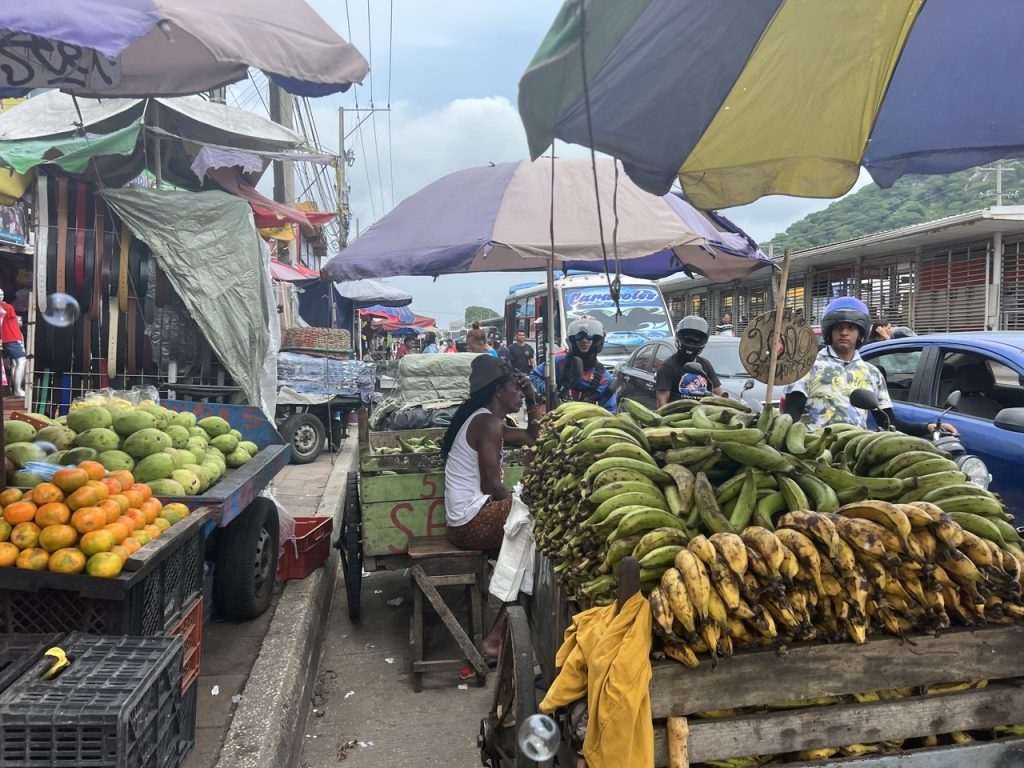
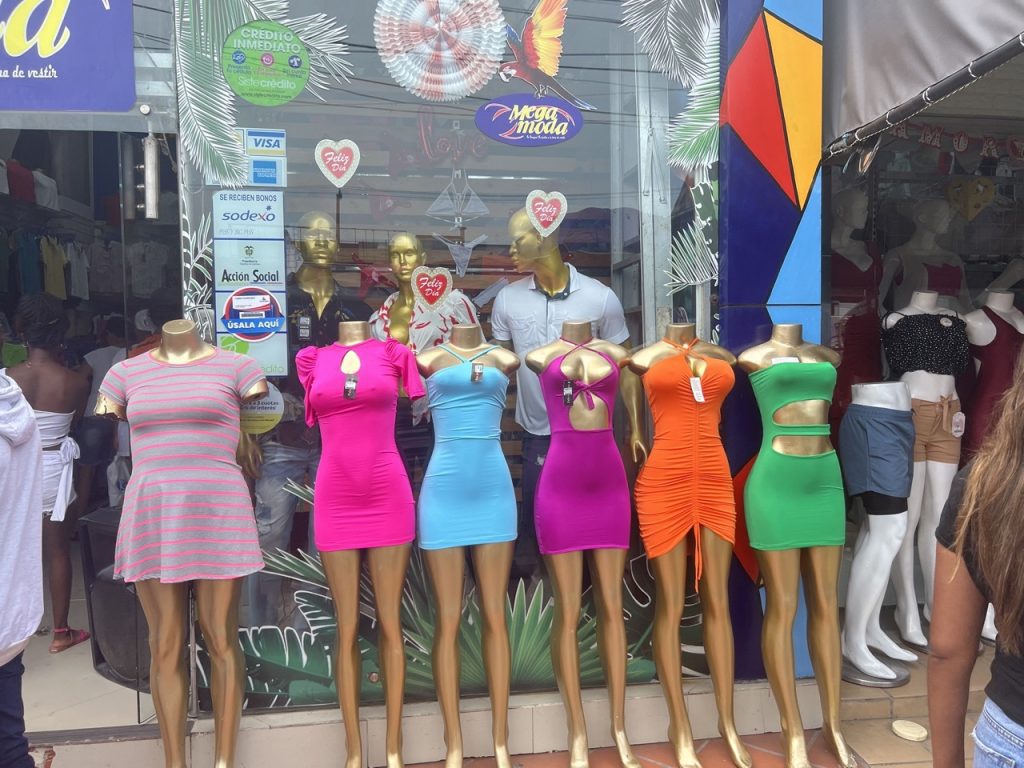
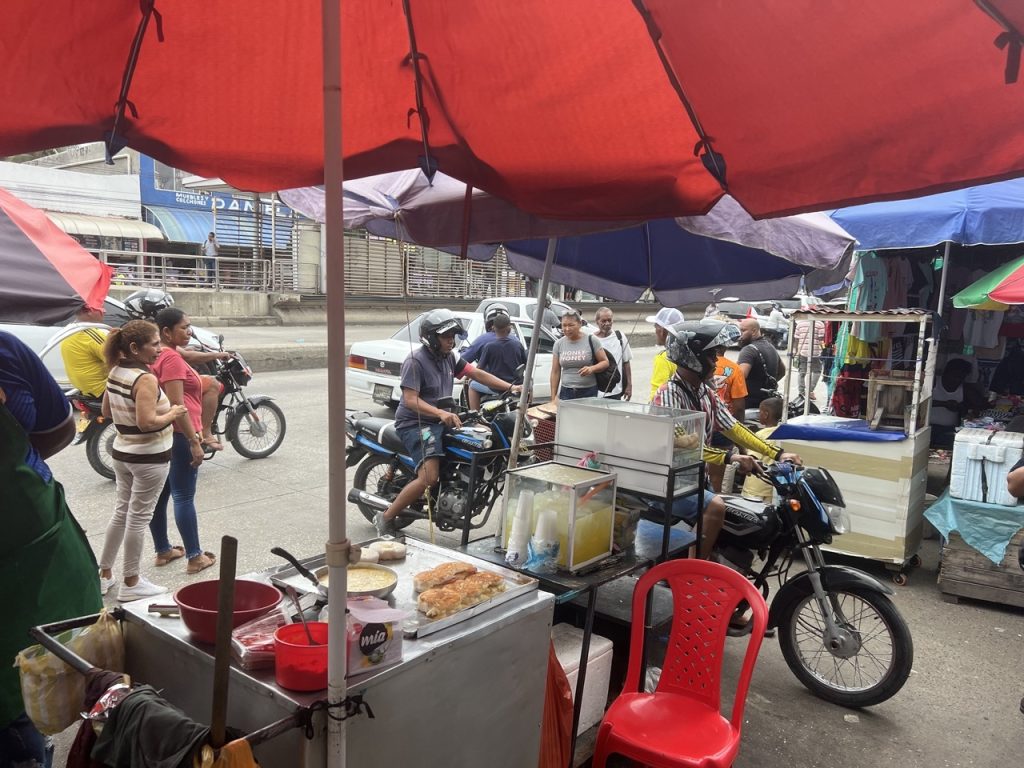
There are “two” markets in Bazurto: an “illegal market” that surrounds the main building and spreads chaotically in all directions; and, a “legal” market that is tucked away in a building with AC and refrigeration. Sellers typically avoid the “legal” market because the rental costs are so high. We were told that the only reason to use the “legal” market is if you need refrigeration. This is where we first entered..
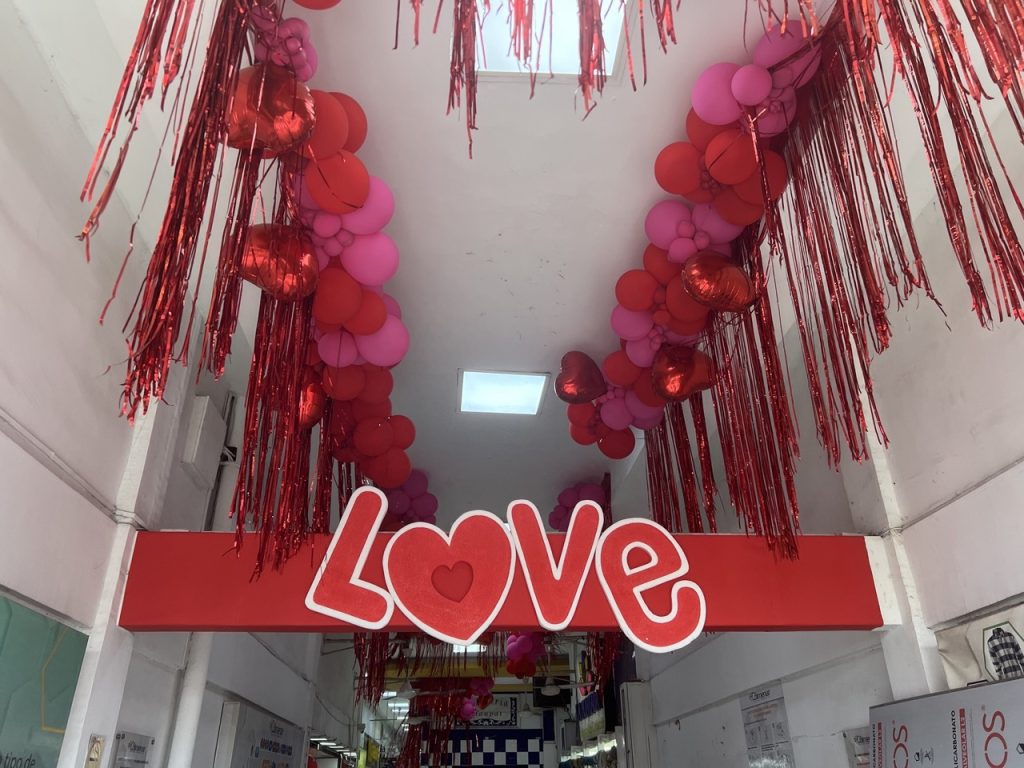
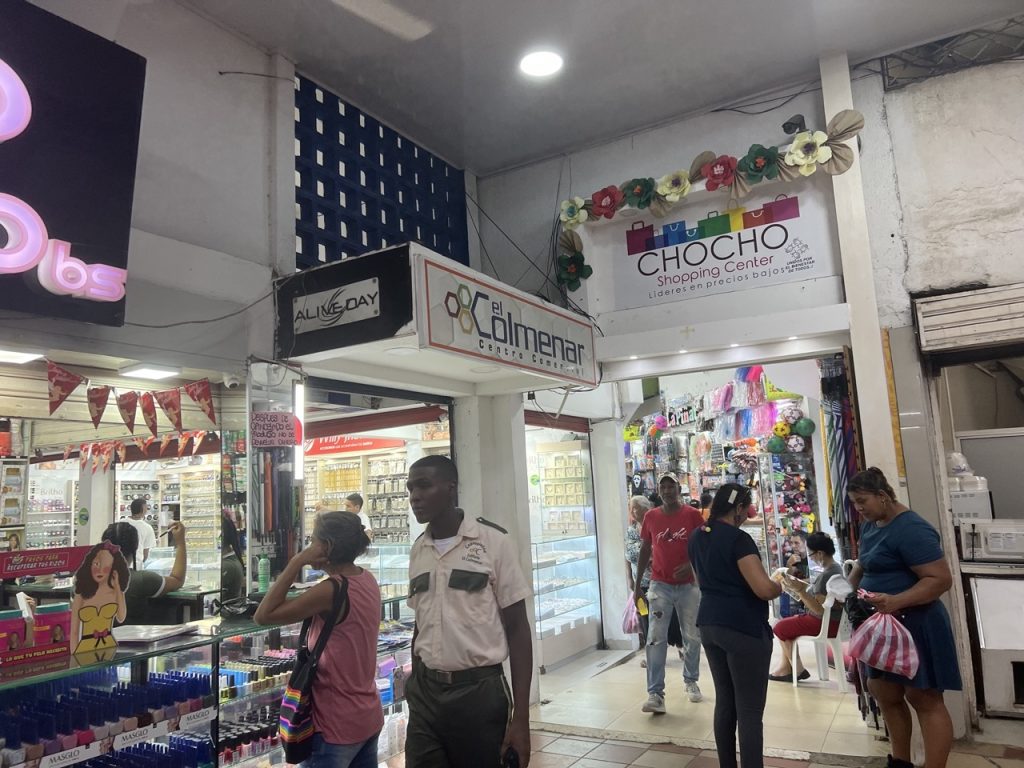
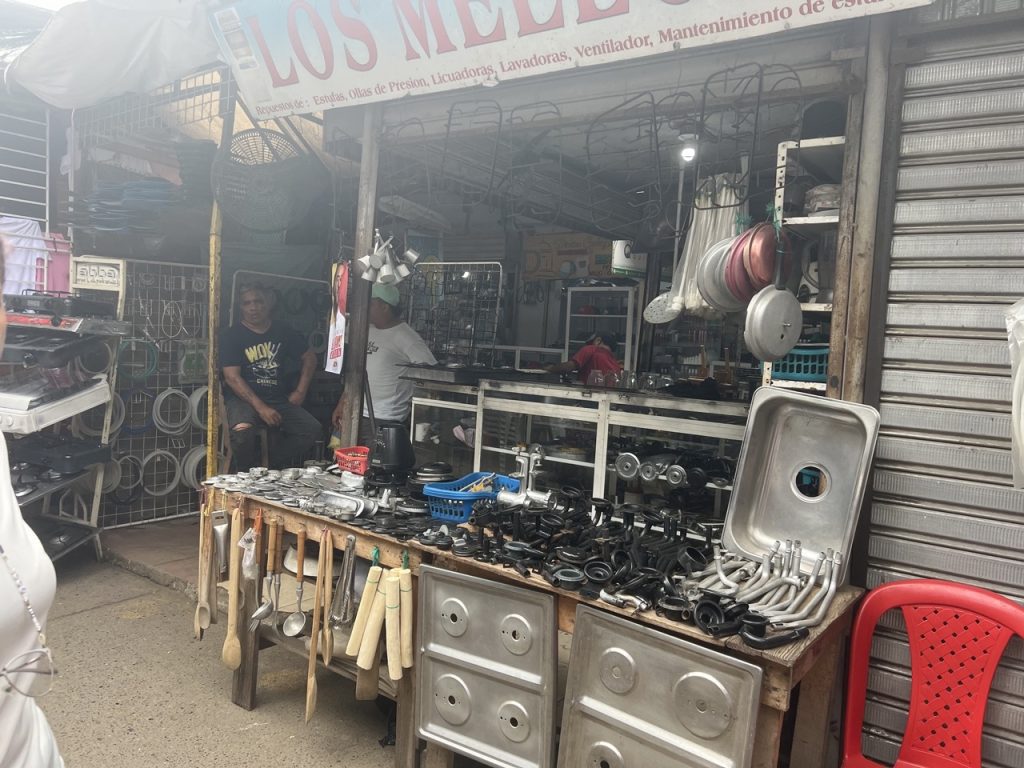
This 24 hour market is an immediate assault on all senses!! The heat is INTENSE and was exacerbated by a woman chucking wood on to a cauldron of bubbling oil. Champeta music blasts from huge speakers at full volume placed at every stall, just metres from each other!
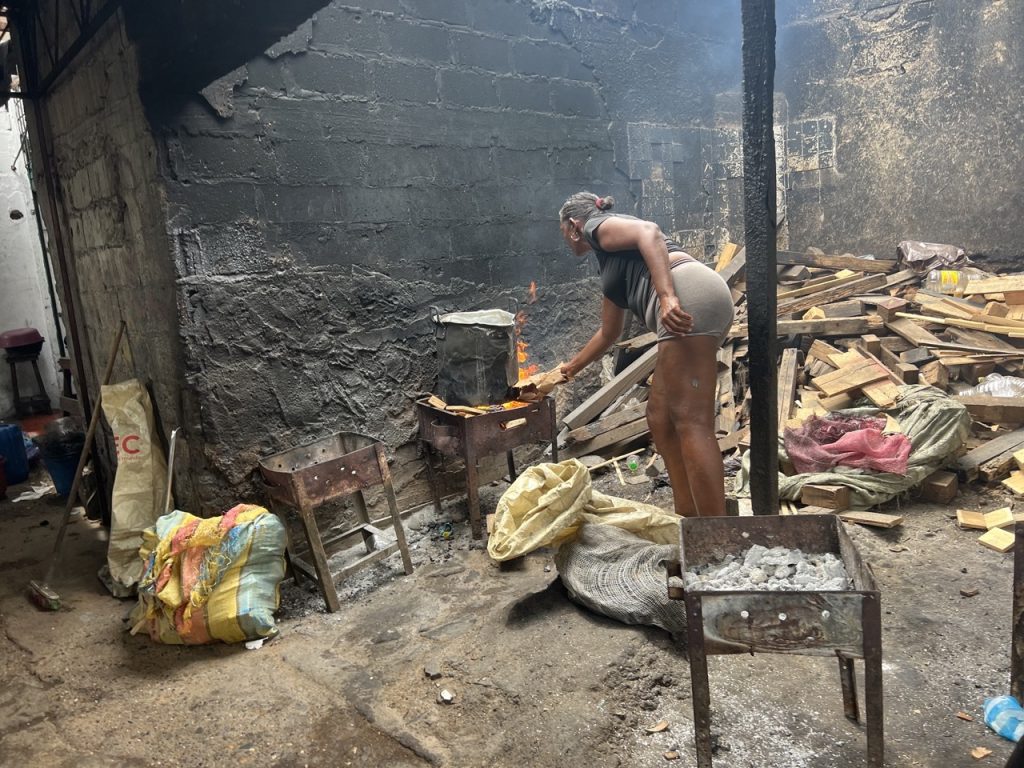
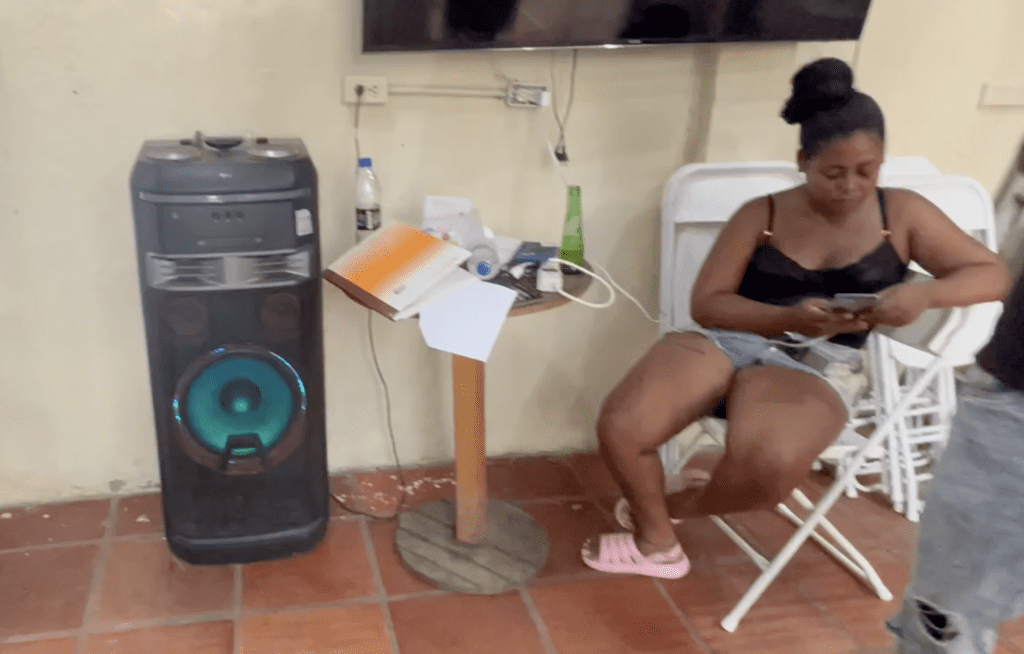
The market is a giant dirty, heaving, sprawling maze with a viscerally thick smell covering an enormous area … the labyrinthine of lanes are crammed tight with vendors selling everything from exotic fruits to electronics, clothing, party supplies, engine parts even including the illegal trade in exotic animals including armadillo or turtles to eat – anything you want you will find here! Six hundred thousand plantains are sold per day here – you can buy them in ‘hands’ ie. bunches of 5… !!! This market will give you an authentic glimpse into the daily lives of Colombian locals! The entire market was relocated from the Old City a few years ago due to negative impact on tourism and perceived dangers as thieves frequent the market. We only saw two other tourists with their guide during our visit.
We soon moved outside into the ‘illegal’ part of the market. The giant avocados looked DELICIOUS!
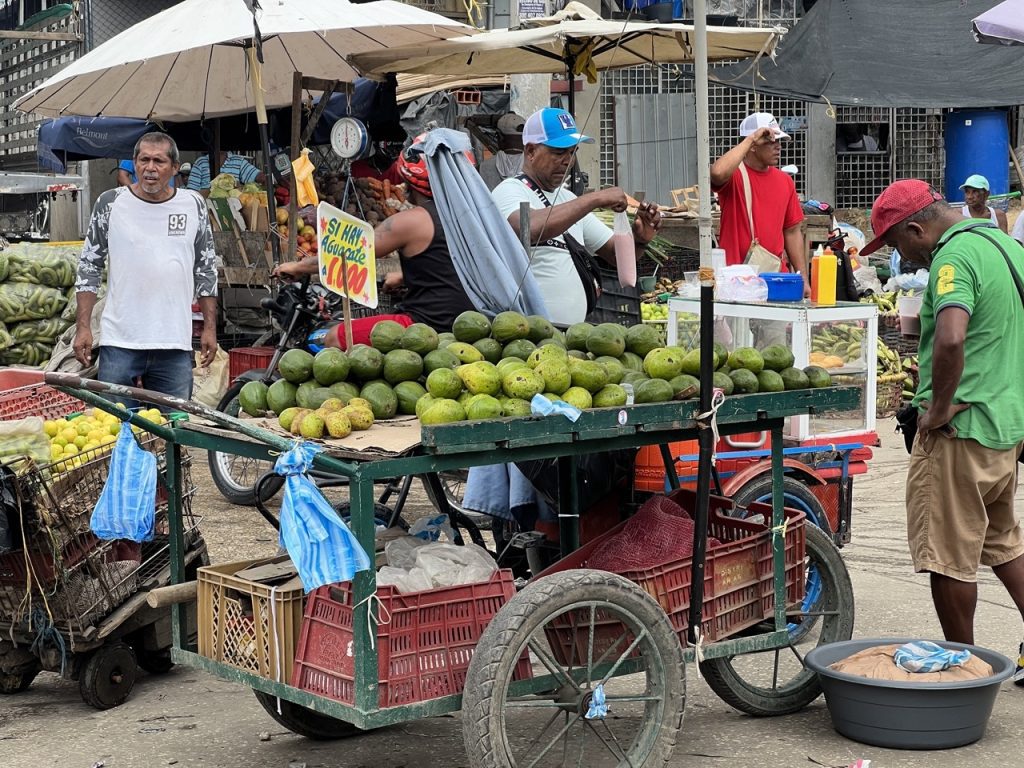
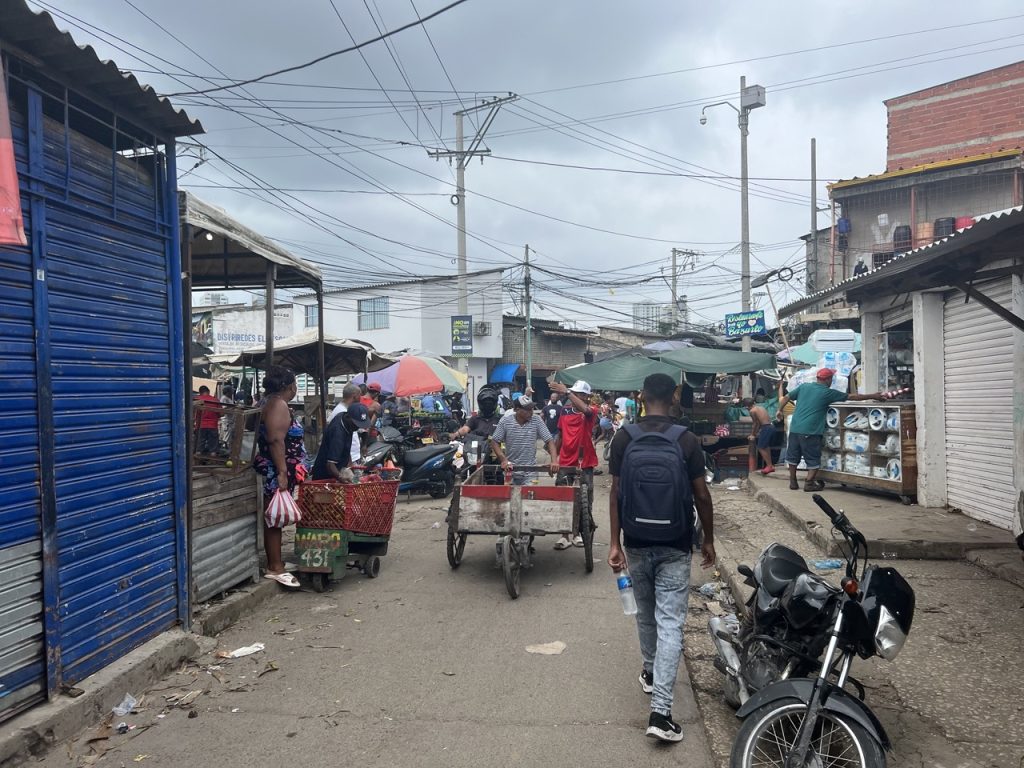
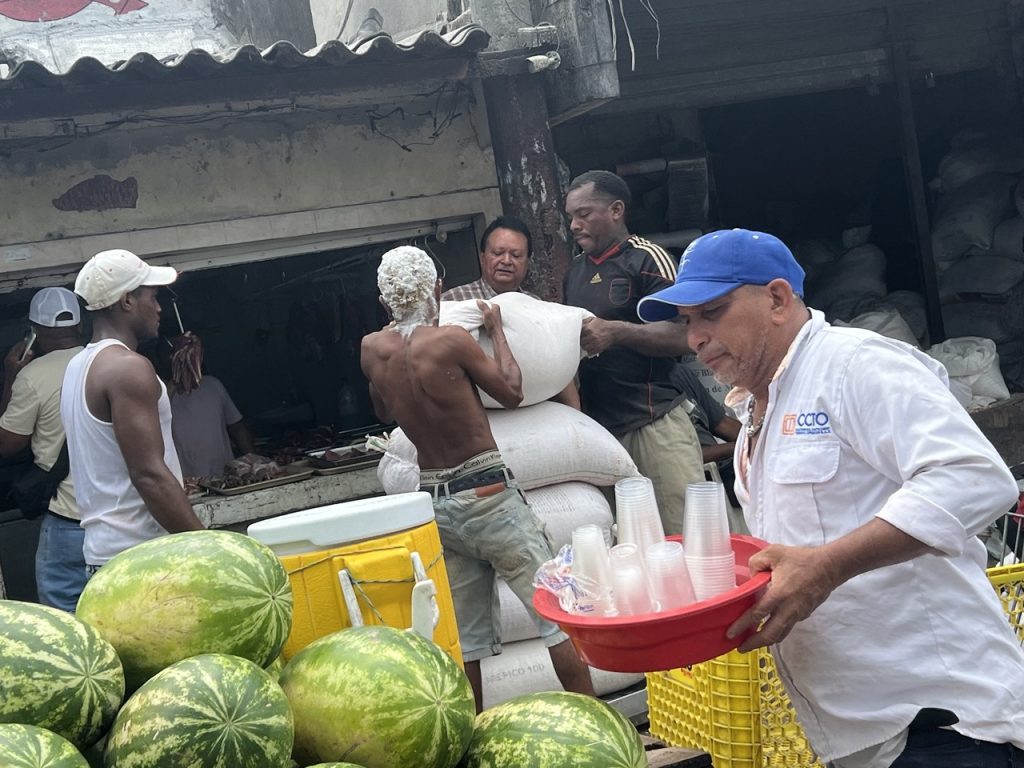
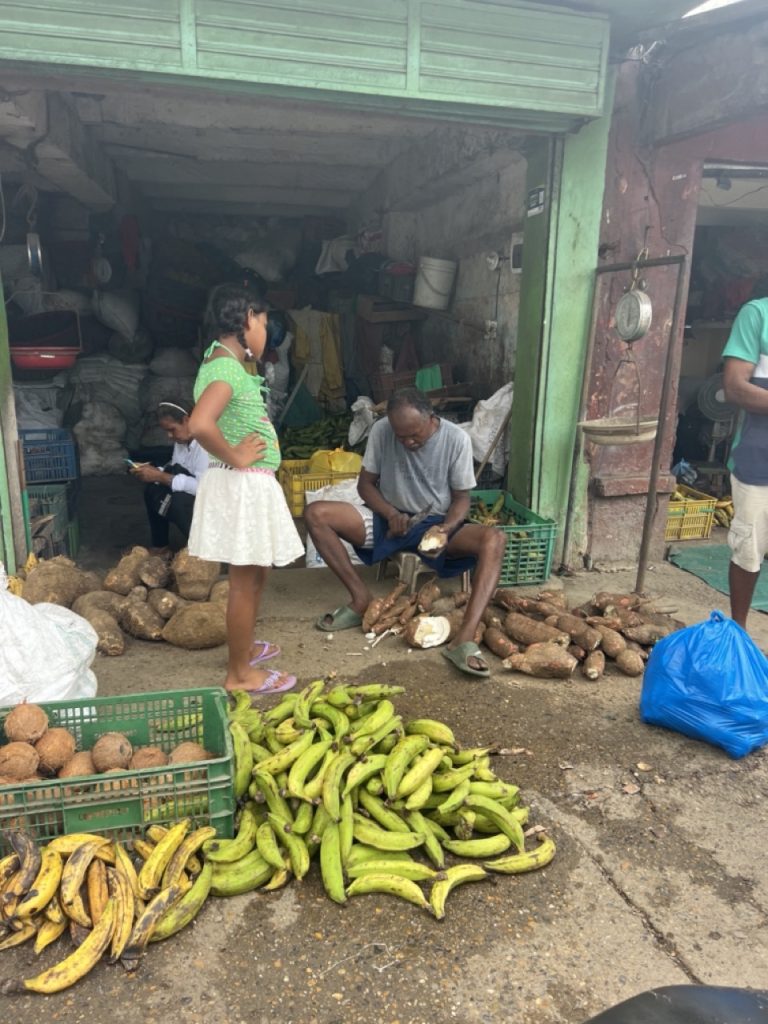
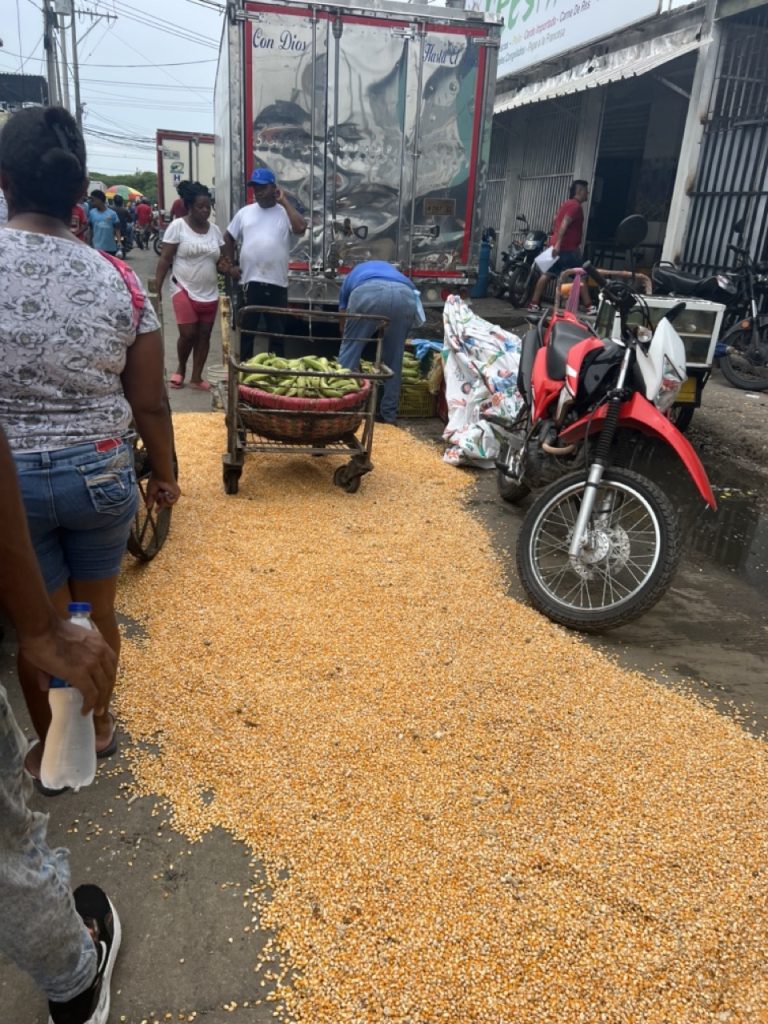
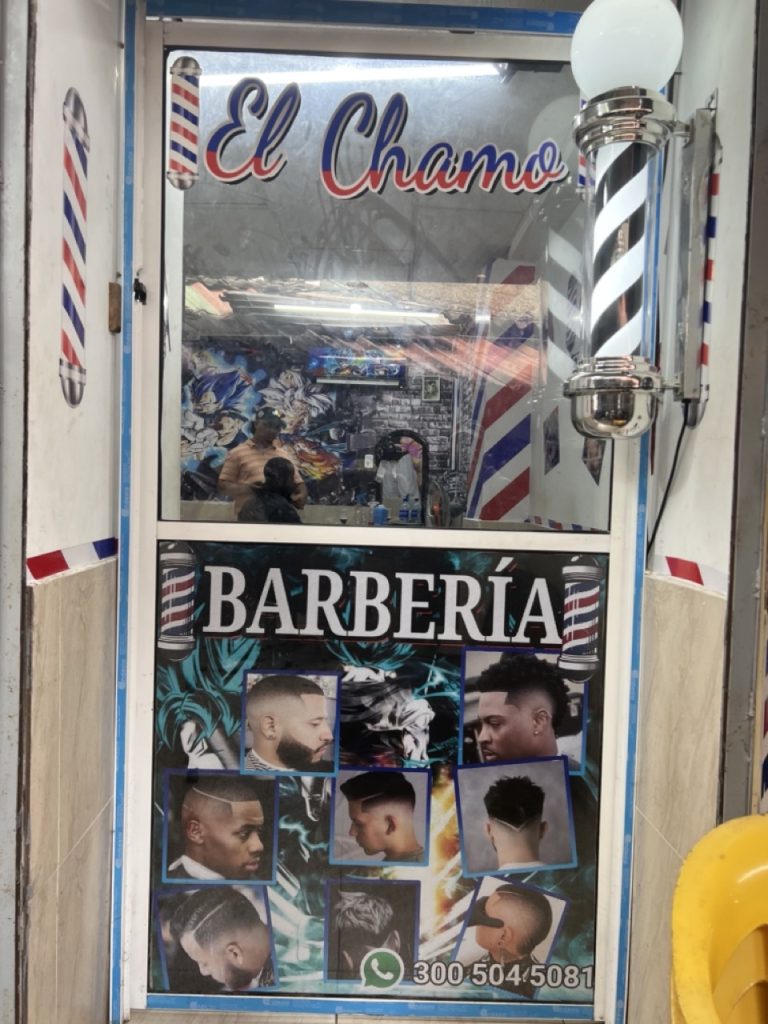
Throughout our travels, our favourite market section is usually the fishmongers; there seems to be an unwritten rule that people who work with fish do so with a tremendous amount of joy. They throw fish around, sing songs, and are just plain boisterous. One local delicacy that people go completely crazy for is baby shark. Our guide took us to book a “special” meal in a small alcove behind all the women cooking food.
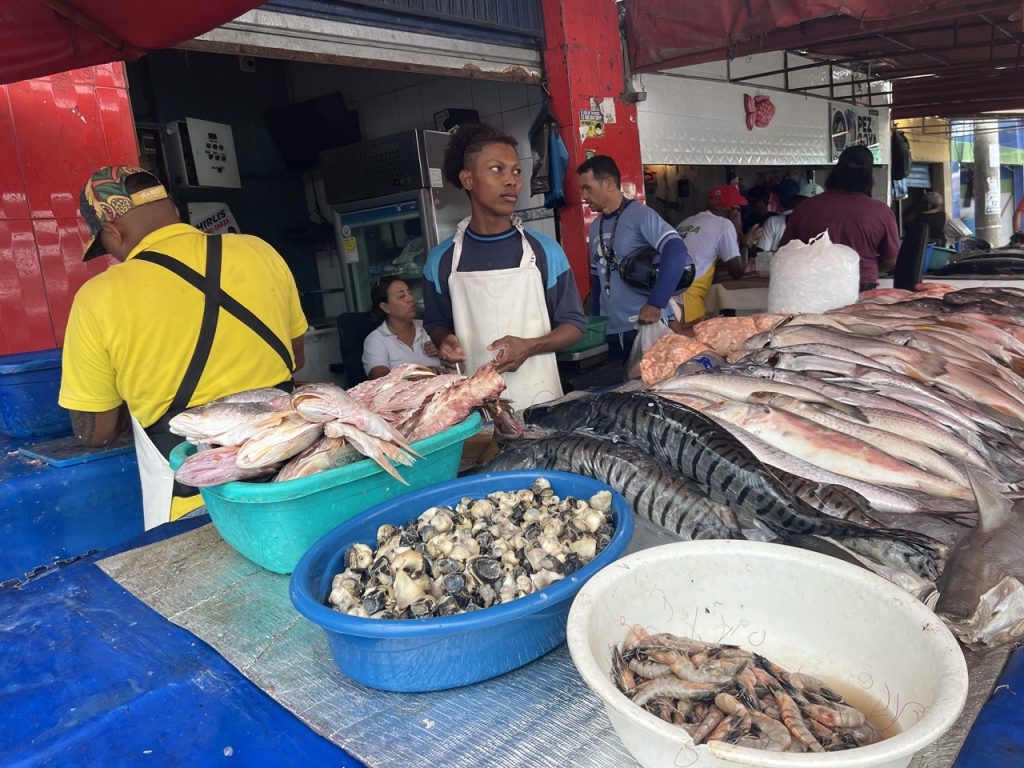
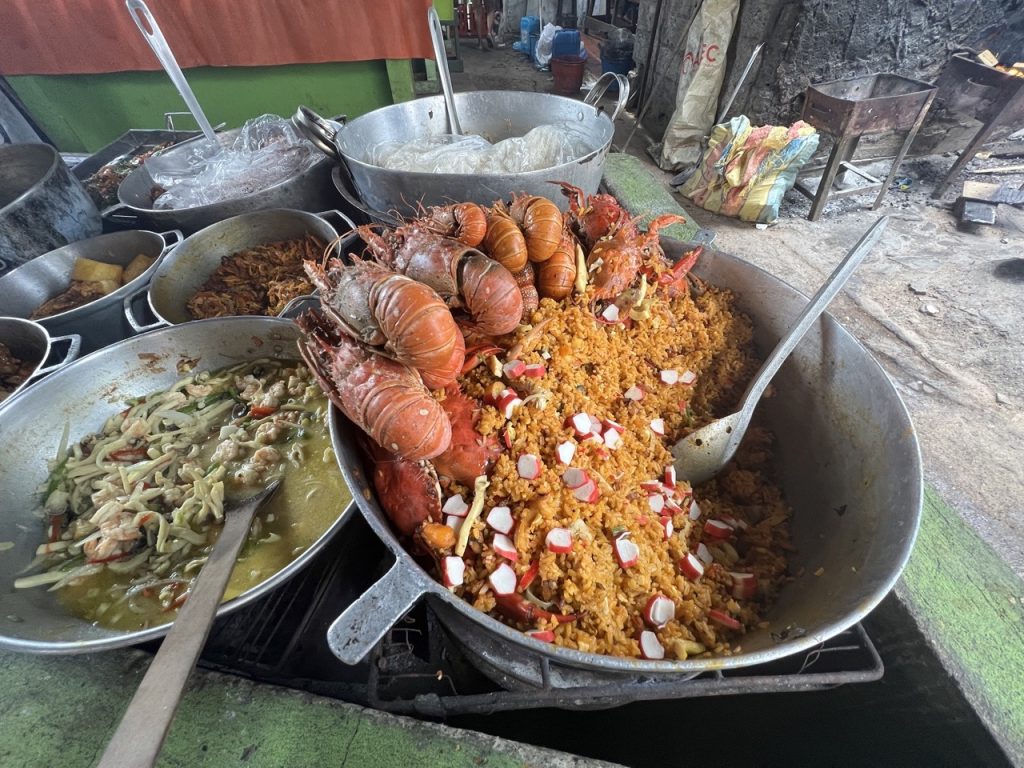
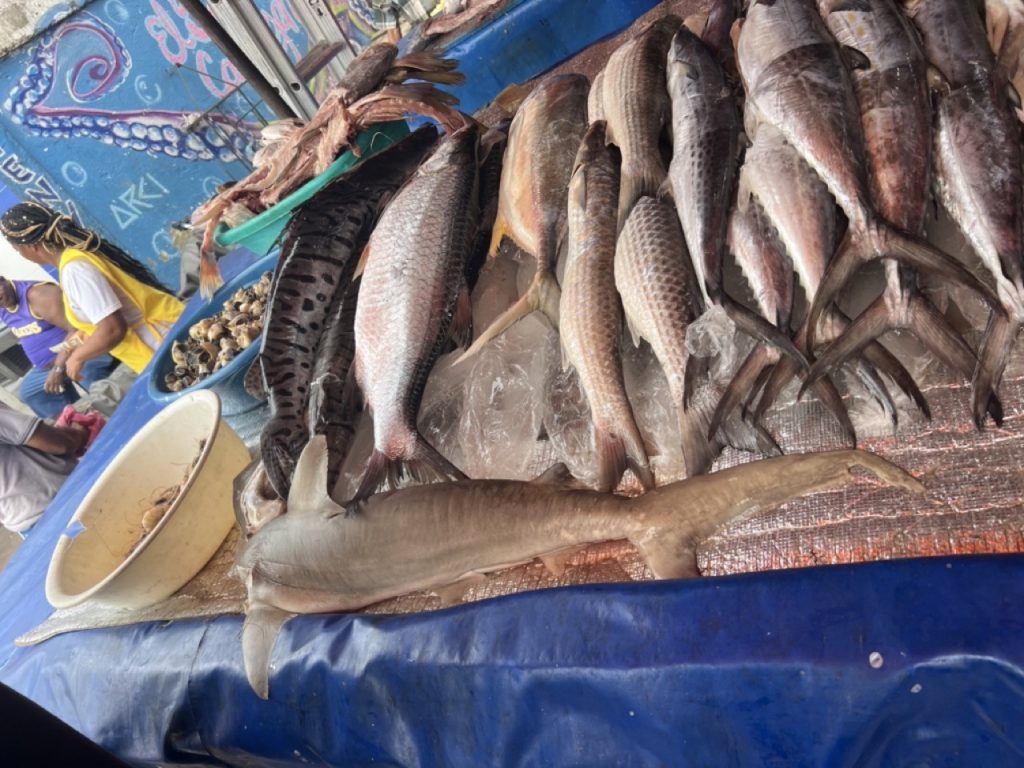
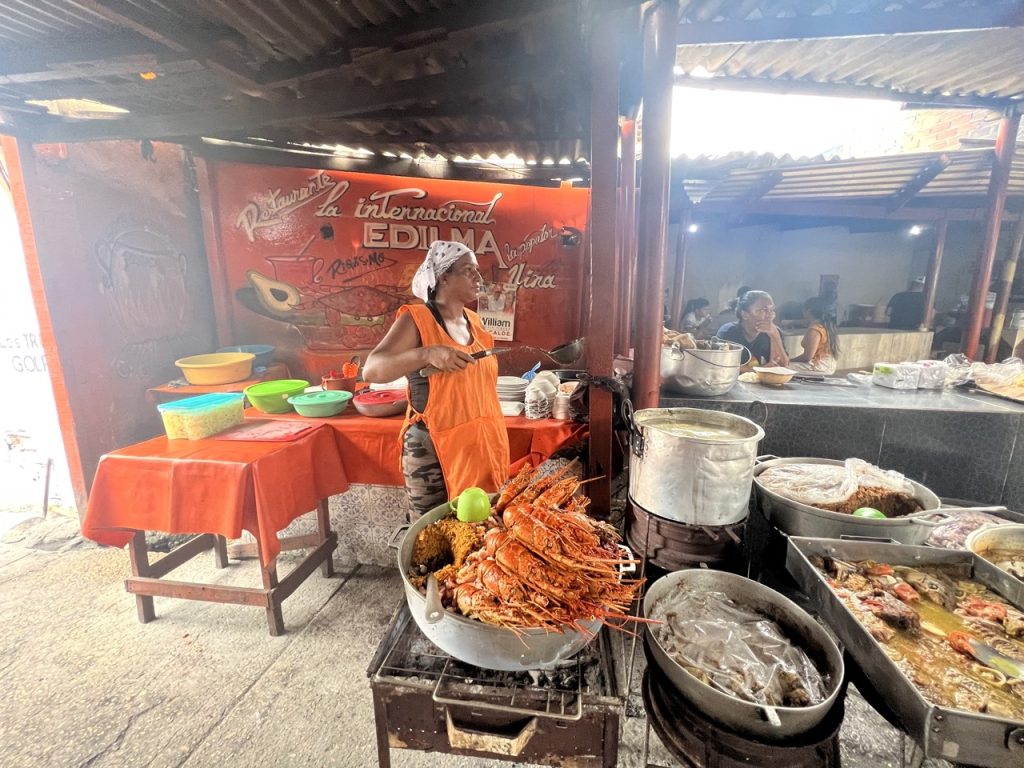
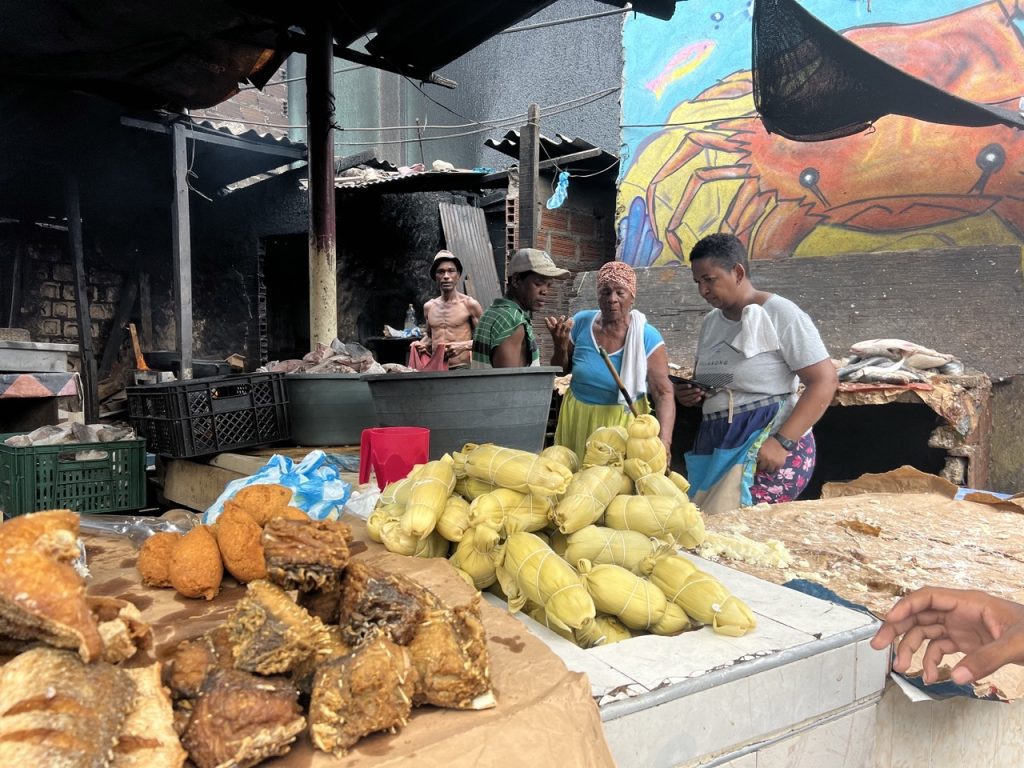
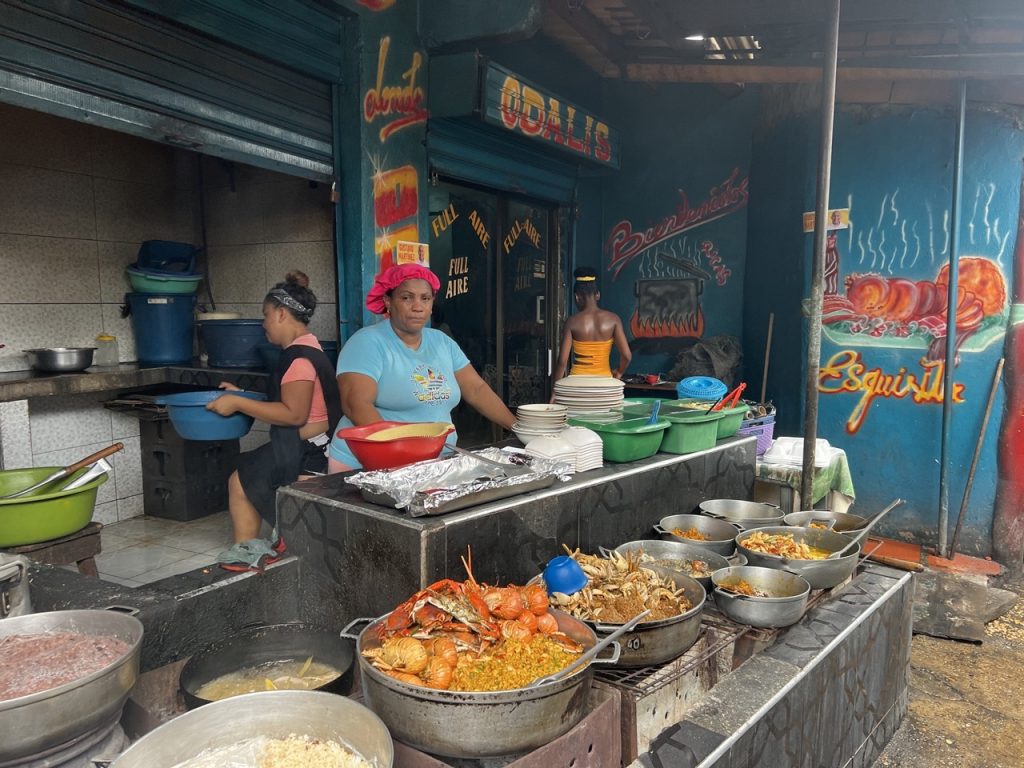
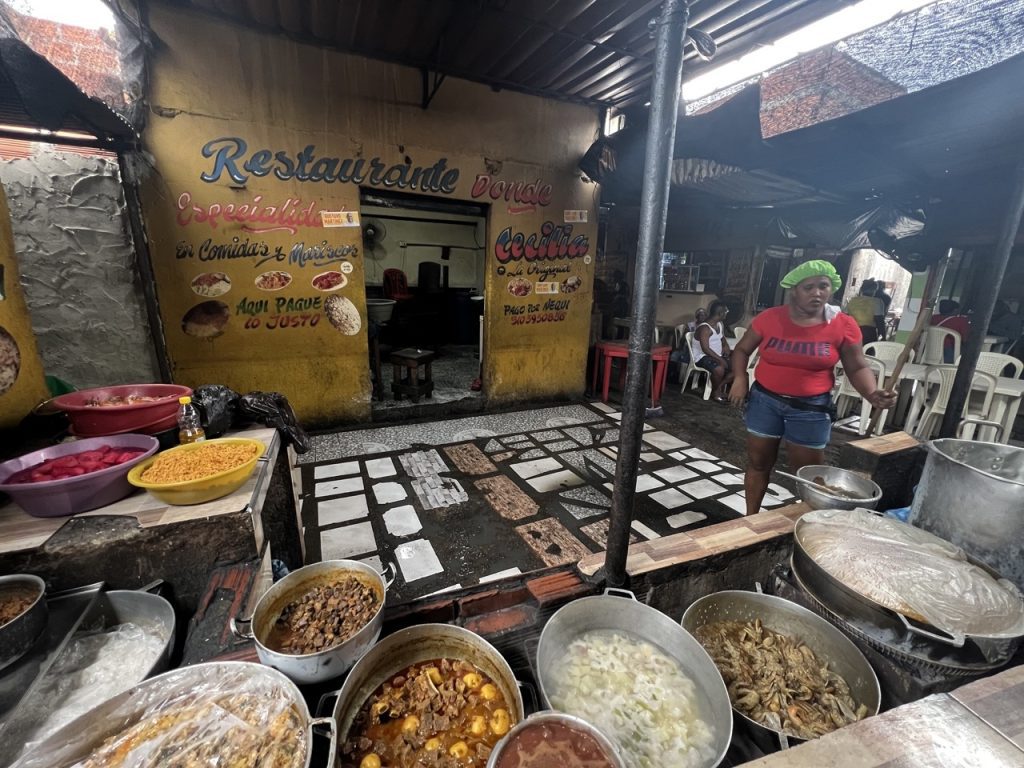
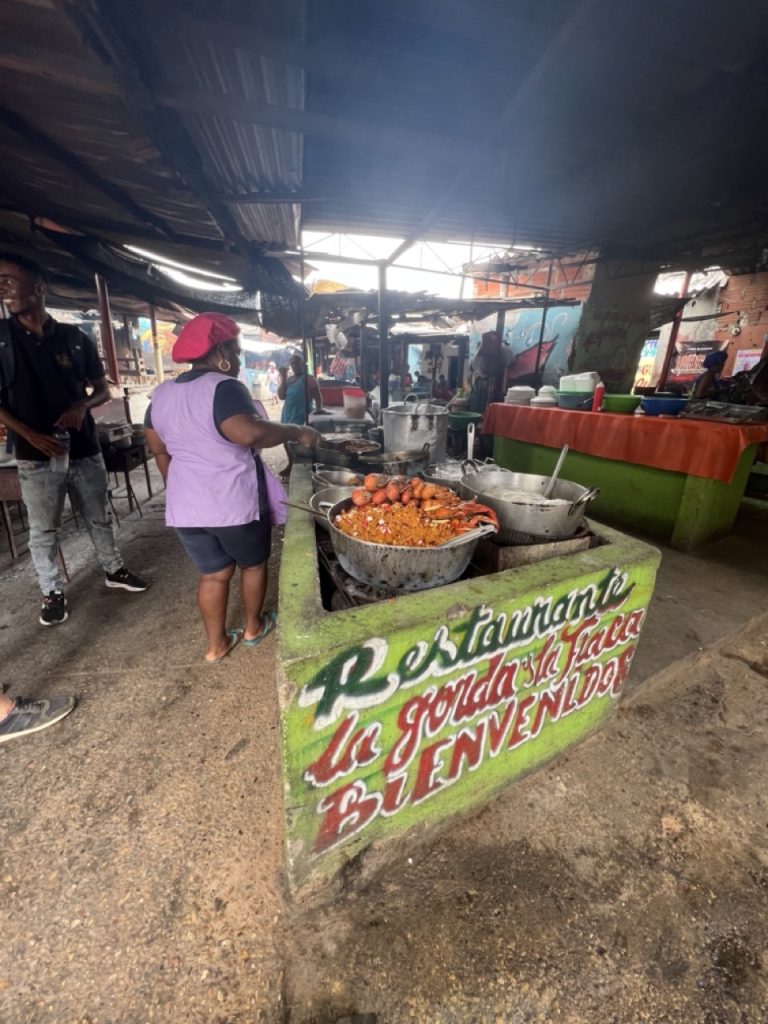
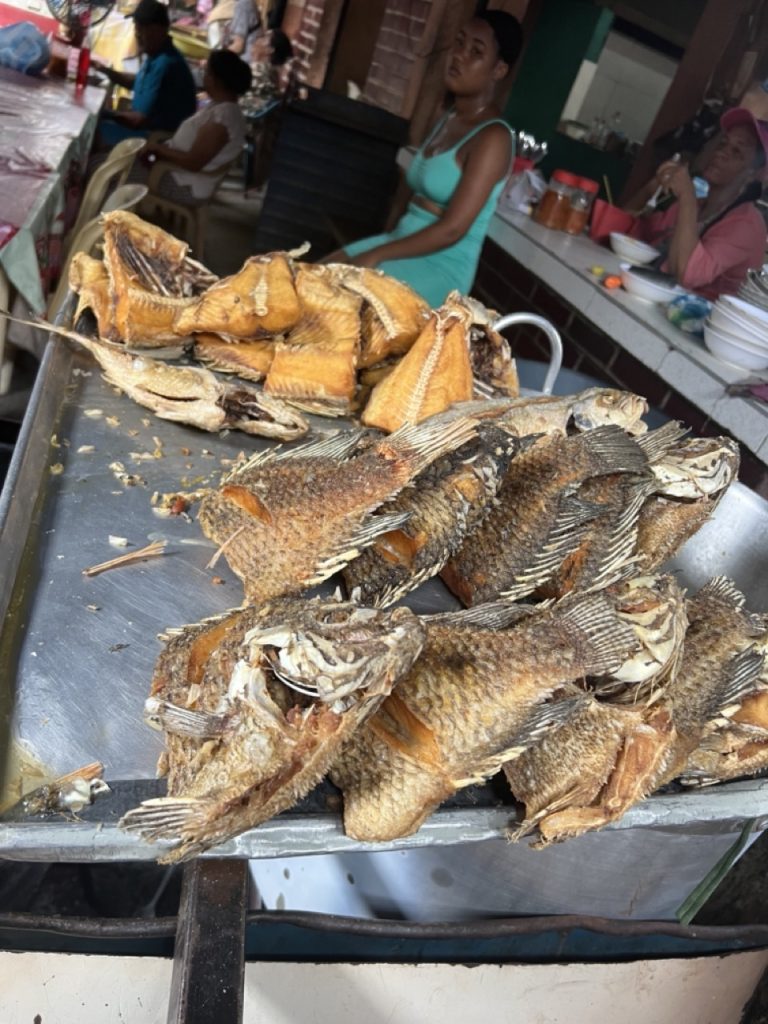
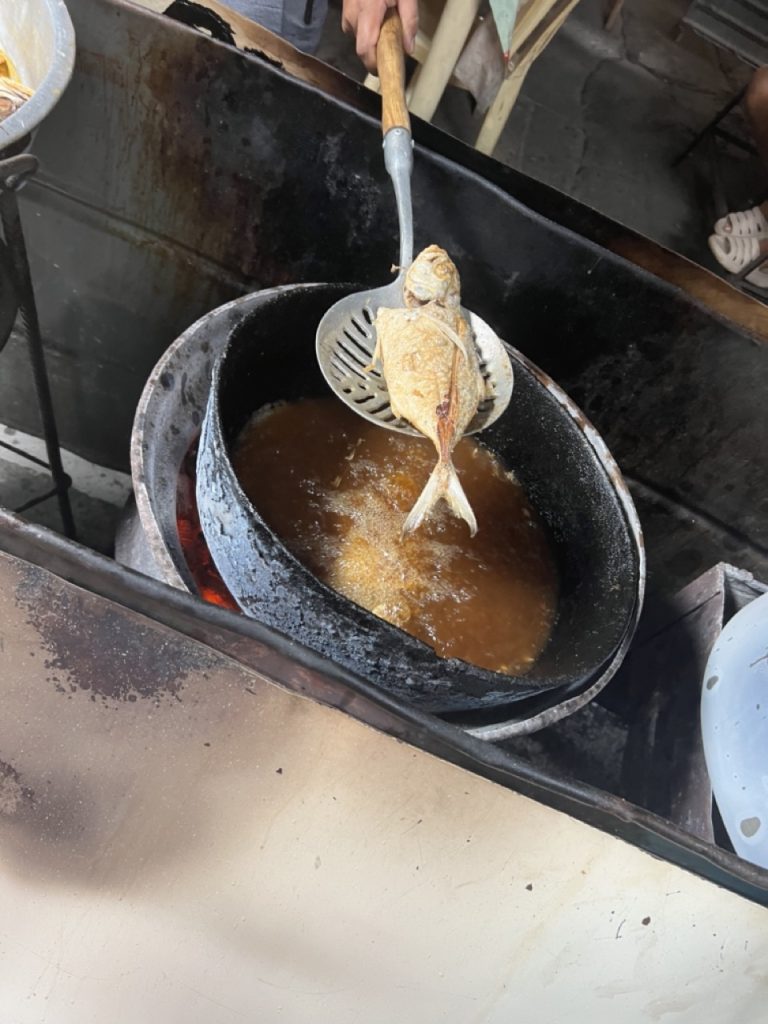
Champeta, also known as terapia, is a musical genre and dance that originated in the Caribbean coast of Colombia in the early 1980s. It developed from an earlier style termed chalusonga, which originated in Palenque de San Basilio in the mid-1970s. Jesus talked us through the beats and tunes that had evolved as well as the dance moves – think we provided entertainment to the locals! LOL!
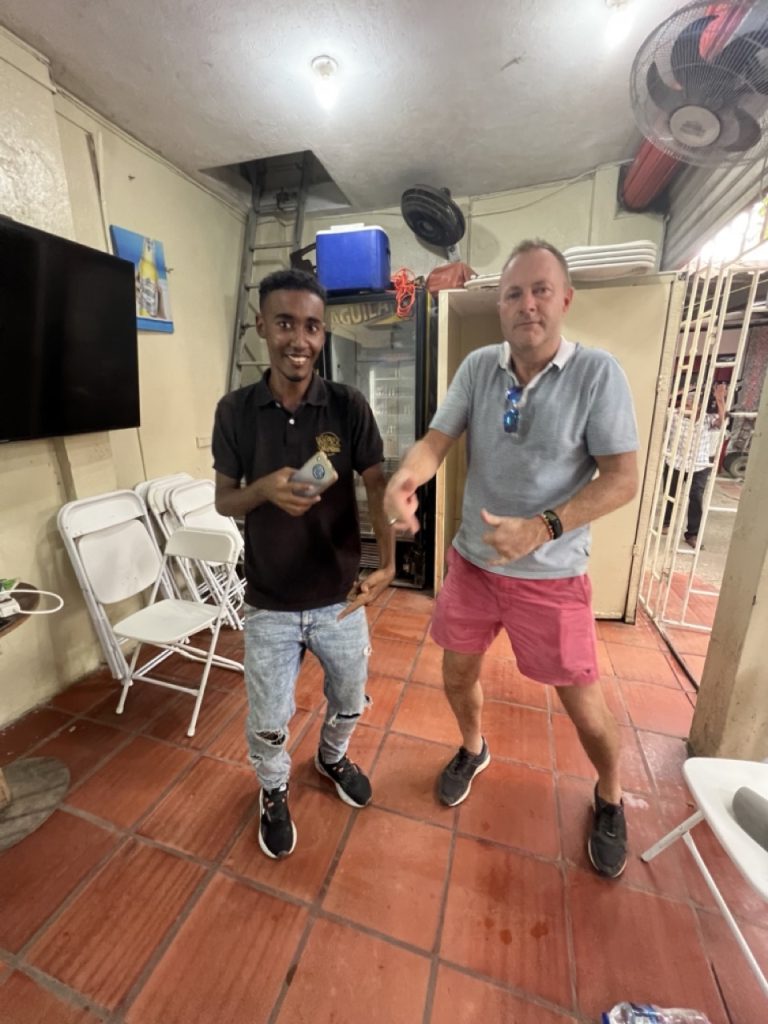
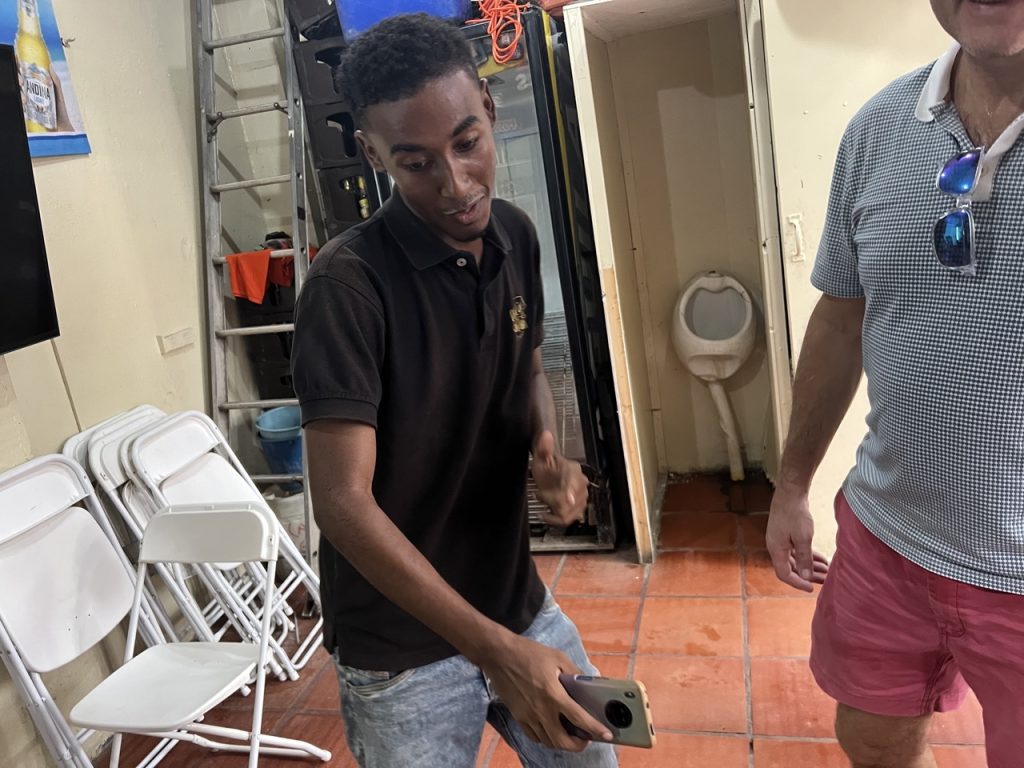
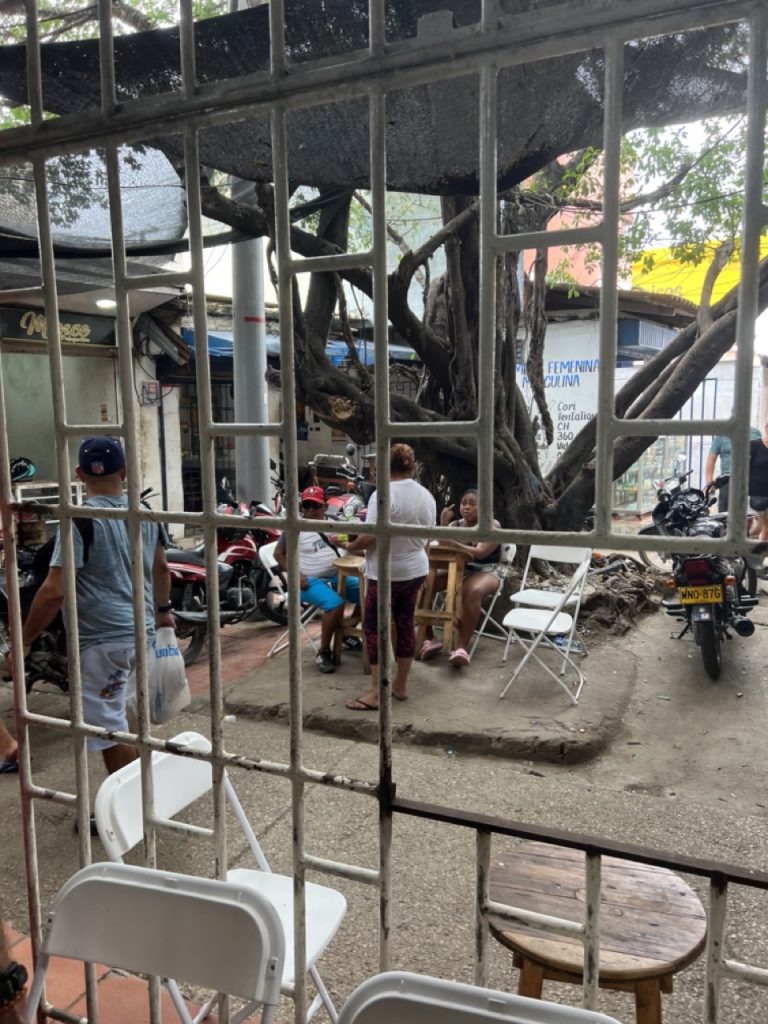
This is what we learnt:
Champeta – comes from the word for machete, which the workers arriving to dance at the picós would wear tied around their waist after their day’s shift. Some of the dance steps incorporate a machete chopping action reflecting this.
Picó – The enormous sound-systems that were originally transported to different neighborhoods on the back of “pickup” trucks. The music machines would be painted with images and graphics that would then later give the name to the picó, such as El Tigre or the most famous, El Rey de Rocha.
Meque or meke – is the force and potency of the sound system and the general energy and frenzy of a champeta song.
Espeluque – The third part in a champeta song where the rhythm changes and gets more intense and everyone is whipped into such a frenzy, their hair ends up a big mess
El Caballito – one of the more iconic dance moves represents riding a little horse.
This is how it is SUPPOSED TO BE DONE!
A typical Sunday for people in Cartagena is to wake up early, go to Catholic mass, head to the market to shop and finish it all off with a meal at a corriente with your family and friends. We met a stall holder that has been there since the inception of the market – apparently there is fierce competition to retain your position at stalls, but this chap is a legend and has persevered and now is under the protection of the company that guides tourists to this market. We sampled several fruits that we have never tasted before including an apparent aphrodisiac!
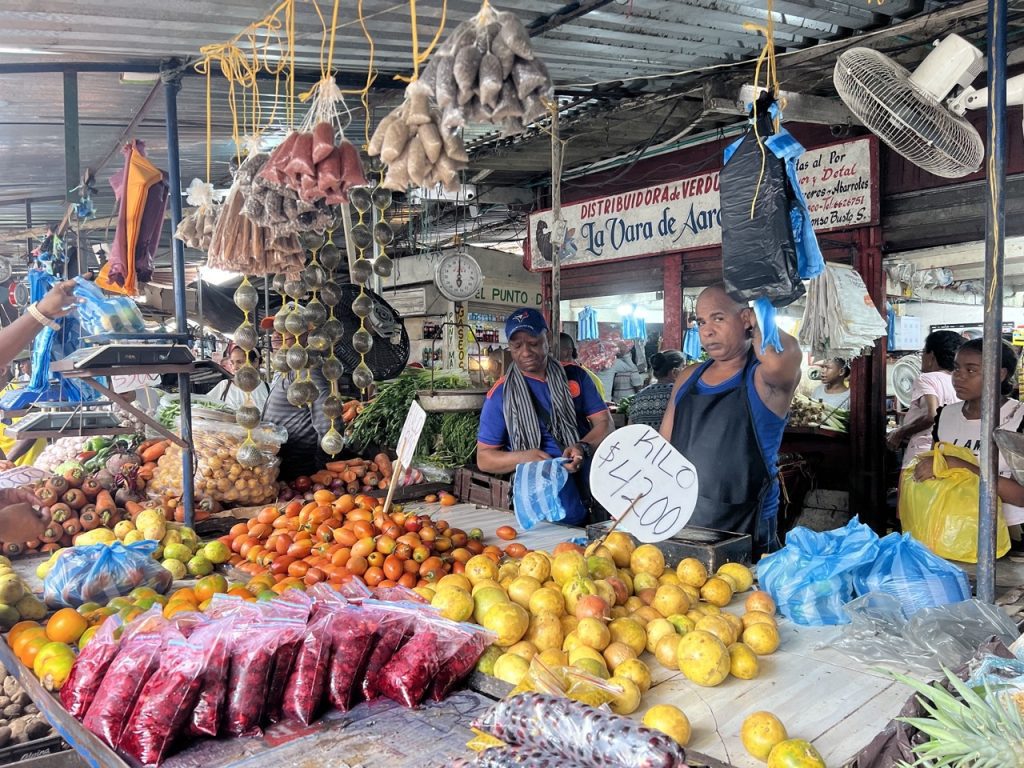
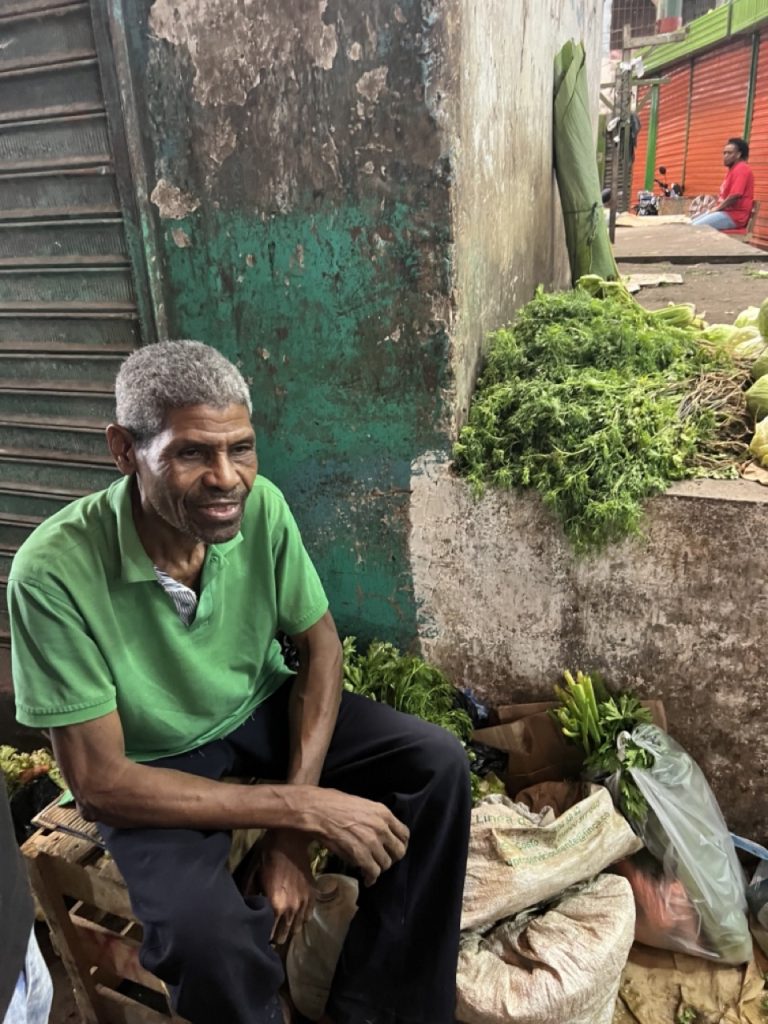
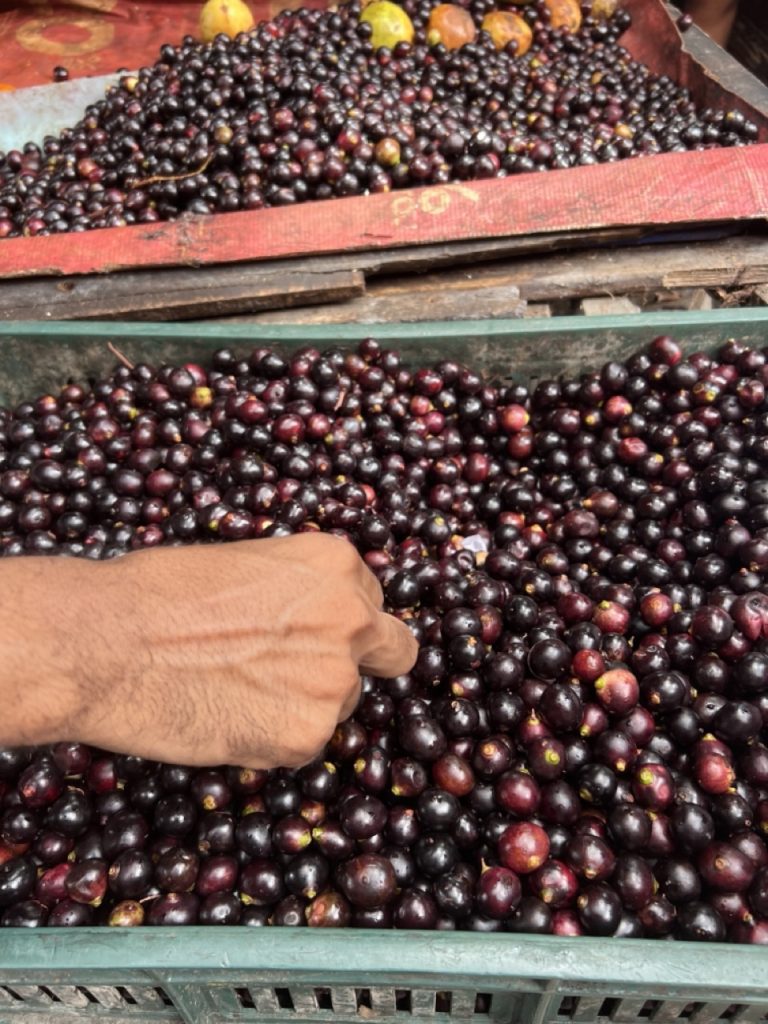
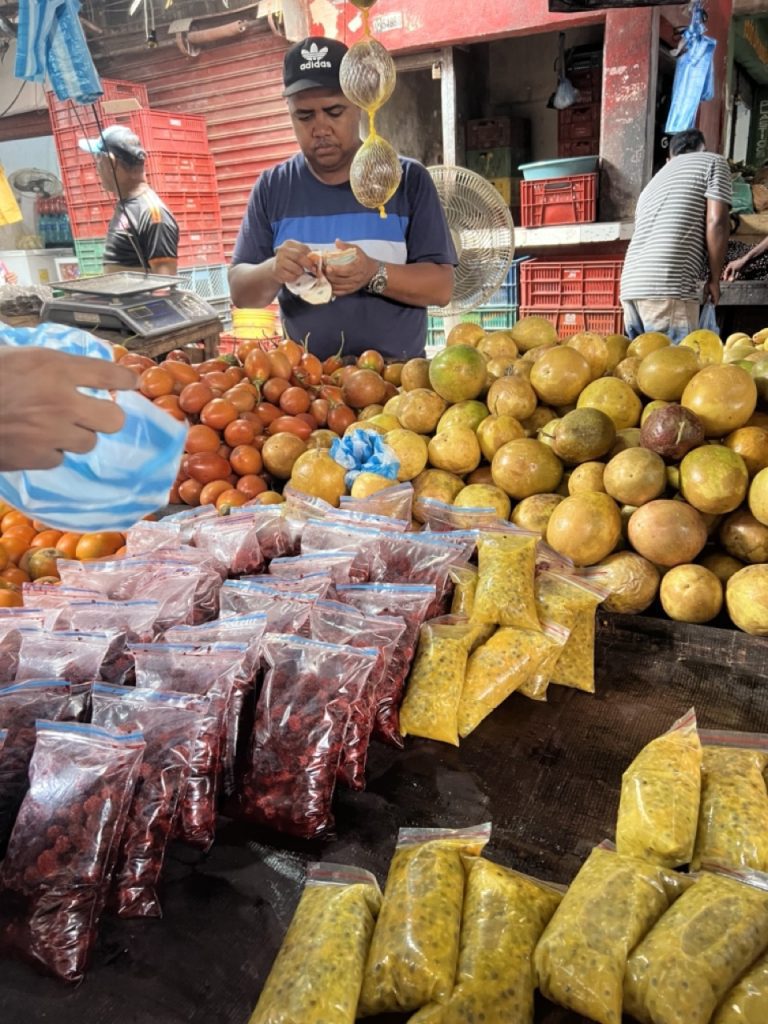
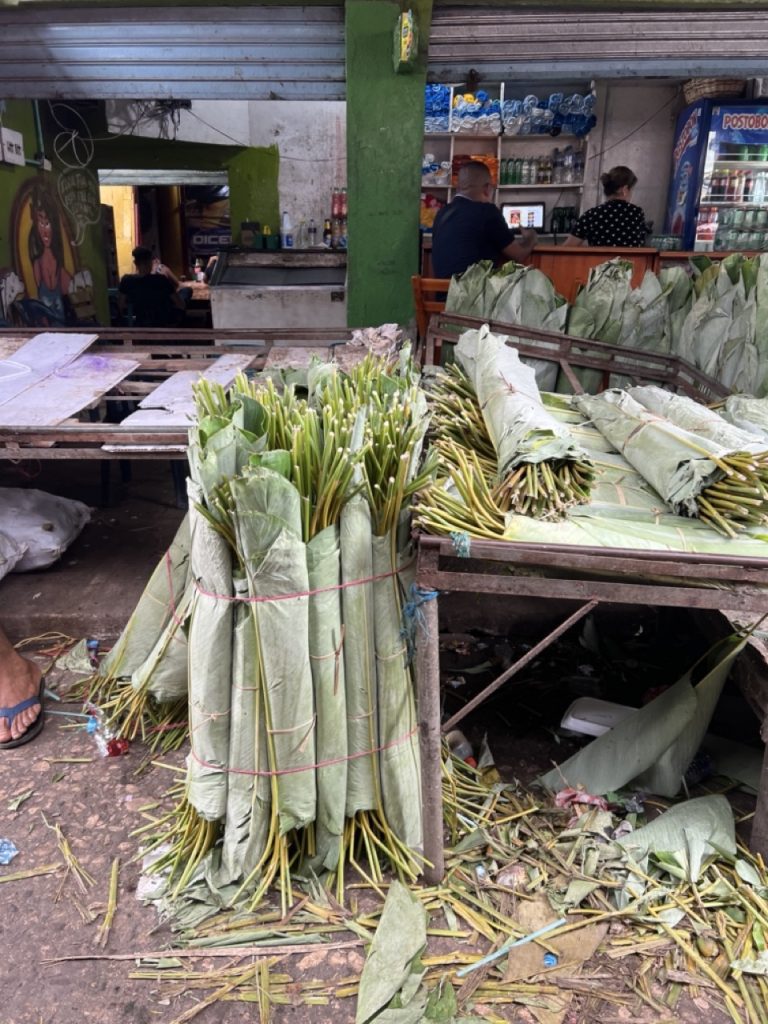
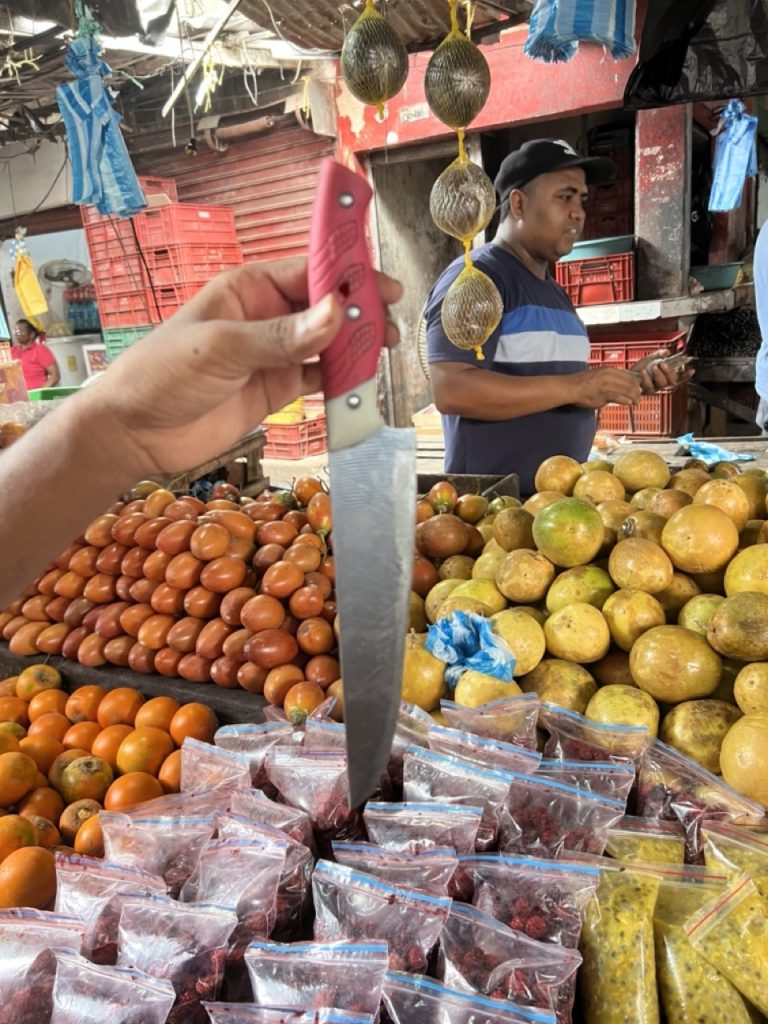
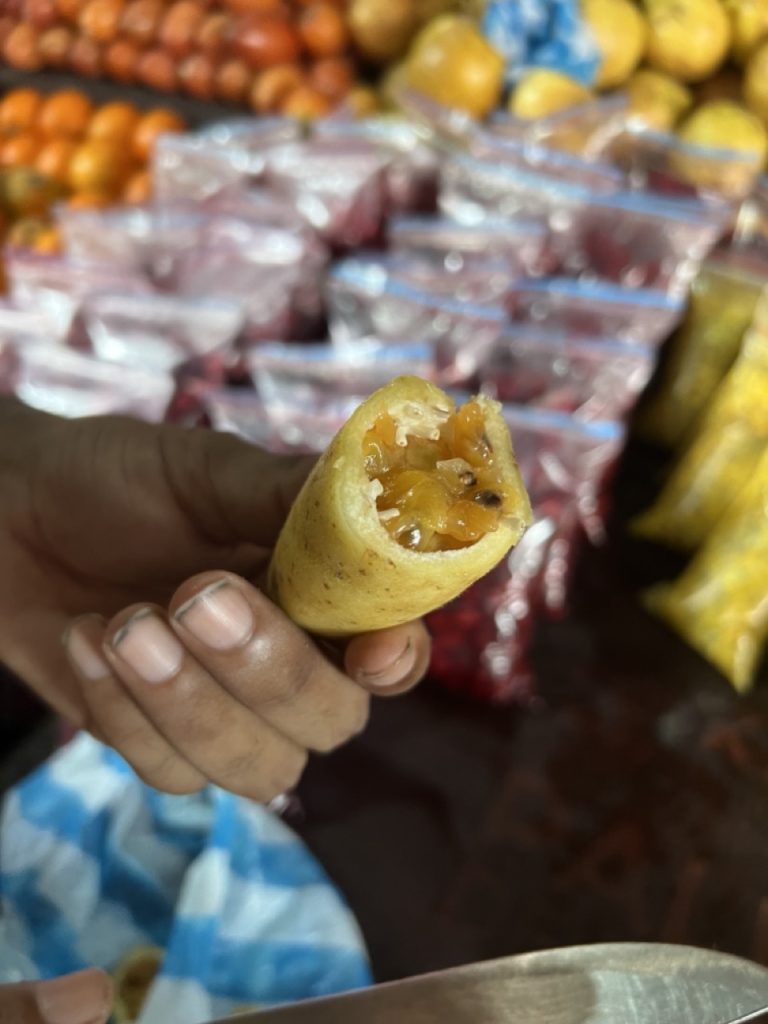
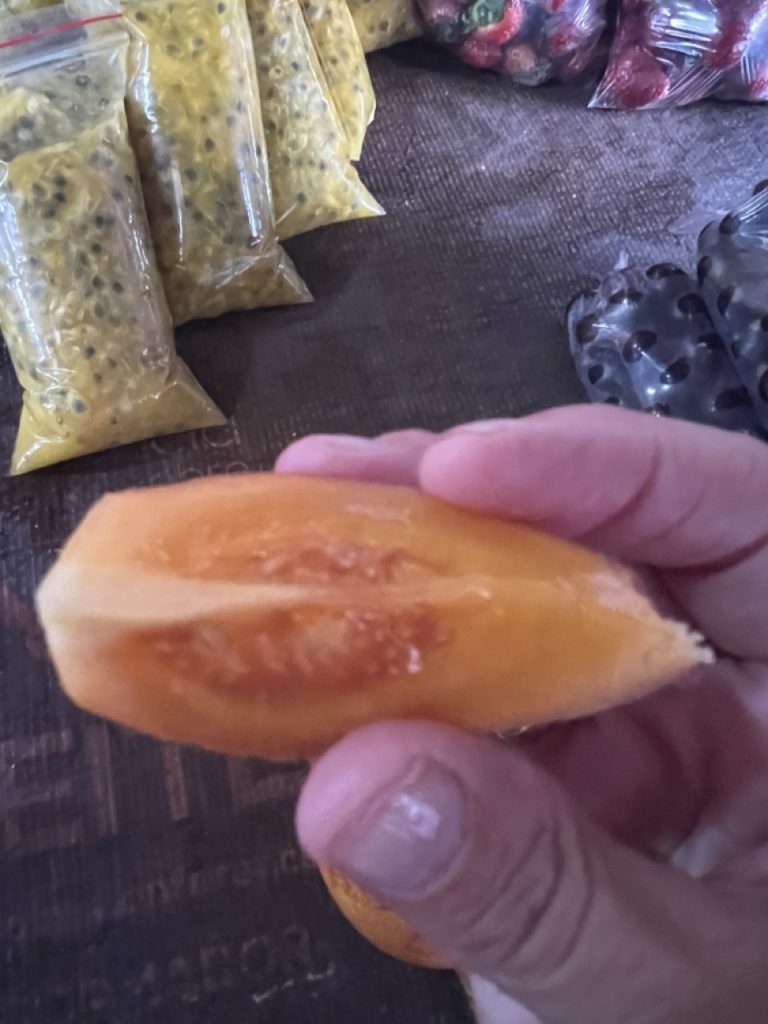
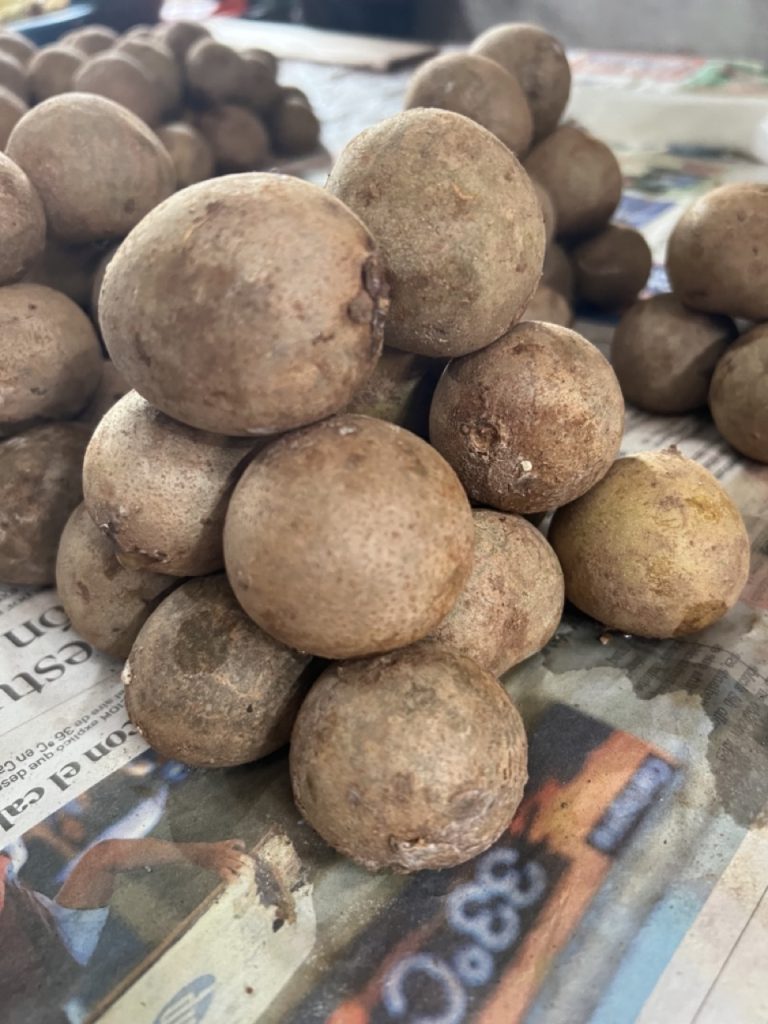
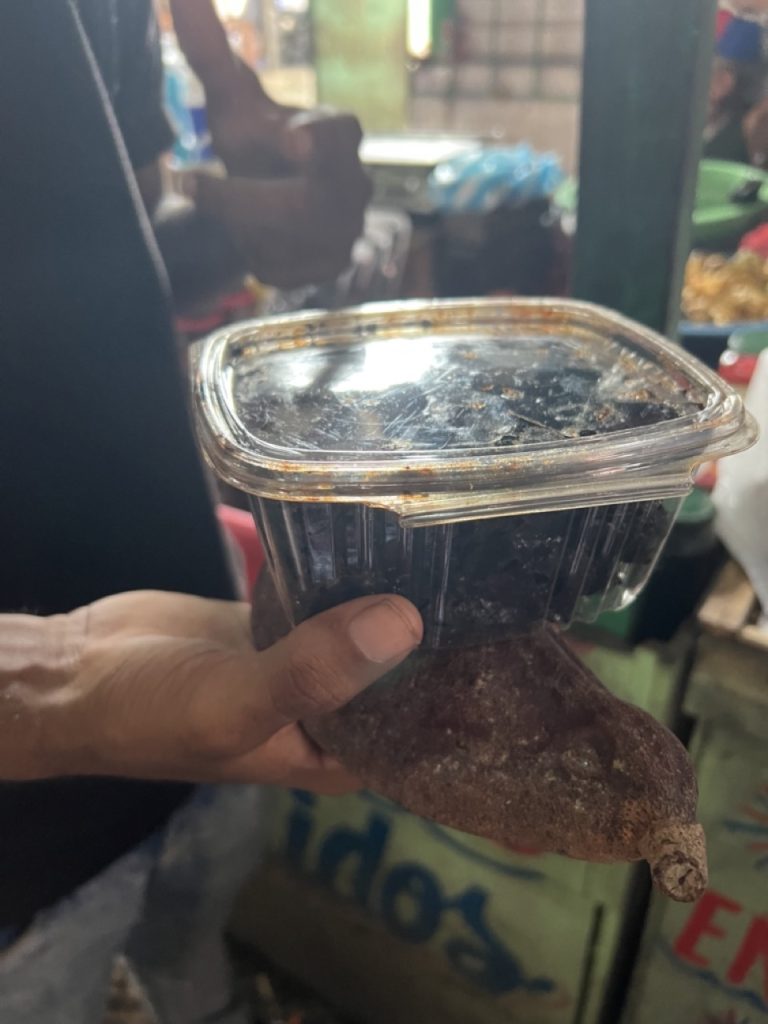
The meat market was as always smelly and not very appetising!
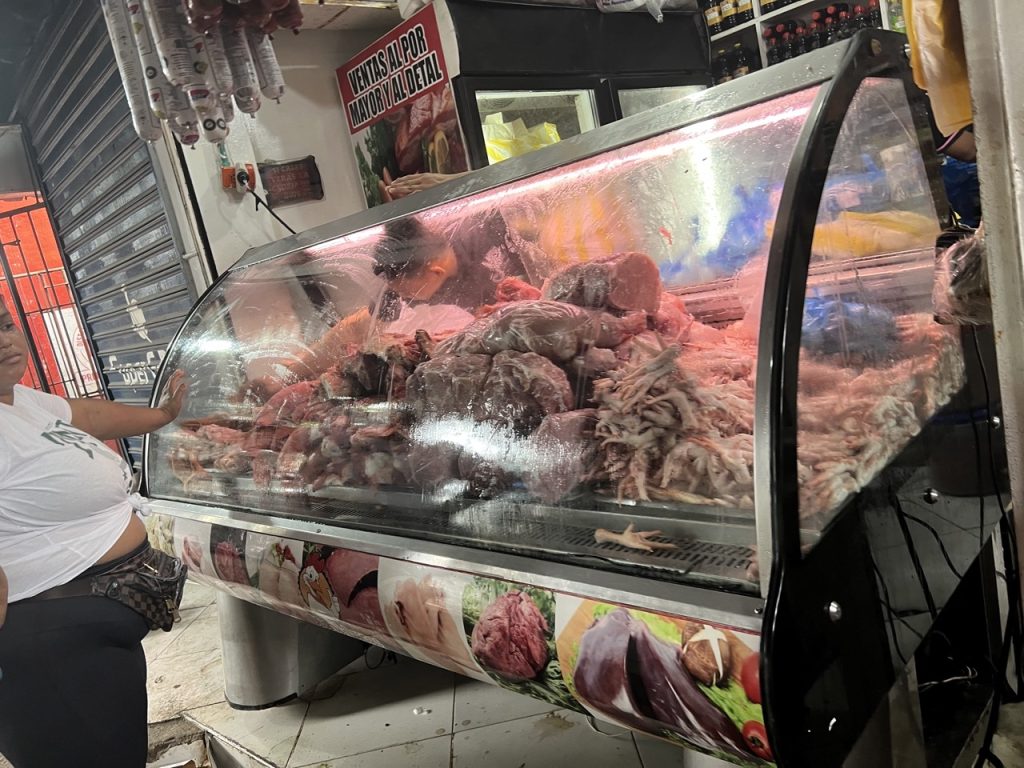
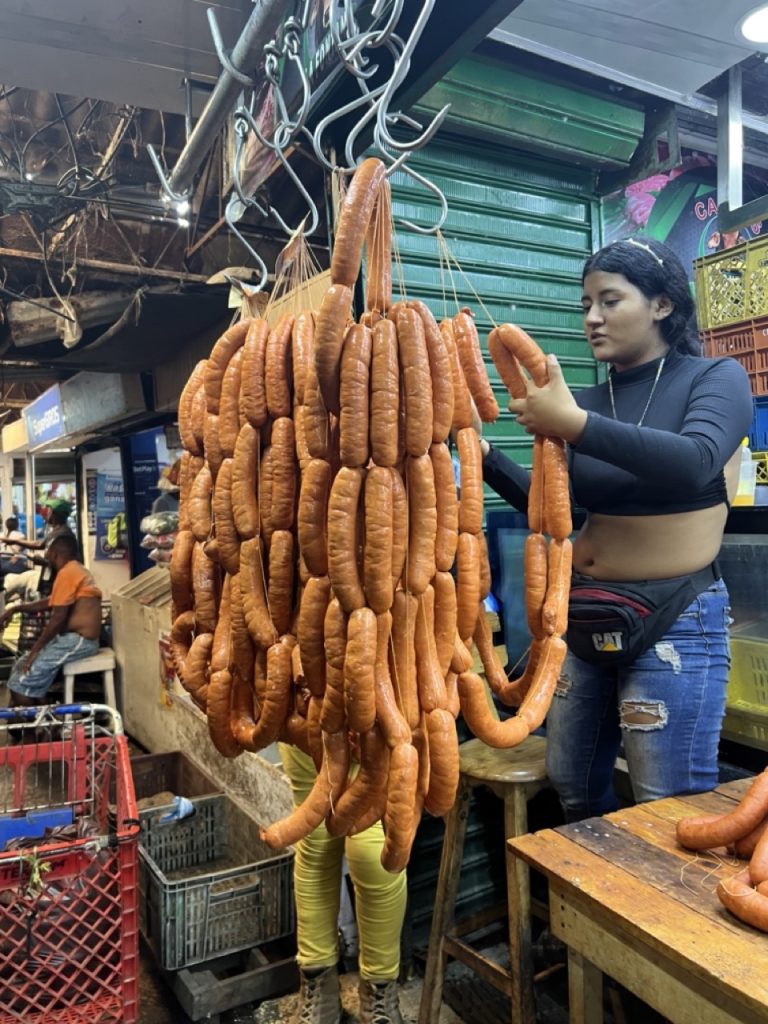
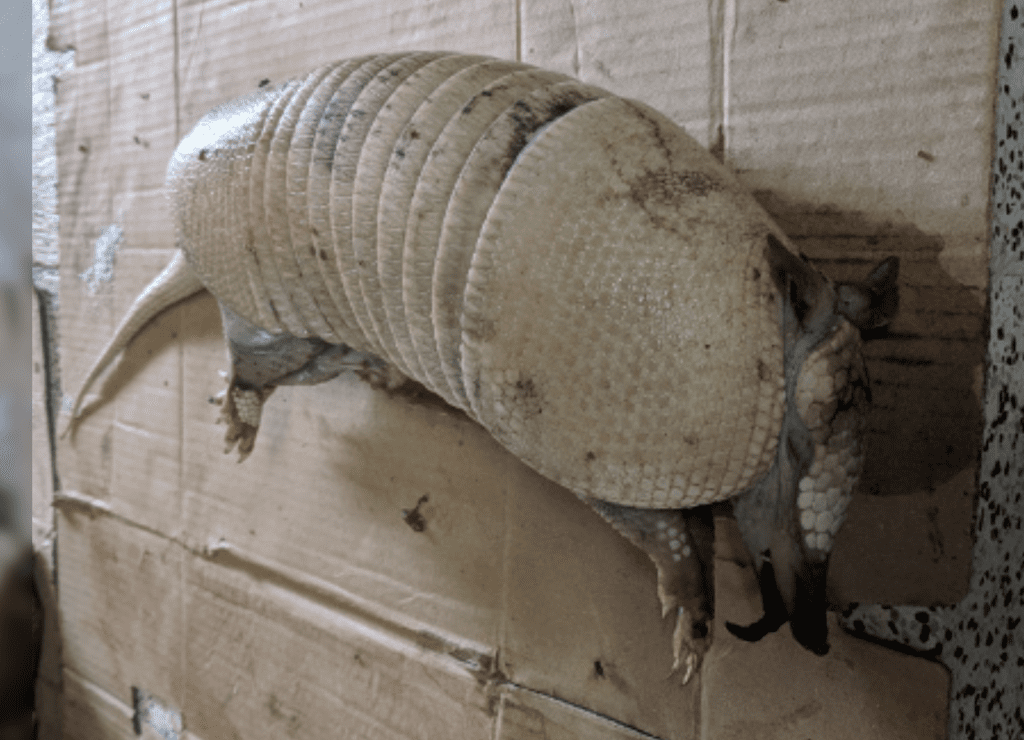
At one of the edges of the labyrynthe, where the commerce gets quite, and many stands and bodegas are empty and abandoned, we found “El Runner,” a local artist and entrepreneur that has been designing and producing the Champeta posters since the 1980s. Nowadays he runs a whole informal factory with young artists (including 4 of his sons) that help him hand-paint the posters, or “carteles picoteros” (from picós or pick-ups), using his unique aesthetic of italic cursive fonts and bright colours. Yellow background and red and green letters. According to “El Runner,” his enterprise can produce up to 500 posters a day. Runner´s informal factory is set up at an abandoned area of the Bazurto market, and leverages all the empty infrastructure available. From walls of empty bodegas to improvised closets, to make-shift wooden tables, “El Runner” and his team have grown on the edges of the market place. He made us a poster which stated ‘Living on the edge of Cartagena’ in Spanish and posed for photos with us/ Really cool! We spotted his posters everywhere in the City after our visit!
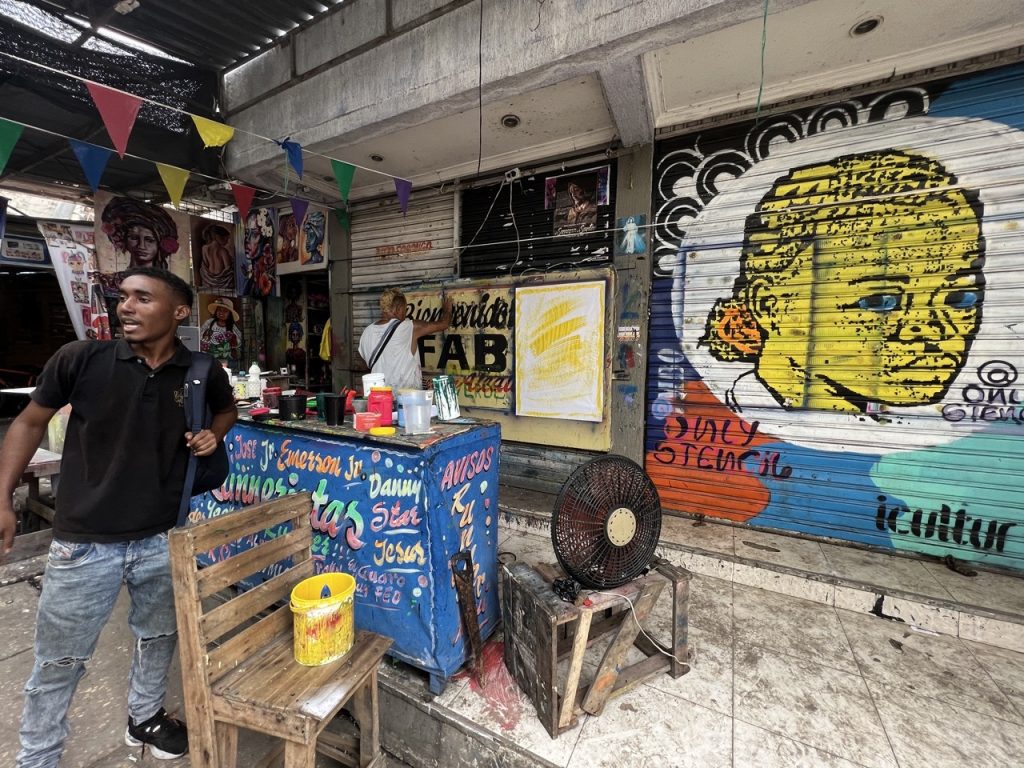
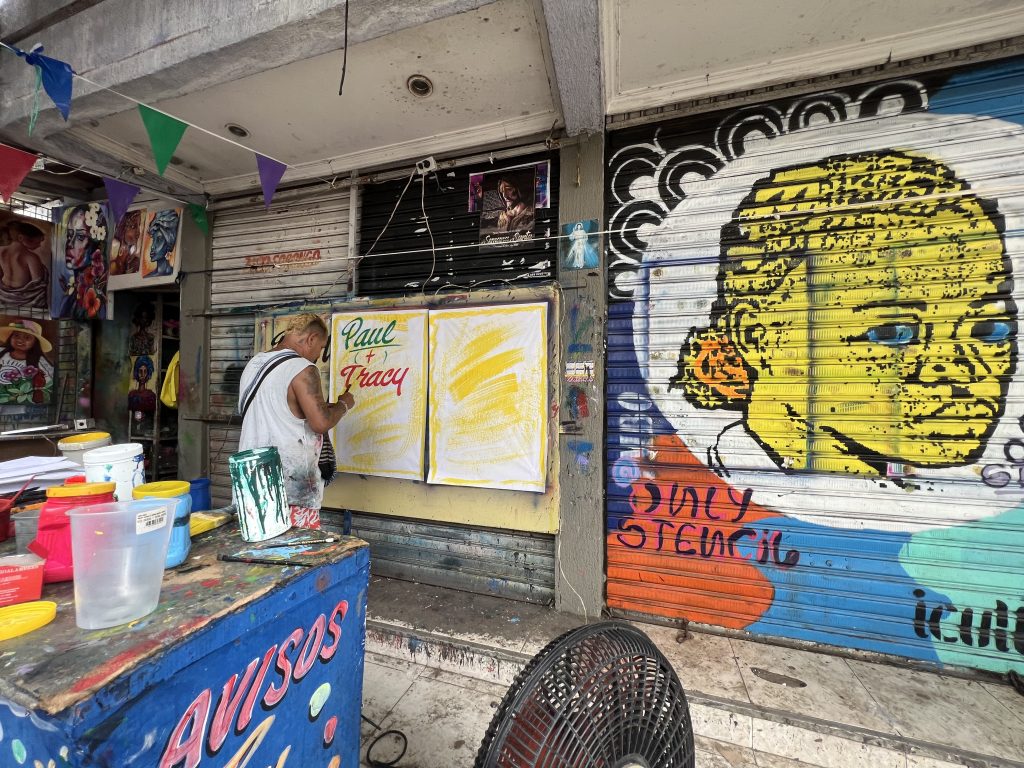
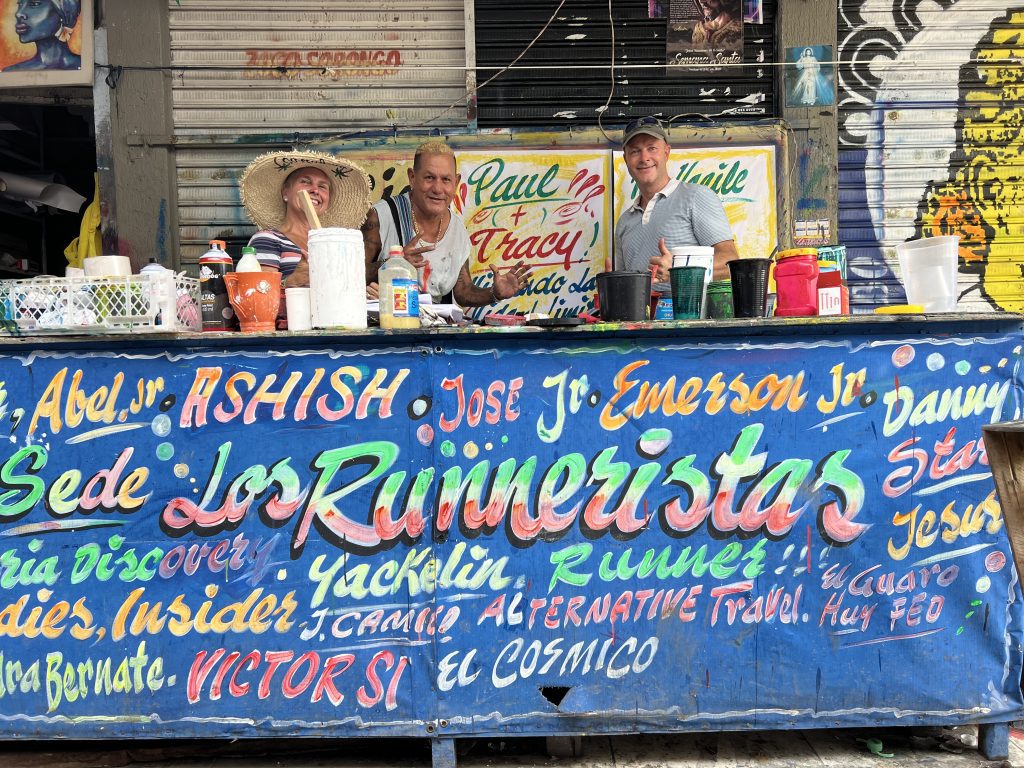
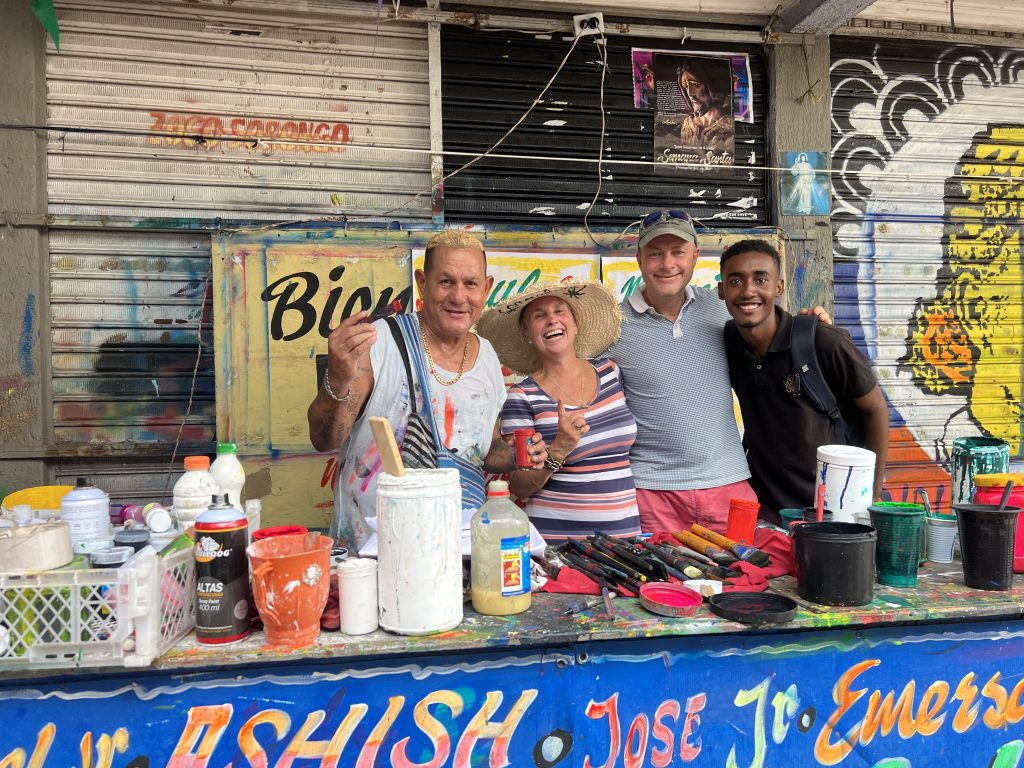
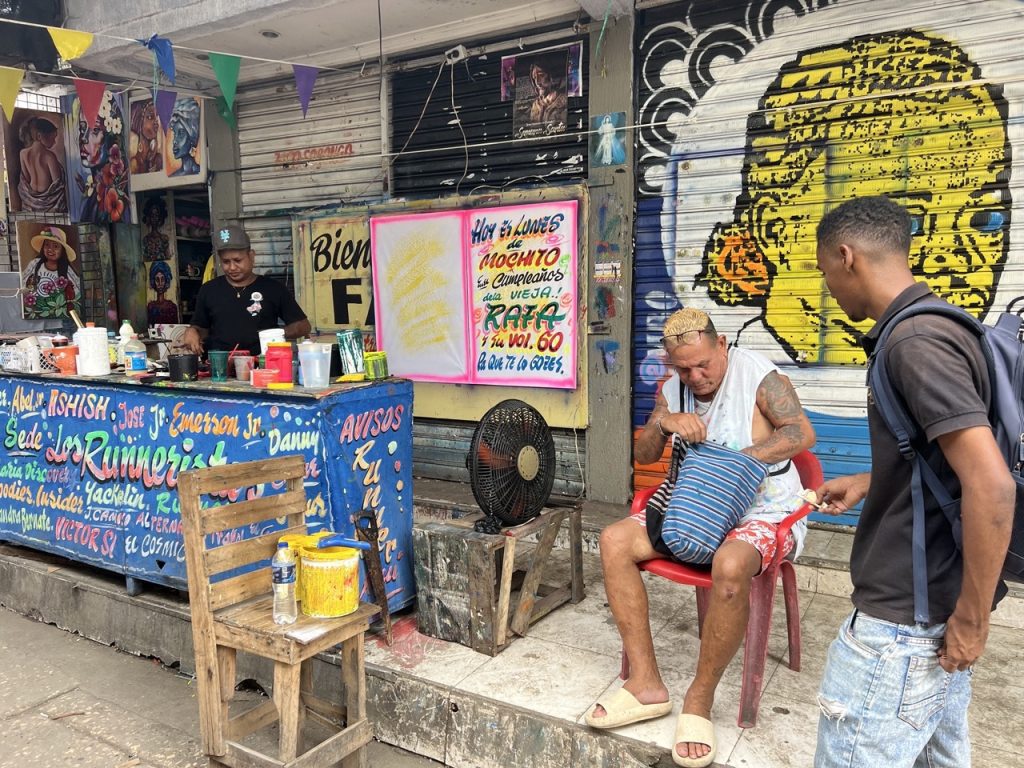
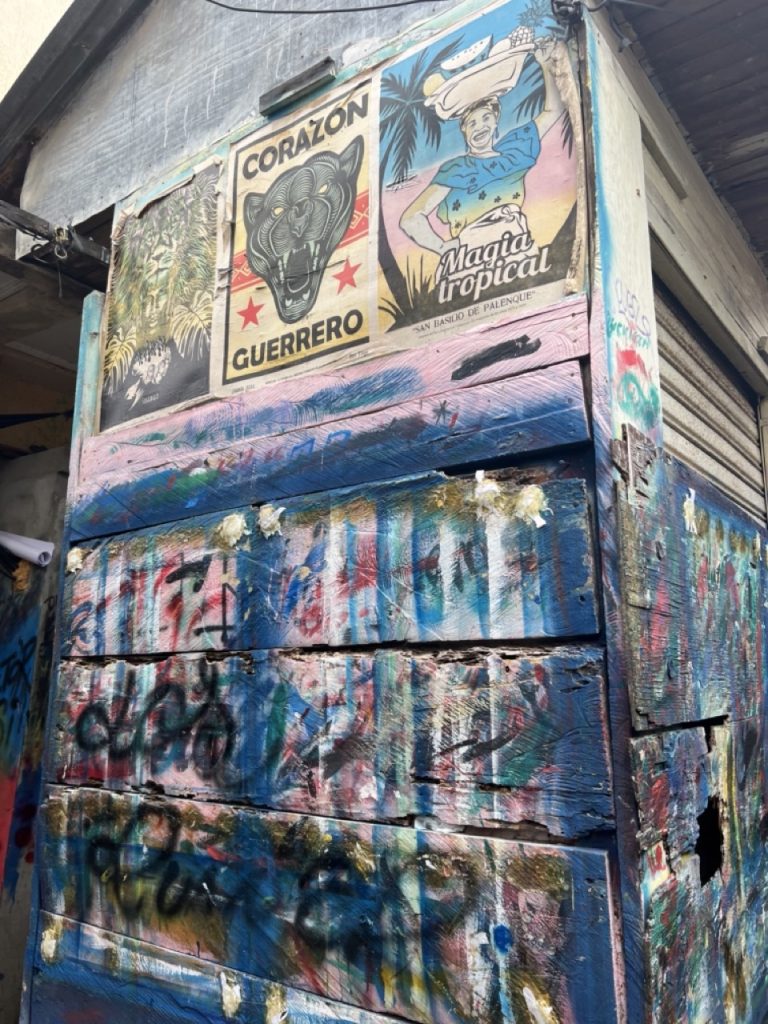
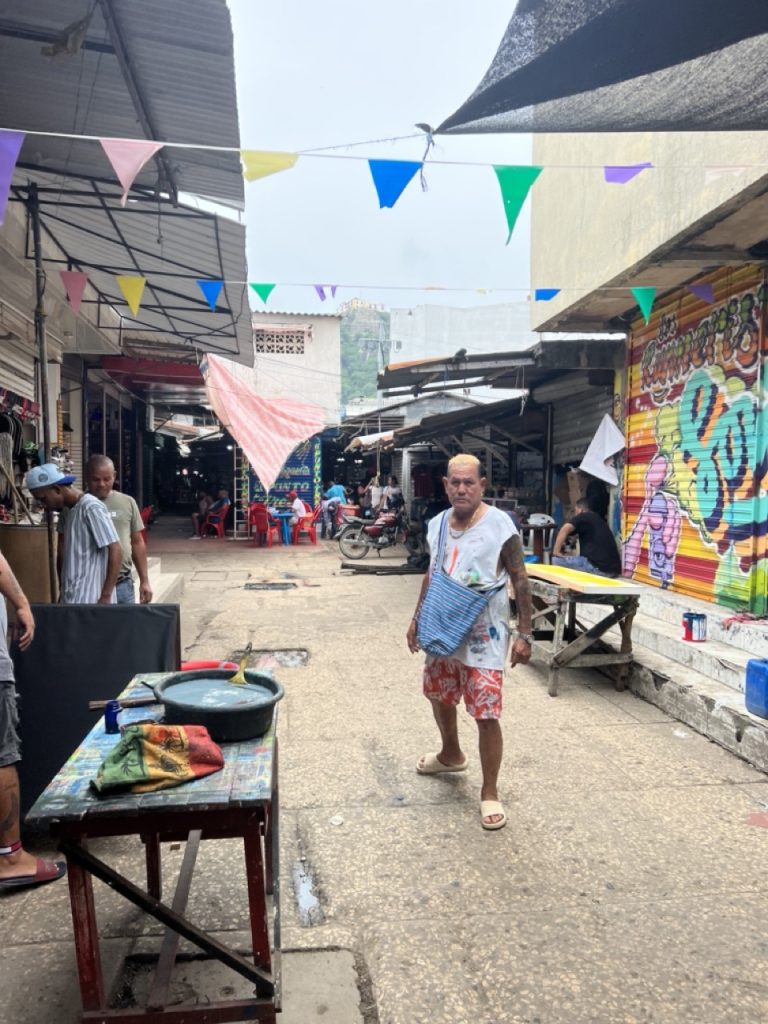
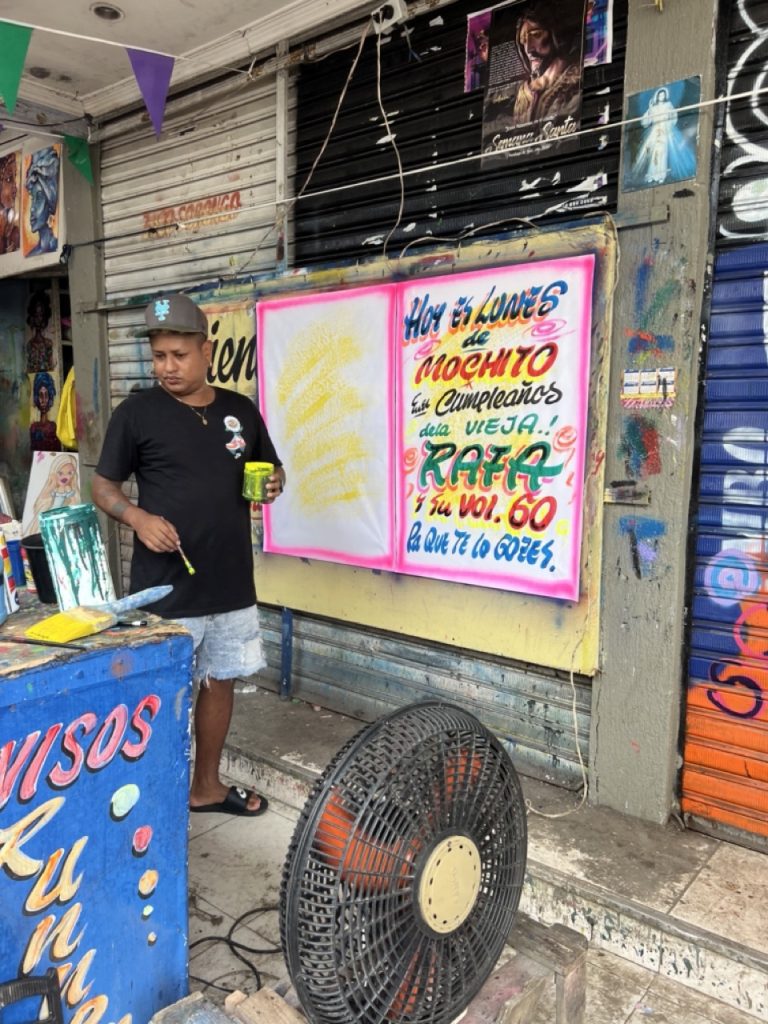
We photographed the posters in the City advertising music events, now knowing where they originated !
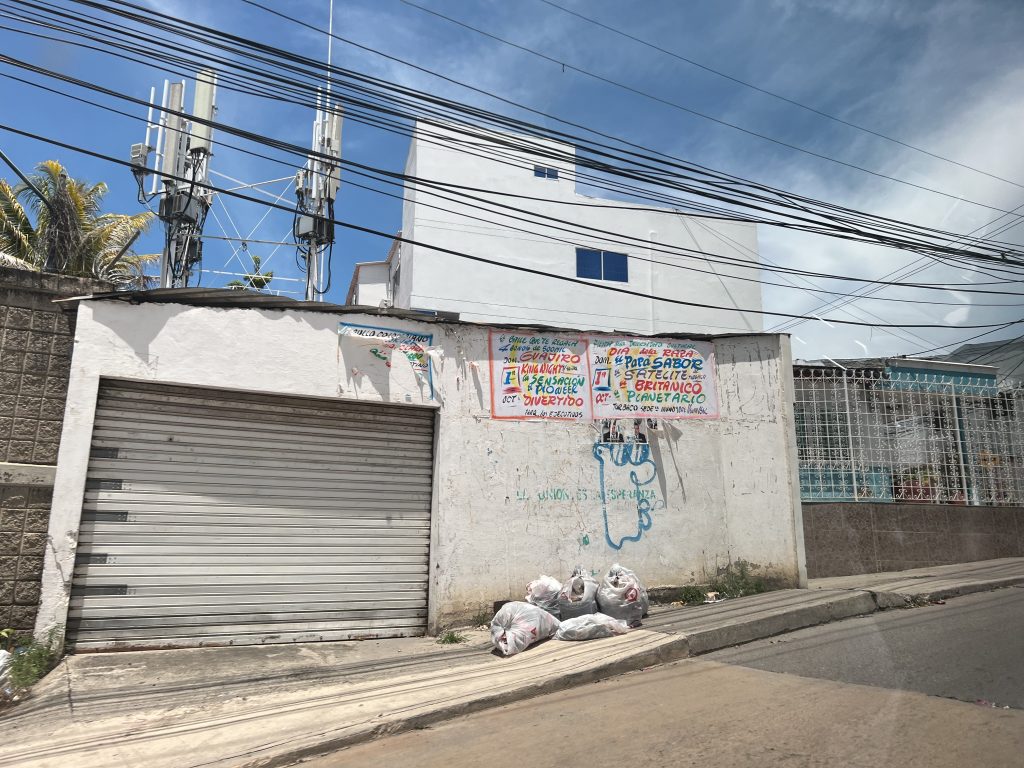
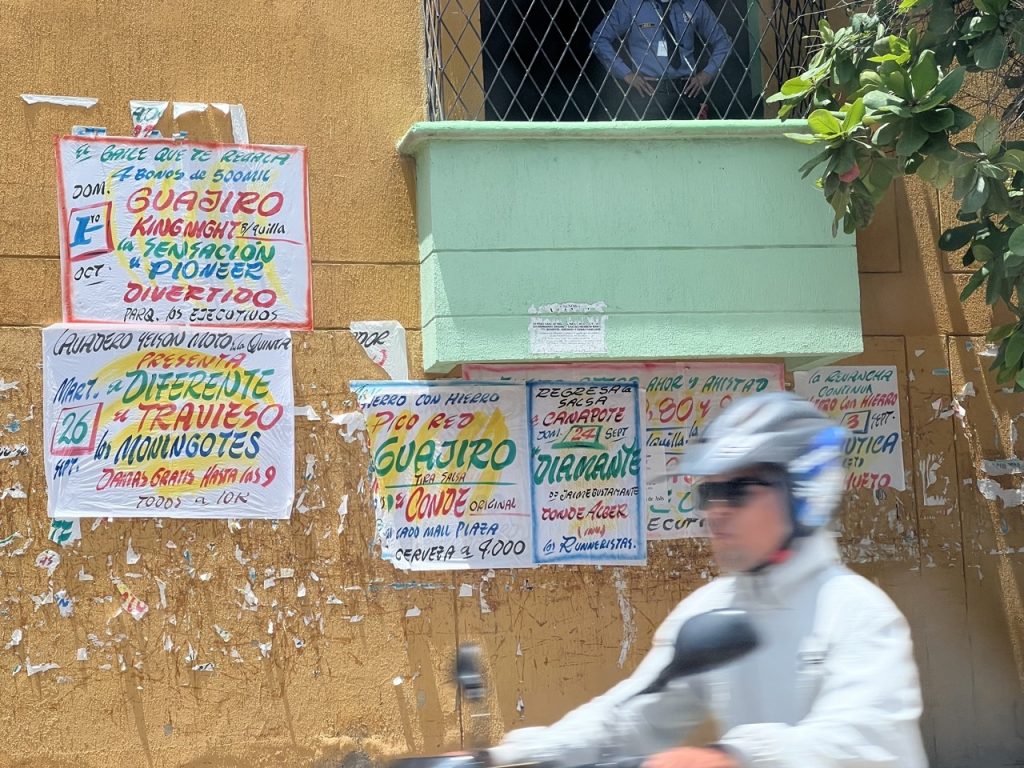
We finished our tour with fried fish, crab, yucca cooked in pink soda and a cup of the soda which tastes exactly like Sparletta in South Africa!
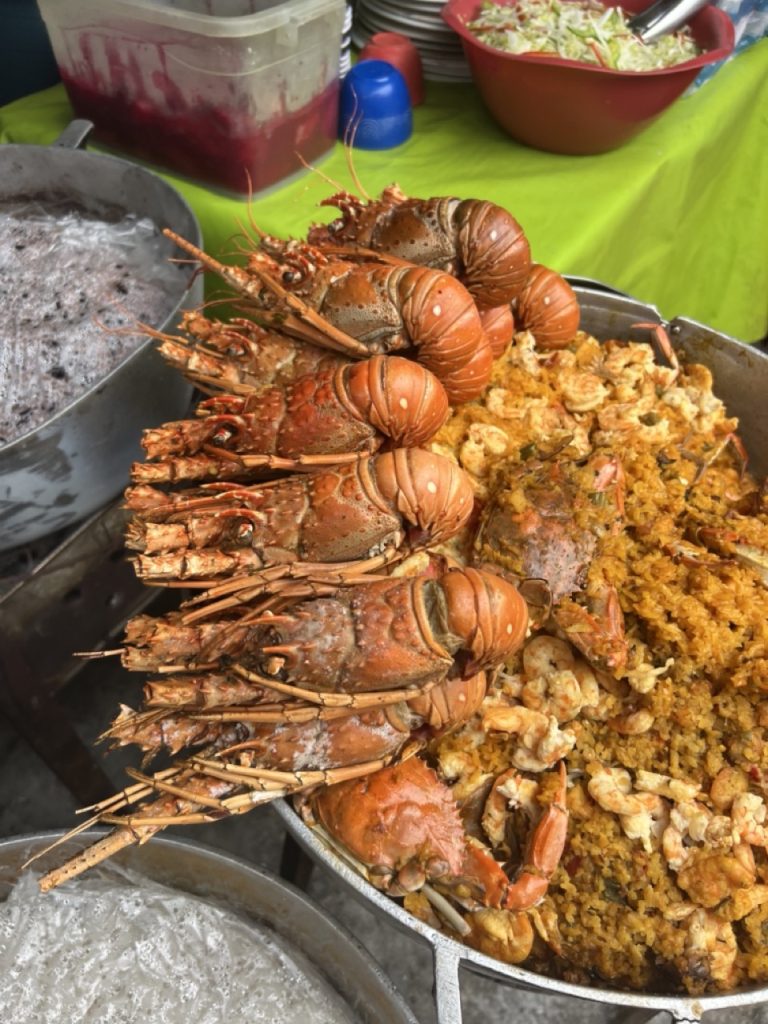
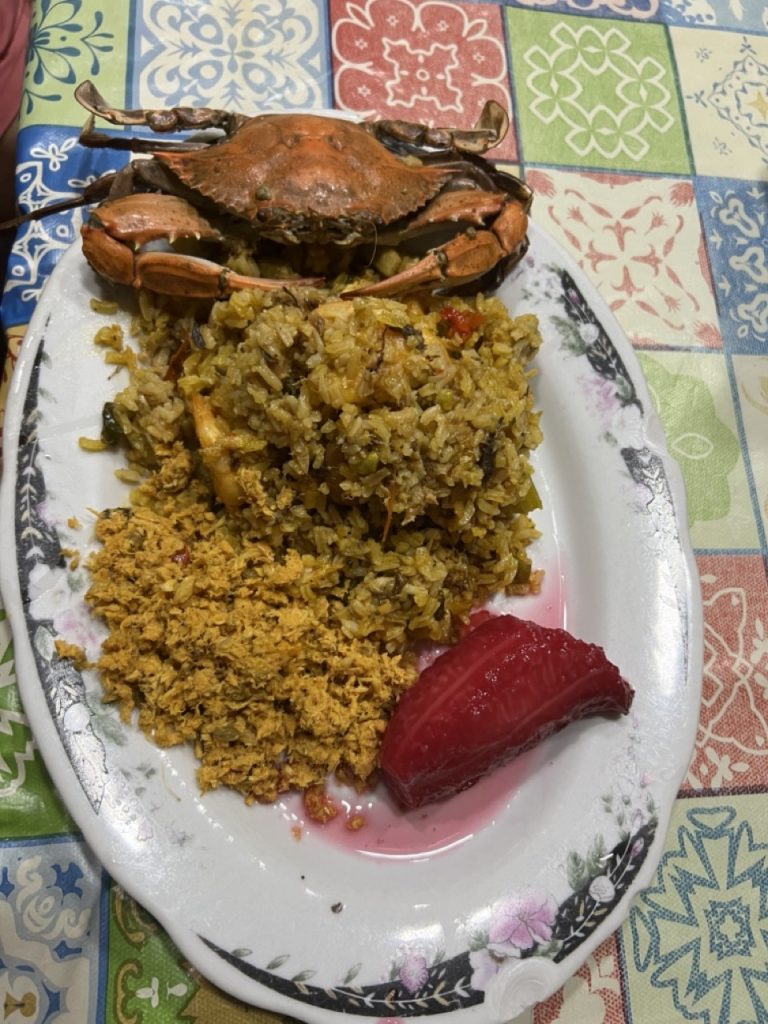
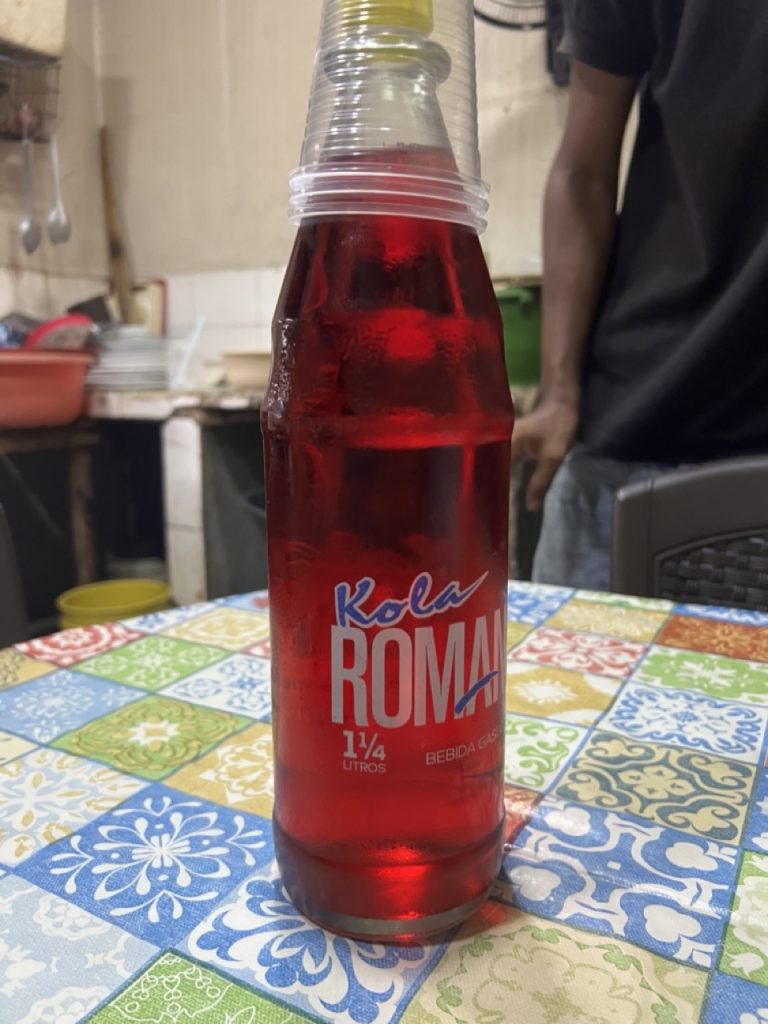
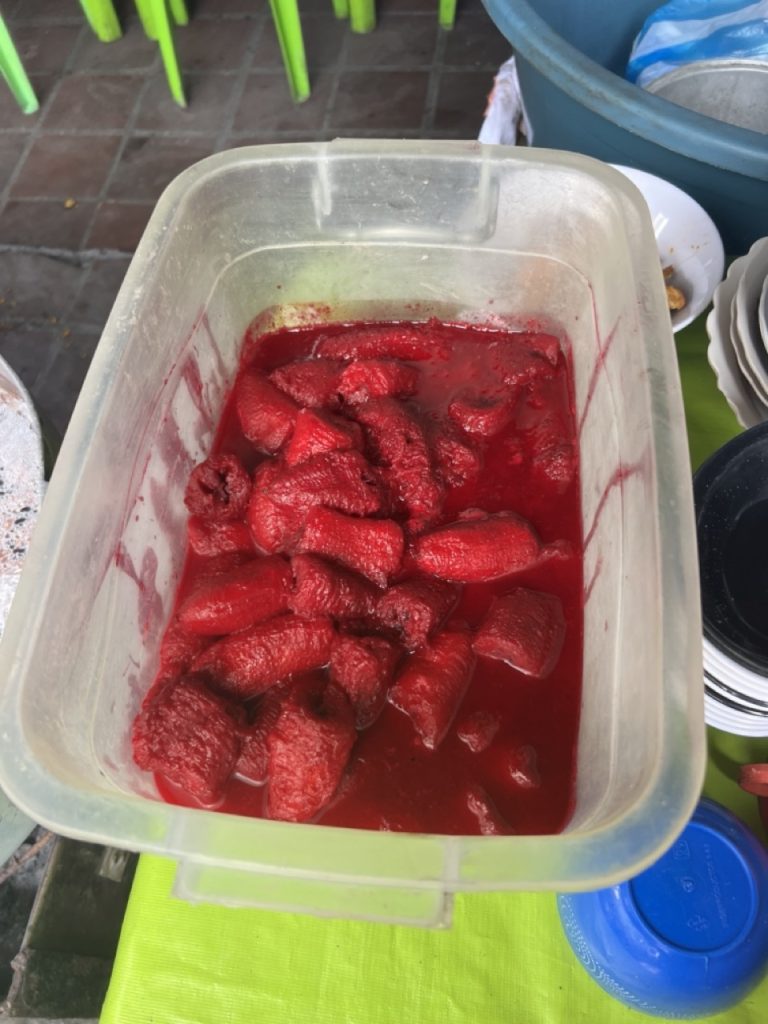
Delicious. SO pleased that we did this tour … we were really immersed in the spirit of Cartagena as a local and loved every minute.
We said farewell at the next bus stop where we disembarked and Jesus kindly accompanied us into a Mall so that we could use clean toilets! This was conveniently located right next to the Castillo de San Felipe which is a large and beautiful 16th-century castle in Cartagena, Colombia. It sits just across the bridge from Getsemani and is only a 10-minute walk away from the clock tower in the historic center. Most importantly, it’s also a UNESCO world heritage site, protected because of its importance in defending the city against past attacks. It was so hot!!
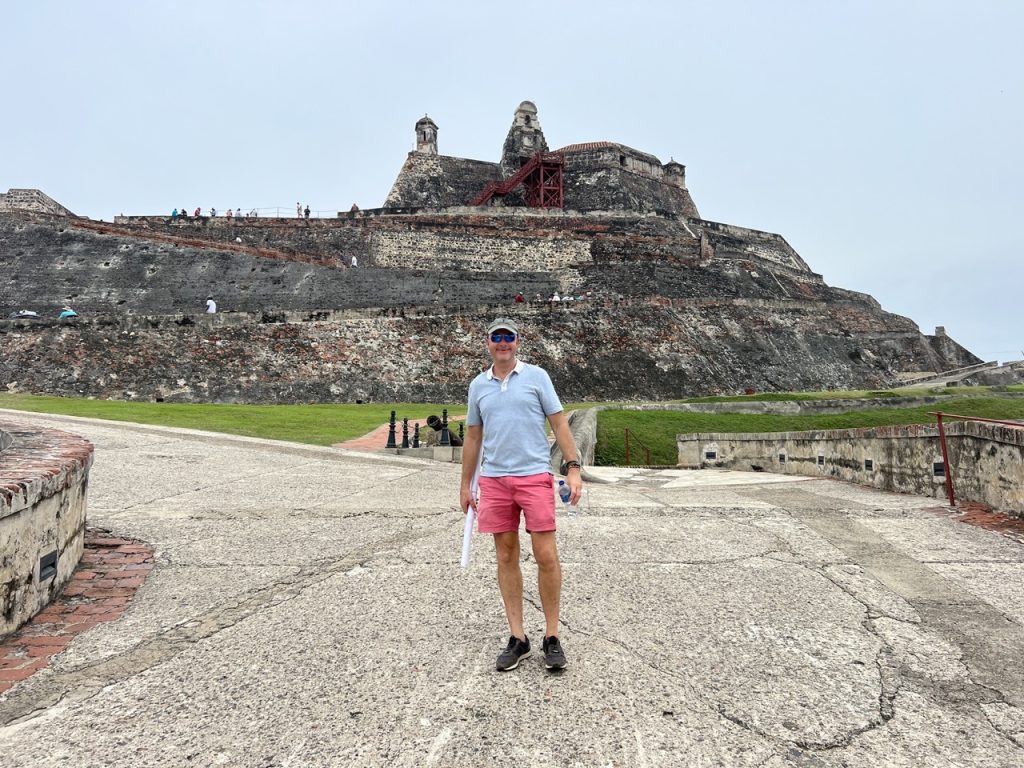
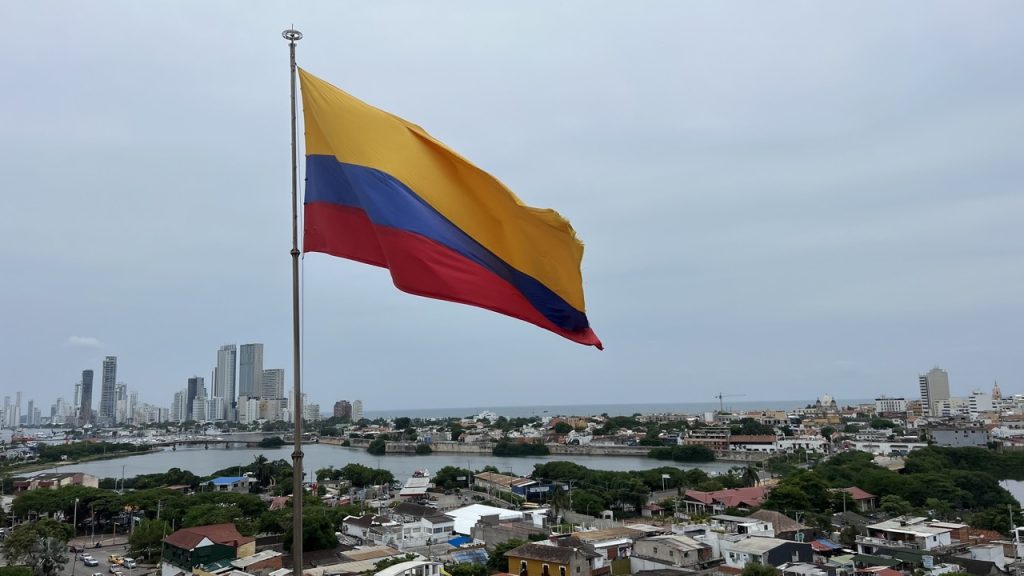
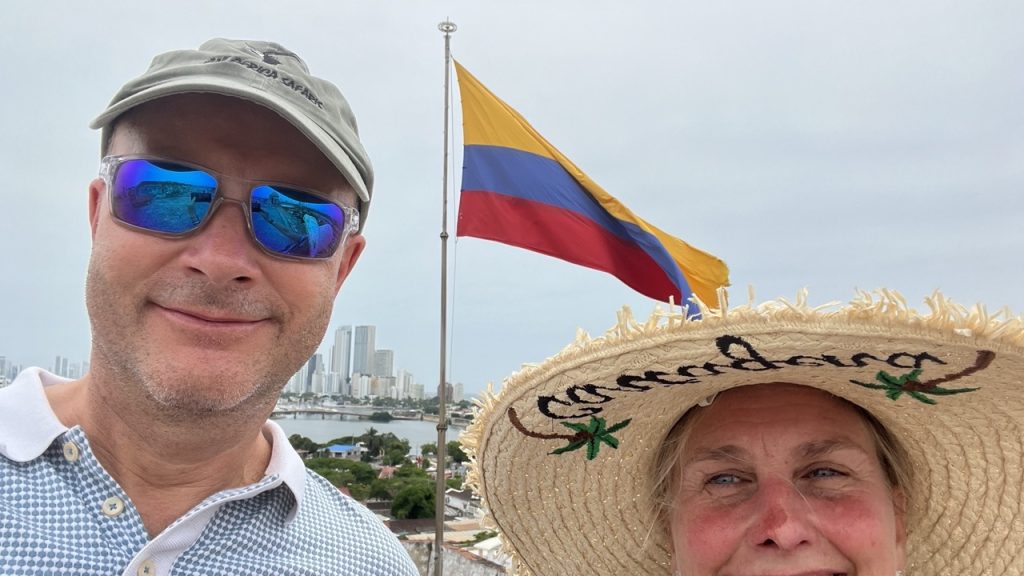
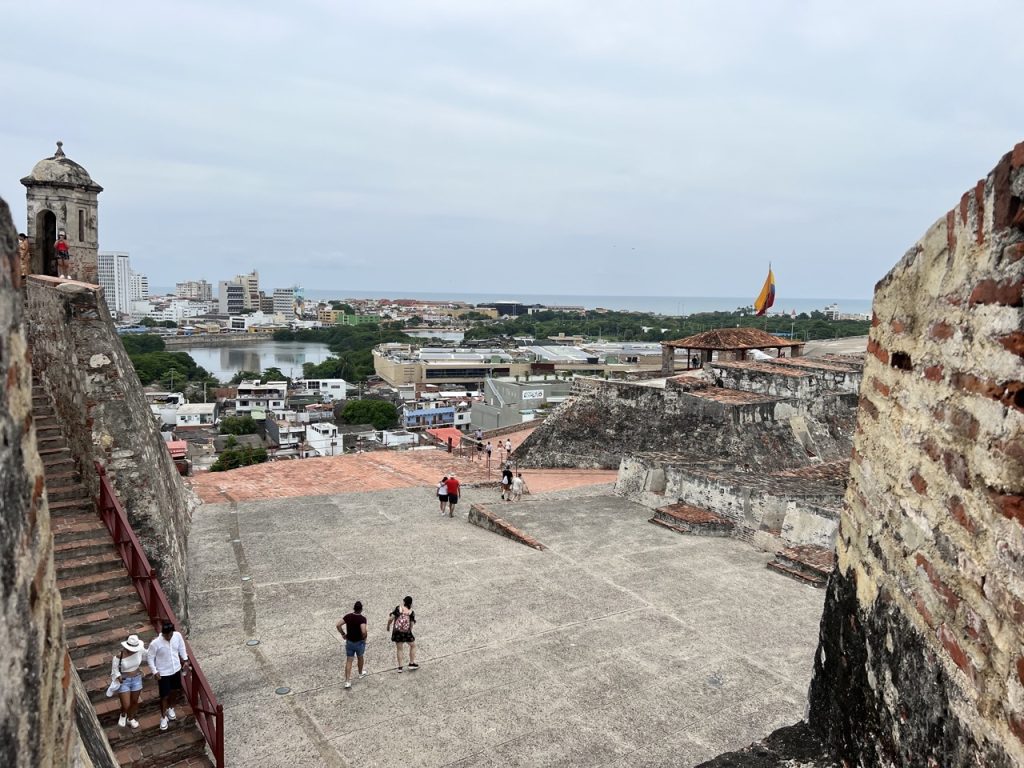
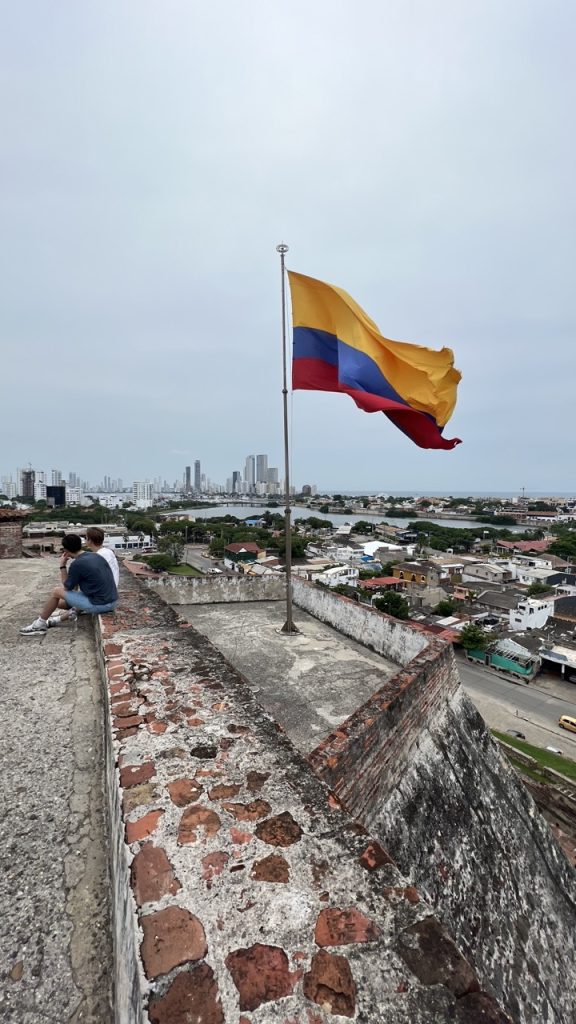
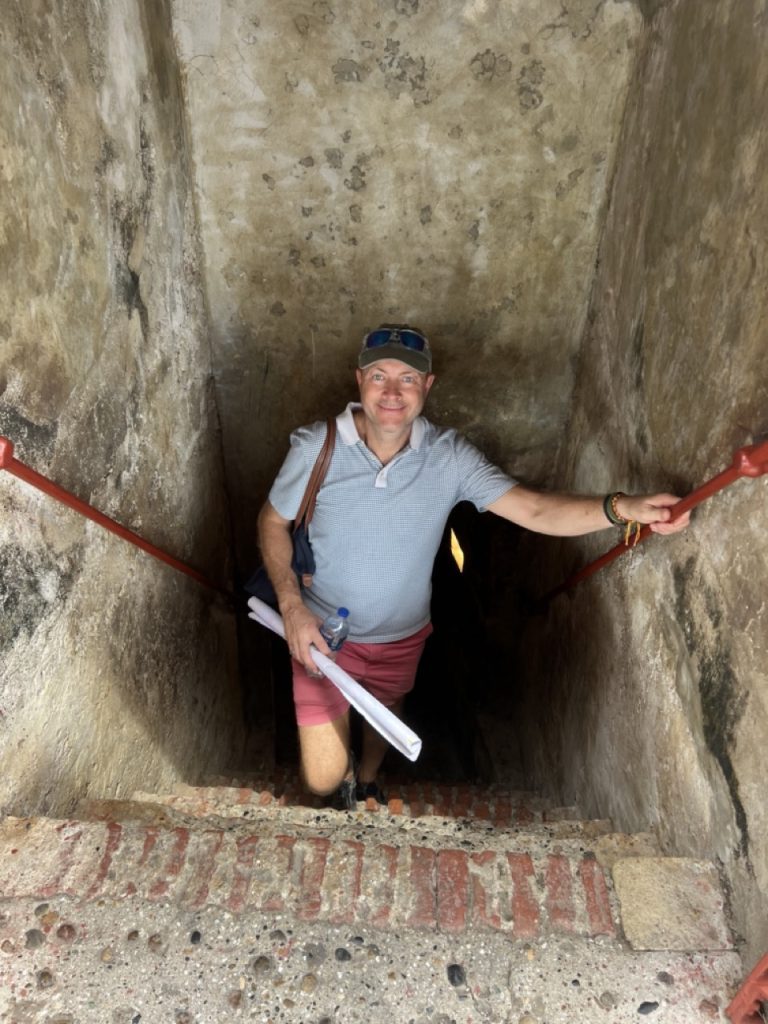
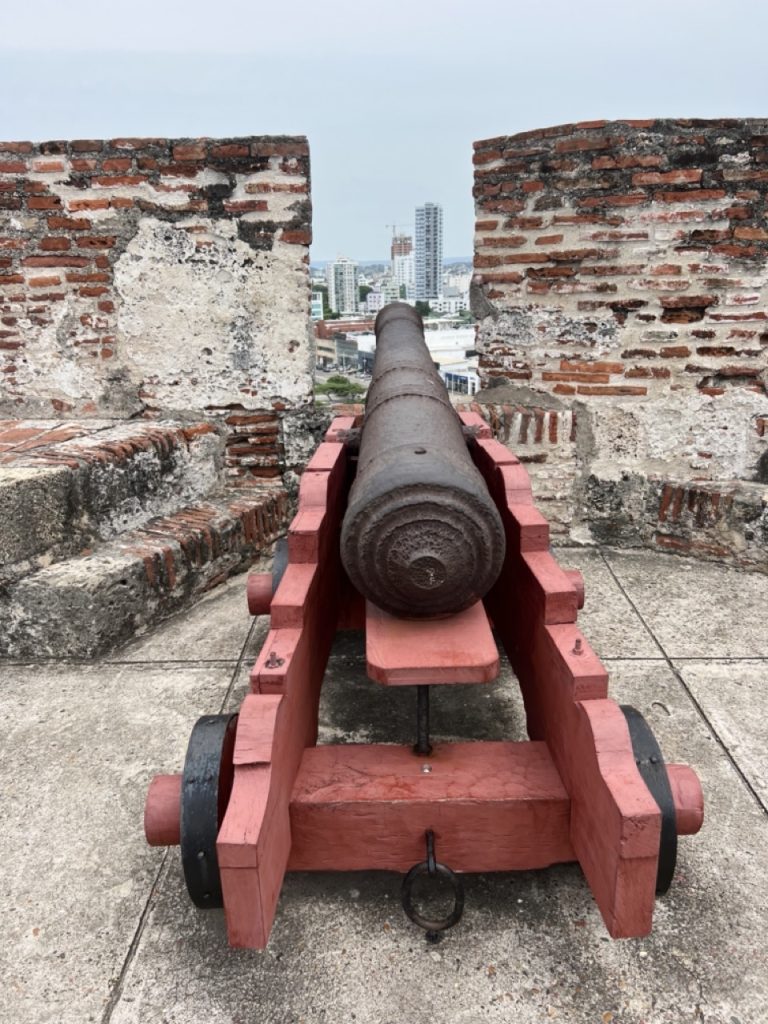
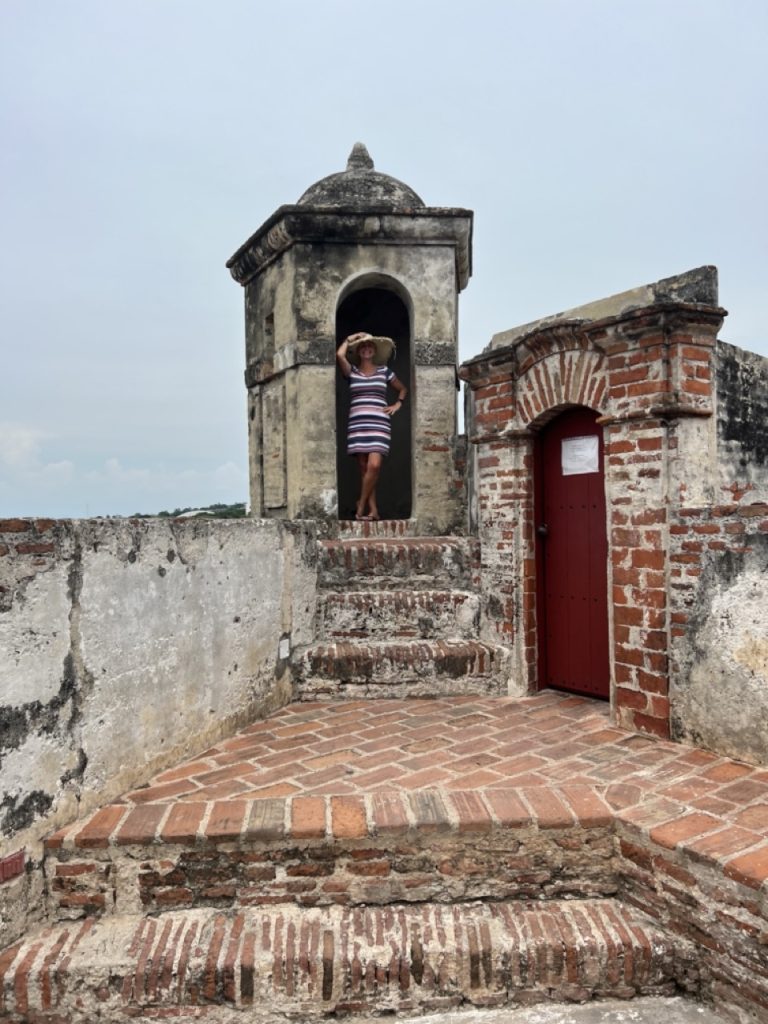
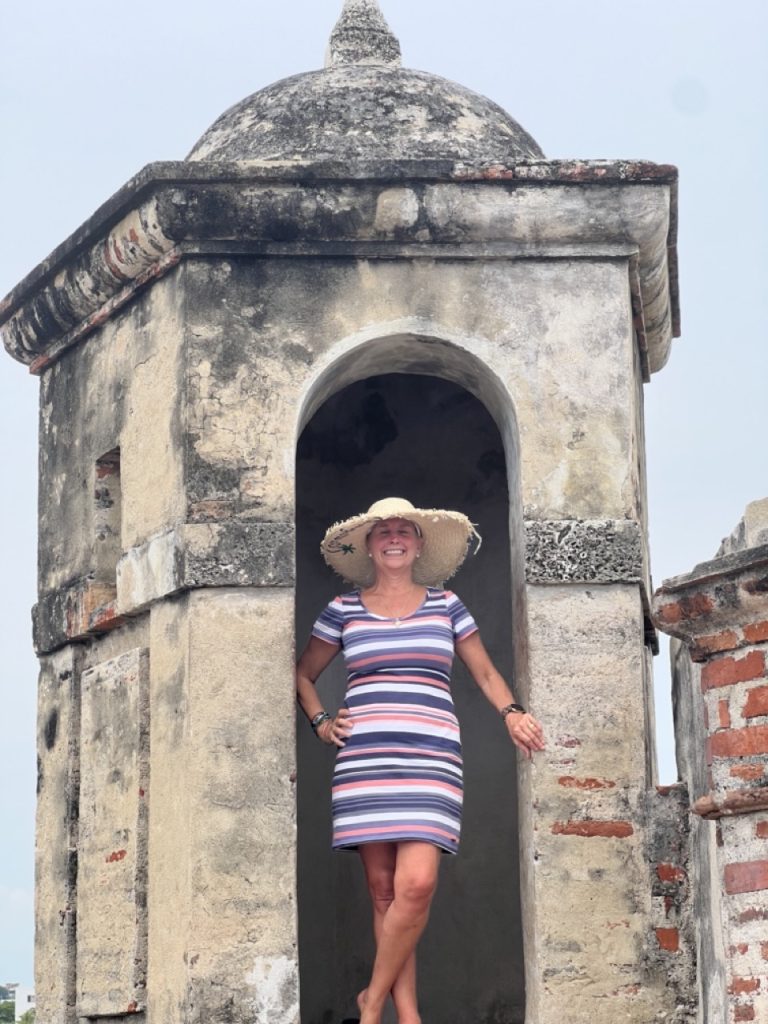
We then walked over the bridge and backed to the walled city via the Clock Tower.
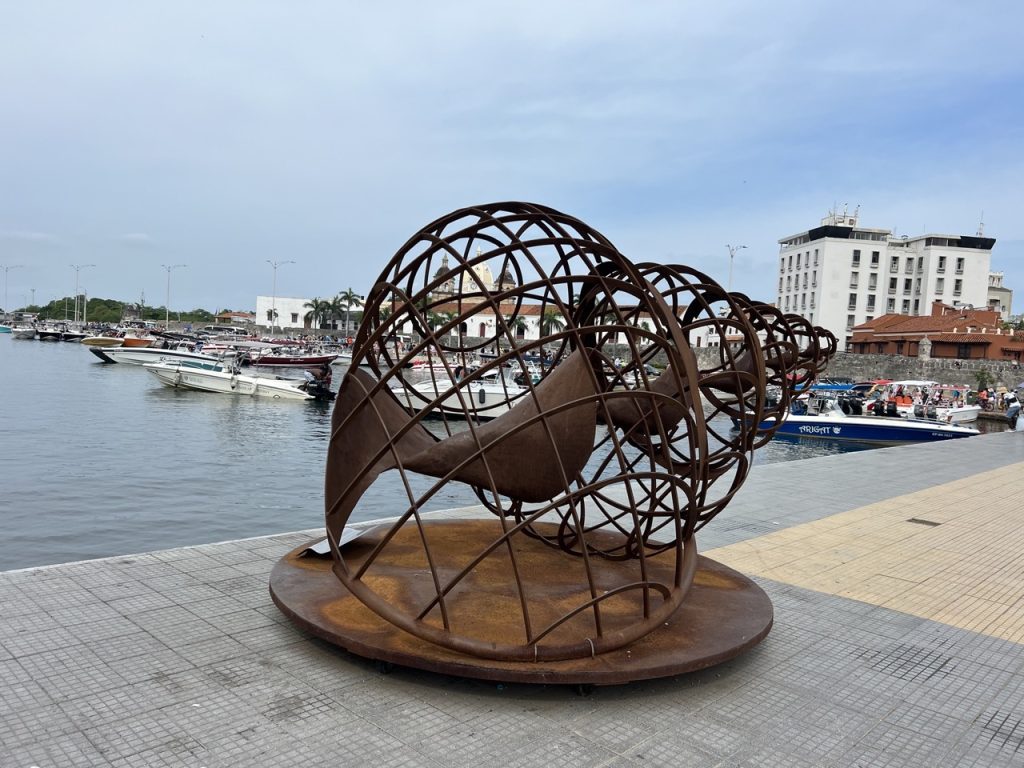
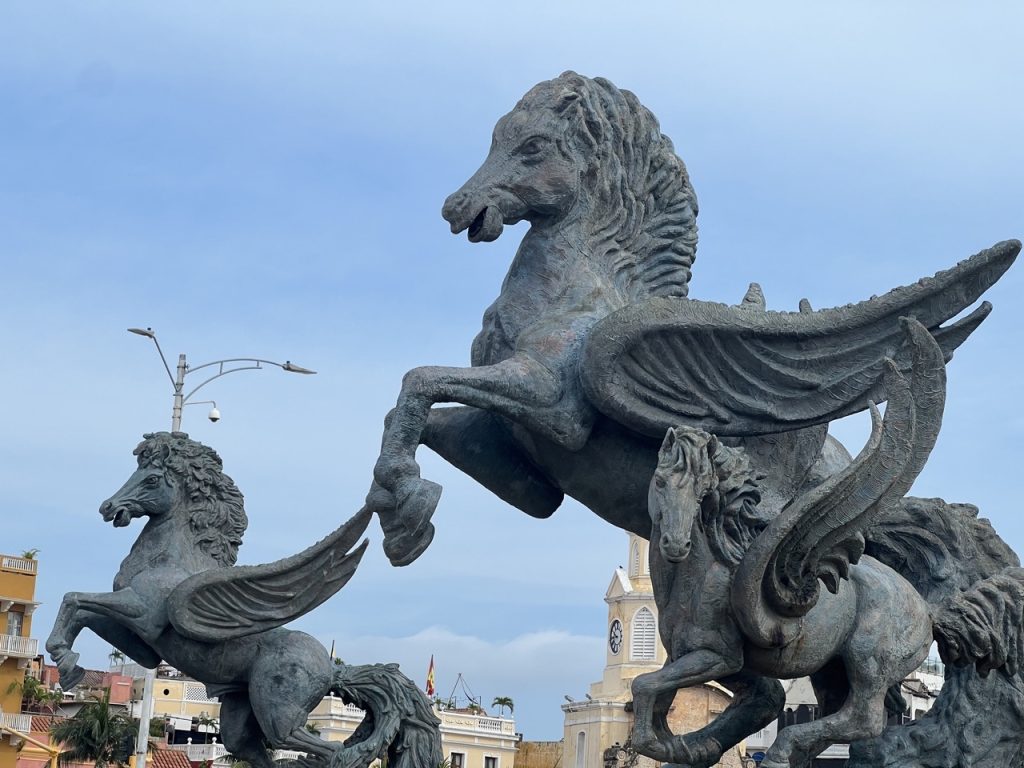
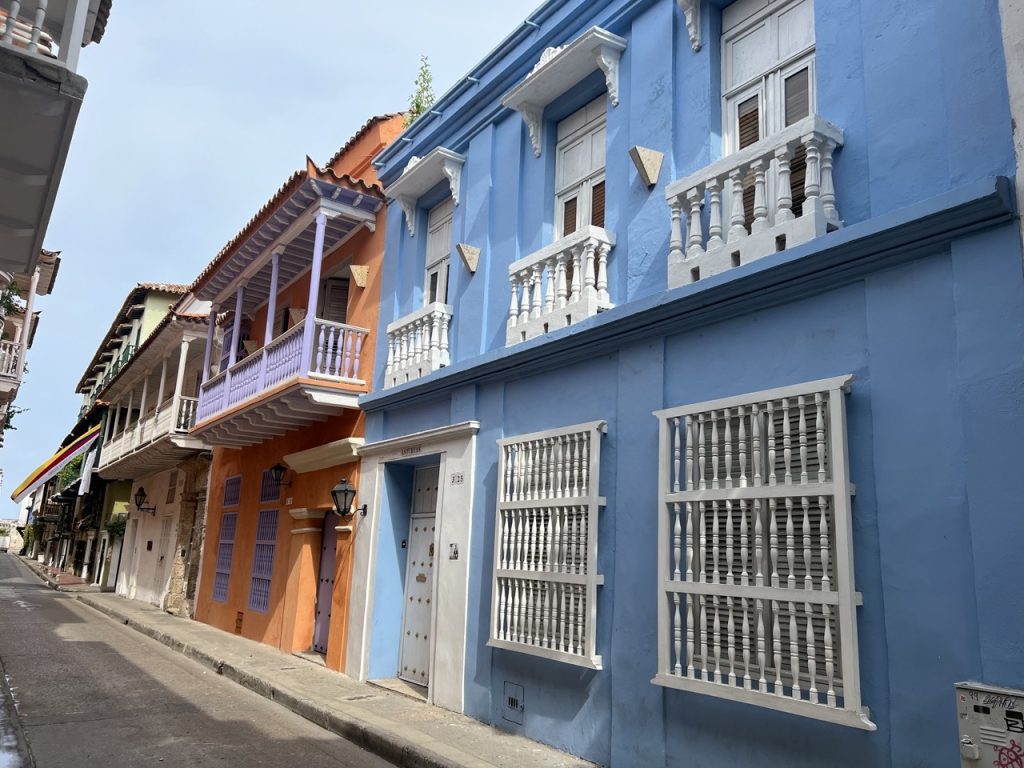
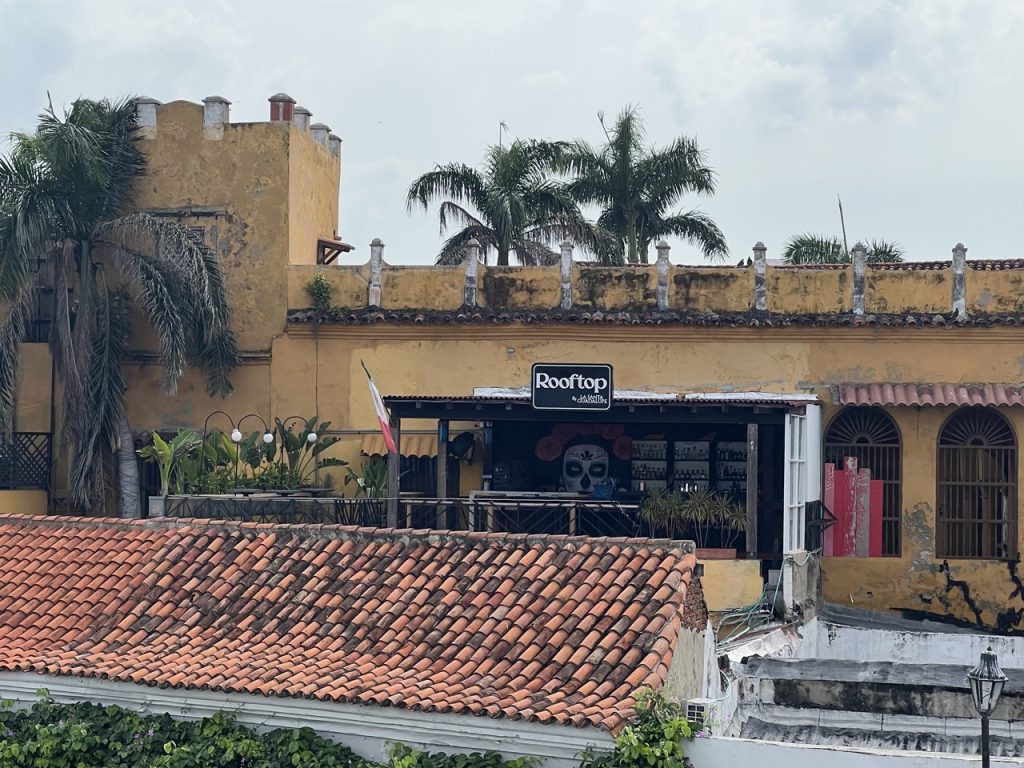
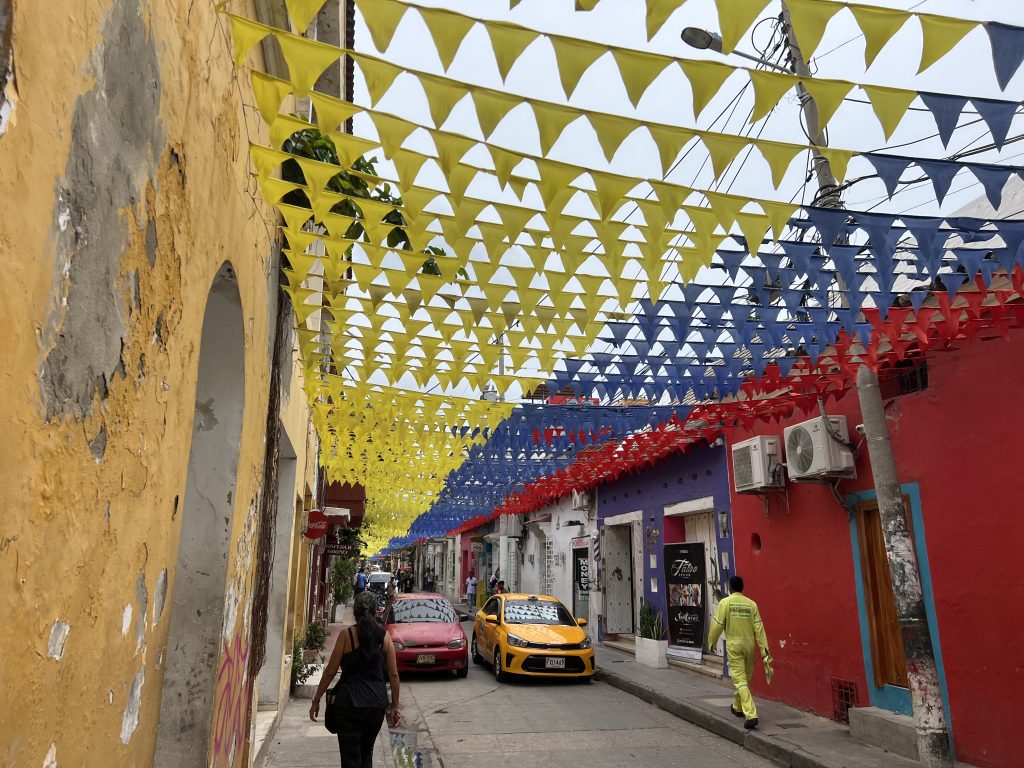
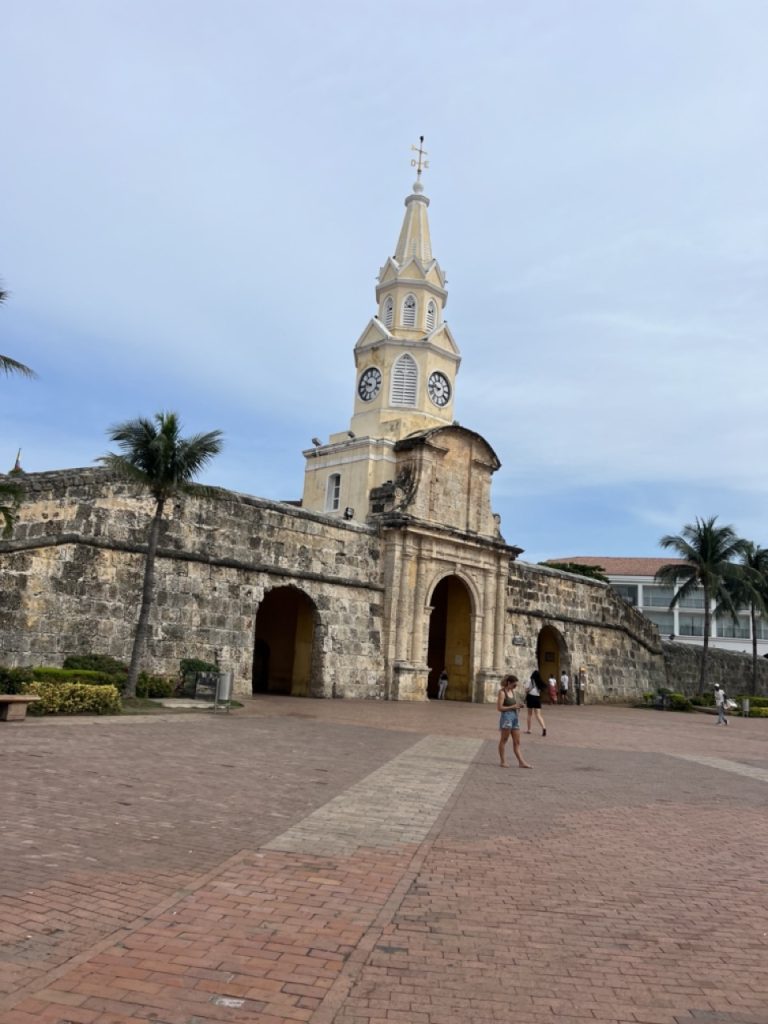
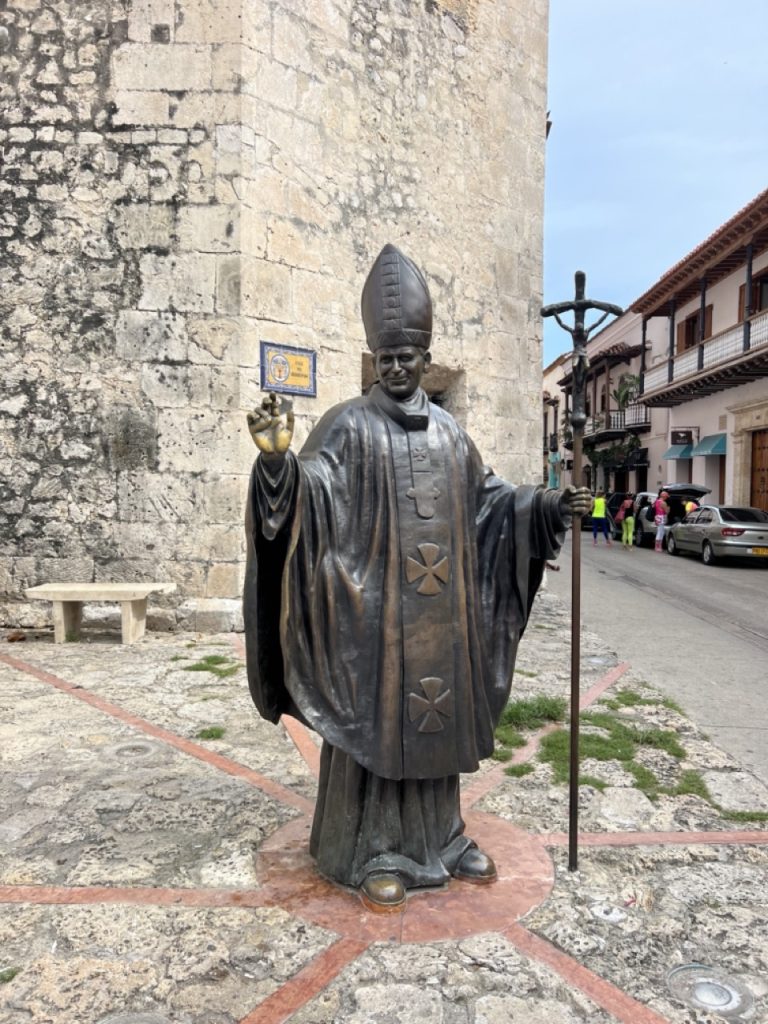
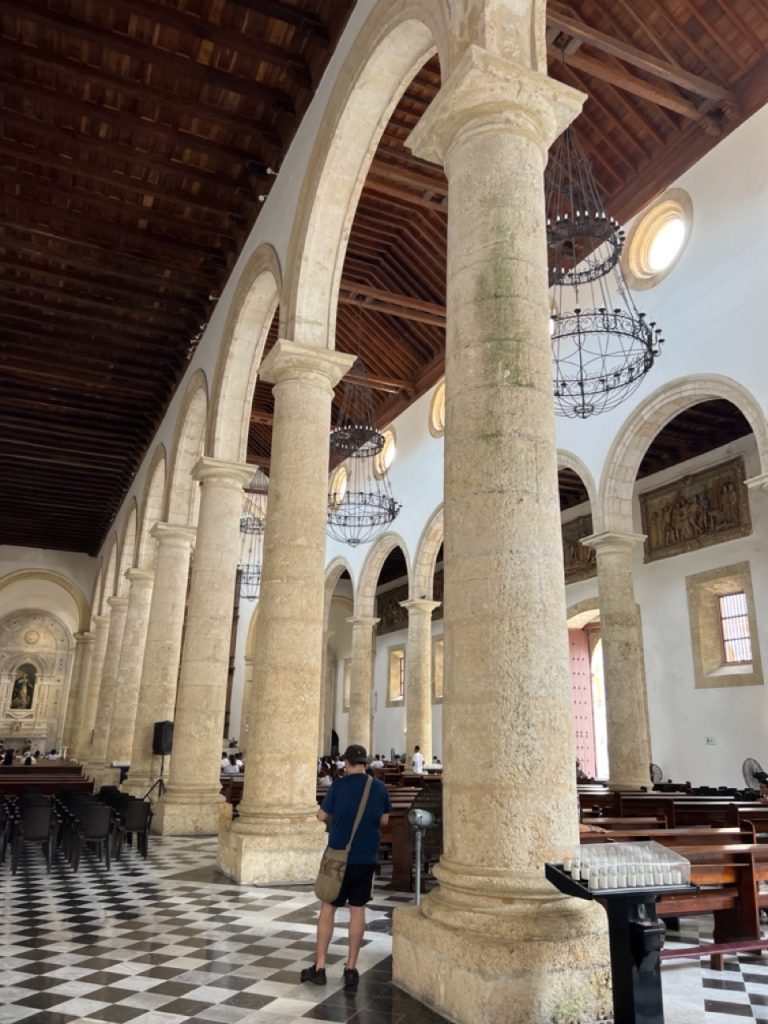
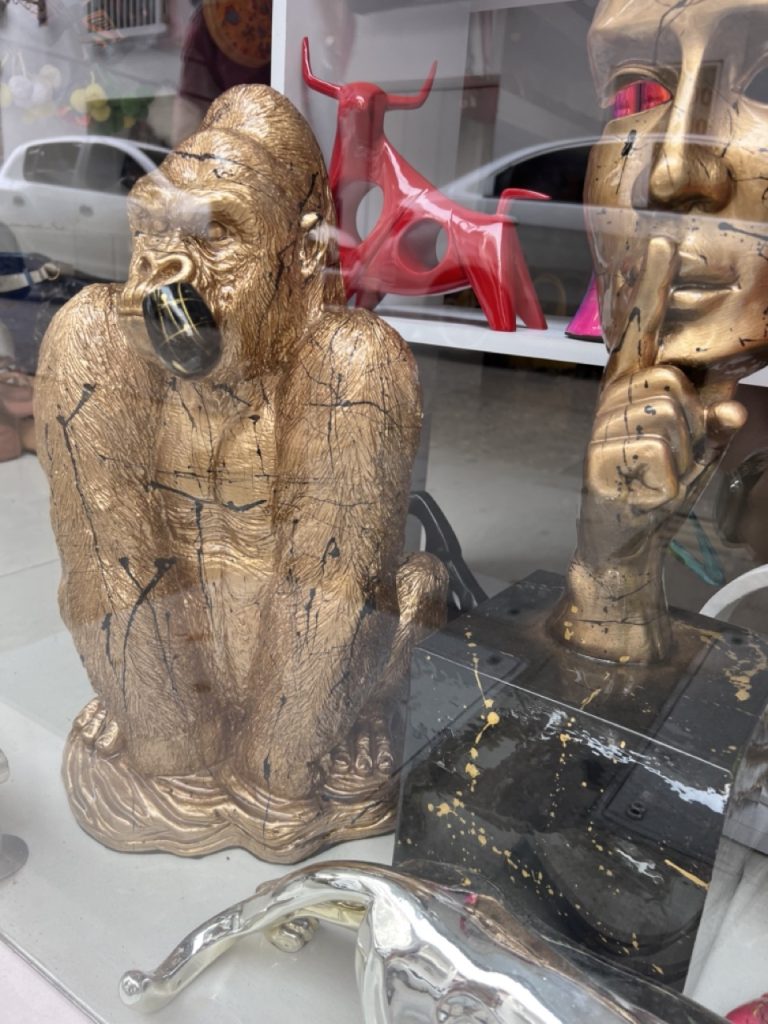
If you visit Cartagena’s historical old town, you’ll soon spot the Palenqueras: black women in colourful dresses expertly balancing bowls of tropical fruit on their heads. Today, they make their money posing for photos, but this wasn’t always the case. In 1691, and San Basilio de Palenque – a small village located in the southeast of Cartagena ruled entirely by runaway African slaves – signs a Royal Decree stating the town’s independence from Spanish colonial powers. The very first free town of the Americas is born, and so are the first free men and women of the New World: Palenqueros and Palenqueras. Cut off from the rest of society and with limited access to resources, the town was (and still is) extremely poor. The women of Palenque decided to exploit what they had around them in abundance: fruit. The Palenqueras would pack their hand-woven baskets full of ripe tropical fruits, put on their traditional African dress and make the long and exhausting journey into the bustling city of Cartagena by foot unknowingly ravelling themselves into the history of Cartagena and transforming the Palenquera into one of the biggest Colombian icons. Today, the Palenqueras sell less and less fruit and instead make their money from posing for curious tourists, photographers and journalists. And it’s easy to see why: their beautiful smiles, stunning traditional dresses and colourful hand-made jewellery set against Cartagena’s crumbling mustard walls make for a stunning photo. They definitely saw us coming! Before we knew it we were surrounded by 3 ladies, then 5 and by the time Paul had his photo taken there were 7…but we could not resist their warm smiles and after all theyonly requested a 5,000 Pesa tip each which is less that one £1….so we just gave the seven of them 100,000 Pesos and they were so grateful and hugged and kissed us… so lovely. 🙂 They LOVED Paul!
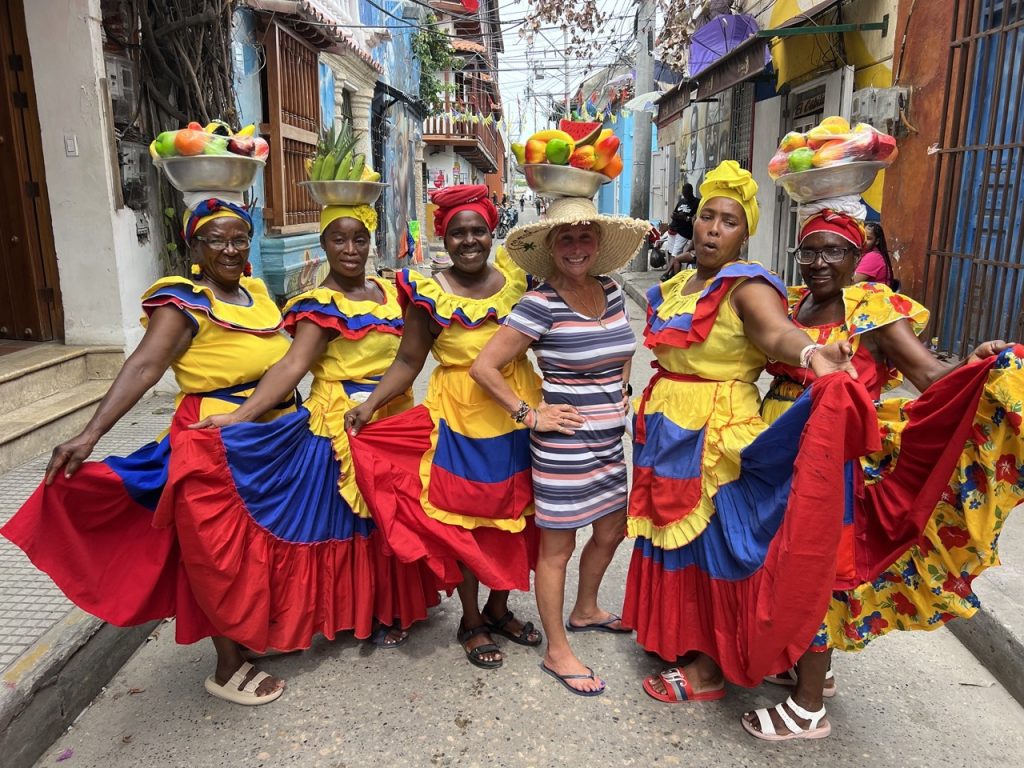
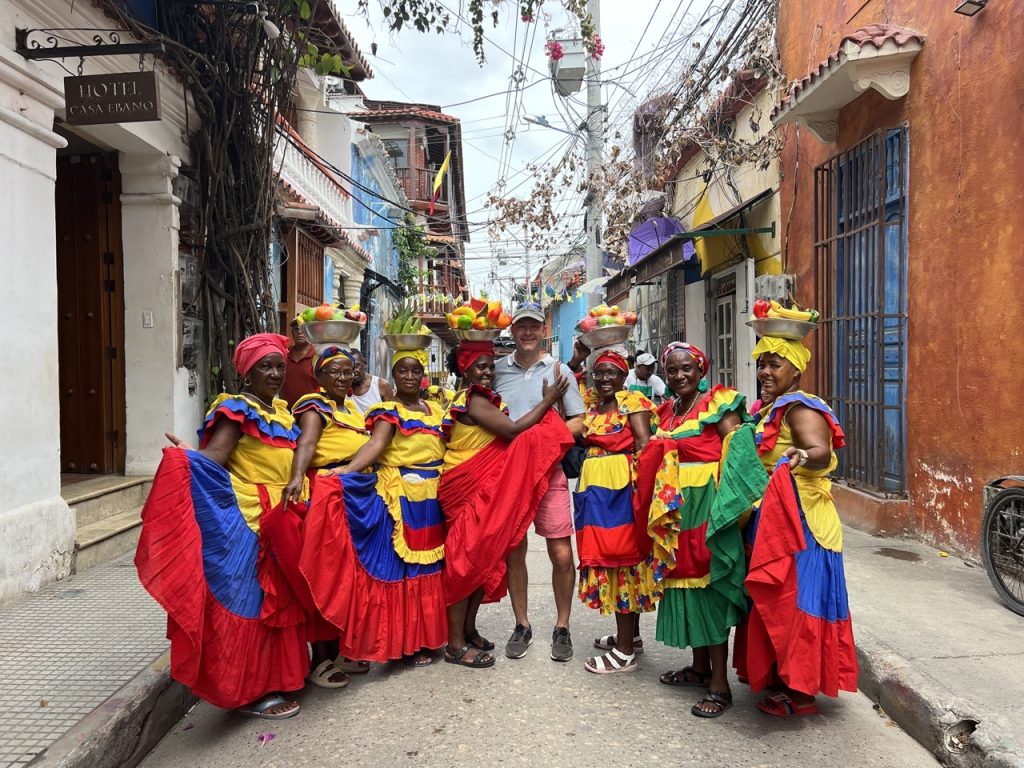
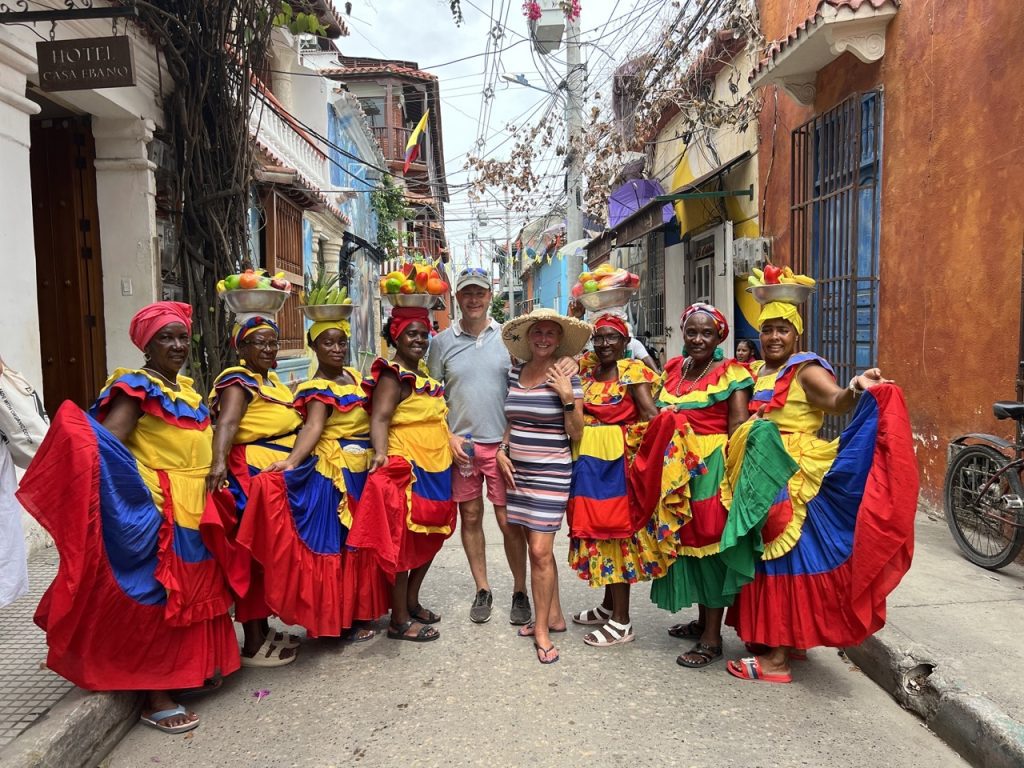
We trundled on to see the Central Park – where we were delighted to find stunning monitor lizards, Spider monkeys and a mama and baba sloth!! Stunning. We had to buy drinks from the vendor who had pointed them out to us!
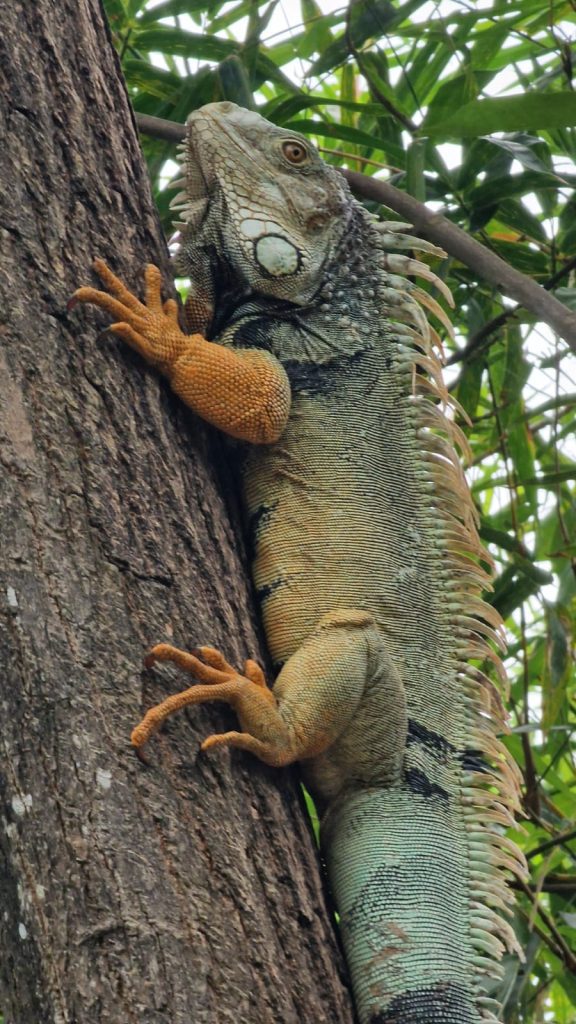
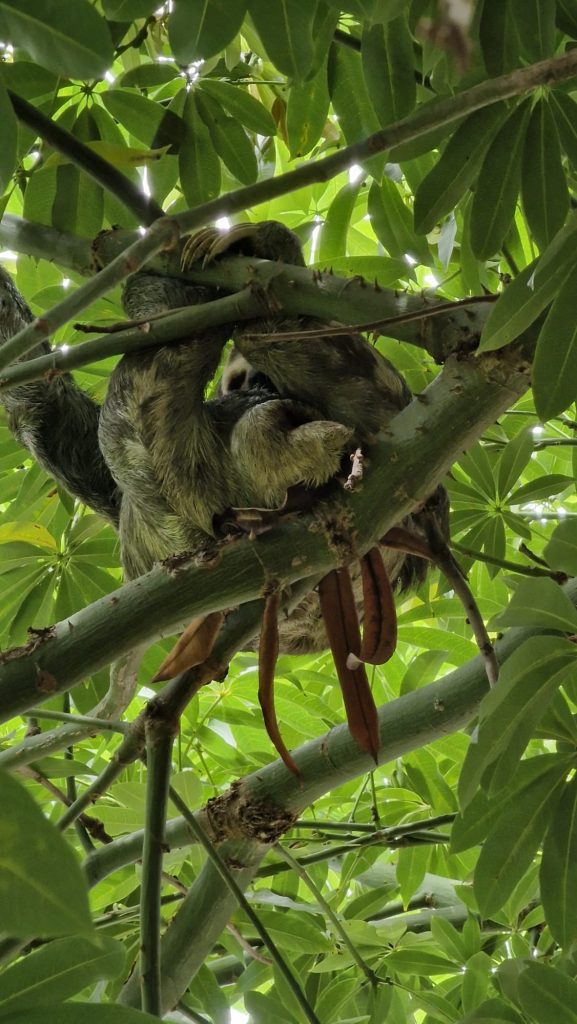
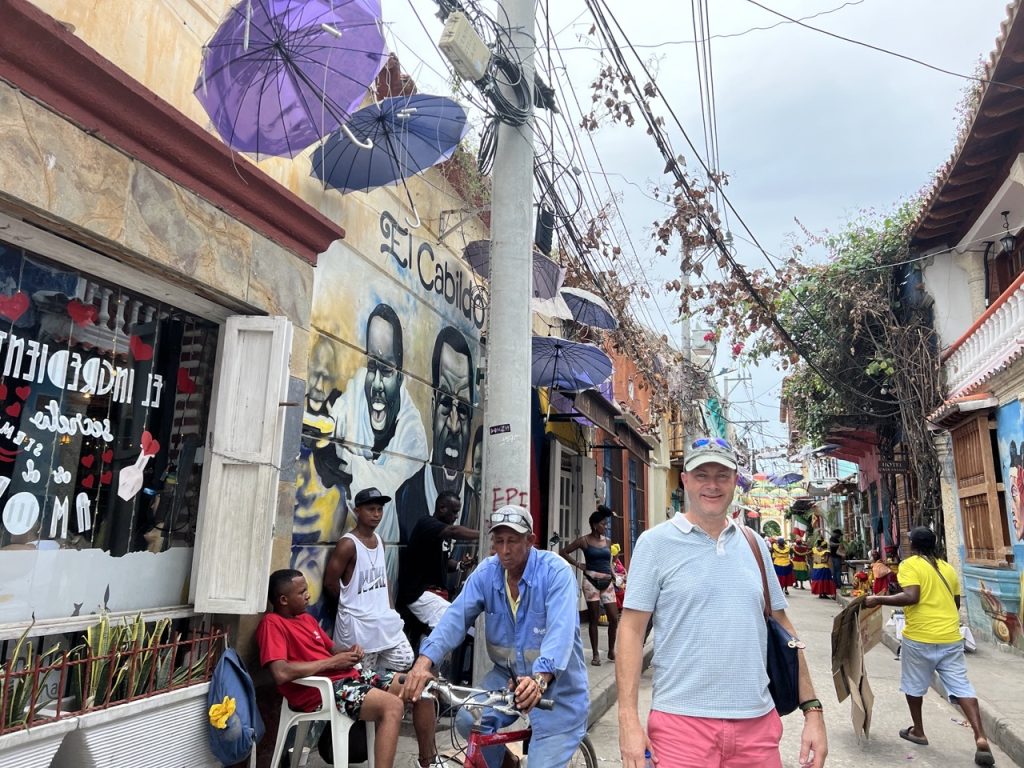
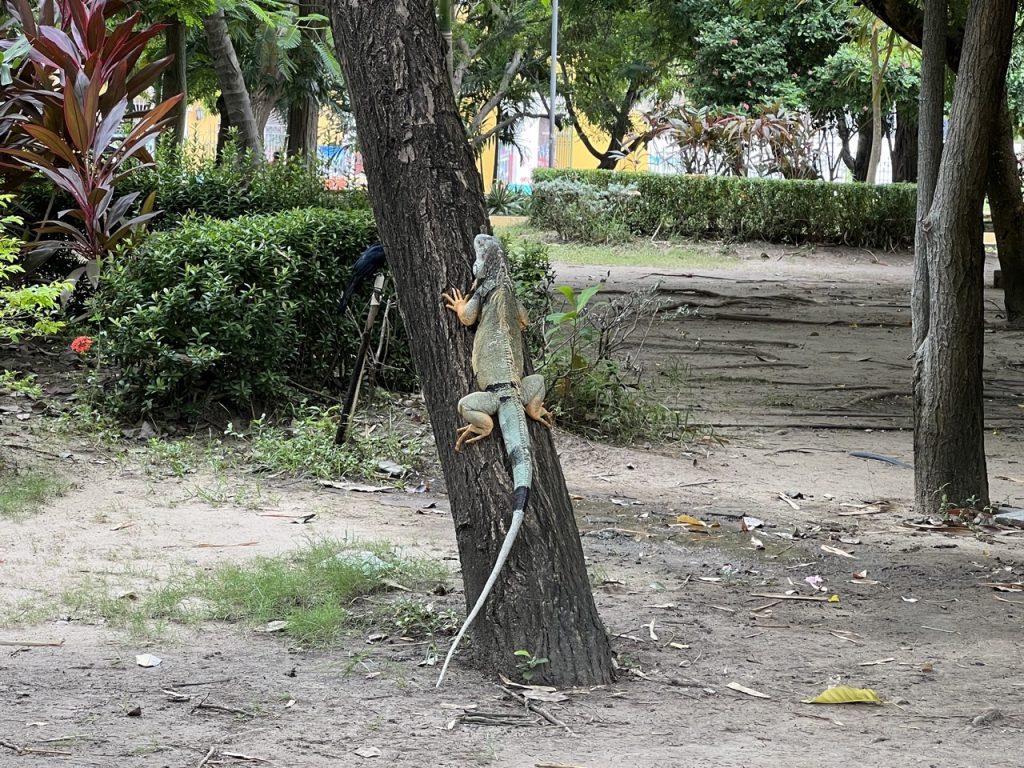
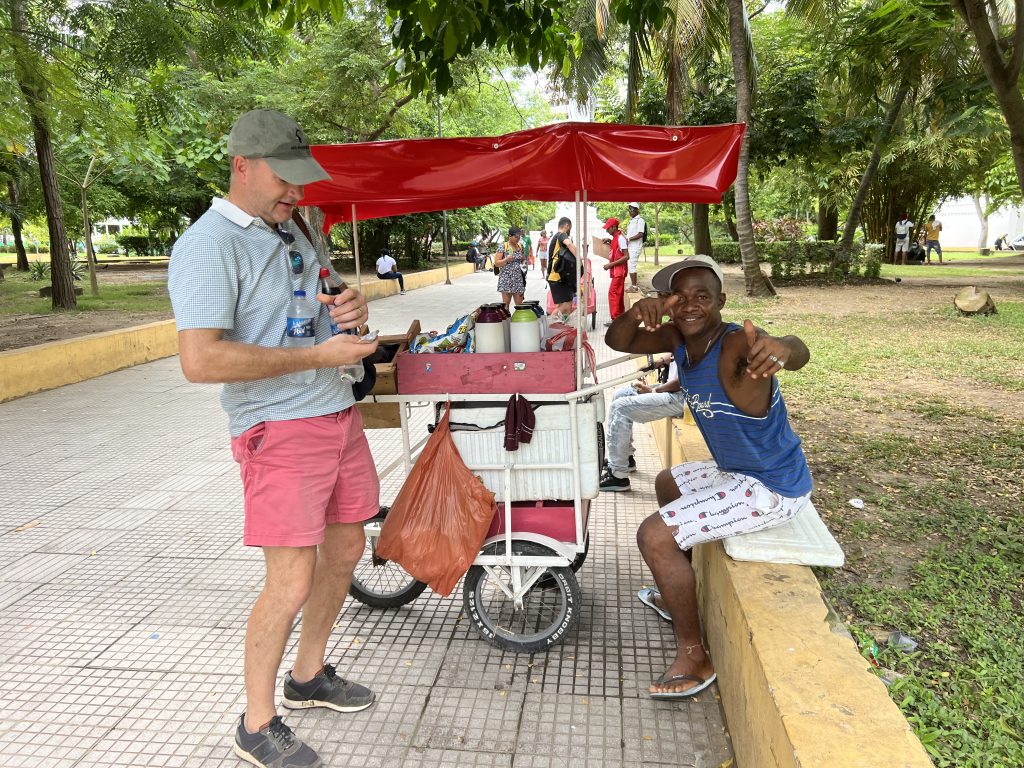
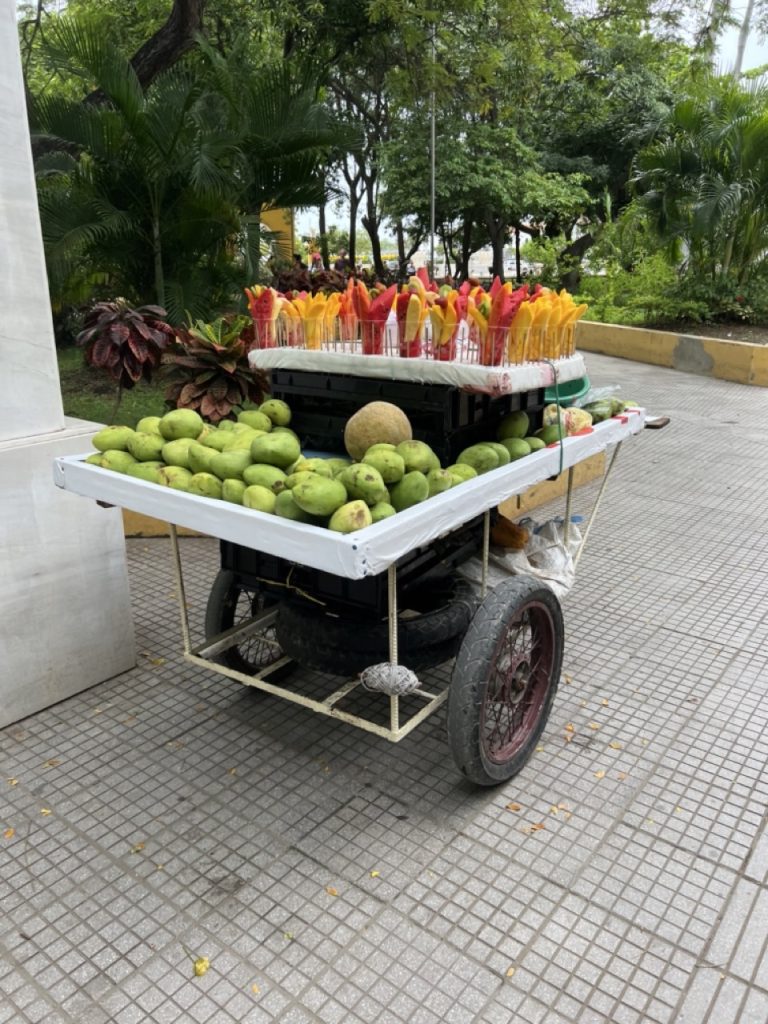
It was so hot that we needed a beer so we headed to
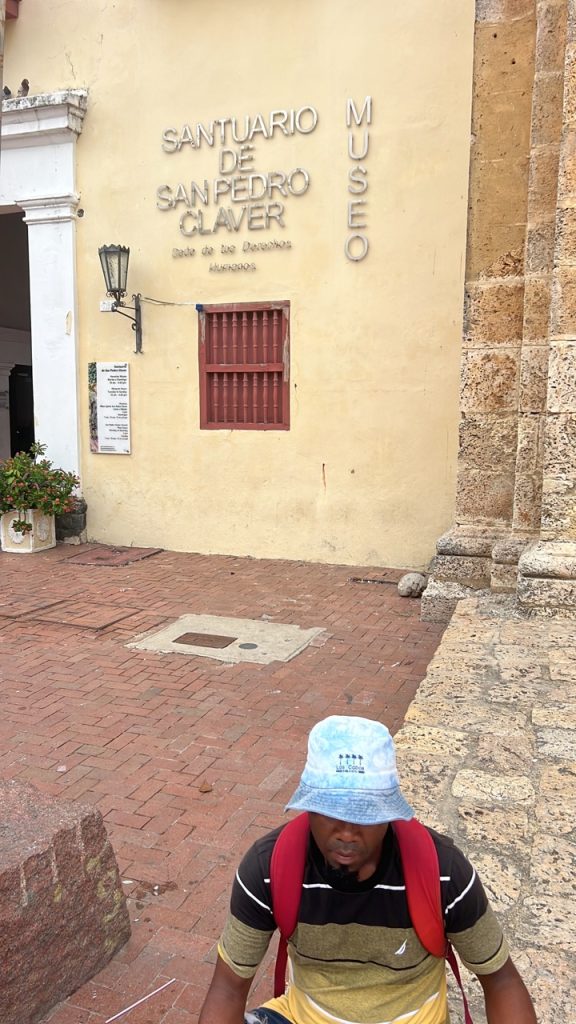
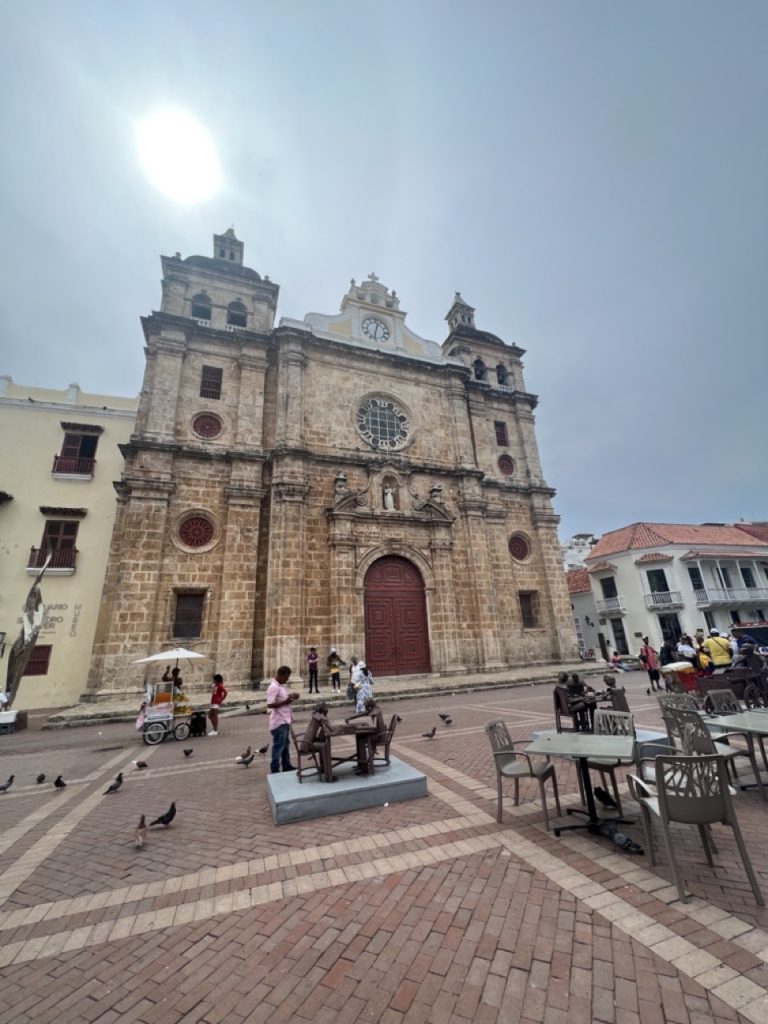
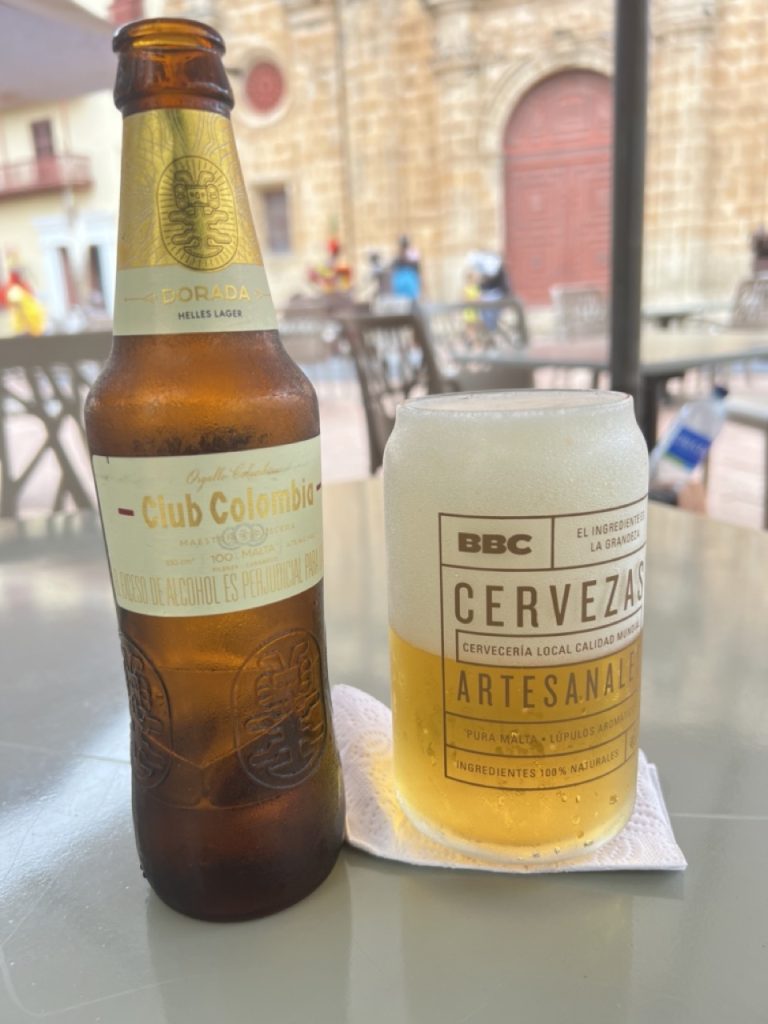
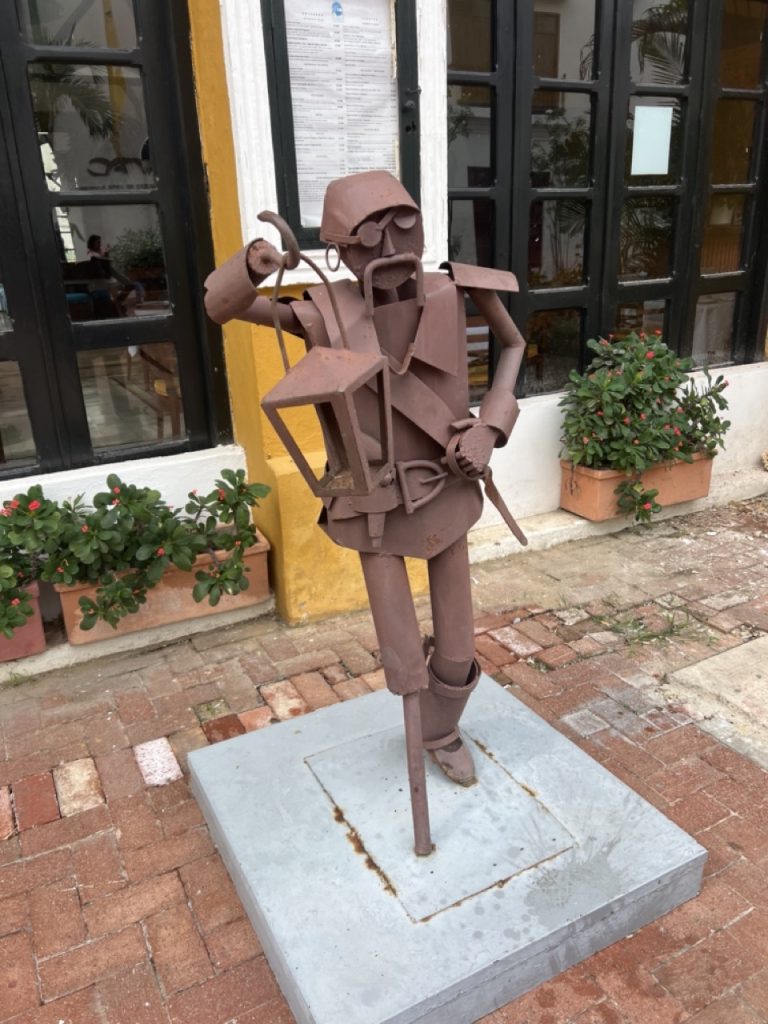
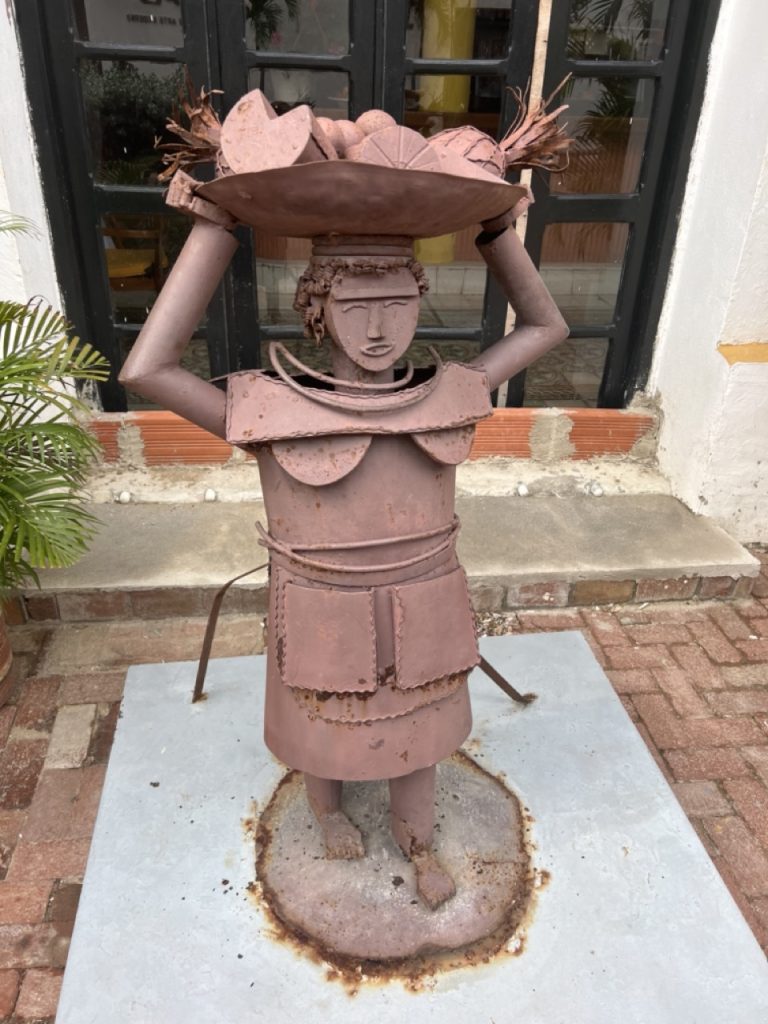
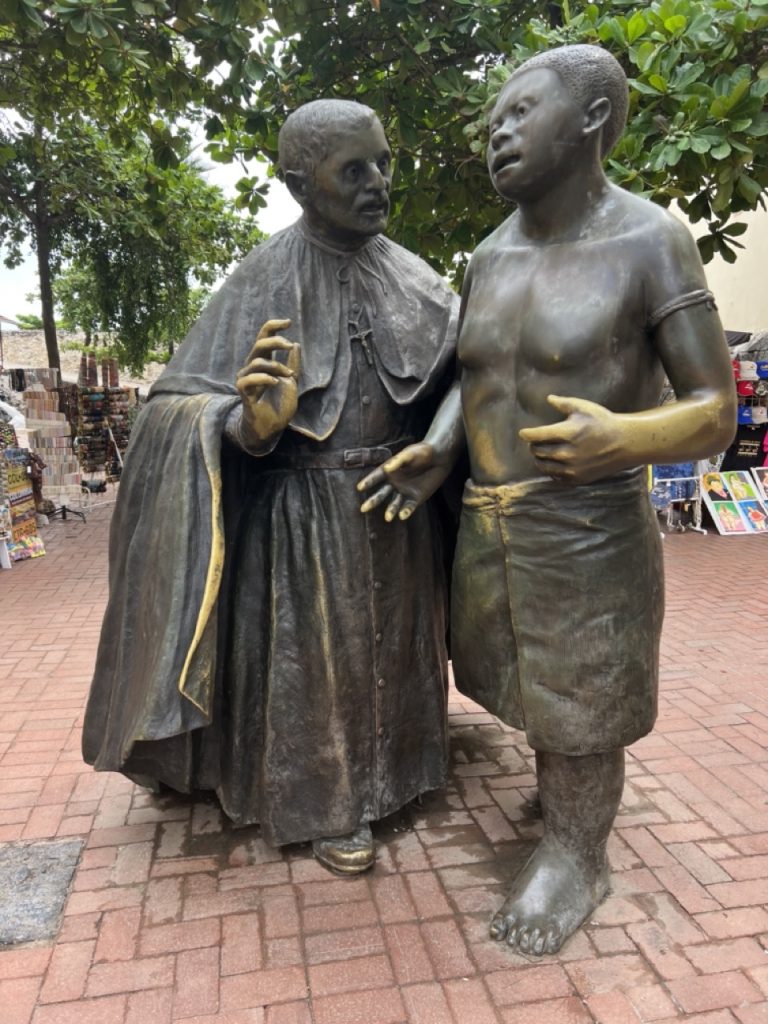
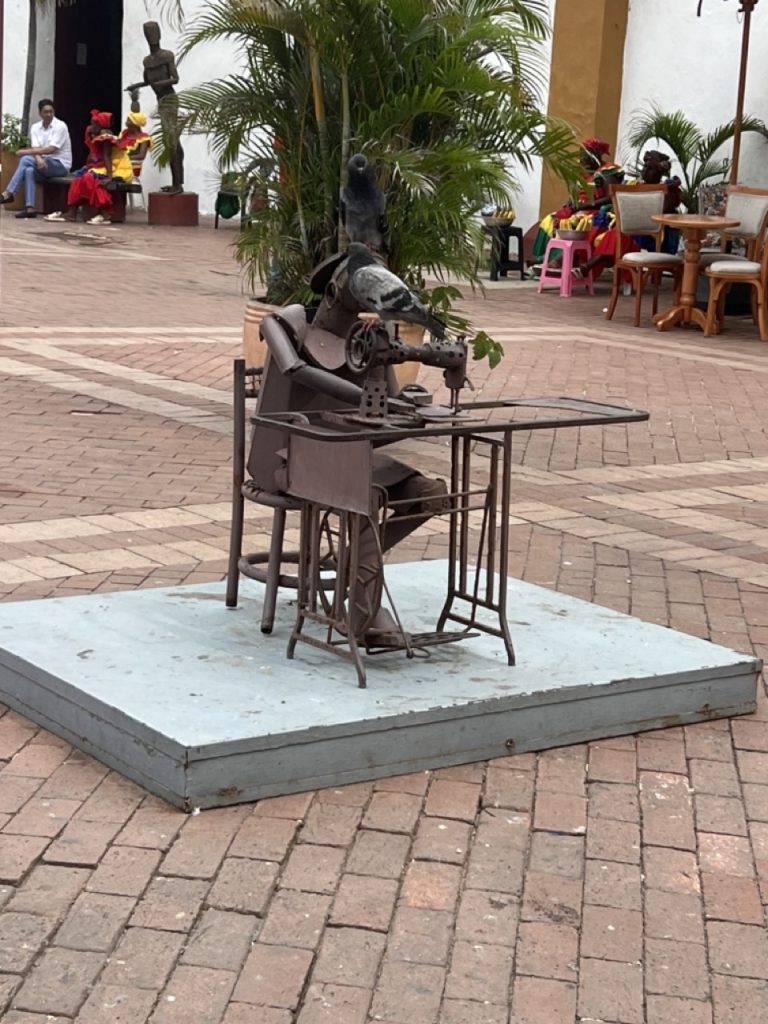
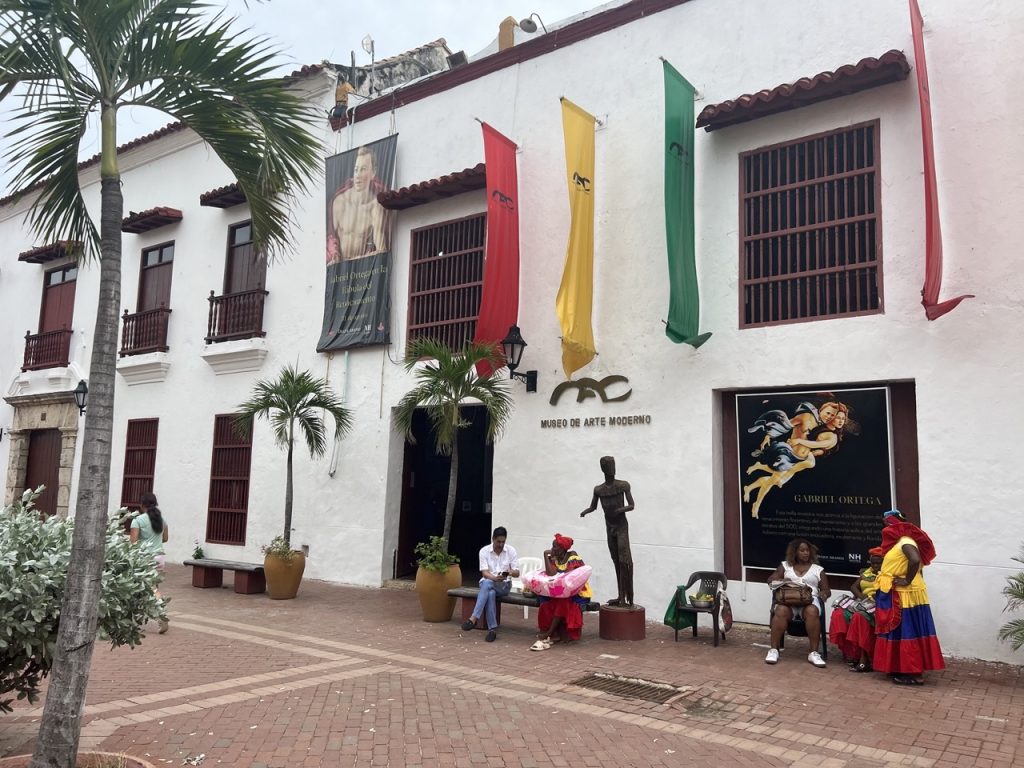
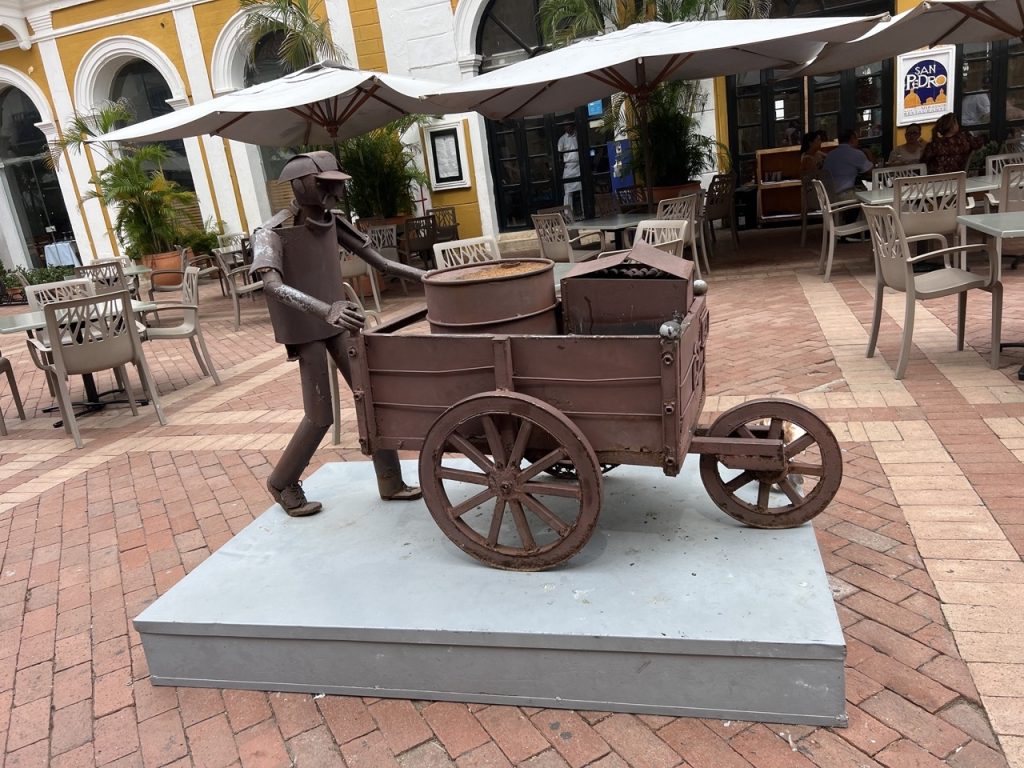
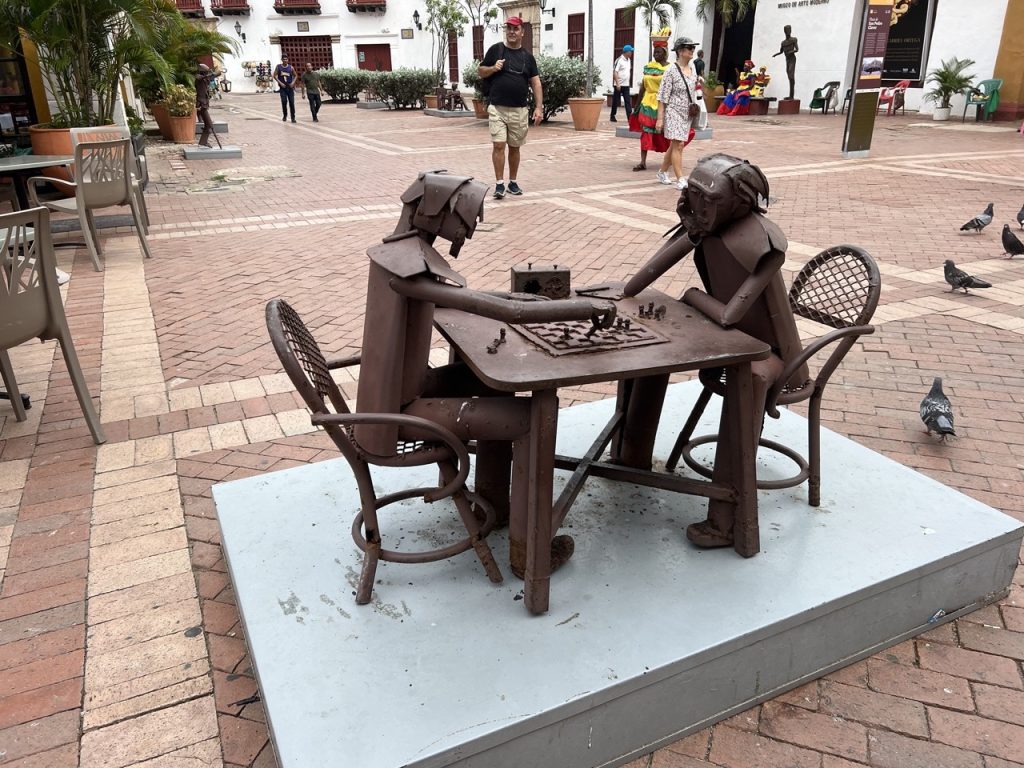
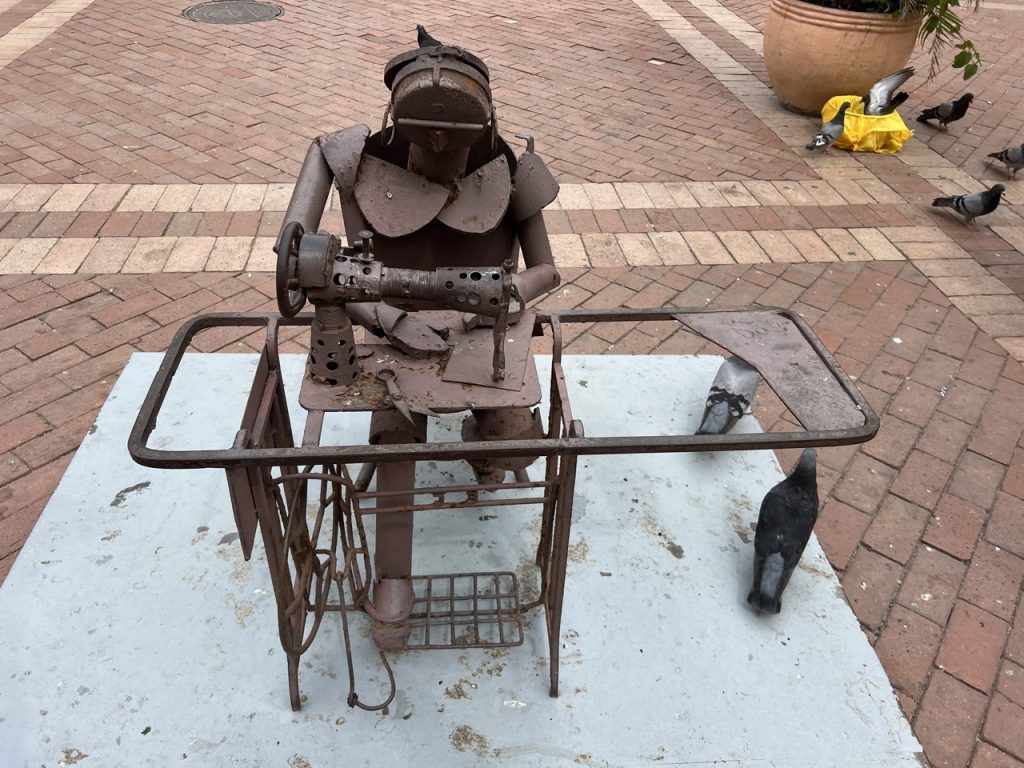
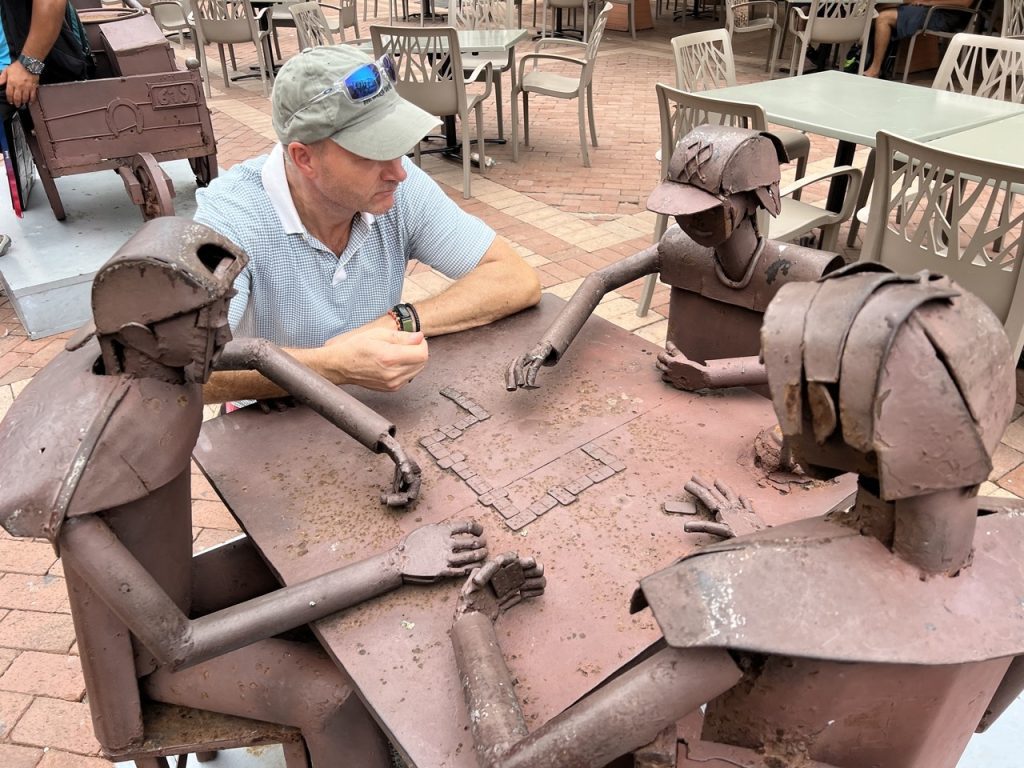
We had been hoping to be accosted by the infamous Rappers that we had read harassed all tourists – no such luck! In the end Paul ran affter tem and asked them to rap to me – they were utterly thrilled! They were actually REALLY good and couldn’t believe when we gave them more than they asked for – they were so happy. 🙂
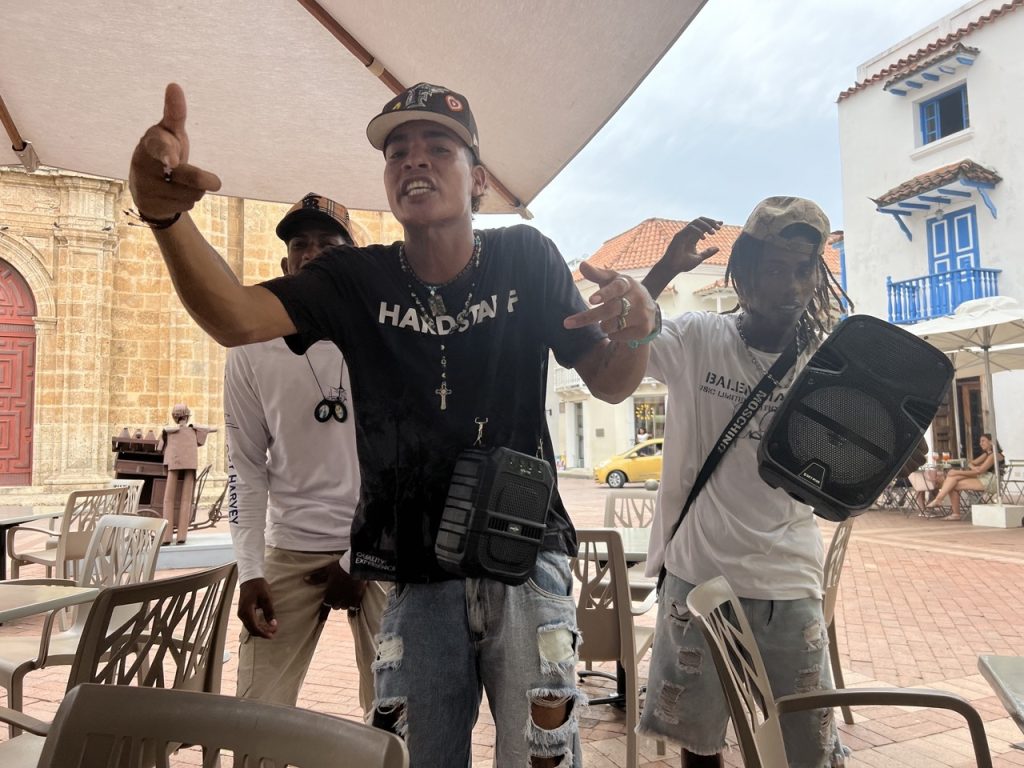
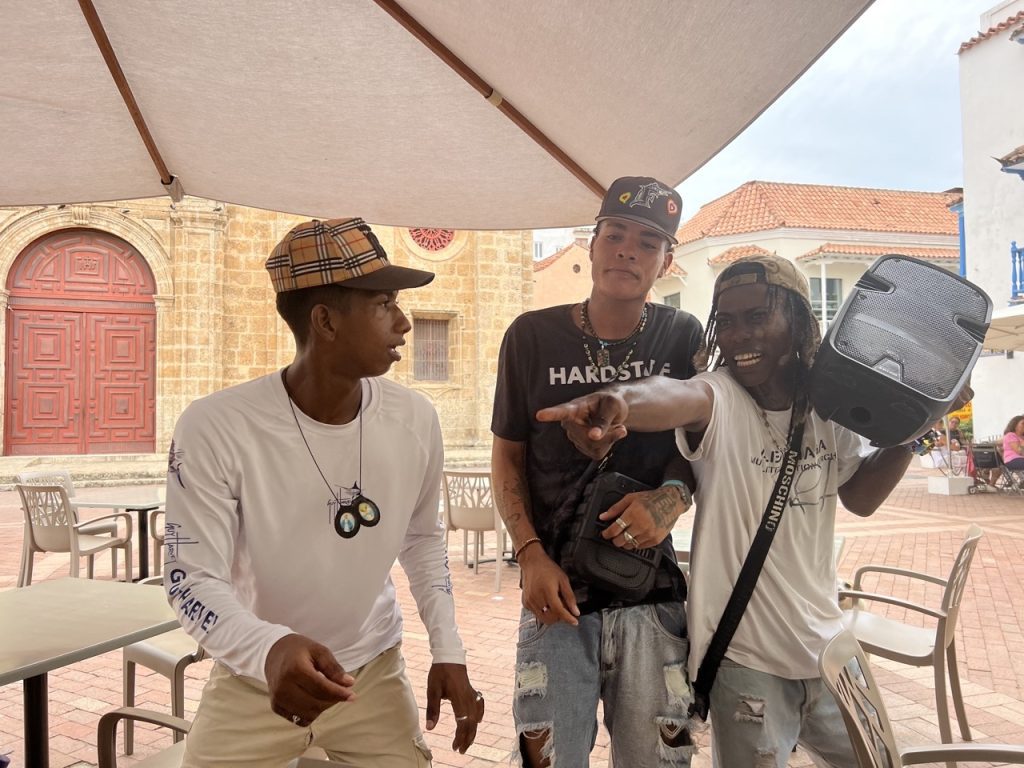
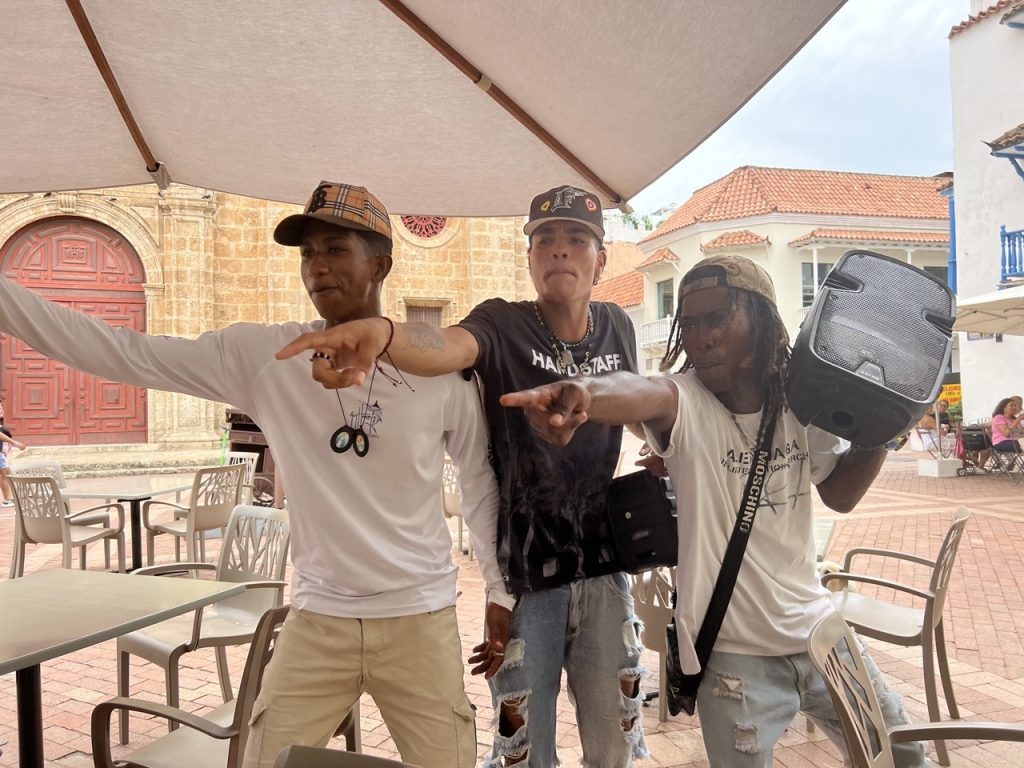
The REAL reason that we were here: THE WEDDING! We have know Charlie since he was 6 years old. Stef looked stunning and their little daughter Sienna was adorable but wouldn’t join the rest of the gorgeous bridal party. It was a true Colombian wedding – flamboyant and a super party! Just so special to be invited.
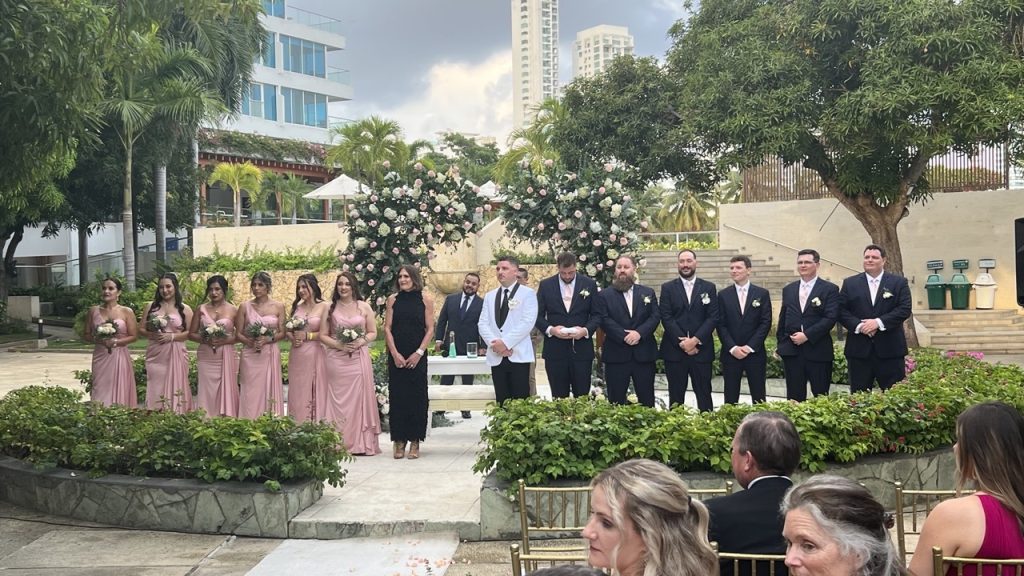
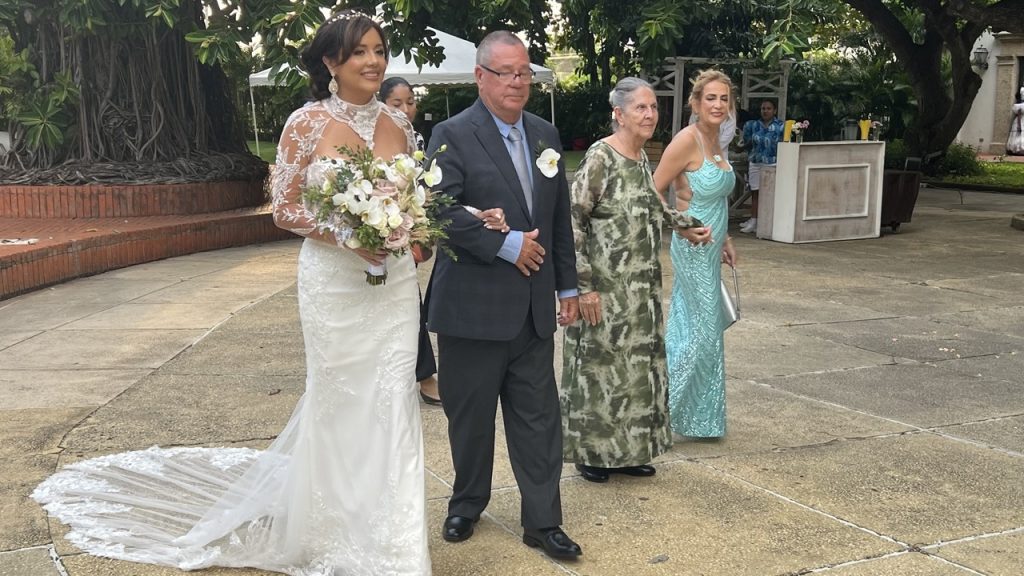
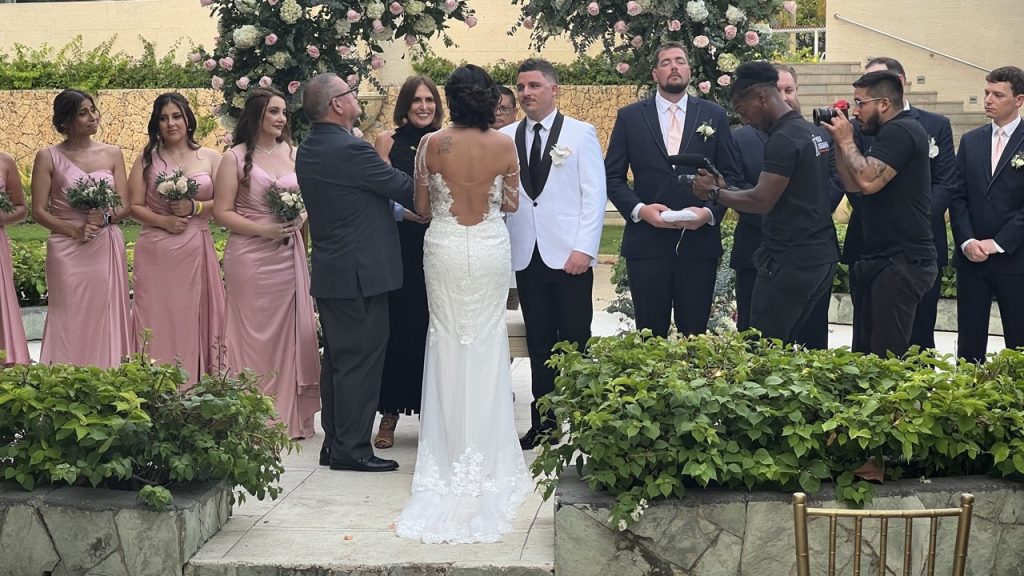
The ceremony was beautiful and spoken in both Spanish and English.
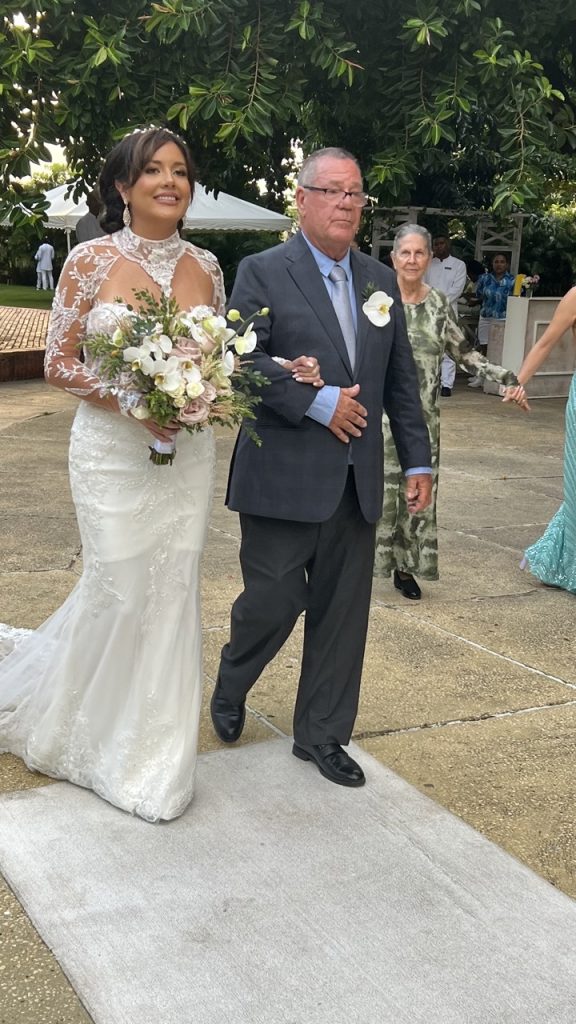
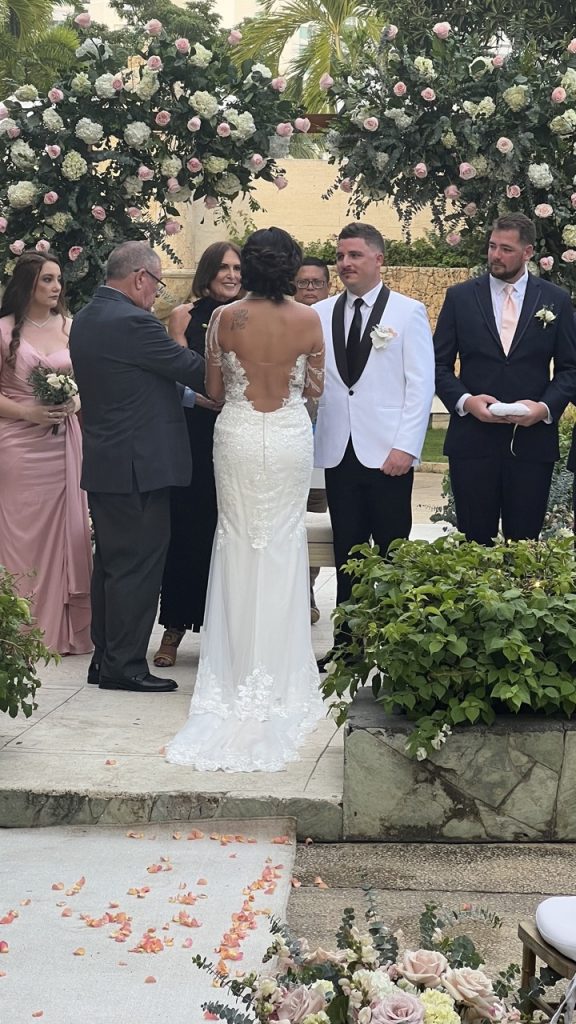
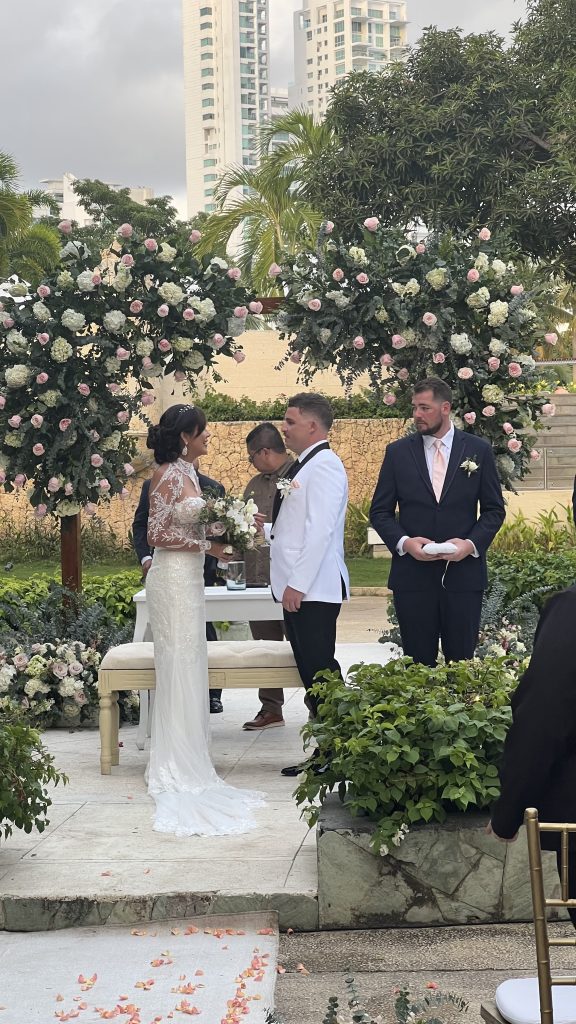

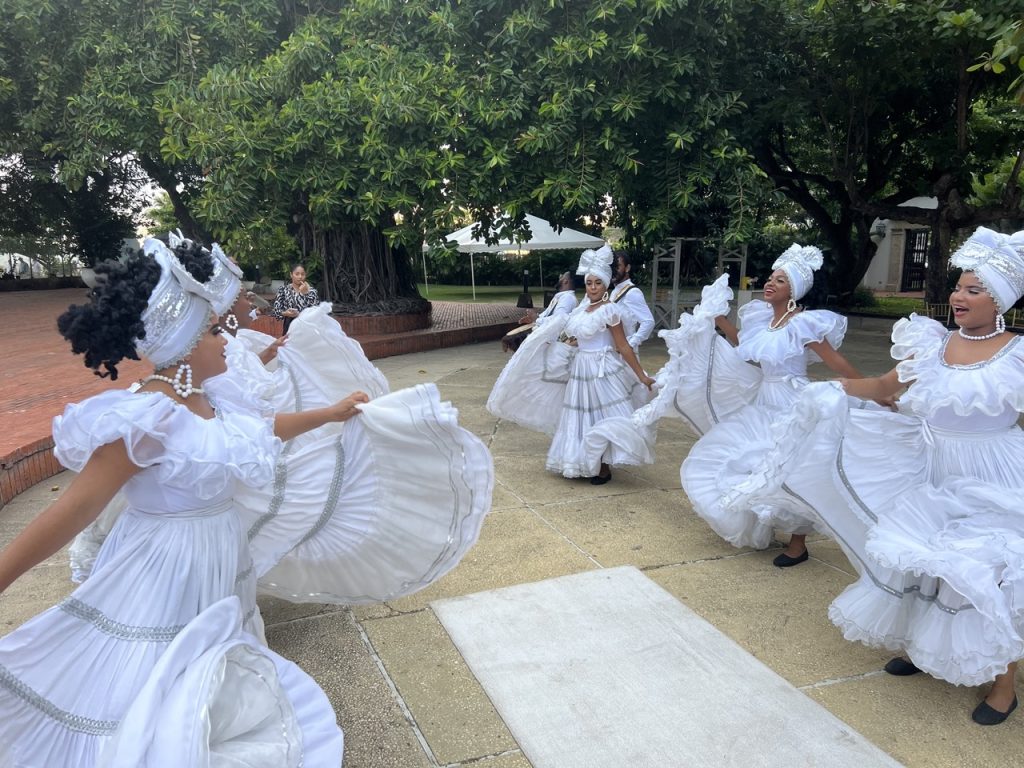
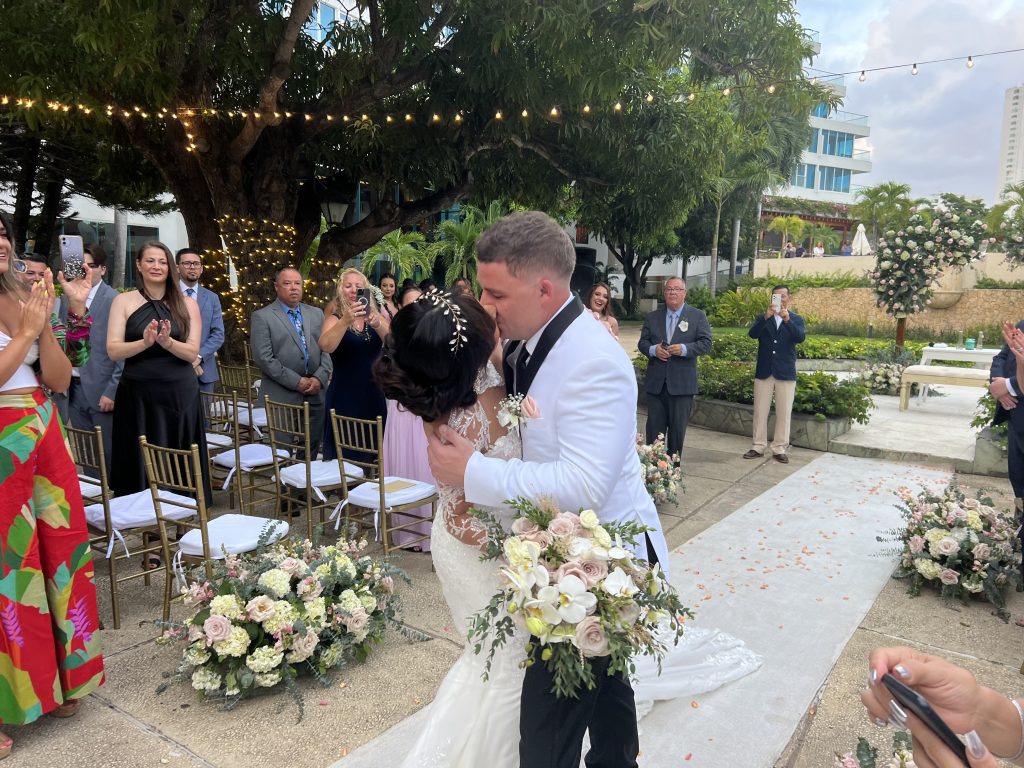
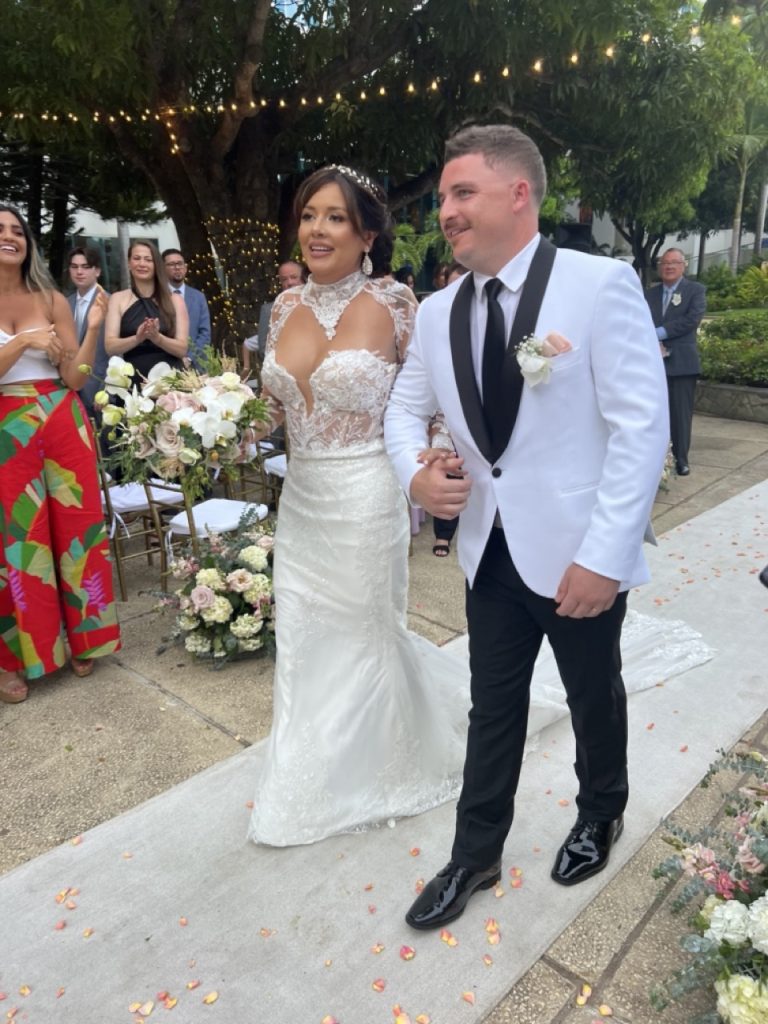
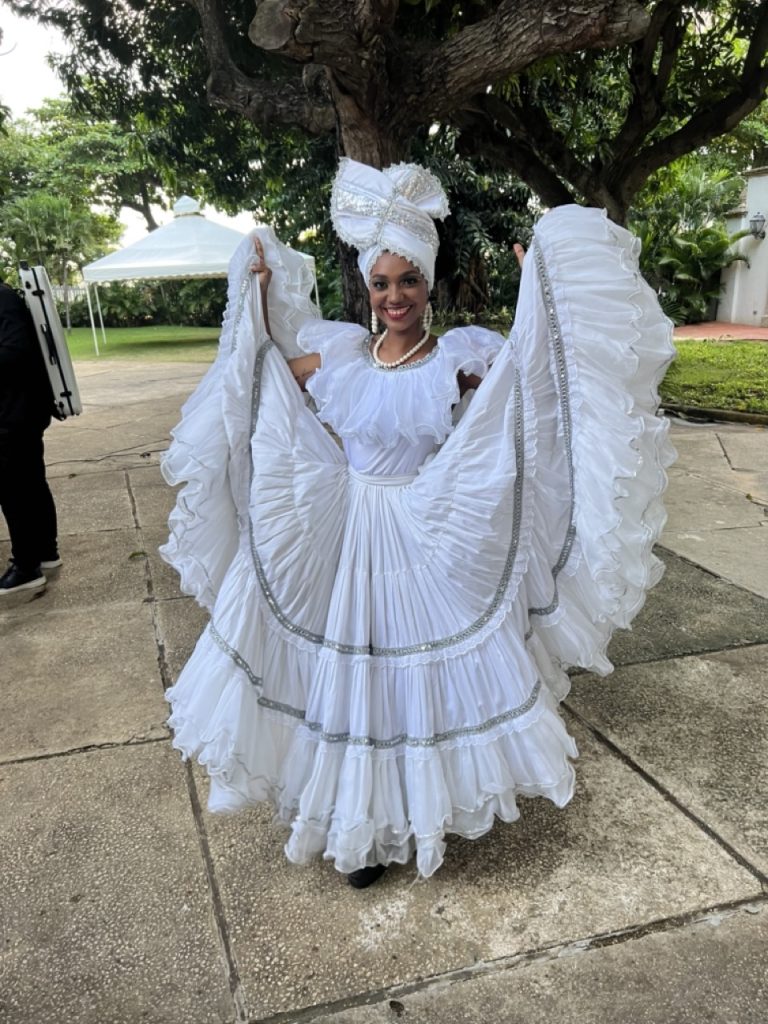
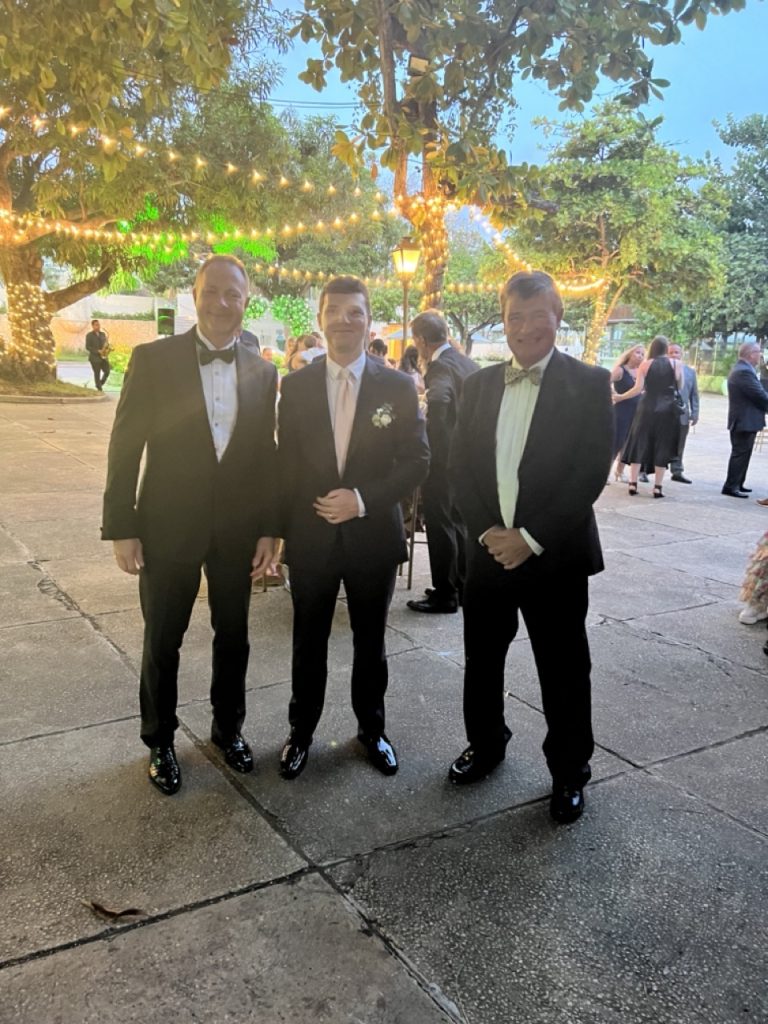
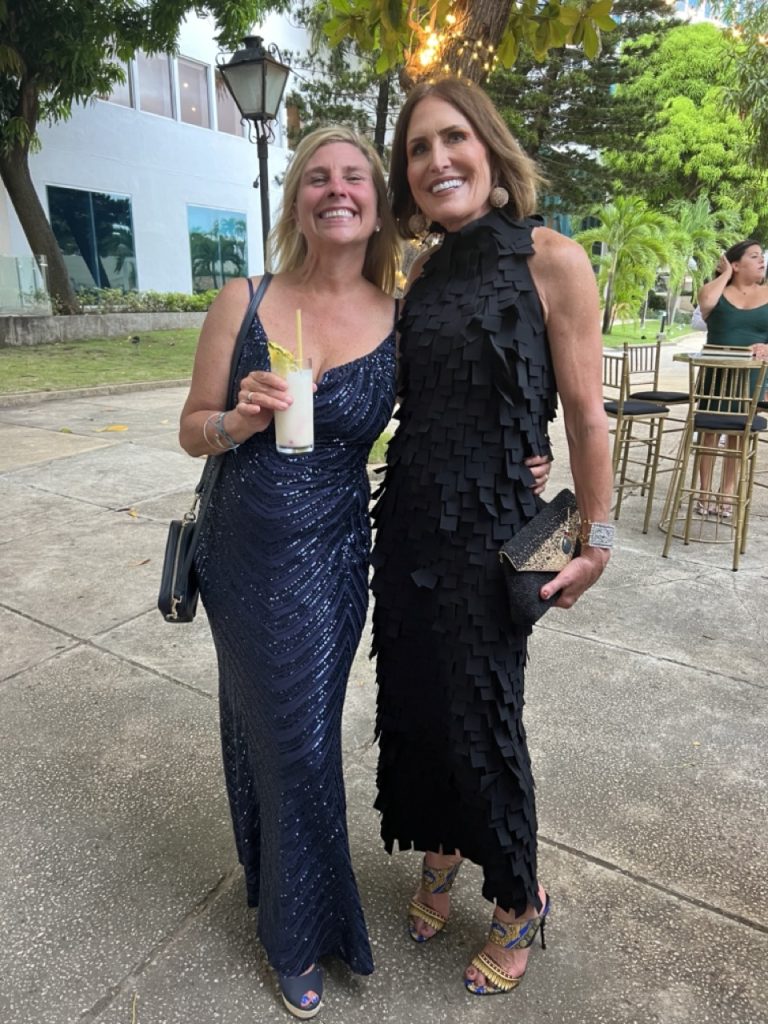
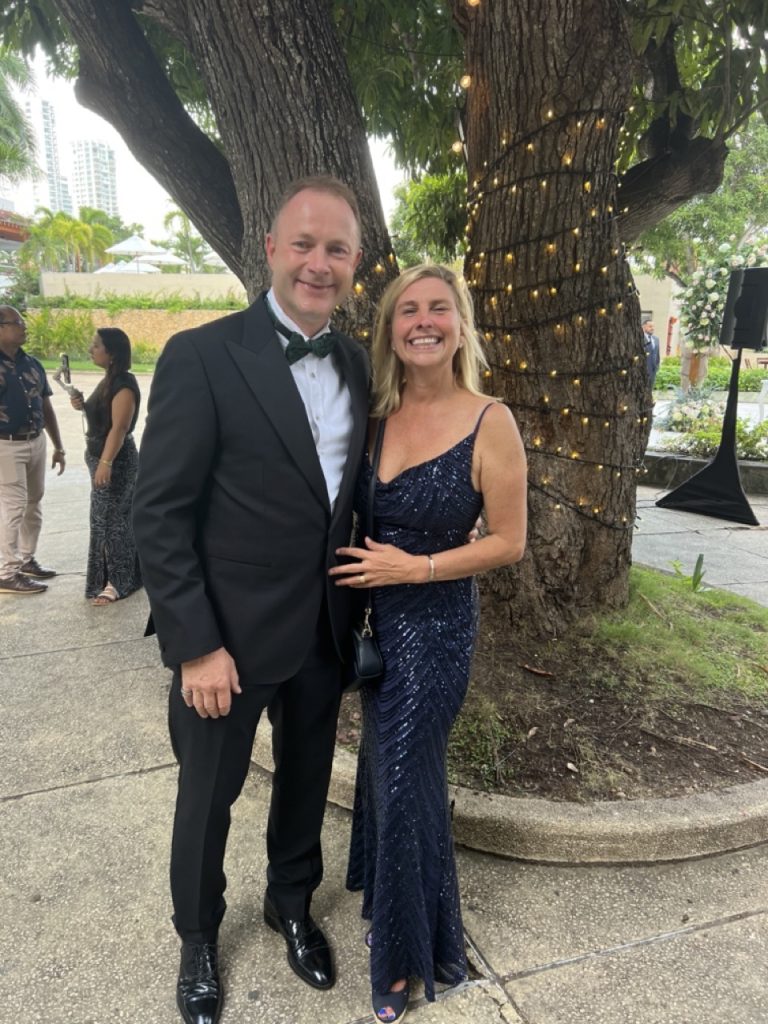
The food was excellent and then there was dancing and dancers – party, party, party!
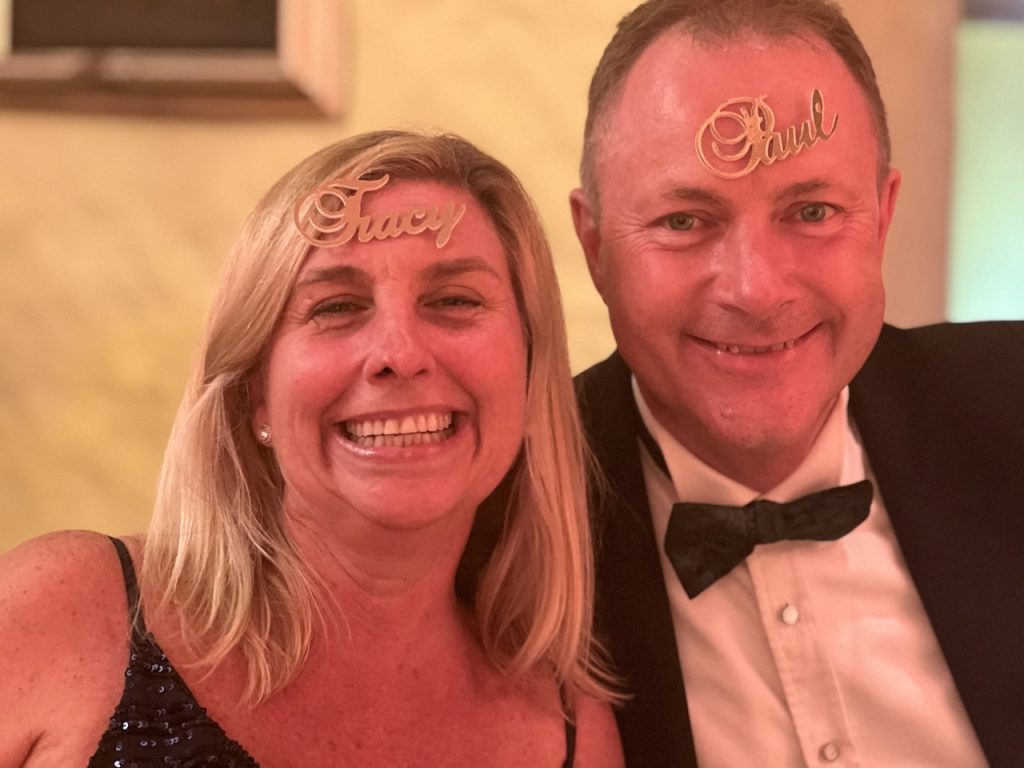

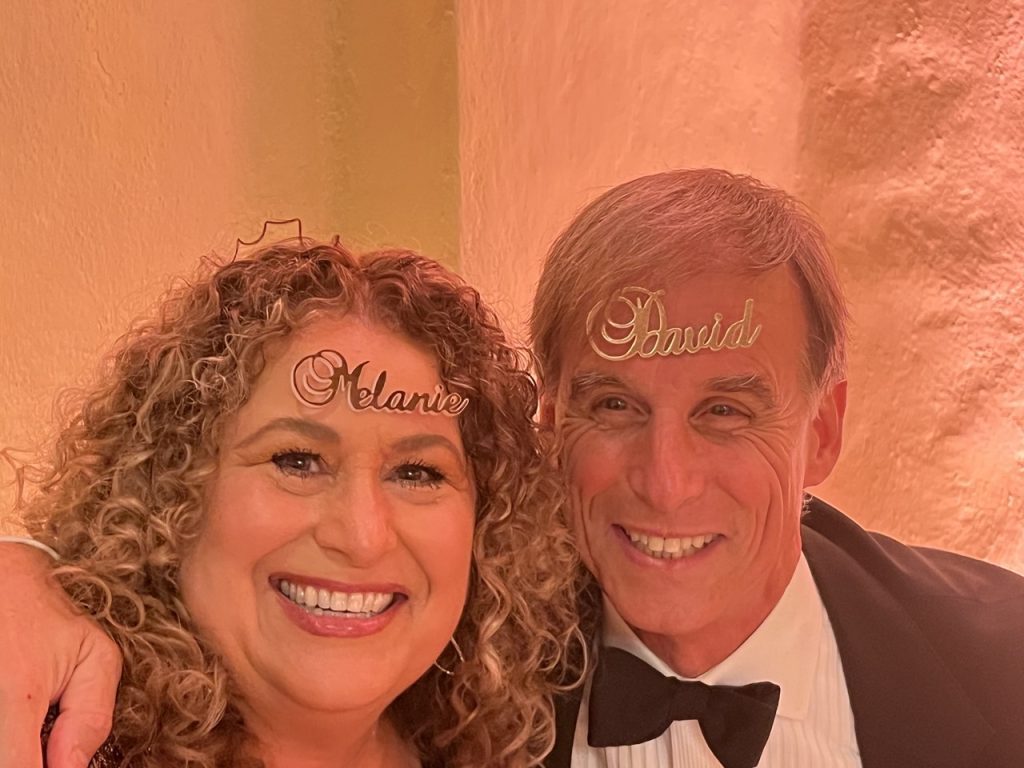
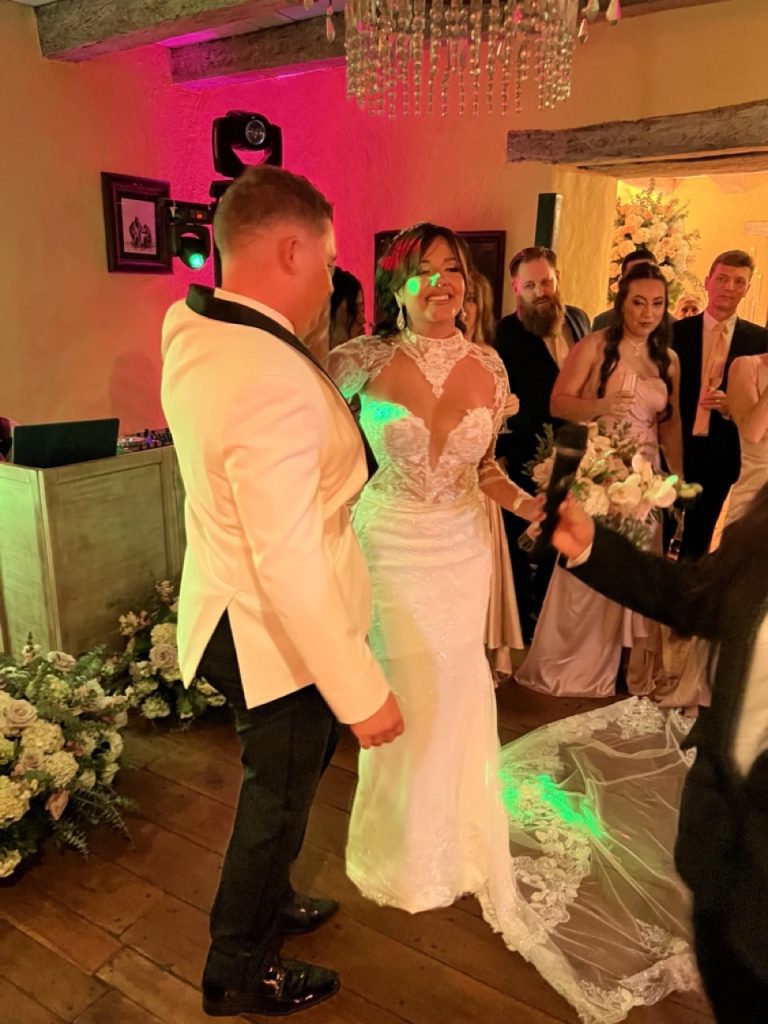
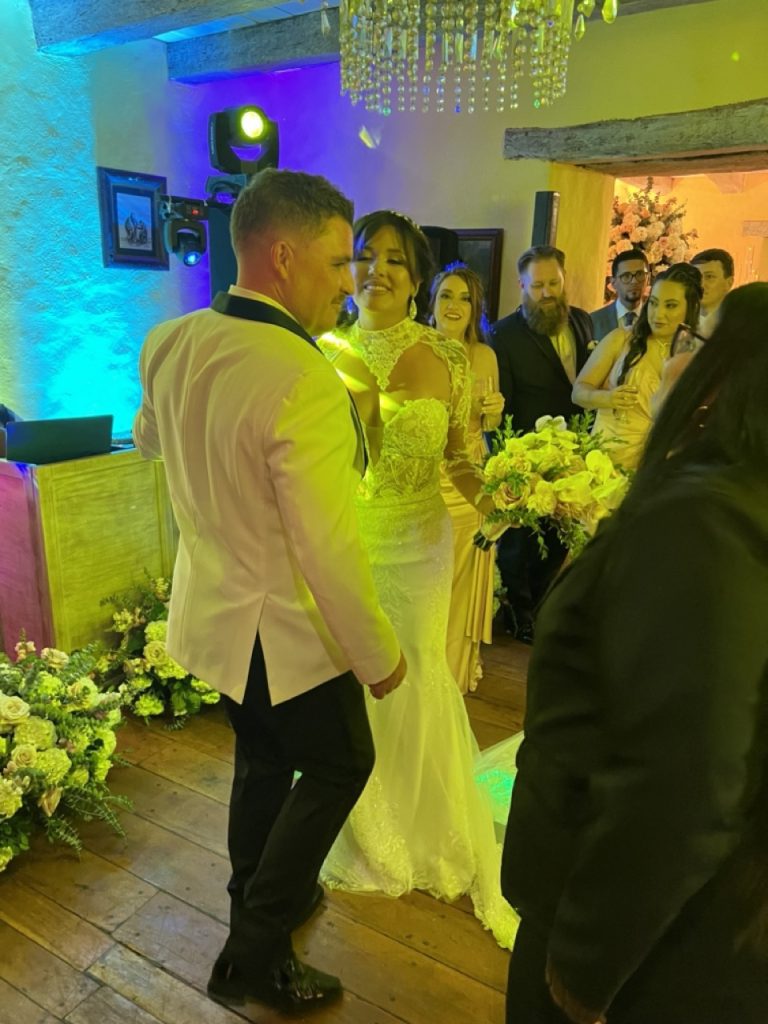
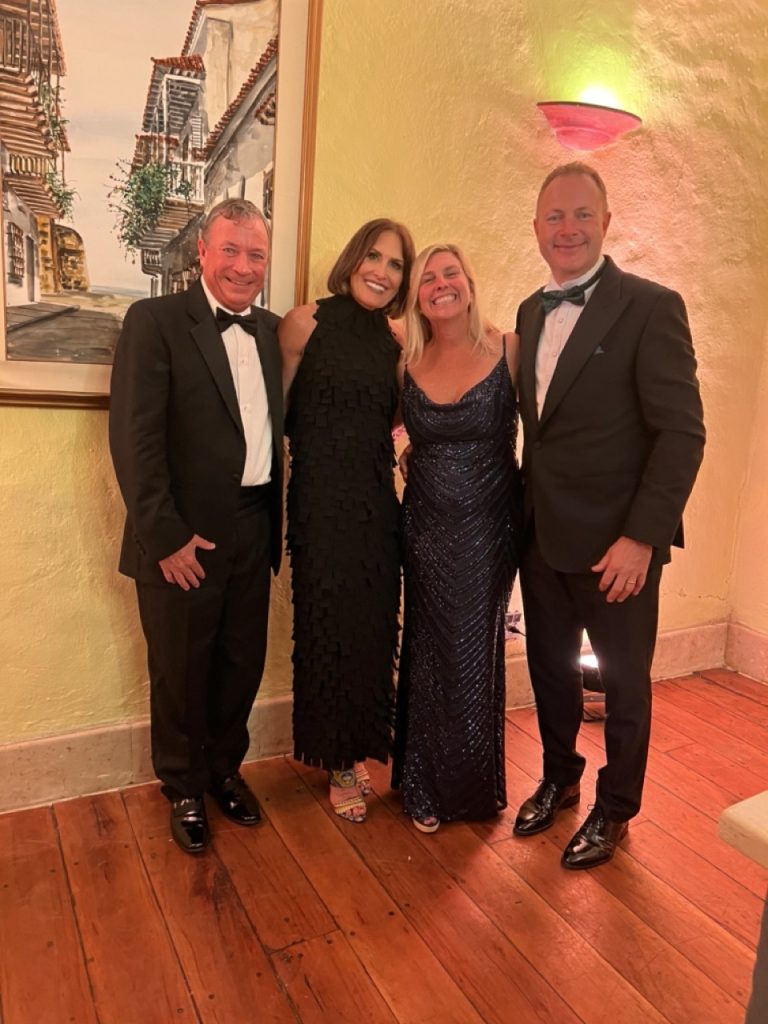
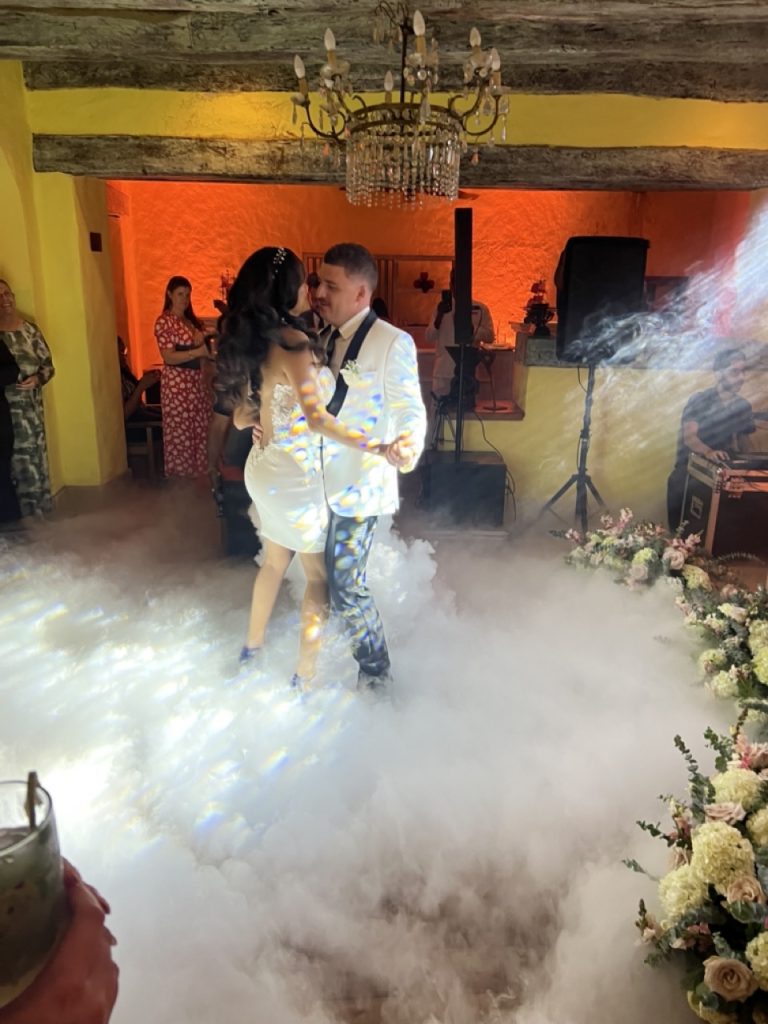
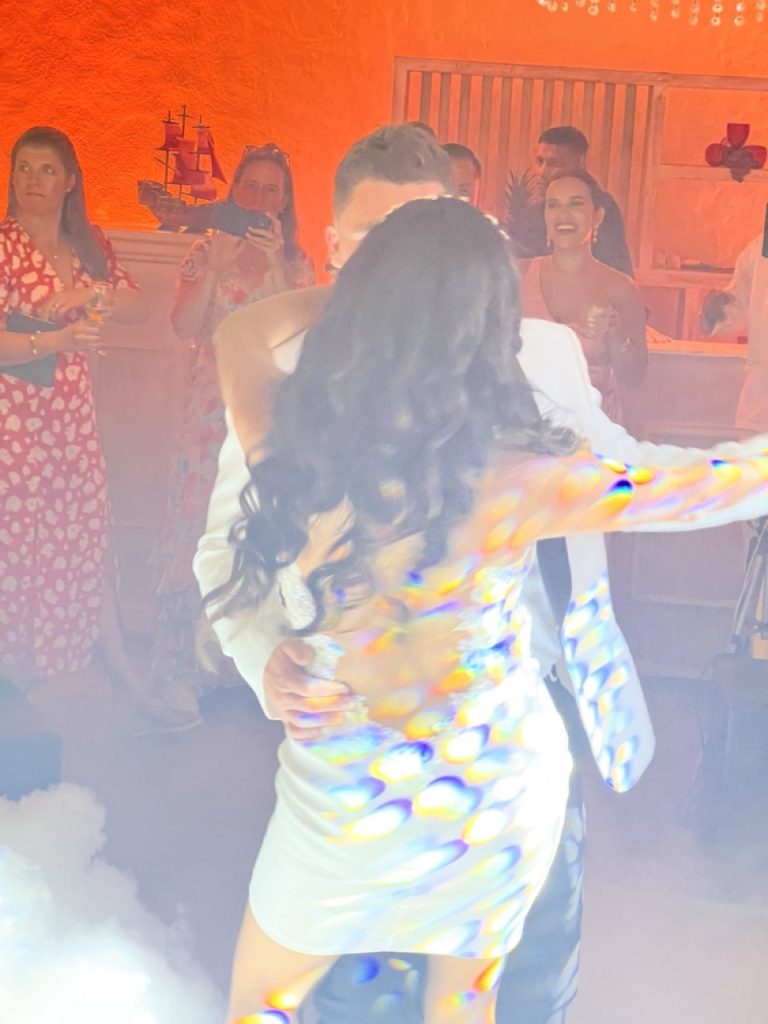
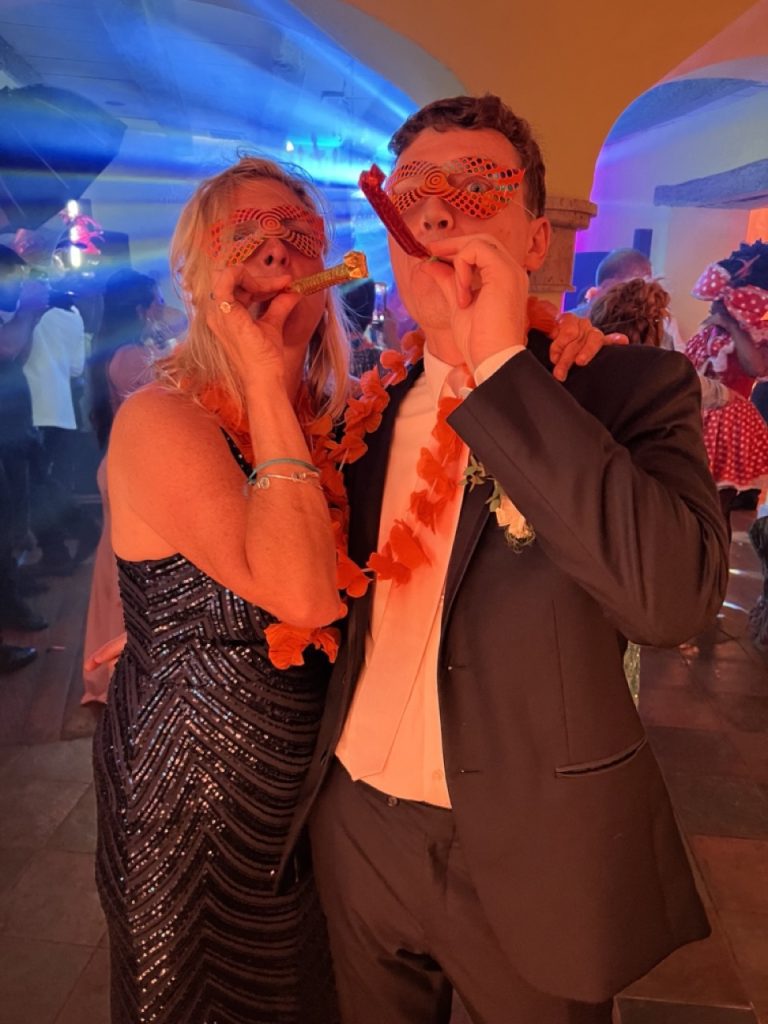
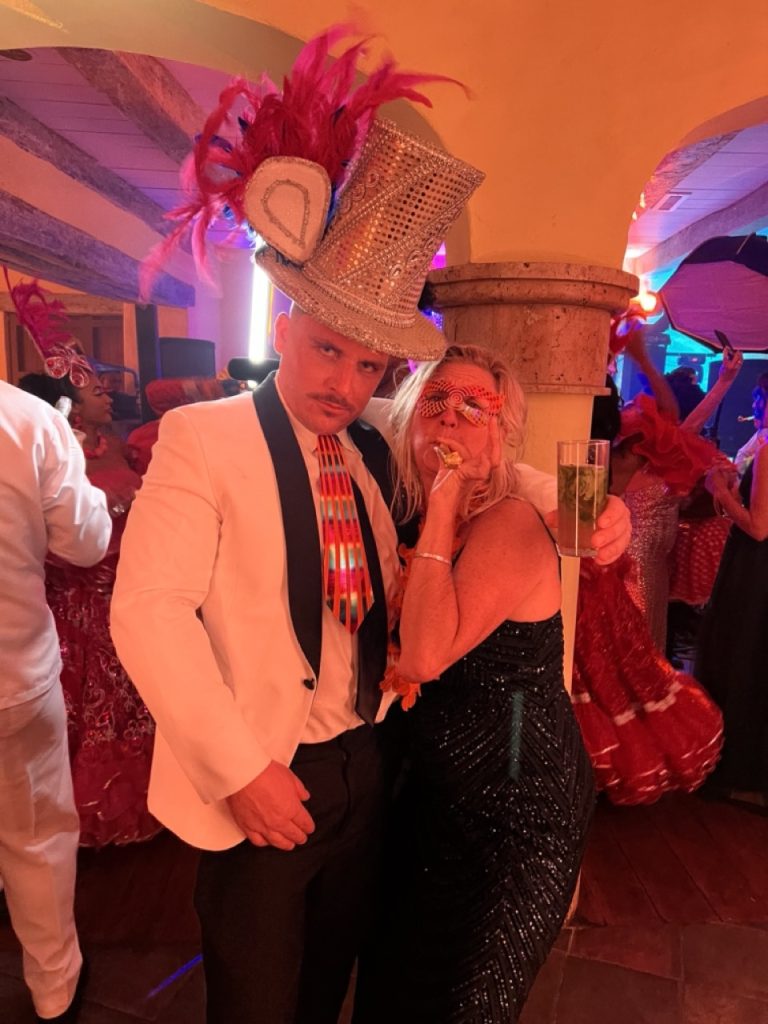
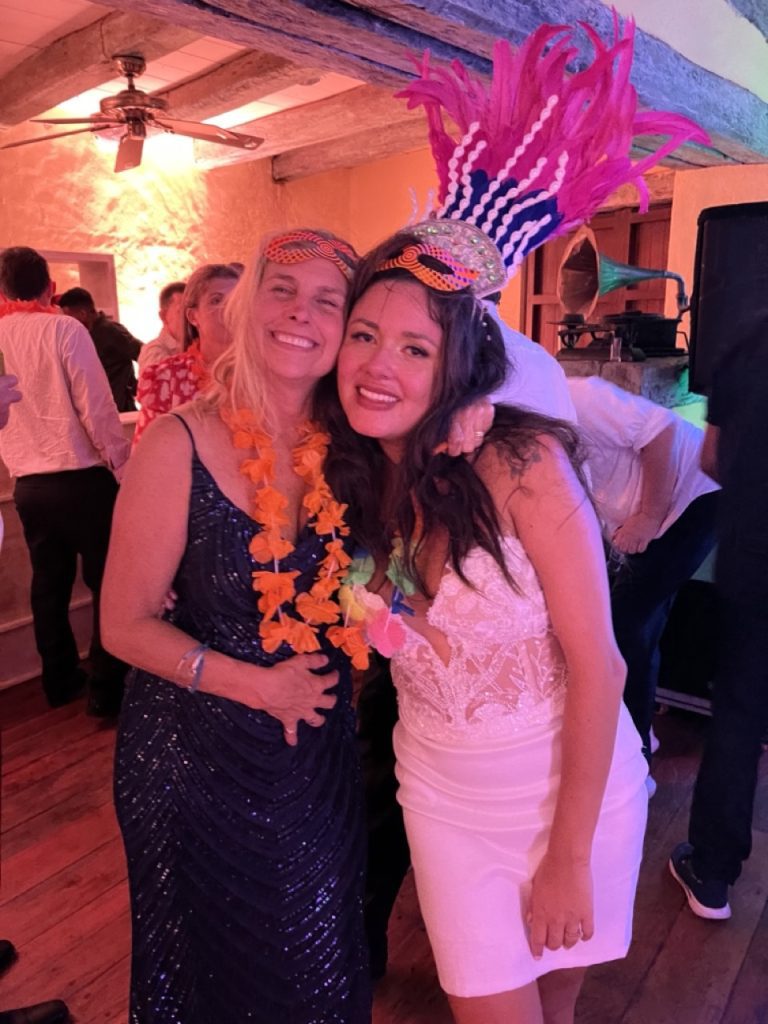
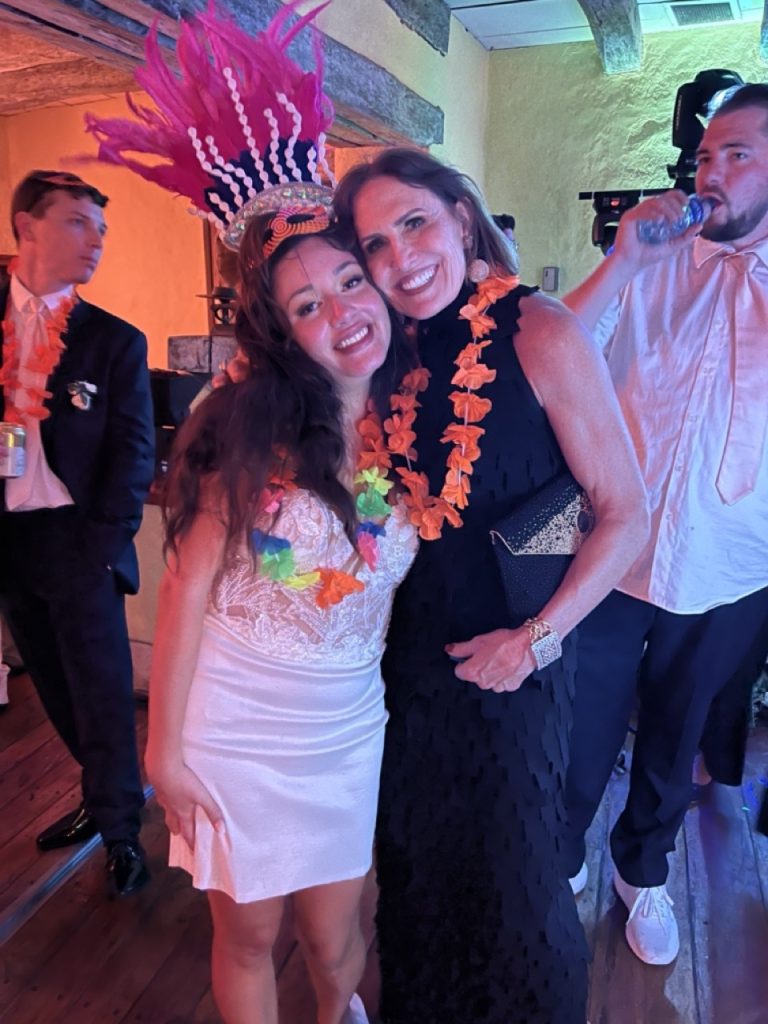
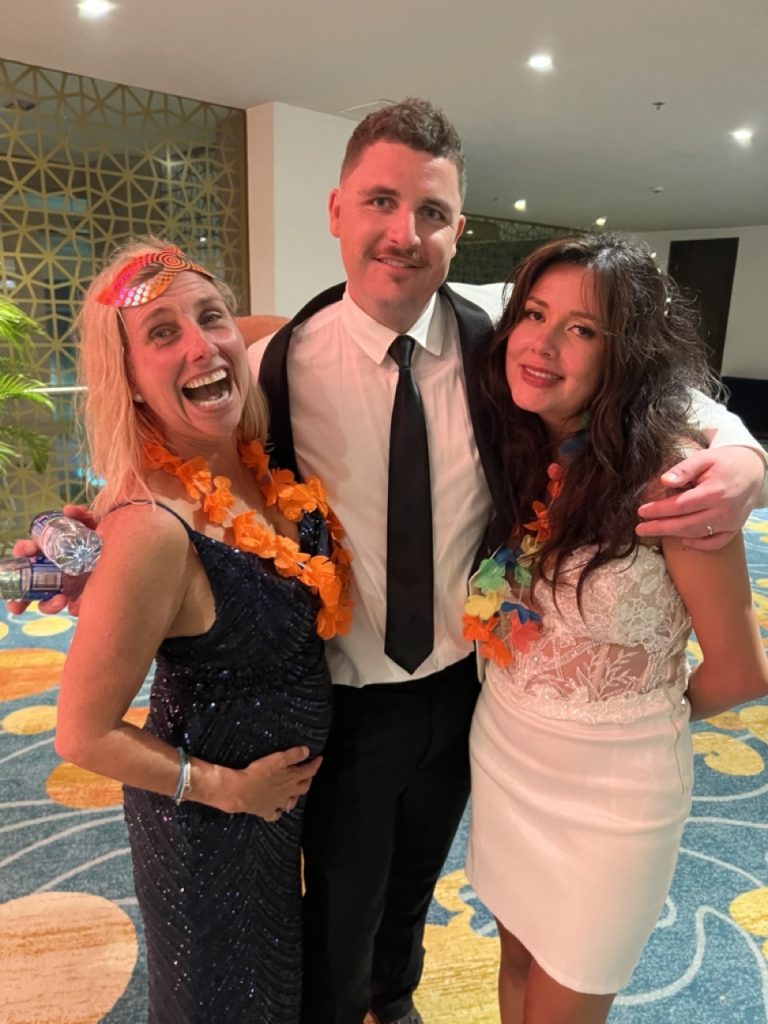
What a joyous celebration…
The next morning we were off to the Rosalie Islands at 07h00!
Back to: Colombia

